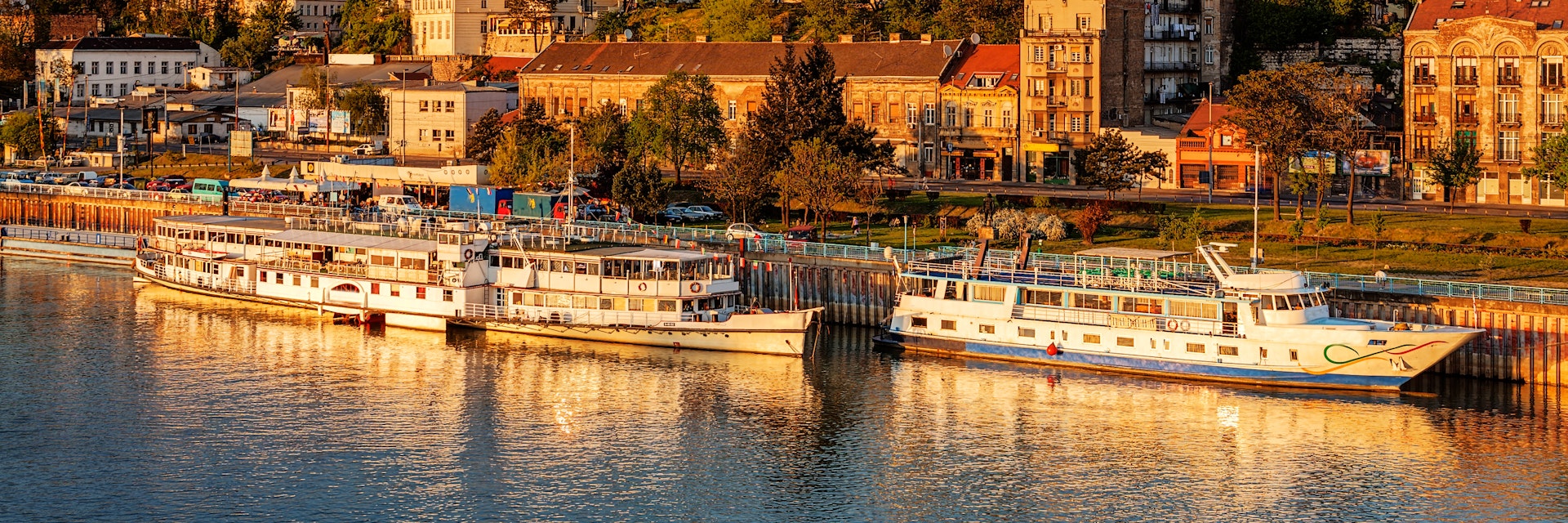
©Vladimir Nenezic/Shutterstock
Diverse, welcoming and a hell of a lot of fun – everything you never heard about Serbia is true. Best of all, this landlocked country in the heart of the Balkans is still delightfully off the tourist trail. While the feisty Serbian spirit is embodied in Belgrade’s world-class nightlife and Novi Sad’s epic EXIT Festival, look beyond these historic metropolises and you’ll discover a crucible of cultures and unsullied outdoors ripe for exploration.

Best Things to Do
Your next trip starts here.
Go from dreaming to planning with trip planning options made to help you craft your ideal itinerary.
Attractions
Must-see attractions.
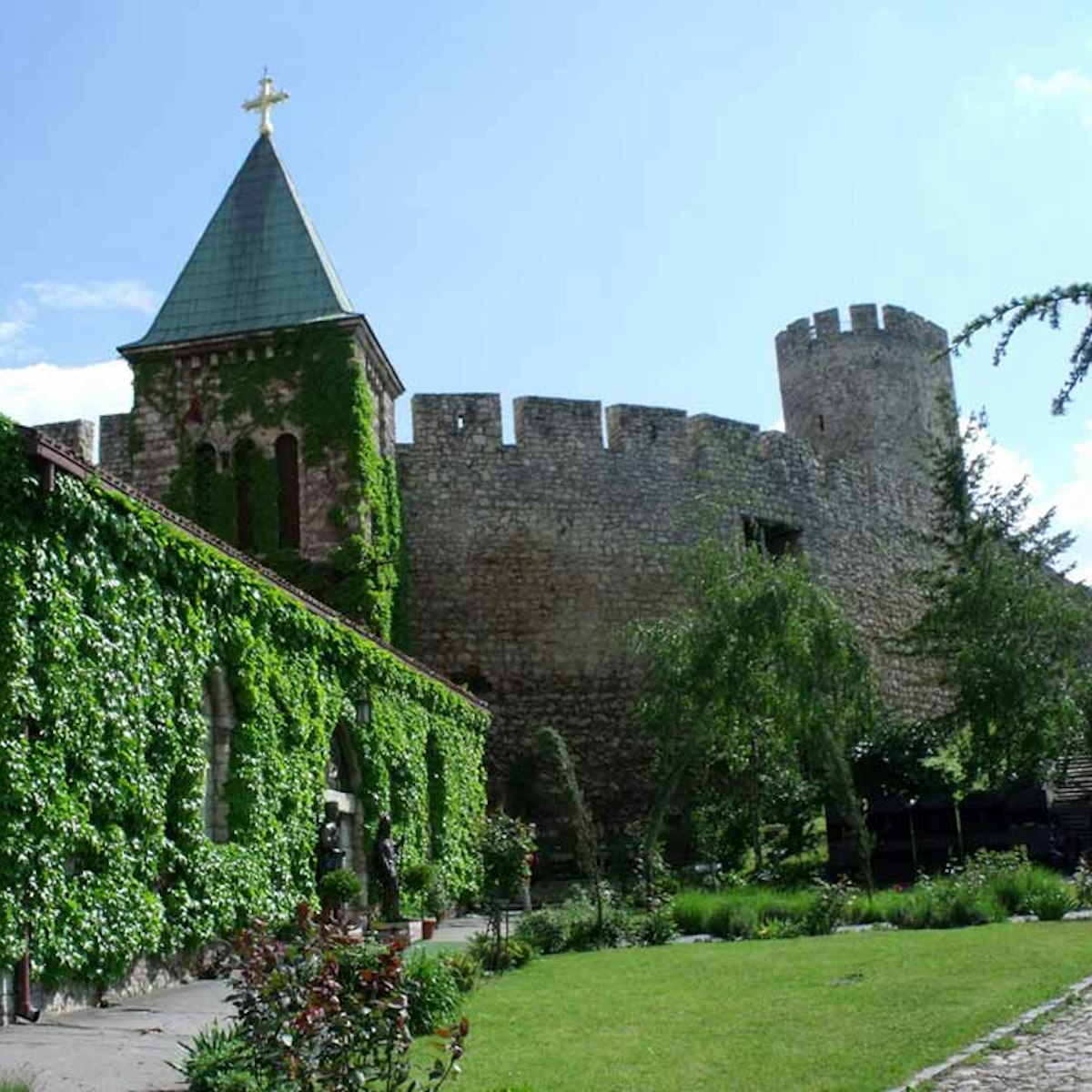
Belgrade Fortress
Some 115 battles have been fought over imposing, impressive Belgrade Fortress (aka Kalemegdan); the citadel was destroyed more than 40 times throughout…
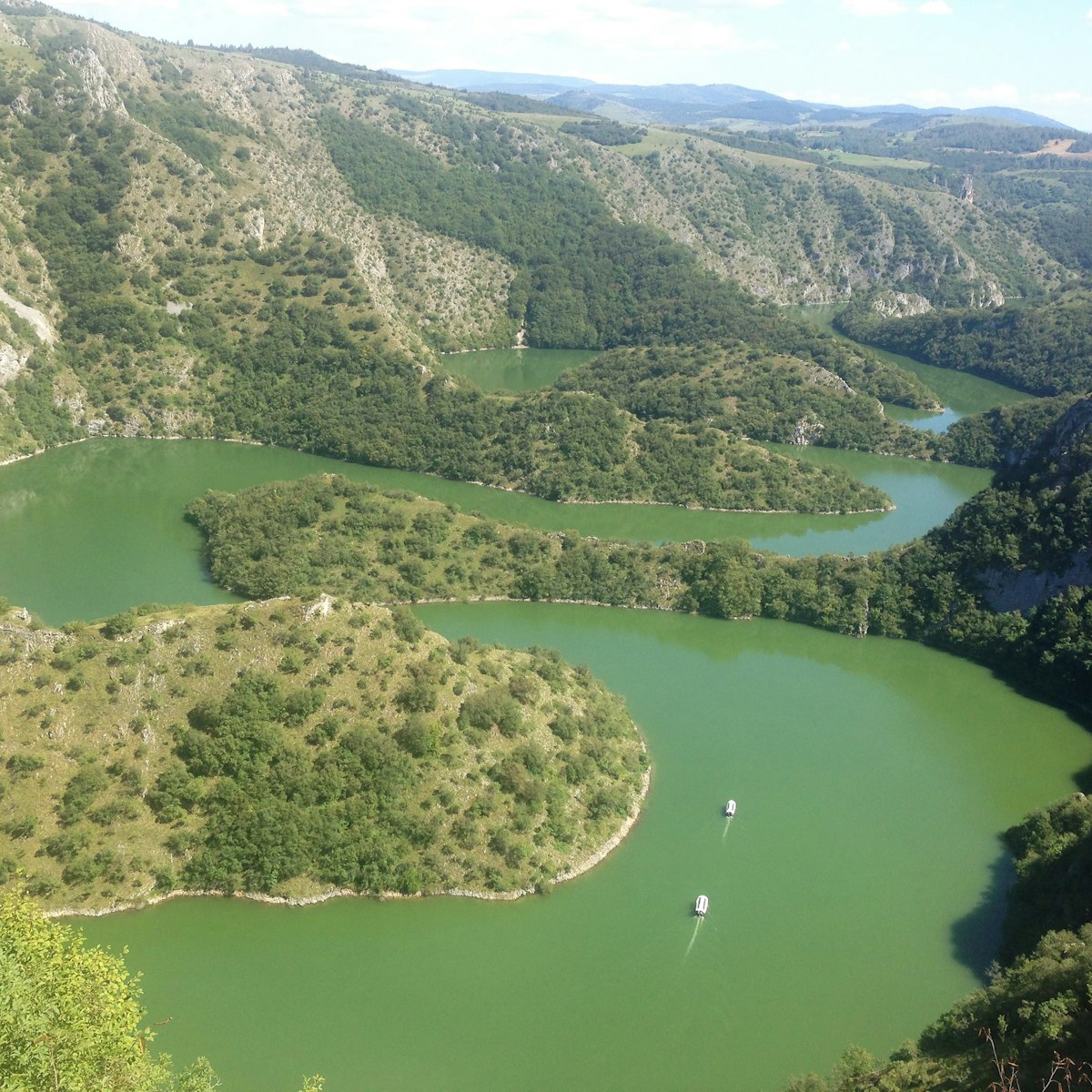
Uvac Canyon
The Uvac River's spectacular meanders are the highlight of the 75-sq-km Uvac nature reserve in southwestern Serbia. The incredibly green river snakes…
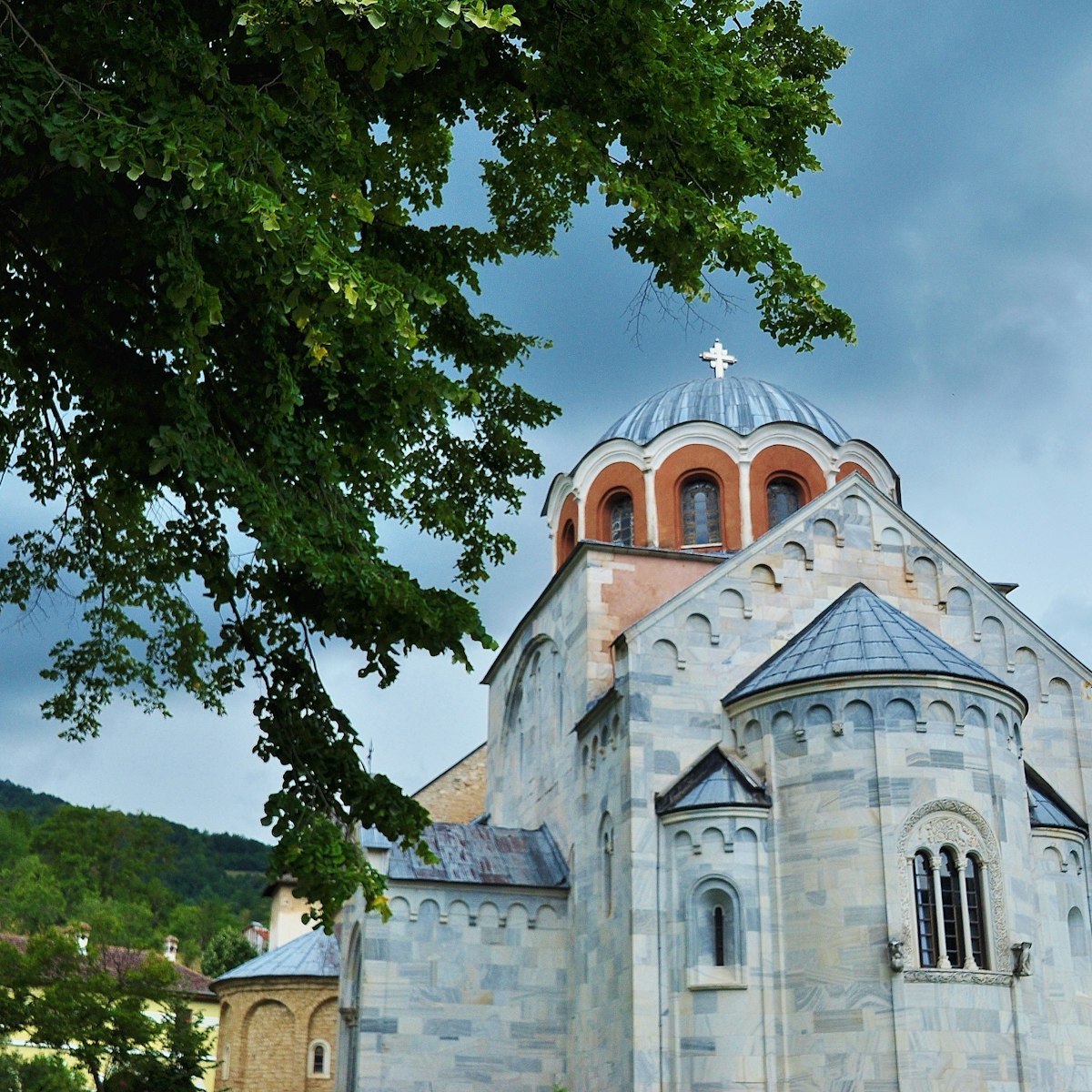
Studenica Monastery
One of Serbia's most sacred sites, Unesco-listed Studenica was established in 1196 by the founder of the Serbian empire (and future saint) Stefan Nemanja…
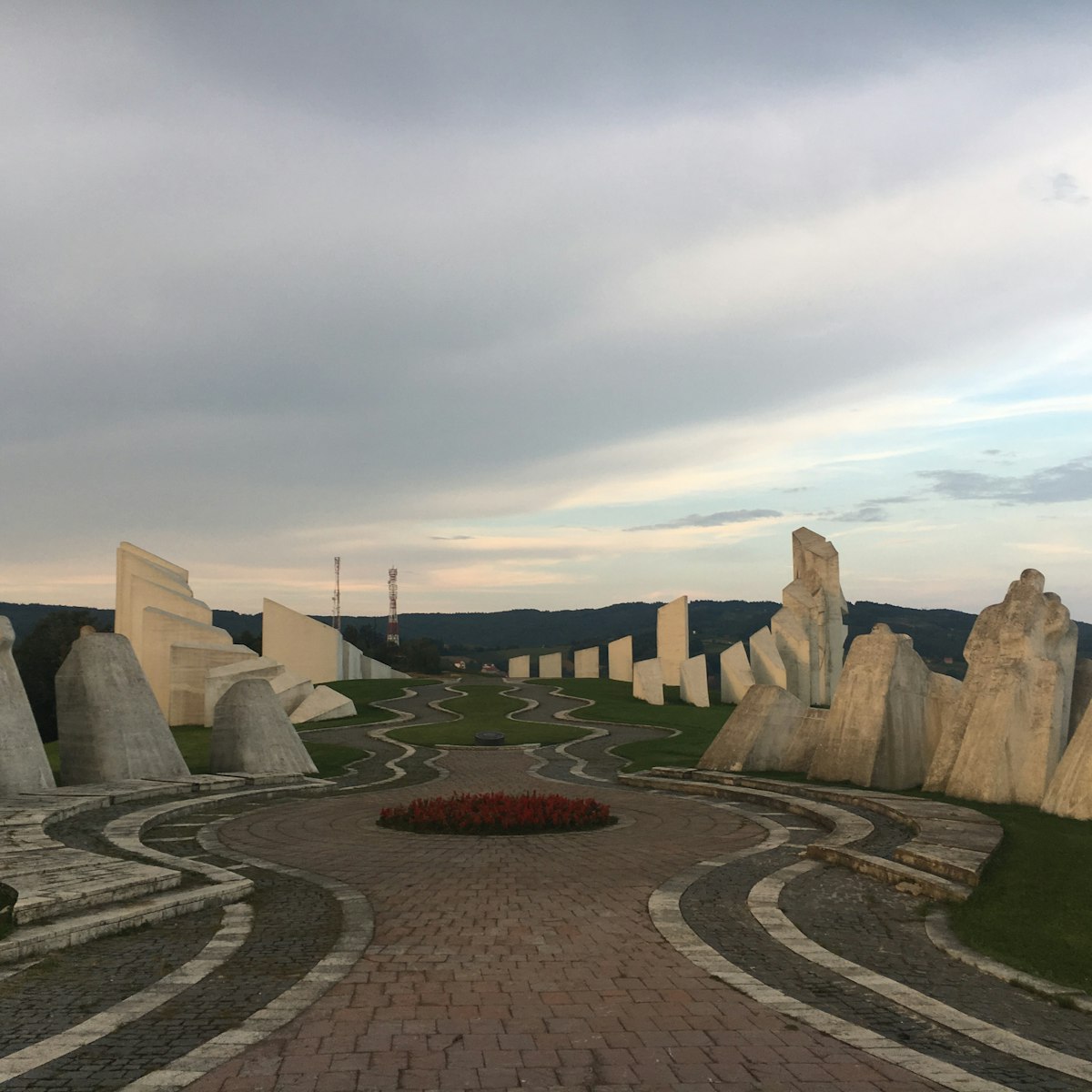
Kadinjača Memorial Complex
Serbia's most grandiose spomenik (Yugoslav-era memorial), Kadinjača commemorates the Partisans from the Workers' Battalion who perished on this spot…
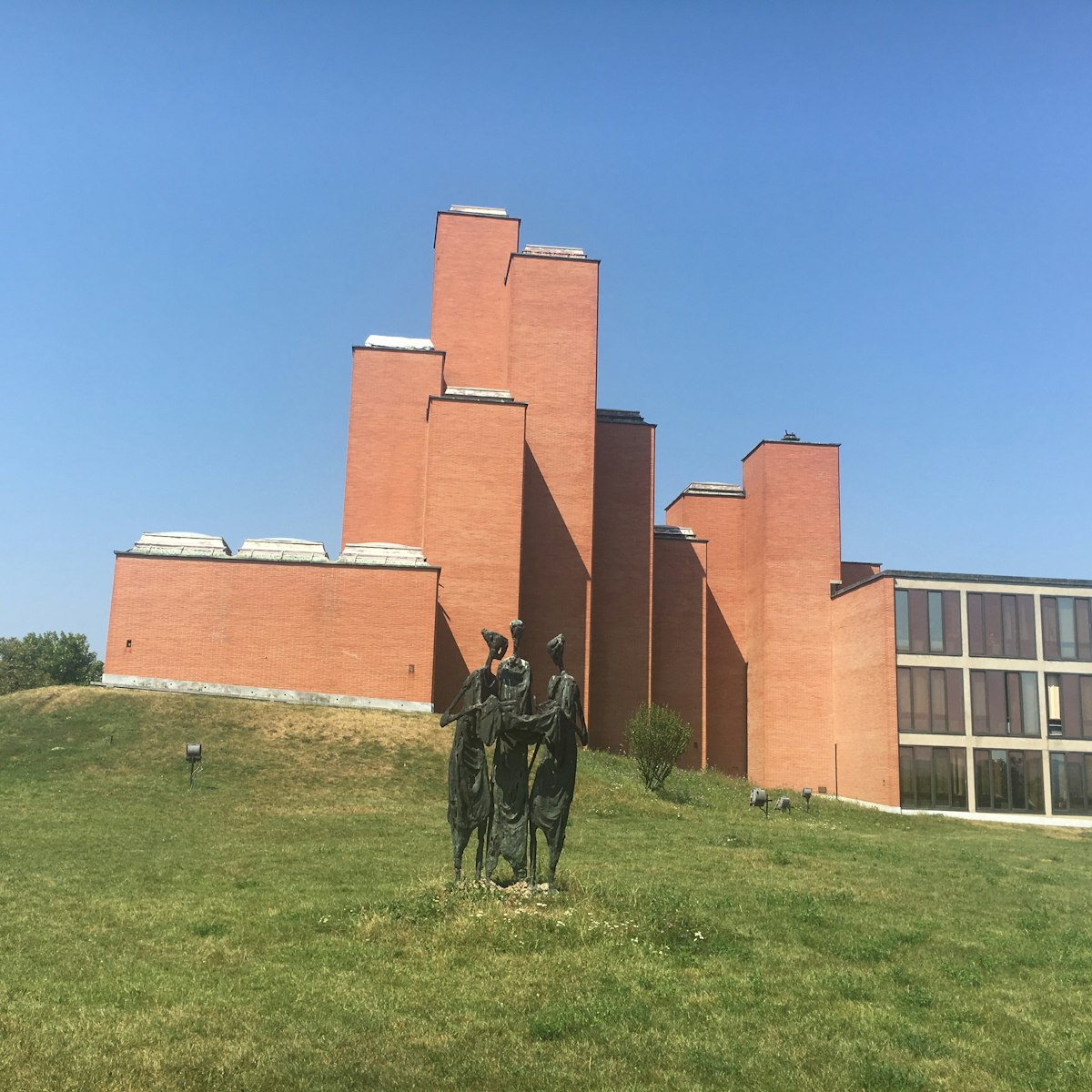
Memorial Museum '21st October'
Šumarice Memorial Park is home to a sombre museum that tells the harrowing story of the 1941 massacre of around 3000 Kragujevac civilians during the…
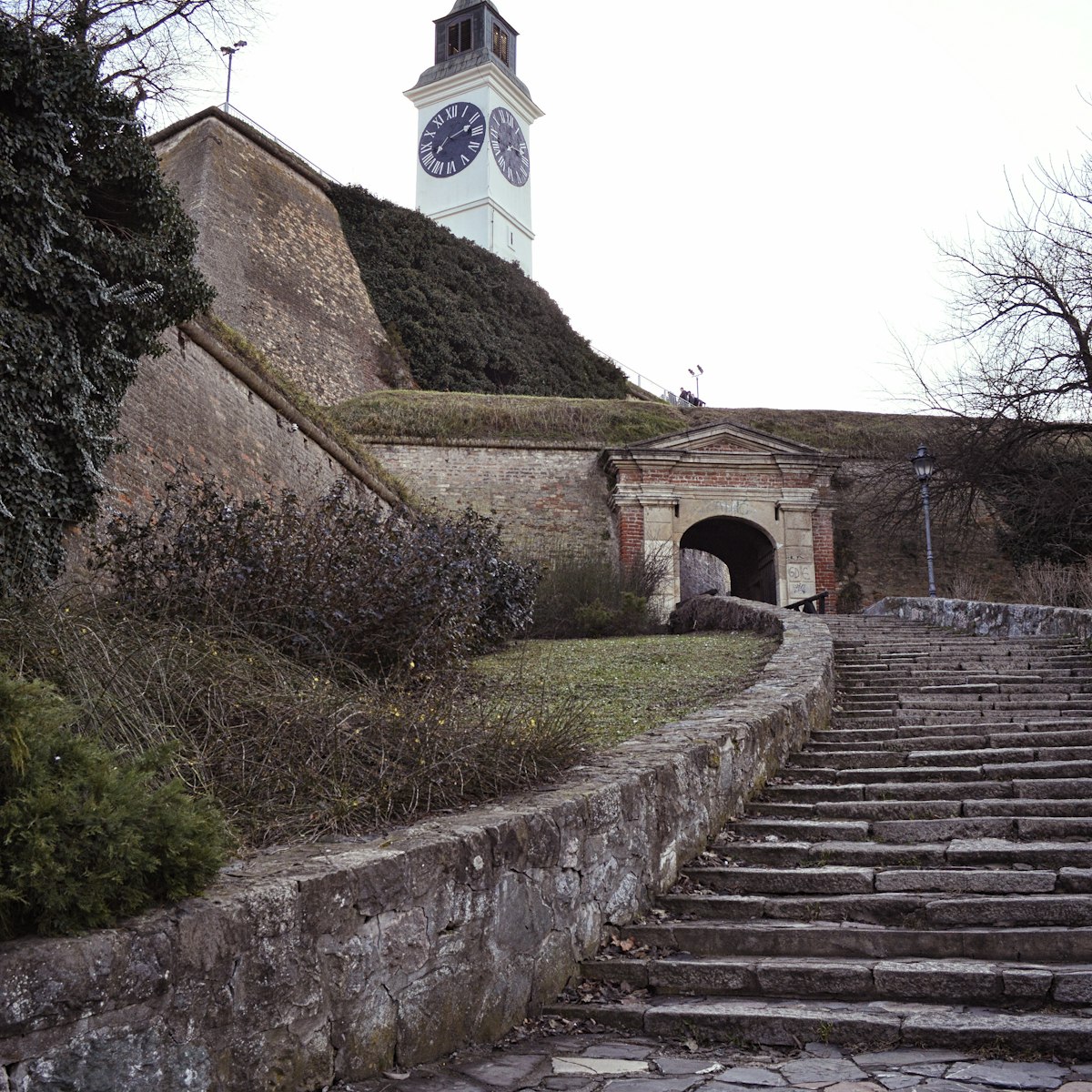
Petrovaradin Fortress
Towering over the river on a 40m-high volcanic slab, this mighty citadel, considered Europe's second-biggest fortress (and one of its best preserved), is…
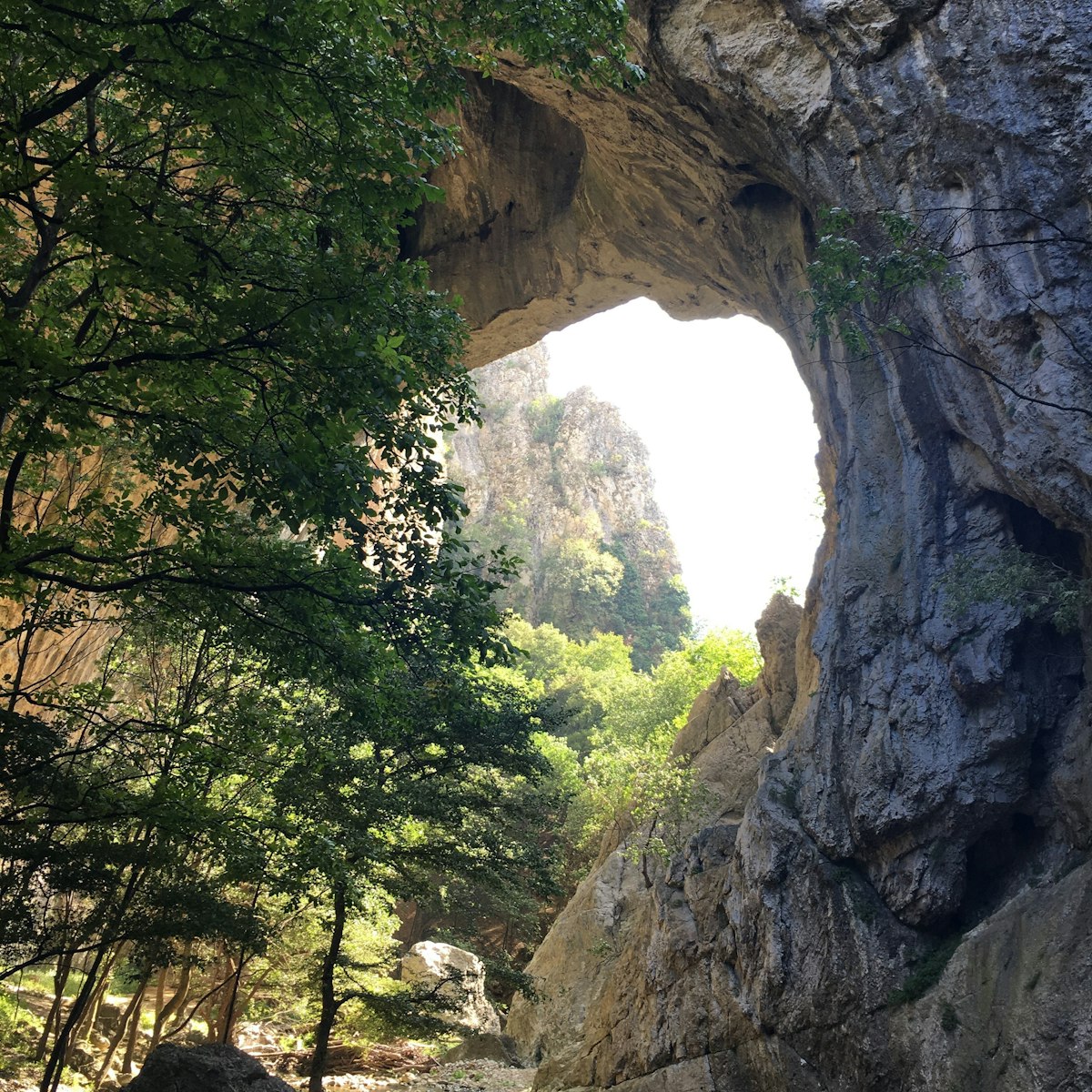
Vratna Gates
The remote Negotin region hides one of the country's more dramatic natural phenomena. Three gigantic stone arches – known as Small Gate (Mala kapija), Big…
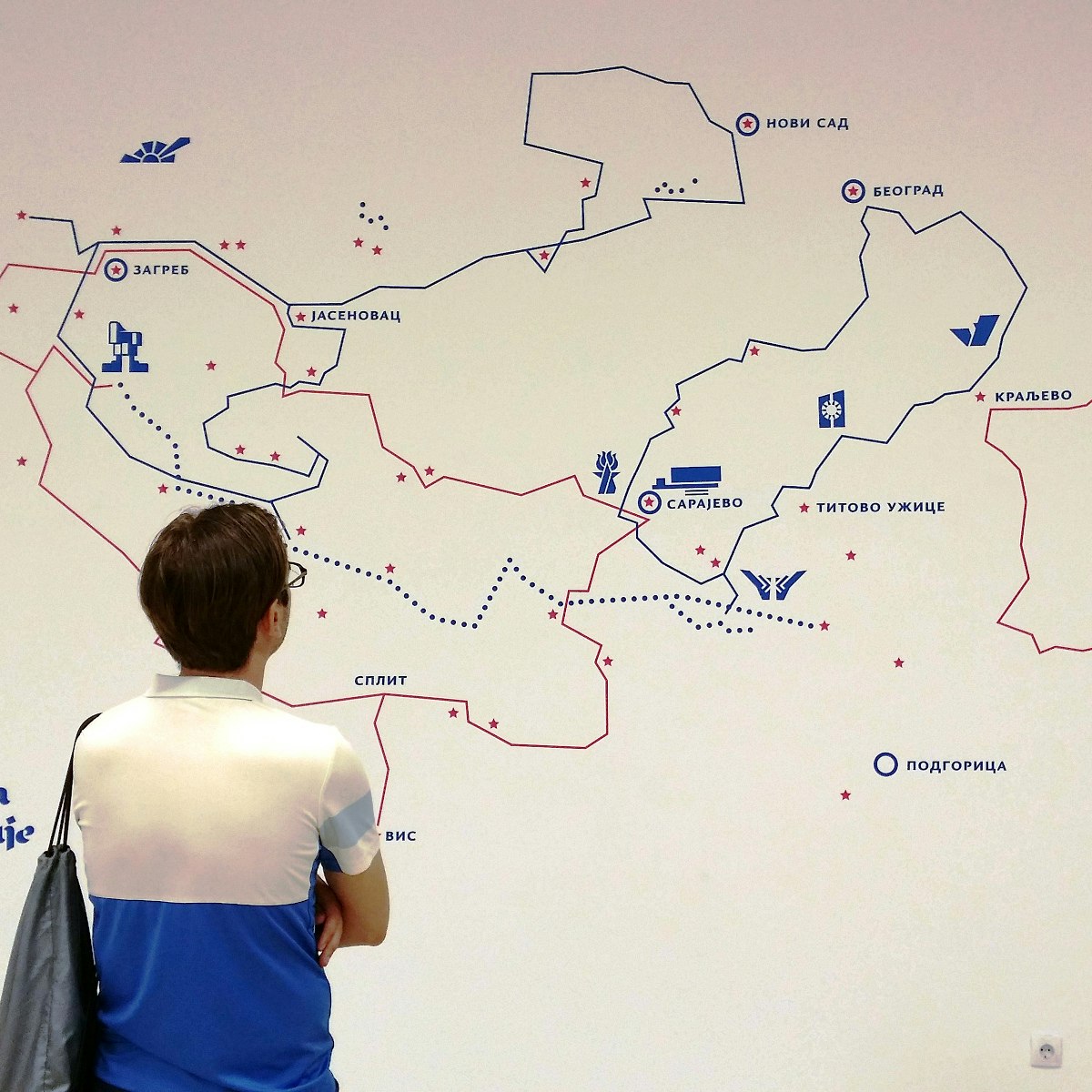
Museum of Yugoslavia
This must-visit museum houses an invaluable collection of more than 200,000 artefacts representing the fascinating, tumultuous history of Yugoslavia…
Top picks from our travel experts
7 unmissable experiences in serbia.
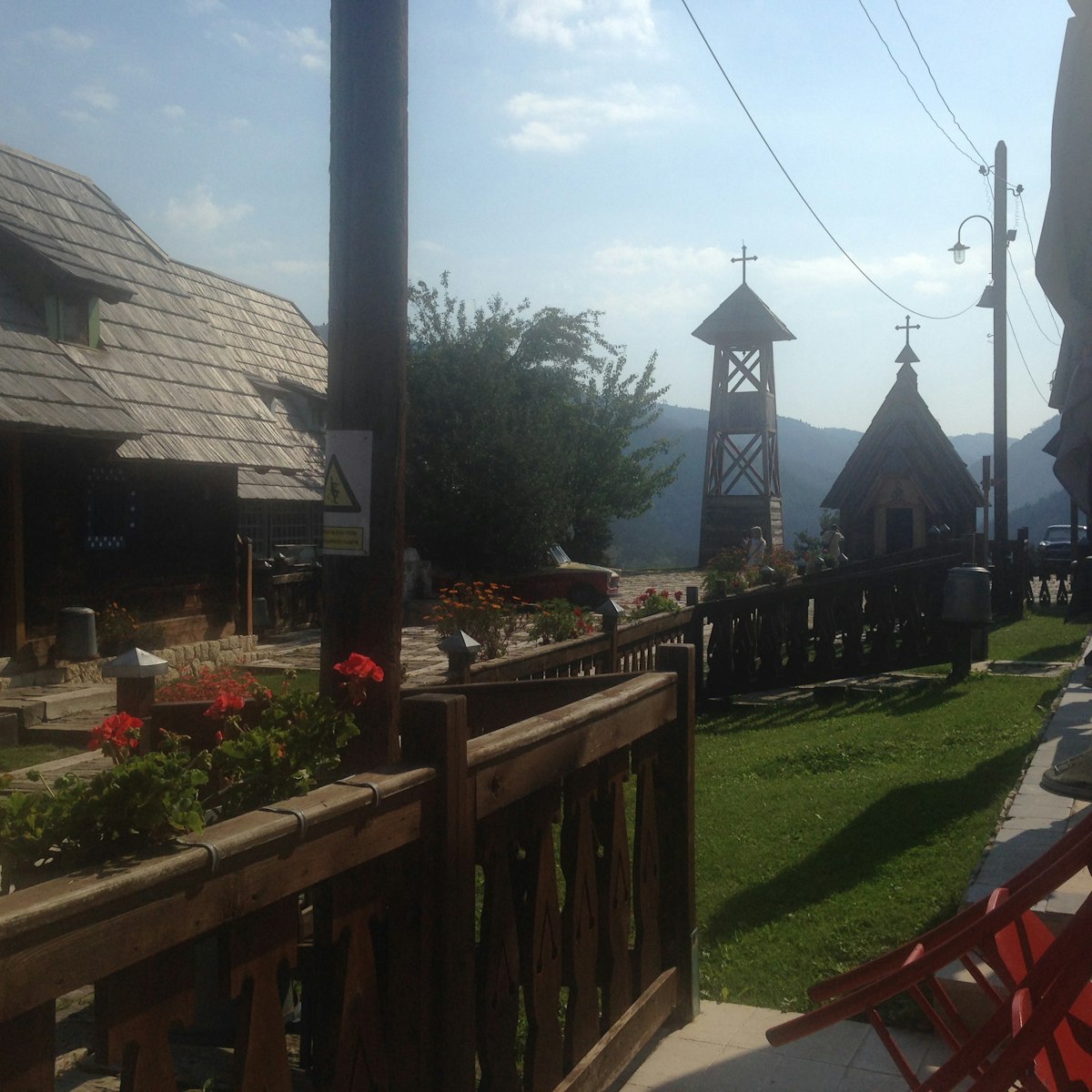
Drvengrad ('Timbertown') in Mokra Gora was built by enigmatic filmmaker Emir Kusturica in 2002 for his film Life Is a Miracle. Quirky flourishes are…

Marshal Tito's Mausoleum
A visit to Tito's mausoleum is obligatory. The big man rests in an aptly gigantic tomb in peaceful surrounds. Also on display are thousands of elaborate…
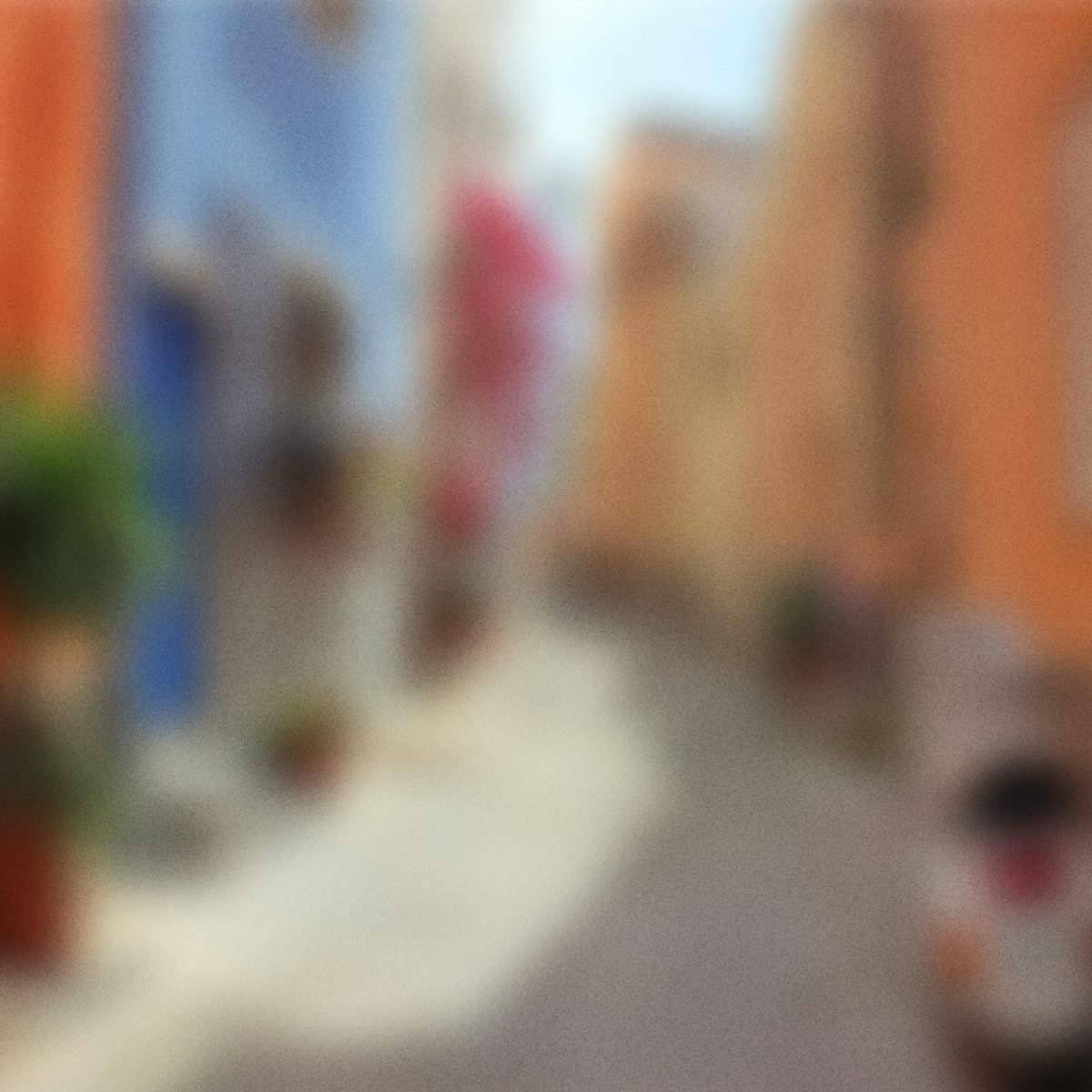
Šargan Eight
The Šargan Eight tourist train, stationed in Mokra Gora, was once part of a narrow-gauge railway linking Belgrade with Sarajevo and Dubrovnik. The joy of…
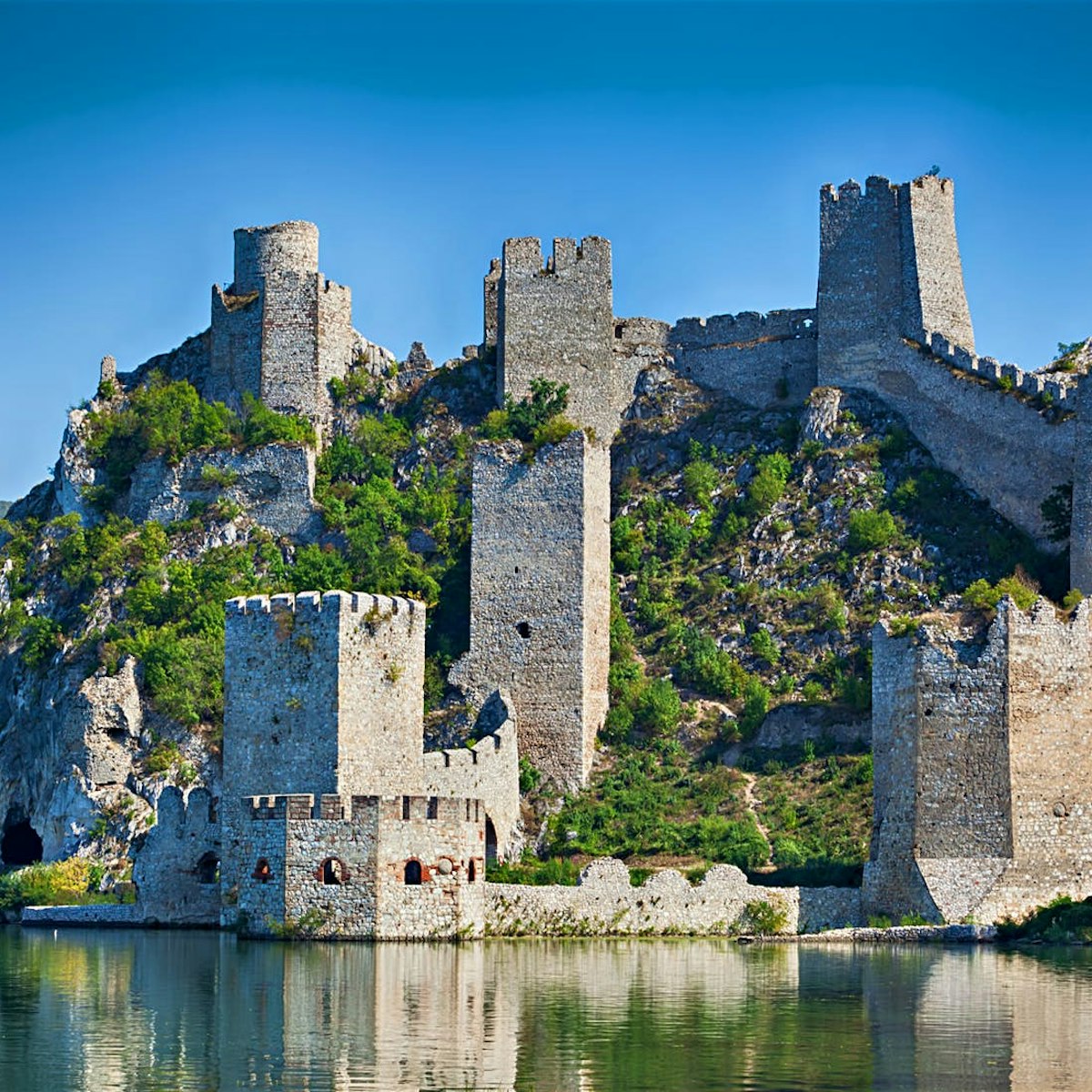
Golubac Fortress
The remains of this 10-tower fortified town brood majestically by the entrance to Đerdap National Park. Originally a Roman settlement, the fortress was…
Latest stories from Serbia
Filter by interest:
- All Interests
- Adventure Travel
- Art & Culture
- Beaches, Coasts & Islands
- Food & Drink
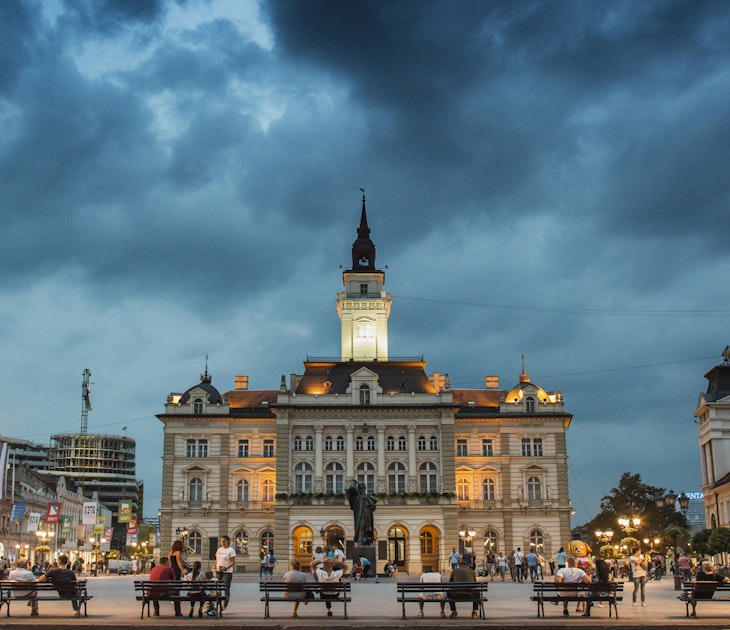
Feb 18, 2022 • 5 min read
Serbia has vibrant cities and incredible national parks. From coffee shop culture to bear-watching, here are some highlights for you to explore.
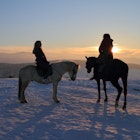
Oct 18, 2019 • 5 min read
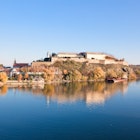
Oct 18, 2019 • 6 min read
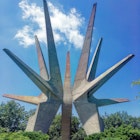
Sep 30, 2019 • 5 min read
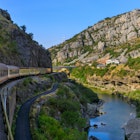
Jul 7, 2019 • 6 min read

Apr 26, 2019 • 4 min read
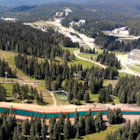
Apr 24, 2019 • 1 min read
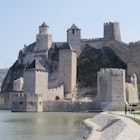
Apr 17, 2019 • 2 min read
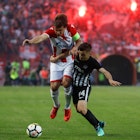
Apr 6, 2019 • 5 min read

Feb 22, 2019 • 4 min read
in partnership with getyourguide
Book popular activities in Serbia
Purchase our award-winning guidebooks.
Get to the heart of Serbia with one of our in-depth, award-winning guidebooks, covering maps, itineraries, and expert guidance.
Serbia and beyond
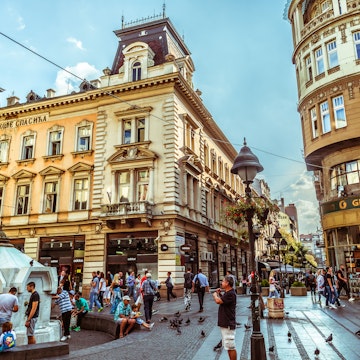

Touropia Travel Experts
Discover the World
10 Best Places to Visit in Serbia

Serbia today is a blend of cultures, having been fought over by the Romans, Ottomans, Hapsburgs and other people in its war-torn past. Now it’s a place for fun, from rowdy parties to beer festivals, in some of the most scenic spots around.
It’s where Eastern culture meets Western culture, where medieval cities with imposing fortresses and ancient monasteries ooze charm. Oh, and the country has some pretty darned good skiing, too. An overview of the best places to visit in Serbia:
10. Nis [SEE MAP]
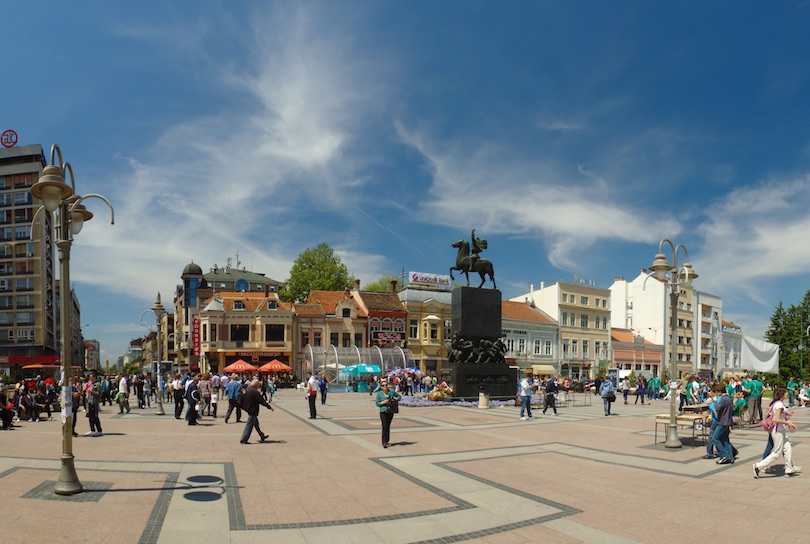
The lively university town of Niš, Serbia’s third largest city, is a useful stopover point between Belgrade and Sofia or Skopje. It is one of the oldest cities in Europe and the Balkans, dating back to 279 BC. Constantine the Great, founder of Constantinople, was born here; his memorial can be found in the city center.
Also in the city center are remains of an 18th century fortress built by the Turks. Gruesome, but unique to see, is Skull Tower built from the skulls of Serbians who were decapitated by the Ottomans. Southeast of the city is Niška Banja, a spa that is popular for its hot water springs which help treat rheumatic disorders.
9. Devil's Town [SEE MAP]
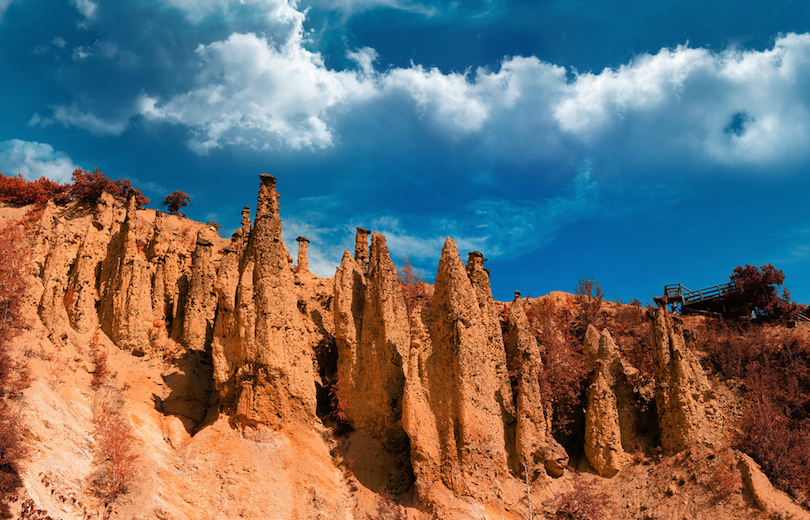
Erosion is responsible for one of Serbia’s most majestic rock formations, Devil’s Town, which got its name from the strange rock shapes. Local legend says the rocks are members of a wedding party petrified by the devil Extremely acidic water, known as Djavolja voda, or devil’s water, which also contributed to this geologic phenomenon.
Located in southern Serbia, Devil’s Town is composed of more than 200 unique rock formations that tower over the landscape, which is spread over two valleys on the slopes of Radan Mountain in southern Serbia. The pillars are a work in progress; they collapse and then leave room for new formations to grow.
8. Kopaonik National Park [SEE MAP]
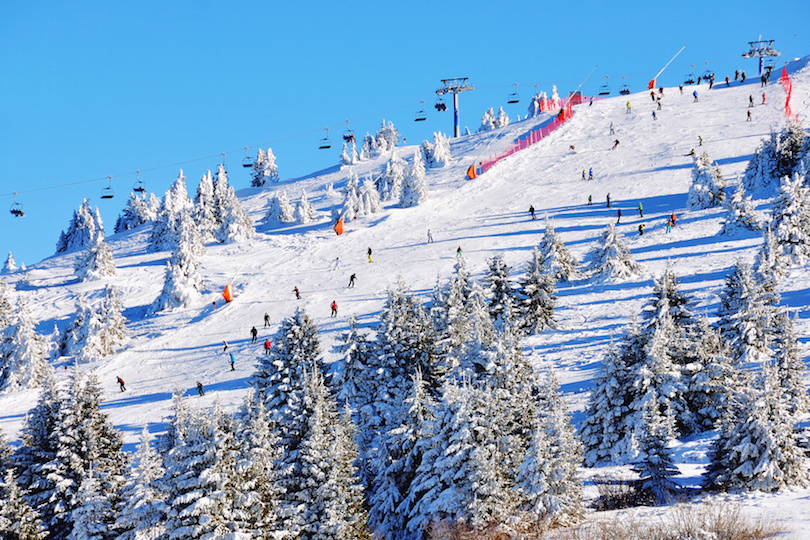
Kopaonik is the highest mountain in Serbia, becoming a national park in 1981. Rugged and scenic, the park is home to Serbia’s main ski resort, with 25 lifts that can handle 32,000 skiers an hour; the snow lasts from November to May.
It’s a great place to hike in the summer, with an extensive array of flora and fauna. The mountain also is known for its mineral wealth, with gold, silver, iron and zinc mined here in the past. The park also sports unique rock formations, many of which have names; hot springs; geysers and waterfalls.
7. Prizren [SEE MAP]
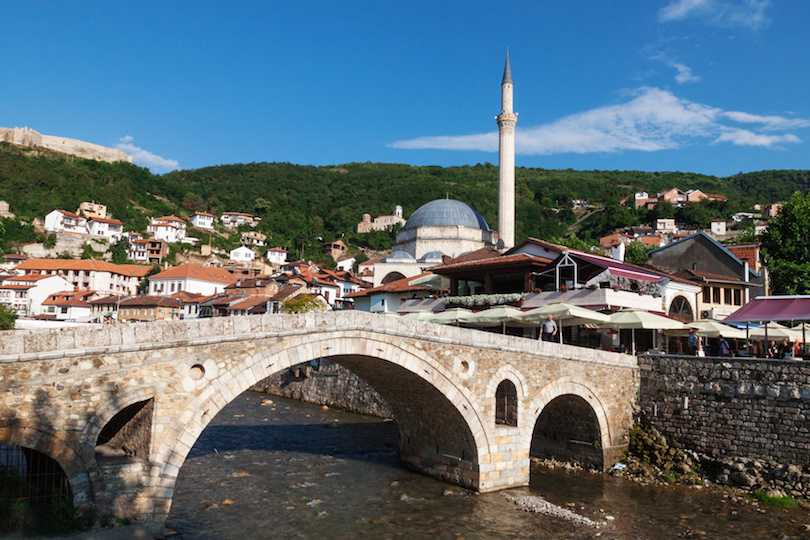
Prizren may have been a capital of medieval Serbia at one time but today it is part of Kosovo with its own elected officials, though Serbia considers it an illegitimately separated province and Serbians are a minority. The top attraction here is the medieval Prizren Fortress that got its present look from 4-1/2 centuries of Ottoman rule.
Prizren is a good walking city, since most everything is close together. Several churches can be found in the city center, with the Church of Our Lady of Ljovis most notable, since it’s a magnificent example of medieval Serbian architecture.
6. Derdap National Park [SEE MAP]
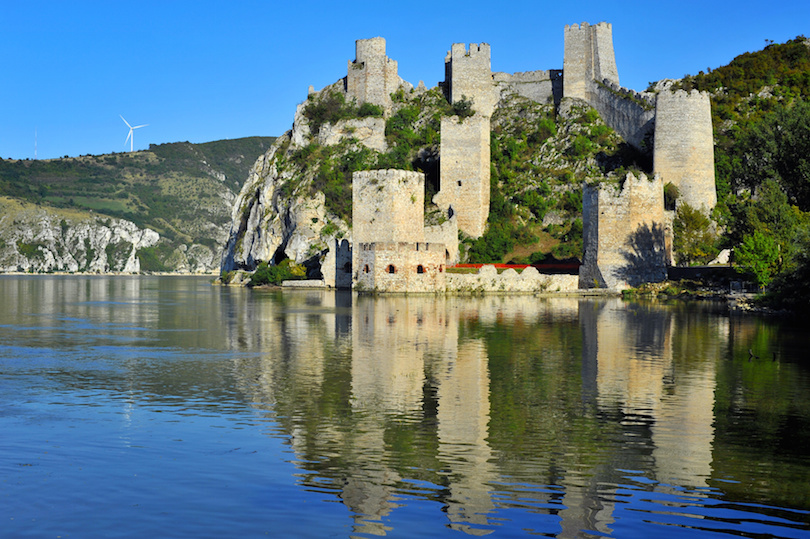
China may have its Three Gorges but Derdap National Park has four gorges that stretch 115 km (72 miles) through the valleys. One gorge, Gospodin vit, has one of the deepest rivers in the world. These gorges combine to make Derdap gorge, also known as the Iron Gate because it is the southern entrance to the Carpathian Mountains.
The park is located on the Danube River near the imposing riverfront Golubac fortress. The park, which is home to an abundance of flora and fauna, is one of the most visited areas in Serbia, particularly thanks to a lake formed by a hydroelectric plant.
5. Studenica Monastery [SEE MAP]
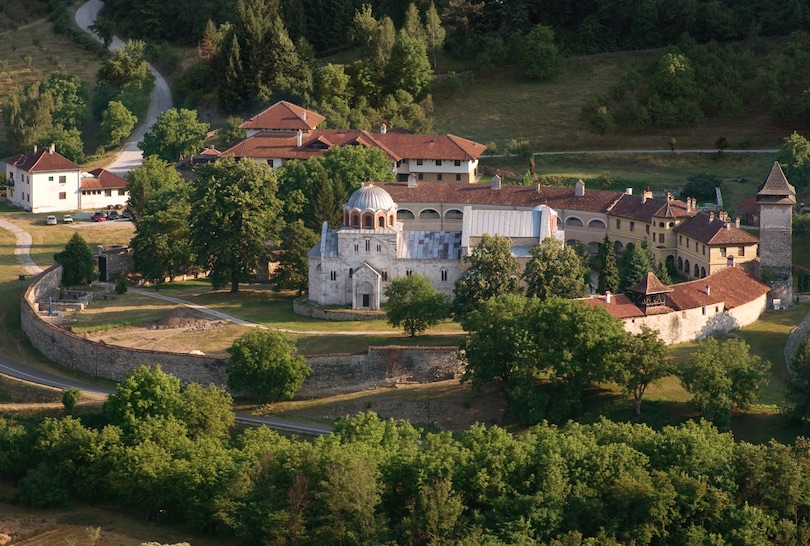
The Studenica Monastery, located in central Serbia, has plenty of wow! factor, starting with lush green grass and two white marble churches (Church of the King and Church of the Virgin). This 12th century monastery is best known, however, for its outstanding 13th and 14th century Byzantine frescoes, paintings and other ornate decorations that can be found in various churches at the monastery.
This fits in with the monastery’s reputation as the richest monastery in Serbia and the mother of all Serbian Orthodox monasteries. Stefan Nemanja, who founded Serbia and the monastery, is buried on the grounds.
4. Zlatibor [SEE MAP]
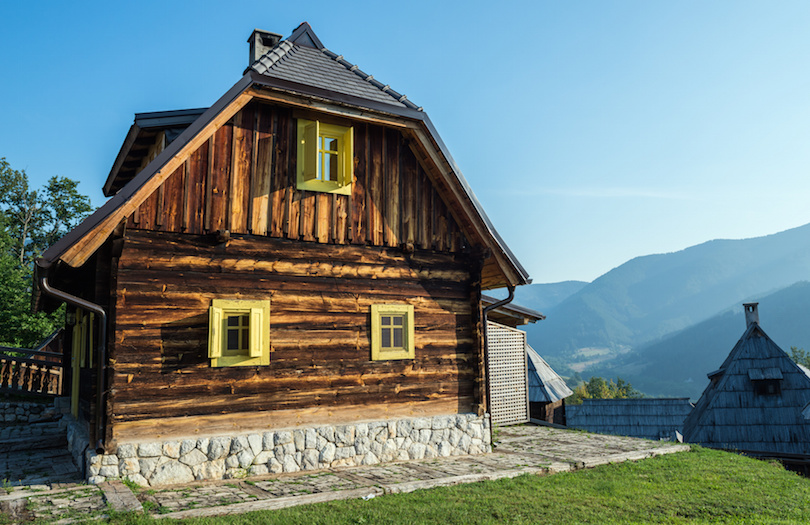
Zlatibor is a popular tourist destination in the mountains of western Serbia. It’s filled with facilities to keep you happy and healthy, from skiing in the winter to hiking in the summer. A ski resort is located at Tornik, the highest mountain at Zlatibor; runs are capable of handling 5,400 skiers an hour.
The region is very scenic, with large meadows and quaint historic villages. Old Wooden churches and an open air museum filled withhold houses are top attractions. After a day spent exploring the region, savor the flavors here of Zlatiborian prsuta, a dried meat, and slivovitz, a plum brandy.
3. Novi Sad [SEE MAP]
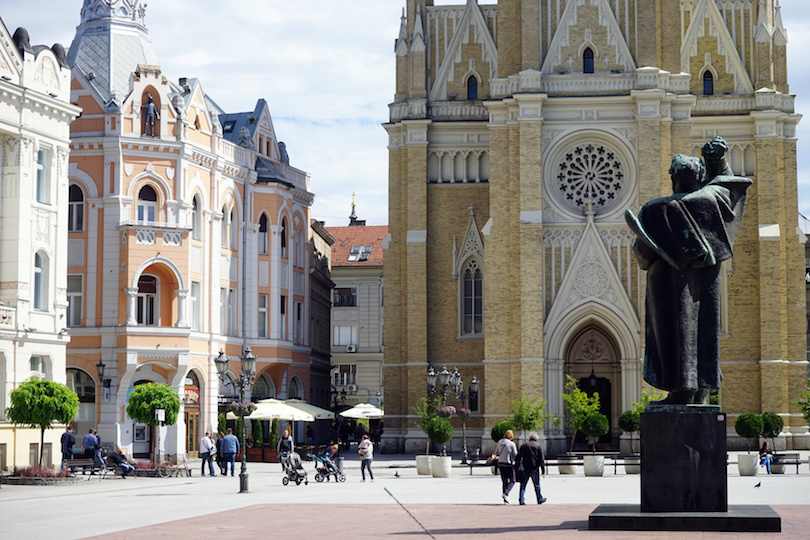
Novi Sad is a pretty city on the banks of the Danube River, home to one of the river’s best beaches. A young city by European standards (it was founded in the late 17th century), Serbia’s second largest city sports a laid-back atmosphere, with people relaxing in the many parks.
It’s most famous, perhaps, for its annual Exit music festival held in July at Petrovaradin, an old fortress that’s never been conquered. Notable buildings include the old town hall, located on the main square; Dvorac Dundjerski, a well-preserved old castle, and Church of the Great Martyr St. George, a Serbian orthodox church.
2. Subotica [SEE MAP]
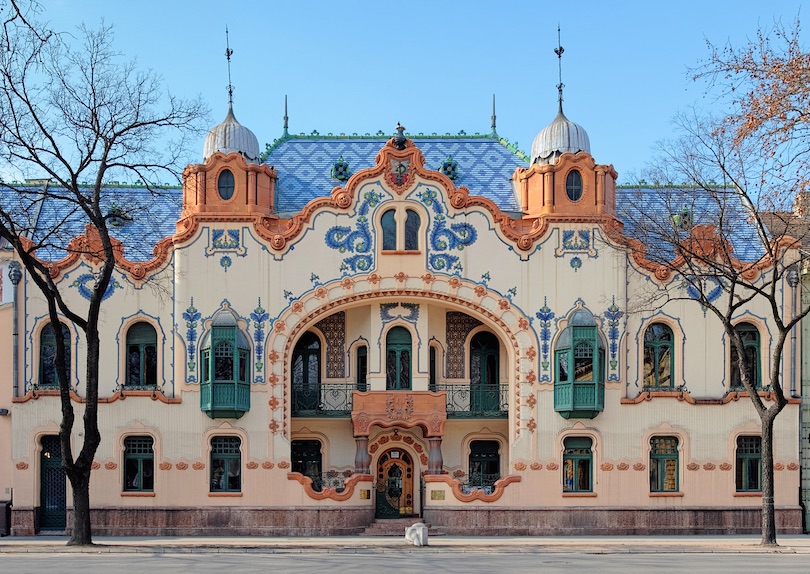
Subotica, the country’s fifth largest city, is one of the best places to visit in Serbia for at least a couple of reasons: It has the highest Catholic population and the most art nouveau buildings of anywhere else in the country.
Of particular note are the city hall and the synagogue, both built in the early 1900s. But this city, which predates the Middle Ages, also is known for its older buildings, including the Cathedral of St. Theresa of Avila, built in 1797. Cafes around the main square, home to city hall and its blue fountain, are a good place to relax, perhaps admiring purchases from Buvljak, one of the largest flea markets in Europe.
1. Belgrade [SEE MAP]

Belgrade, Serbia’s capital and largest city, wasn’t always the pretty city it is today. Located at the confluence of the Danube and Sava rivers, Belgrade has a destructive past: It was fought over in 115 wars and burned 44 times. Today, the city is more peaceful, hosting numerous events ranging from book fairs to music, film and beer festivals. The Belgrade Fortress is the city‘s most famous historic site with museums and churches.
It’s also a good place to view the rivers and the city itself. Top museums include the National Museum, with more than 400,000 exhibits, and the Nikola Tesla Museum, with thousands of the inventors’ personal items and documents.
Map of Serbia
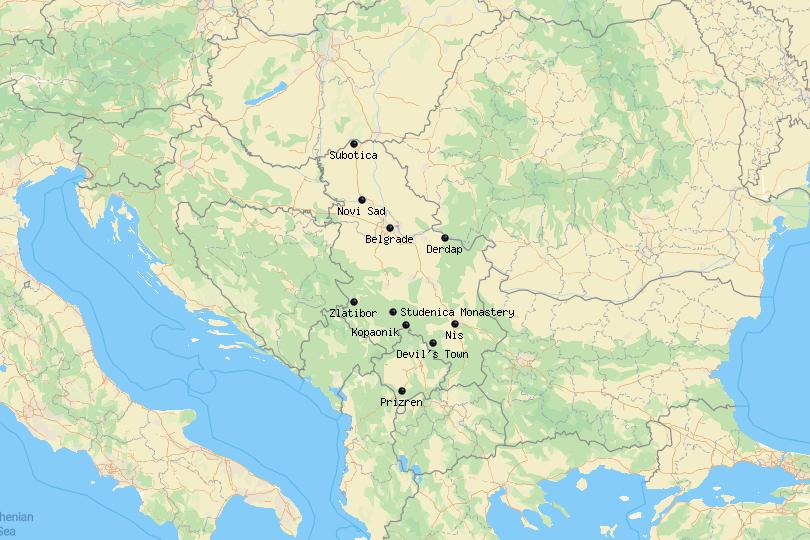
Share this post:
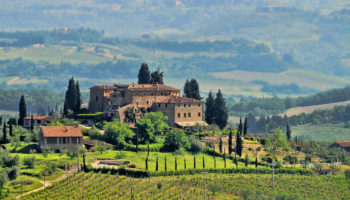
6 Most Beautiful Regions of Europe
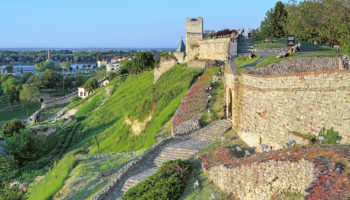
22 Top Things to do in Belgrade, Serbia
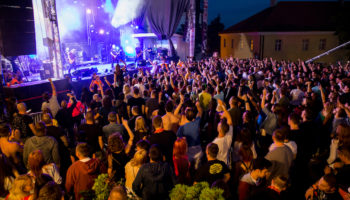
19 Best Things to Do in Serbia
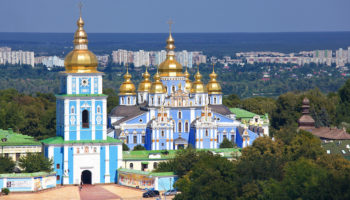
25 Best Places to Visit in Eastern Europe
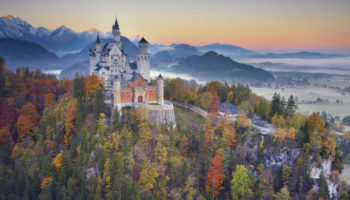
25 Top Tourist Attractions in Europe
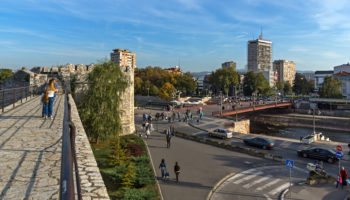
15 Best Cities to Visit in Serbia
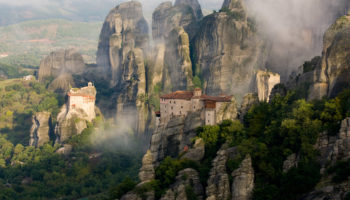
25 Most Beautiful Places in Europe
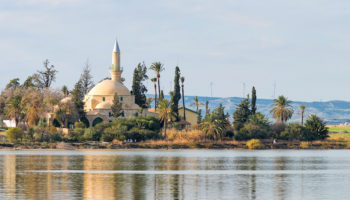
10 Best Places to Visit in Cyprus
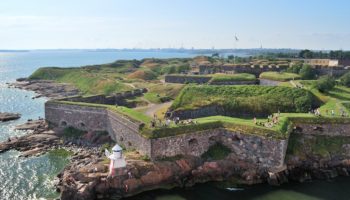
14 Top Attractions & Things to Do in Finland
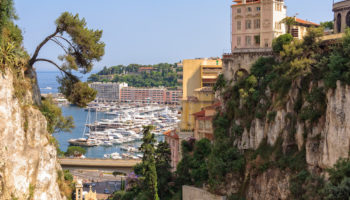
25 Best Places to Visit in Europe
Reader interactions.
February 9, 2020 at 3:39 am
A great suggestive article for the travelers. I am planning my trip to Serbia later this month and after reading this article about Serbia and its beautiful places I could not wait anymore for my ticket and visa. Wishing to see the Kopaonik National Park and other places mentioned in this blog.
August 27, 2019 at 11:15 am
So agree with Milos: Uvac is TOP and cannot be missed. Not seen the caves but the winding river is very special
February 24, 2019 at 12:16 pm
I would suggest as must visit, and possibly the best place, Vrnjacka Banja- town spa in the central region.
December 10, 2018 at 4:30 am
Prizren is in Serbia. Kosovo is not internationally recognized by most UN members.This is not a political article.
April 8, 2018 at 3:49 pm
Great suggestions, I would just add the Uvac Gorge, an outstanding place not to be missed.
July 24, 2017 at 5:13 am
Hello from Serbia! I really like your article and suggestions!! Serbia has lot to offer for tourists around the globe but adventurists and nature lovers as well. I would just add that you can have amazing hiking trips and road trips through literally untouched nature. If visiting, I highly recommend exploring Eastern Serbia, as you already mentioned “Iron Gate”, but Vratna Gates, Lazar’s canyon and amazing caves (one of them around 80 mil.years old) Resava cave, Zlot cave etc.
October 12, 2016 at 3:27 am
Prziren is not n Serbia it is in the Republic of Kosovo
Leave a Reply Cancel reply
Your email address will not be published. Required fields are marked *
This site uses Akismet to reduce spam. Learn how your comment data is processed .
Travel Guide Serbia
Book your individual trip , stress-free with local travel experts
- roughguides.com
- Travel guide
- Local Experts
- Travel Advice
- Accommodation
Plan your tailor-made trip with a local expert
Book securely with money-back guarantee
Travel stress-free with local assistance and 24/7 support
Serbia is a buzzy and boisterous country, compact enough for visitors to sample both Belgrade’s urban hedonism and the gentler pace of the smaller towns or national parks within a few days – and it’s one of Europe’s most affordable destinations to boot. Grittier than its blue-eyed neighbour Croatia, it is nevertheless an integral part of any backpacker’s Balkan tour: at the heart of the region, it gives easy access to the cluster of cultures and histories crammed into this small corner of Europe.
Where to go in Serbia
Tailor-made travel itineraries for serbia, created by local experts.

7 days / from 1244 USD
Explore Serbia and Bosnia & Herzegovina
Explore the highlights of Serbia and Bosnia & Herzegovina. Enjoy interactive ways of sightseeing and get ready to discover some beautiful natural sites like the Zlatibor Mountain and the Međuvršje Lake. Don't forget to sample some local specialities like burek or ćevapi.

8 days / from 1366 USD
The treasures of Serbia
The treasures of Serbia are ready to be discovered. The trip starts in the capital city of Belgrade, where you can explore the bohemian heart of the city. You will be able to explore the natural and historic beauty of Serbia like Tara National Park and the century-old winery Aleksandrović.

17 days / from 3338 USD
Balkan Puzzle
A visit to the Balkans is an incredible experience, get ready for memorable flavours of the traditional cuisine and hospitable locals while you explore the sights: stunning panoramic views, tiny to the Adriatic coastline, idyllic and fertile valleys, pristine rivers and lakes.
Tailor-made trips for Serbia
Serbia’s young, European-minded population brings a bubbling energy to its bars, cafés and clubs, producing an adrenaline-charged nightlife unmatched anywhere else in the Balkans. The general determination to have a good time confounds the expectations of many a traveller, arriving with memories of the 1990s, when Serbia’s name was not often off war reporters’ lips. Today, it’s just as likely to attract headlines for its crop of world-class tennis players or the annual EXIT festival in Novi Sad.
Serbia’s capital, Belgrade, is a sociable, hectic city that energizes and exhausts by turns. Northwest of the city on the iron-flat Vojvodina Plain sits lovely Novi Sad, window to the Fruška Gora hills, while further north – a stone’s throw from the border with Hungary – enchanting Subotica is sprinkled with early twentieth-century Secessionist architecture. Deep in the mountainous tract of land to the south of Belgrade are three key struts of Serbia’s religio-cultural heritage – Žiča, Studenica and Sopoćani monasteries. East of here, Niš is a pleasant small city to pause in en route to or from Bulgaria or Macedonia.

Top image © Aleksandar Todorovic/Shutterstock
Discover more places in Serbia

Population 7.5 million (excluding Kosovo)
Area 88,361 sq km
Language Serbian
Currency Dinar (din)
Capital Belgrade (population: 1.6 million)
International phone code 381
Serbia uses the Cyrillic alphabet as well as the Latin one. Many street signs and bus and train timetables are in Cyrillic only, so it’s worth being able to decode at least the first few letters of a word. Serbian, like Bosnian, is very closely related to Croatian and all three languages will be understood in all three countries.
Travel advice for Serbia
From travel safety to visa requirements, discover the best tips for traveling to Serbia
- Eating and drinking in Serbia
- Getting around Serbia: Transportation Tips
- How to get to Serbia
- Sports and Outdoor activities in Serbia
- Travel Tips Serbia for planning and on the go
- Best time to visit Serbia
The Rough Guides to Serbia and related travel guides
In-depth, easy-to-use travel guides filled with expert advice.

Find even more inspiration here

Planning your own trip? Prepare for your trip
Use Rough Guides' trusted partners for great rates

written by Andy Turner
updated 26.04.2021
Ready to travel and discover Serbia?
Get support from our local experts for stress-free planning & worry-free travels.
- Where to stay
- Travel advice

- Living In Croatia
- Croatian Recipes
- Balkan Recipes

Home > Discover The 57 Best Things to Do In Serbia With Our Travel Guide
Discover The 57 Best Things to Do In Serbia With Our Travel Guide
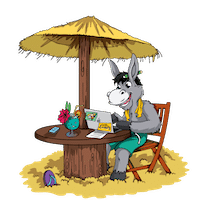
Written by our local expert Bram
Bram was born and raised in Belgium and has traveled the Balkans & beyond. He is a professional freelance travel writer and photographer specializing in outdoor travel with an emphasis on national parks, nature, and wildlife.
Landlocked countries are often filled with countless different landscapes and sights to be explored, as is the case with Serbia, one of the best places to visit in the Balkans. Here are the best things to do in Serbia.

Skip Ahead To My Advice Here!
Serbia Travel Guide: Best Things To Do In Serbia
Have you ever considered visiting Serbia?
Most people can rattle off the top 10 things to do in Serbia, but we went a little further—listing more than 50 ideas of what to see while you are in the Balkan beauty.
A complete list of Serbian attractions would be far too many to list, but we did our best to ask our team far and wide which of the top sights in Serbia they recommend.
This list will prepare you to rent a car and explore Serbia yourself!
Historical And Cultural Sites
1. studenica monastery.

Surrounded by the beautiful Ibar River gorge, you will find the Studenica monastery. Here, you will find the Church of the Mother of God, frescoes, and art back to the 13th century. The former royal history here means unique architecture dating back to 1183.
2. Lepenski Vir
This hugely popular archaeological site is set in the equally beautiful Derdap Gorge, next to the Danube. Many artifacts from 6500 – 5500 BC have been found here, and the central part is thought to have been a former ritual site. There are many other areas of interest to explore.
3. Gamzigrad
Gamzigrad is an exceptionally well-preserved former Roman town dating back to the 3rd or 4th century. UNESCO listed that it is packed with remains to explore , including an imperial palace complex and former city walls.
4. House Of Flowers Mausoleum
Head to the resting place of the former president of Yugoslavia, Tito, and gaze upon the architecture and water features that decorate it. Situated near the main entrance, you will also see a terrace designed to overlook the entire city, so great views can be seen from here.
5. Belgrade Fortress
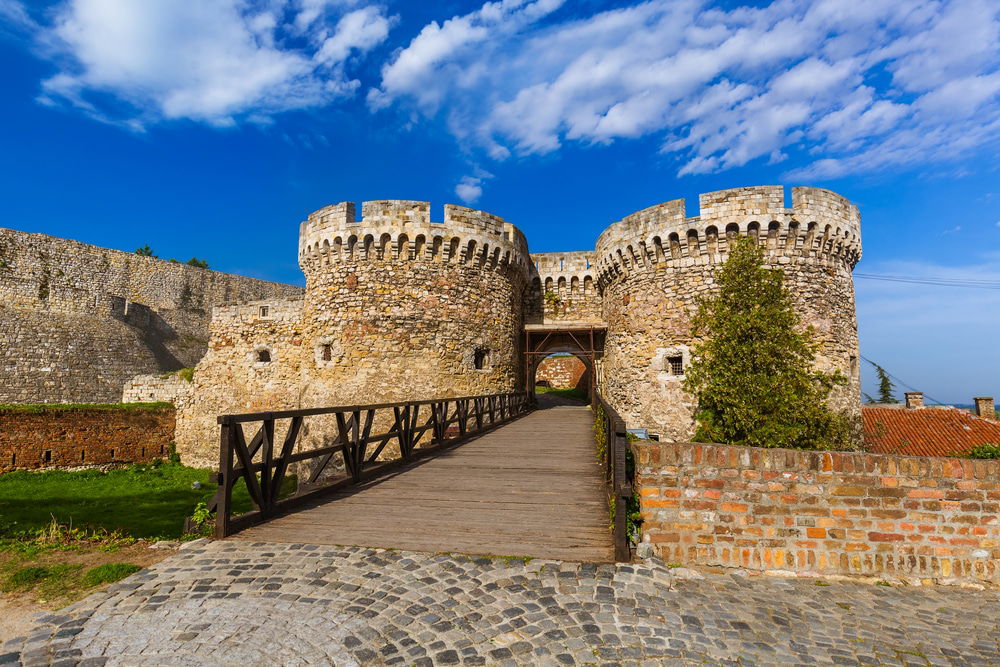
Exceptionally well preserved, this is a place to visit for all the family, with fantastic views from the top over the whole city. The complex includes museums and parks the children will enjoy, as well as great fortifications and history to explore.
6. Viminacium
Dating back to the 1st century, you will find ruins of a former settlement that is still incredibly preserved considering its age. You can head here from February to November and tour the area, and it’s certainly worth reading up a little beforehand to get the most out of your time in this incredibly historic area.
7. Golubac Fortress
Right on the banks of the mighty Danube River, you will find this fairytale city, looked over by an impressive fortress high on the hillside. Views from here are breathtaking, located at the widest section of the river itself.
8. Ethnographic Museum
Located in the capital, this is the best way to head back in time without venturing too far out of the city. Here, you will find artifacts of old village life, traditional costumes, and information on ancient traditions.
9. Nikola Tesla Museum

Belgrade has numerous museums, but this particular one has interactive displays and live shows of inventions by the scientist Nikola Tesla ; it is a great place to take the kids or anyone interested in science.
10. Red Cross Concentration Camp
In Niš , you will find this former Nazi concentration camp, one of the best preserved on the continent. This is certainly not a visit for the faint-hearted, but it will undoubtedly make you think about past atrocities, with stories and displays about those difficult times.
11. Palace Of Princess Ljubica
Dating back to 1831, you will find true old-world luxury here, with highly well-preserved buildings and artifacts. There is a guided tour every Saturday to help you learn more about privileged life back in the day.
12. Petrovaradin Fortress

History buffs should be heading to this museum, with a giant clock tower with reversed time hands, allowing fishermen from far away to tell the time. The citadel sits high on a hill, with many steps to reach it, and is a great window back in time to when prisoners were held as far back as 1692.
13. St Aleksandar Nevski Church
The interior of this church of St Aleksandar is breathtaking. It dates back to around 1877, making it one of the oldest.
14. Gallery Of Frescoes
In Belgrade, there is a museum dedicated to all things artistic. It has full-sized copies of art, mainly relating to church designs from the Byzantine period.
15. Medieval Capital And Roman Legacy
After a unique day tour from Belgrade, you should take a closer look at the Medieval Capital and Roman Legacy Tour.
This eight-hour excursion takes you to the historic city of Smederevo , which was the capital of Serbia in the Middle Ages. Since Roman times, this ancient settlement was one of the gateways between the West and East. Incidentally, it was the first Roman town sacked by Atilla the Hun and the last Serbian town to fall to the Ottomans.
Journeying down the Danube River, you will explore the region’s history, from Roman ruins to Byzantine heritage and Serbian culture . After visiting Smederevo, the tour continues with a traditional Serbian lunch, a visit to a local winery, and a stroll around the magnificent Roman Complex of Viminacium.
16. Ottoman Era In Nis – Skull Tower
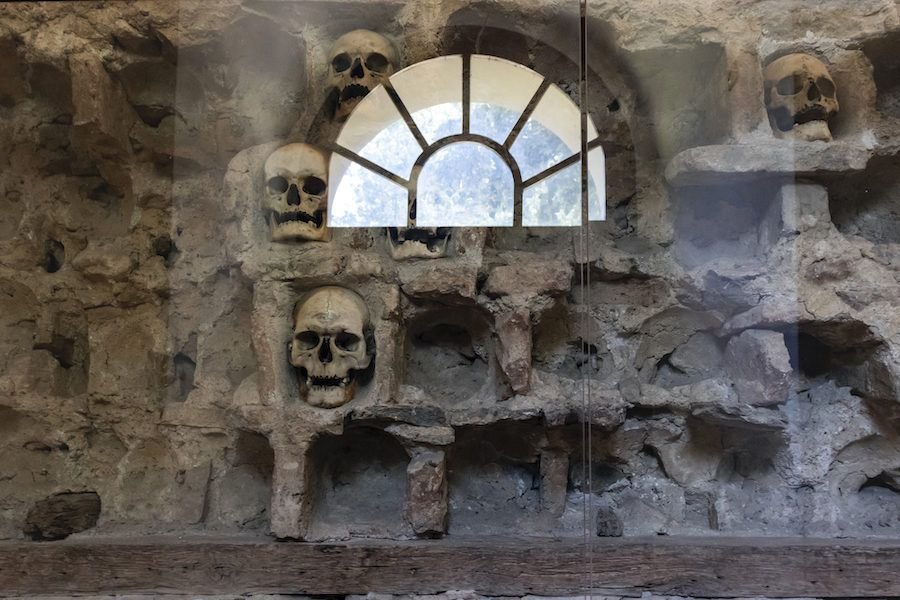
Located in the country’s southeast, Nis is the third-largest city in Serbia . It is packed with relics and ruins dating back to the Ottoman era. Mediana, a former Roman town, a massive fortress, and the worryingly named Skull Tower, is close by.
Nature And Outdoor Activities
17. palic natural spa.

Close to the town of Palic, you will find a dedicated and stunning nature park , home to a natural spa on the northern section of Palic Lake. Here, you can spot wildlife until your heart’s content, with countless species of birds to check out.
18. Zaovine
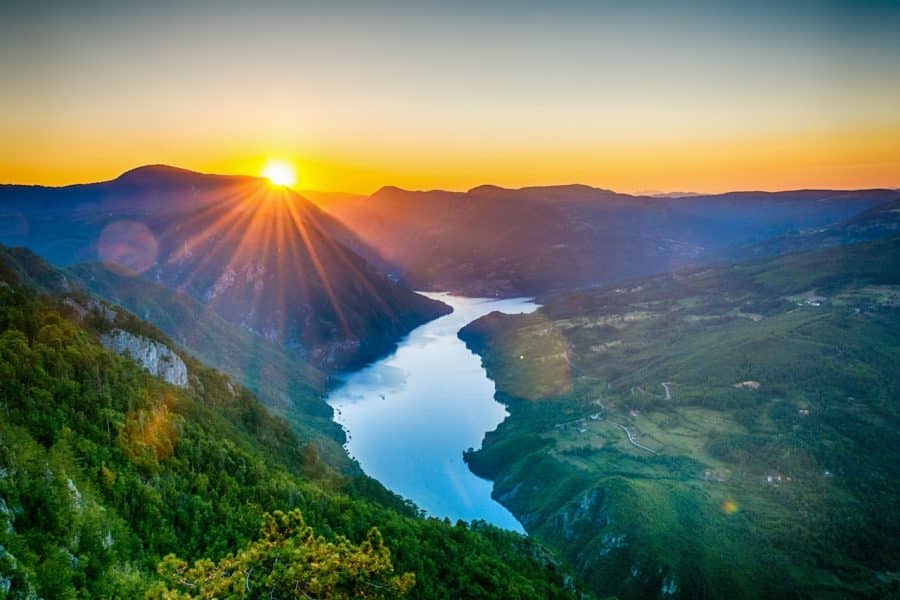
Families will love heading to this beautiful national park in the high mountains of the Tara, Crni Vrh, Stolac, and Zvezda ranges. You can enjoy hiking and water sports during the summer, and you can ski and snowboard during the winter snow.
21. Djerdap National Park
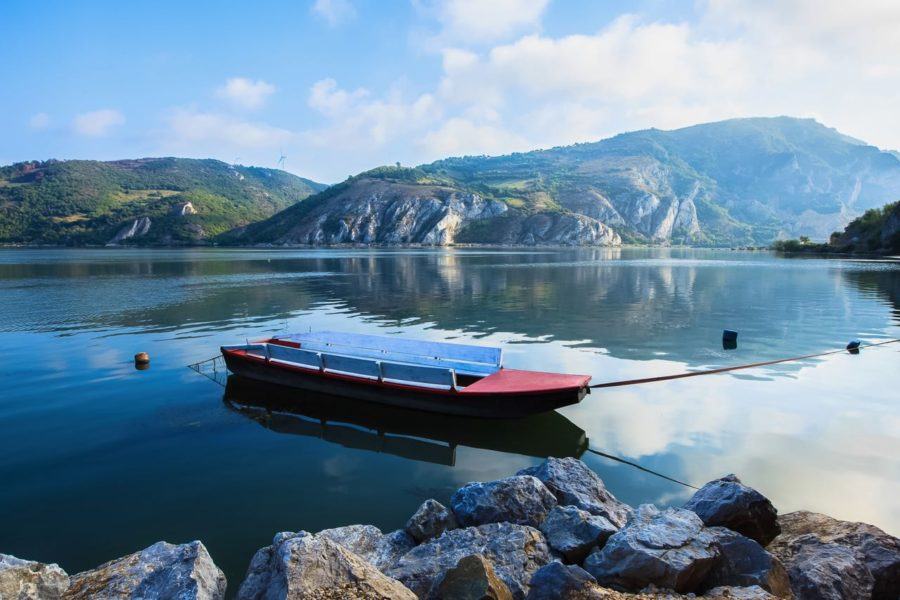
This vast national park is fantastic for nature lovers and is home to many wildlife and flora species. Again, you can enjoy hiking and walking trails and check out the rugged Djerdap Gorge.
22. Sargan Eight Railway Starting At Mokra Gora
This picturesque railway route was once part of the way through Belgrade to Sarajevo, which has since closed and takes three hours to complete.
Get your countryside destinations fixed by heading through the lush, green countryside for much of the way. You begin your ride at Mokra Gora , near the border with Bosnia and Herzegovina. It’s the ideal thing to do with kids in Serbia.
23. White Water Rafting (Uvac, Lim & Drina Rivers)
You must visit at least one of the many major rivers in Serbia, and Spring is the best time to go.
Try your hand at rafting just after the snow melts and rivers are flowing fast! The rivers Drina, Lim, Ibar, and Uvac are top spots for the sport, with various classes of white water , so you are sure to find one that suits your skill level.
24. Bird Watching
The unique natural and green landscapes across the country are a fantastic bird-watching opportunity, and Serbia is home to around 360 species. The top spots are the Uvac River Gorge, Mount Tara, and Djerdap Gorge.
25. Marked Hiking Trail
We’ve mentioned a few areas with hiking opportunities, but Serbia is a haven for hikers overall . The Djerdap National Park, Fruska Gora, and the Tara National Park are some notable destinations.
26. Canyoning
The huge mountains and gorges that make up the entire country’s backbone are fantastic for canyoning. If you make your way to Tara National Park to try it, beware of the bears! Tresnjica Gorge and Seoski Potok are two incredible destinations to give this sport a try.
27. Danube Cruise
The section of the Danube, which runs through Serbia, can easily be cruised by boats of various sizes and with several different itineraries. Do a little research ahead to see where you want to go and decide if you wish to go for a small, quaint, or sizeable ship-style cruise.
28. Swimming In The Sava
The Sava is the longest river in the region, so if you fancy taking a dip in its waters, head to Ada Medica, a small island that is also quite picturesque in its own right. There are private floating houses and cabins on stilts to be found here, as well as a beautiful grassed beach area.
29. Cheap Skiing At Kopaonik Ski Resort
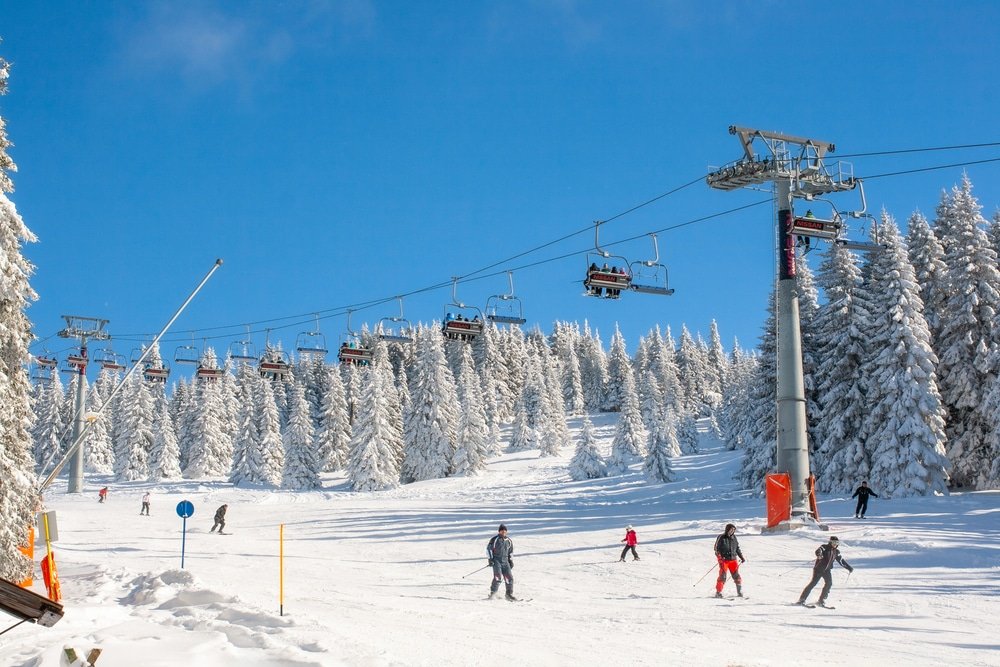
If you love skiing but can’t afford the enormous price tag of some of Europe’s better-known resorts , check out Serbia’s mountains for a much cheaper experience with the same thrill level.
Kopaonik in the south is a very popular spot, Zlatibor in the west, perhaps better for intermediates or beginners, and Mokra Gora, which has a snowboarding center.
30. Danube Bike Trail
Cycling is big business in Serbia, presumably because of the ever-changing landscapes, and there is no trail more epic than the scenic Danube Bike Trail. This is exceptionally long, so perhaps only follow part of it, with 1040km inside Serbia. If you want to compete more seriously, check out the Tour de Serbie every June.
31. Swimming In The Danube
If you are not a strong swimmer, don’t attempt this one, but if you are pretty experienced, you can take a dip in several spots on the Danube. One of the best places for swimming is Lido Beach on Great War Island (Belgrade); however, Lake Ada Ciganlija is also a good choice.
32. Miroc Mountain
You will need to apply for a permit to climb it, but the hassle and effort are worth it for the views you will see from the top. The highest peak is called Miroc, and you can find accommodation within the area relatively quickly, such as in Kladovo and Tekije.
33. Kopaonik
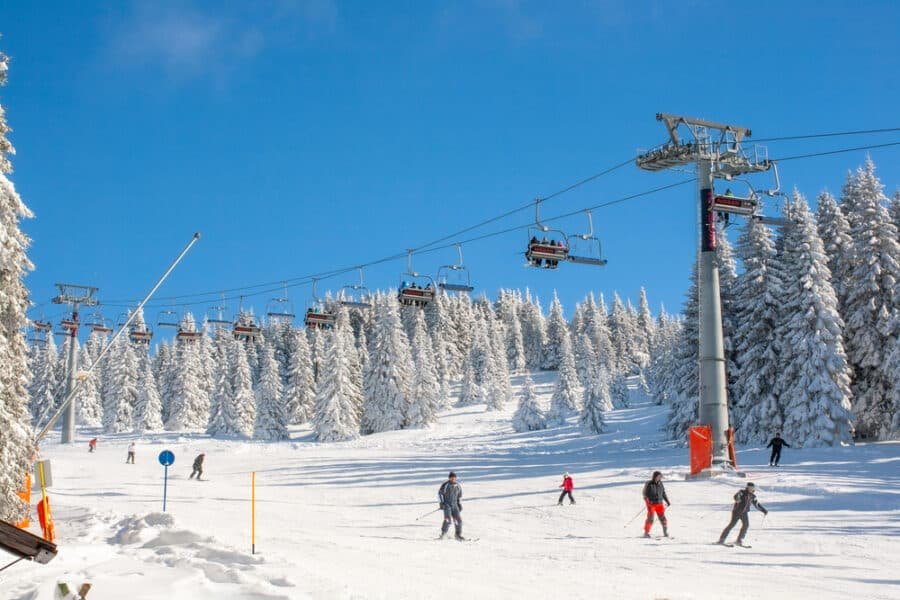
This beautiful mountainous park is one of the sunniest parts of the country, and you can enjoy great outdoor activities here, as well as walking and climbing, with amazing views to be seen. During winter, this area also turns into a ski resort .
34. Devil’s Town
The landscape will pique your interest. Right in the country’s south, you will find a town with an otherworldly appearance; it has been dubbed ‘Devil’s Town.’ This is perhaps because of the rocky erosion that has taken place over the years, or it could be because of local legends that tell tales of demons and creatures that roamed the land and made slightly worrying noises.
Brands We Use And Trust
Festivals and events, 35. drvengrad festival in kustendorff.
This popular cultural festival is a must-visit. It usually takes place in January and offers the chance to enjoy international and local films while also possibly spotting a celebrity or two.
36. EXIT Festival
If you’ve done sightseeing and are ready for something a little more modern, head to one of Serbia’s major cities – Novi Sad , just north of the capital. Here you can enjoy this hugely popular outdoor music festival .
Traditionally held in July, also known as ‘Exit in Serbia,’ the festival offers the opportunity to enjoy the warm sunshine before dancing the night away.
City And Urban Experiences
37. cycling tour of belgrade sights.
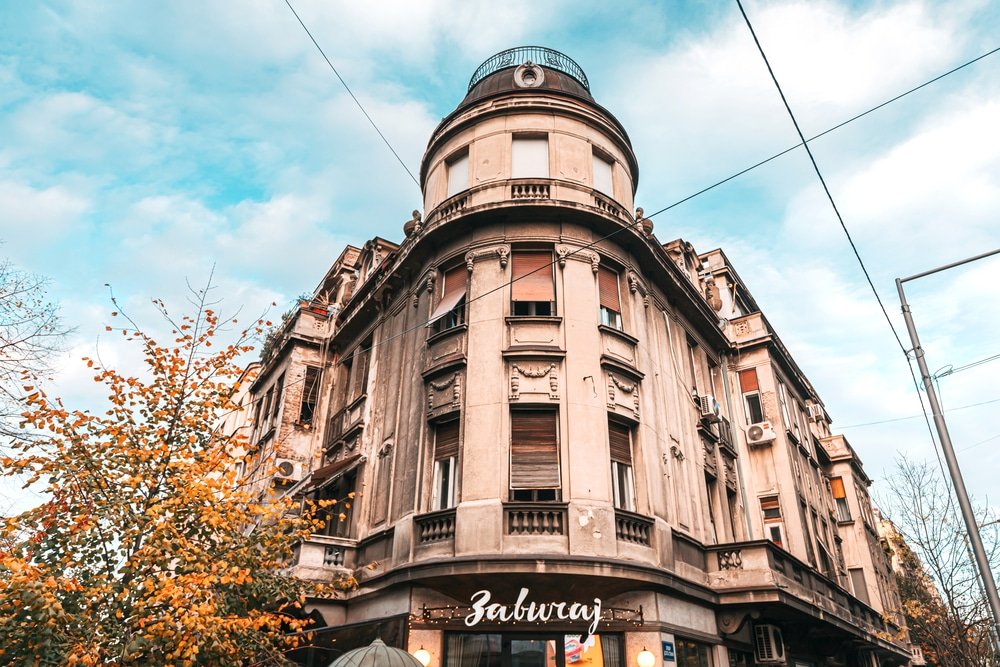
If you want to be active and see the sights simultaneously, I Bike Belgrade organizes guided cycling tours around the city’s central areas. These tours allow you to get some exercise, see the main highlights, and do it all with the help of a guide.
All you need to do is grab a Belgrade sightseeing map and pedal off on your adventure.
38. Hop-On & Off Belgrade Sightseeing Bus
A Belgrade top 10 list is never complete without this bus. This is an excellent family-friendly trip around the city – all without giving yourself blisters and hearing the kids moan about all the walking.
Use the hop-on, hop-off sightseeing bus to its maximum potential. It has several routes, and you can choose the way that suits your interests. Hop off if you want to explore further before re-joining the next tour.
39. Serious Shopping In Belgrade
You can’t deny it: while sightseeing and nature are lovely, sometimes we all want to indulge in a little retail therapy. In Serbia, your best destination is undoubtedly the capital city – Belgrade.
Packed with High Street shops, many names you will recognize, and more local stores, you can take a few souvenirs home .
40. Belgrade City Zoo
Right in the city’s heart, you will find this large and famous zoo, which is the perfect day out for all the families in Serbia. The zoo now covers a vast 14 hectares and is home to many species of animals.
41. Architecture On Belgrade’s Knez Mihailova Street
This used to be where the affluent lived, but nowadays, you can enjoy shopping, street art, and beautiful architecture on this iconic street.
The Serbian Crown Hotel is an excellent example of architecture and history; you’ll see just why it’s one of the most famous buildings in Serbia when you are there.
42. Authentic Cuisine In Skadarlija, Belgrade

Skadarlija is the city’s old quarter, dating back to around the 19th century, and is packed with restaurants, mainly serving traditional dishes. Be sure to try pljeskavica, a local meat dish, usually lamb, with various vegetables and the world-famous cevapi.
43. Vibrant Nightlife In The Capital
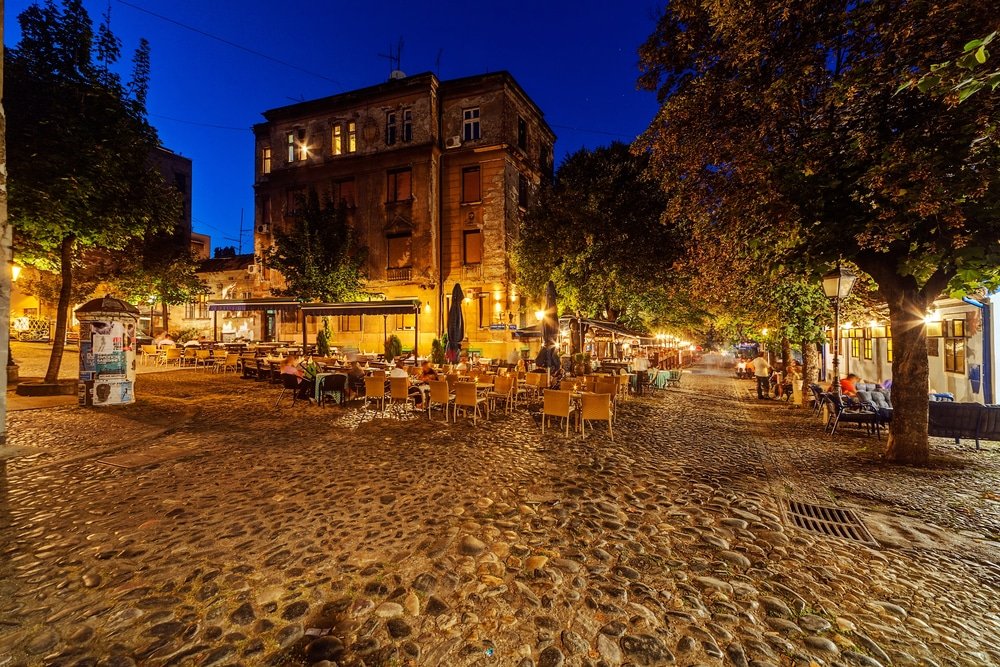
You might not have Serbia down as a place to party , but the capital city is bright and vibrant during the evening! If you’re looking for a place to dance, you can find cheap places to head, more affordable drinks, and a wide range of nightclubs.
44. Aviation Museum In Belgrade
Anyone interested in World War II should head to Belgrade’s Aviation Museum, where several planes are kept, as well as rare artifacts and pieces of aircraft.
45. Timber Town
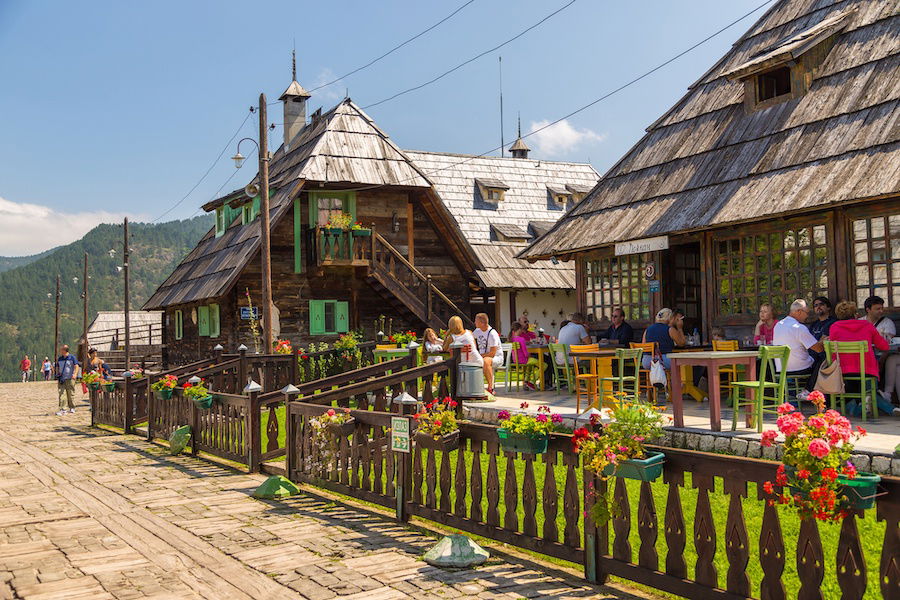
Drvengrad is home to Timber Town, overlooked by the imposing Zlatibor Mountain. This small village was built as a film set in 2002 and is a pretty and colorful place to visit. You can also see a full-sized statue of the actor Johnny Depp here – random but interesting!
46. Subotica

Other than Belgrade, a trip to Serbia must include Subotica . The city is a multicultural mix of Hungarians, Serbians , and Croatians living next to each other, and it has so far remained undiscovered by many.
Recreational And Leisure Activities
As already mentioned, a Danube Cruise makes for a beautiful recreational activity in Serbia. Don’t forget to add these other ideas to your itinerary too:
47. Open Air Museum In Zlatibor
The Sirogojno Open Air Museum is a great way to learn more about 19th-century life in the country while enjoying the fresh air! Wander around the hillside setting as you explore the museum and the wooden houses that make up its landscape.
48. Wine Route
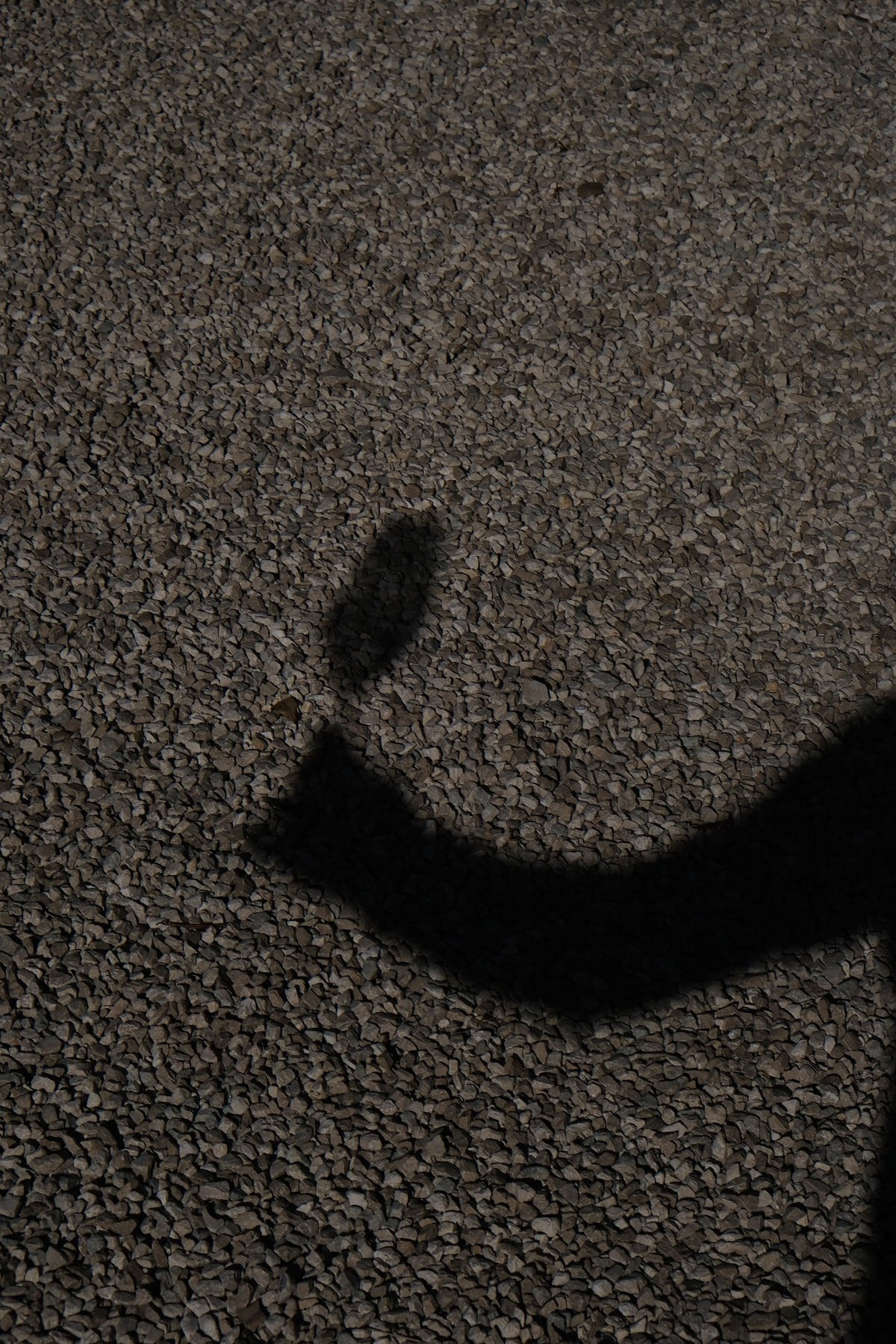
Serbia is packed with different wine routes to follow. You can check out the stunning scenery and taste and learn about production simultaneously.
Fruska Gora is a famous wine region where Riesling is produced. Sauvignon is popular here. The Smederevo Wine Route is another popular one, with the glistening Danube on one side and the Morava on the other side.
49. Bela Crkva
This small town is picture-perfect, surrounded by green hills, fragrant flowers, lakes, and small villages. If you want to explore Serbia’s authentic side, head here for tradition and culture, which is away from the big city.
50. The House On The Rock: Drina River House
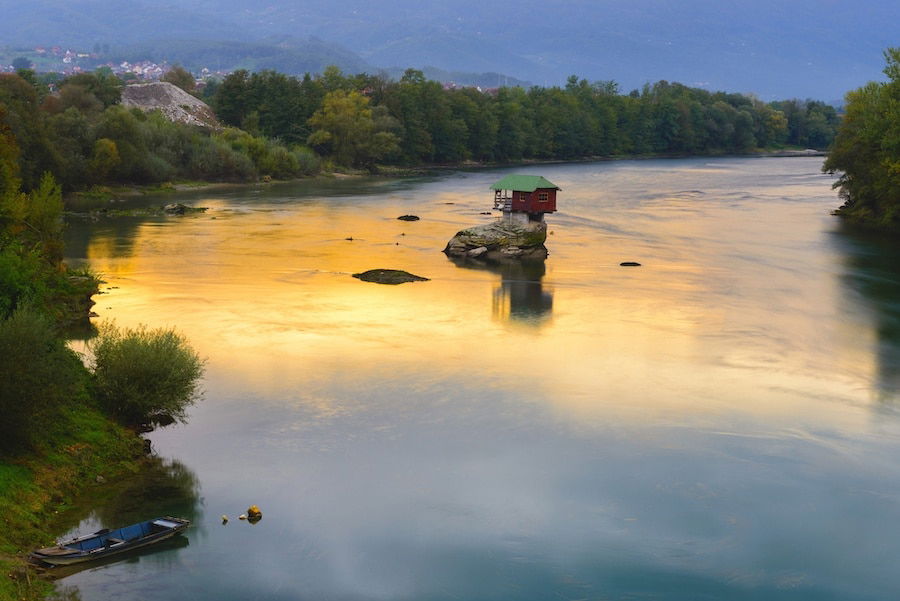
If you are in the River Drina area for rafting or a nature break, check out the famous house on the Rock; this is literally what it says, but it is worth more than that! This former fisherman’s residence was built in the middle of the river, perched high on a rock.
51. St Sava Church At Night

Belgrade is home to the seriously impressive and rather beautiful St. Sava Church. While this is a treat at any time of the day, at night, it is lit up and almost glows; certainly one for the camera.
52. A Day At The Beach In Novi Sad
While Serbia is landlocked, the huge Danube has some beaches, and the best is perhaps in Novi Sad , where there is a long stretch of sand to relax on and plentiful nightlife options for your evening entertainment.
Serbia Tours
While many travelers prefer to “do their own thing” and be spontaneous while on holiday, many people also like to be taken care of.
That could mean many things, from excellent restaurant service to superior hotel hospitality and facilities. Besides, organized tours can be considered a welcome service, eliminating the time and effort necessary to plan a trip. This leaves you much more time to enjoy what you’re doing. If you’re looking for some of the best tours in Serbia, take a look at those below. They’re all fantastic, comfortable, informative, and reasonably priced.
Serbia’s capital, Belgrade, is the country’s central hub of many things, from commerce to culture, architecture, and art. There are many tours in the city that you can join of all types and lengths. However, there are several great excursions if you plan to explore the rest of Serbia. Read on to find out some of the best tours in Serbia.
53. Belgrade (Walking) Tours
There are so many Belgrade tours that picking one can be challenging. From free historical walks to biking tours to Segway tours and bar crawls, you can explore this bustling, historic city in various ways.
An effective way to start any visit to a new city is by joining one of the free walking tours. That’ll give you an excellent introduction and allow you to get your bearings. Also, you might even meet some new friends in the meantime!
54. Food And Culture Tour In Belgrade

Of all of the tour choices in Belgrade, one stands out. The Food and Culture Tour in Belgrade. This tour is a great way to get to know Serbian culture , identity, heritage, and customs. You can look up what to eat in Serbia here to get a head start on the fun.
On this tour, you will taste a variety of typical dishes, snacks, and drinks in authentic Serbian eateries.
55. Pannonia Wonderland – Sremski Karlovci
The Pannonia Wonderland Tour takes you to Vojvodina, Serbia’s largest province, and its many highlights.
This fantastic tour immerses you in 17th- to 19th-century Serbia, arguably the nation’s cultural heyday.
Major stops include Novi Sad’s town with its numerous architectural masterpieces; Sremski Karlovci, a gorgeous Baroque village that used to be the Serbian cultural and spiritual center during the Austro-Hungarian period and is one of the country’s premier wine regions; and beautiful Fruška Gora National Park .
56. Down The Resava Gorge
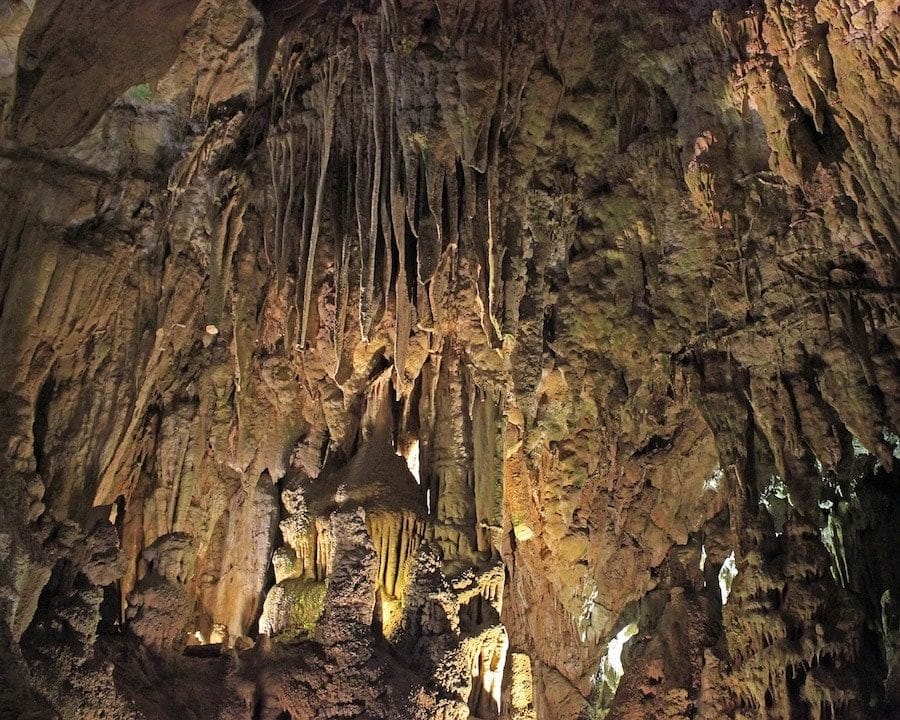
From a great cave and waterfalls to ancient architecture and one of the most unusual attractions in Serbia, the Down the Resava Gorge Tour has it all. Starting and ending in Belgrade , this day tour’s first stop is the town of Despotovac, where you will visit the Park of Miniatures.
This extraordinary place features many models of monasteries in Serbia dating back to the Middle Ages, offering a closer look into the medieval kingdom of Serbia.
Your afternoon activity is exploring Resava Cave, the oldest surveyed cave in Serbia—more than 80 million years old. The next stop is an actual monastery, the Manasija Monastery, dating from the 15th century. Lunch will be enjoyed while overlooking the beautiful Veliki Buk—Lisina waterfall.
57. Tara National Park

Last on our list of things to do in Serbia is one for adventurers. If you don’t have much time but still want to experience the tremendous Serbian outdoors, the Tara National Park Tour is one of the best tours in Serbia for you. This full-day excursion takes you into the mountains of western Serbia for a day filled with natural beauty and traditional food .
There are many highlights on the way, such as the Drina River itself and the house that stands on a rock in the middle of it, Perucac Lake, the Goat Rock viewpoint, and the Wooden Town, a traditional Serbian village constructed by Serbian film director Emir Kusturica.
Move This Adventure To Your Inbox & Get An Instant Freebie

No spam. Unsubscribe at any time.
Serbia’s Climate

Serbia has varying climates, depending on where you venture. If you plan on an epic country-wide adventure, you should be ready for different weather conditions depending on your travel direction.
The northern portion of Serbia is known to have a continental climate, which means winters are cold but not freezing and summers can be very hot and humid. Rain in this part of the country is spread evenly throughout the year.
If you head to the central part of Serbia , then you can expect a moderate continental climate, which is a slightly less extreme version of what you will experience in the north.
However, heading south, you will find winters that experience snowfall, often substantial, with freezing temperatures before the mercury soars during the summer, with very little rain at this time.
Where Is Serbia In The Balkans?
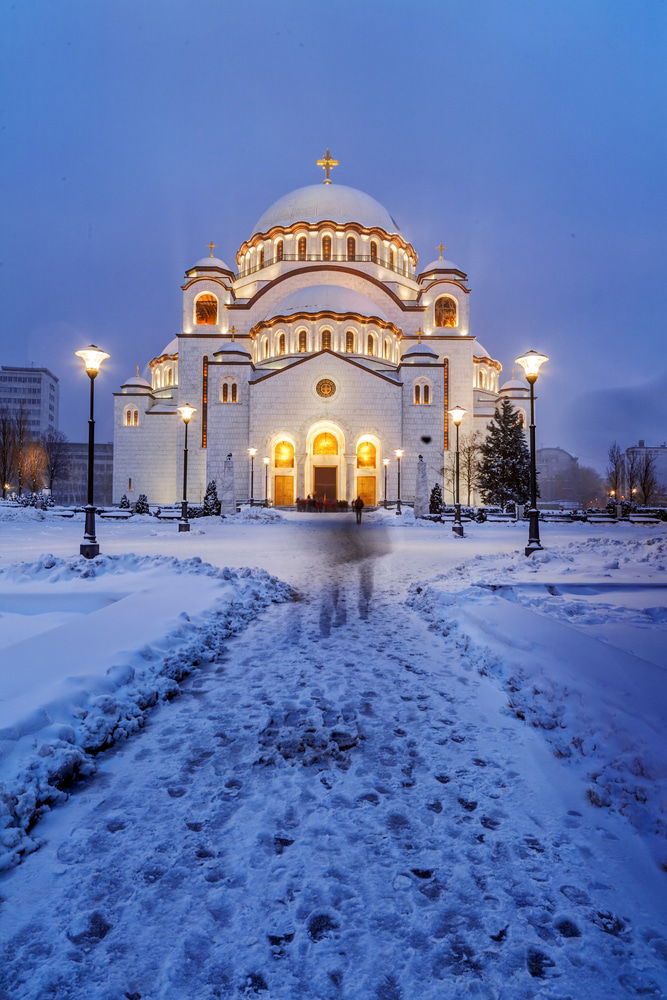
It is located in the South of Europe, part of the Balkans , sharing land borders with Montenegro , Bosnia & Herzegovina , Bulgaria , Croatia, Hungary, Macedonia , Albania , and Romania – every one of those countries has left its small mark on the country.
But Serbia isn’t a copy-paste of its neighbors—au contraire—Serbia has much on offer that is unique. Lucky for you, Serbia is not as touristy as its neighbor (hello, yes, we are talking about you, Croatia!).
Belgrade is Serbia’s massive capital city, packed with architecture and history to explore, but don’t just see Belgrade’s top attractions. The country is unquestionably an explorer’s dream.
Planning Your Trip: Serbia Travel Tips

- Croatia and Serbia have complex histories. While they are neighbors and share many similarities, we recommend you don’t ask just anybody about the ’90s war—the topic can make some very upset
- There is limited tourist information in Serbia , and many sites don’t even have signs – so ask a friendly local
- Serbia has an extensive bus network, making it easy to travel between the major cities. However, for things further afield, you will need to rent a car, book a group tour, or get a private transfer
- While flights to Serbia run all year round, you must factor in times when places and attractions are closed
Serbia might be relatively unknown regarding tourism, but this country boasts an exciting history, stunning natural treasures, and outdoor adventures. The capital is also home to an incredibly vibrant nightlife scene, making Serbia the perfect blend of old and new.
You’ve now got your list of the famous places in Serbia; tell us, are you ready to visit Serbia, and if so, where will you start first?
- Hostels in Serbia and Hotels in Serbia
- Day Trips From Belgrade
- Things to do in Belgrade
- Hiking Via Dinarica
- Best Souvenirs To Bring Home From Serbia
- 7 Best Ski Resorts In Serbia
- Ultimate Guide To The National Parks Of Serbia
- The 4 UNESCO World Heritage Sites In Serbia
Comments (9)
Serbia is so beautiful. It’s been trending as one of the hottest tourist destinations in the last years. Amazing place.
These all things really very interesting, do you know its also a good place to visit Serbia, The Nowhere in the Balkans is there anything quite like this
Nice blog, During this season I want to plan a trip to some attractive destination and I think Serbia is a best for visit…Thanks for give me a reasons to go there,It’s helpful for me..
Thanks for the great job you have done, Nice Details…
Such breathtaking scenery and stunning architecture!
Thanks for the amazing post. Loved the details. Never knew Serbia was this beautiful.
Such fantastic pictures..!! Loved your blogging. Great work and thanks for sharing this beautiful post…
Such a great comprehensive post. I didn’t realise there was so much to see and do in Serbia. We still need to do a wine/vineyard tour!
Woooooooooow! I love your pics and your story. We are normal, warm people, hospitality is extremely important here. Belgrade is like any other big city, parks, coffee shops, people, transportation. :D
Leave a Reply Cancel reply
Your email address will not be published. Required fields are marked *
Save my name, email, and website in this browser for the next time I comment.
This site uses Akismet to reduce spam. Learn how your comment data is processed .
Subscribe To Unlock Your FREE Customizable Travel Packing List & All Our Best Tips!
Unlock Your FREE Customizable Travel Packing List!
Subscribe Now For Instant Access To Stress-Free Packing
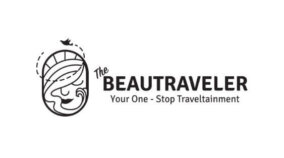
The Ultimate Travel Guide to Serbia: 20+ Places To Visit in Serbia
Serbia was the third country that I visited on my last trip after the United Arab Emirates and Turkiye . For those who didn't know, I've been obsessed with the Balkan region for as long as I can remember, and visiting Serbia has marked a new milestone for me as I've just checked one of the top of my bucket list for this decade .
Initially, I wanted to travel around the whole Balkan region as I planned. But since I started my trip by the end of 2021, most European countries had not opened their border to Indonesian citizens yet at the time. Good thing for me, because as an Indonesian citizen, I am eligible to enter Serbia for 30 days within a year without a visa .
The good news is that I got to travel around and visit some of the must-visit places in Serbia. Dora, my best friend from Croatia, whom I've known for almost 20 years since MySpace, decided to drive to Serbia so we could have a lovely girls' trip throughout the country.
In this post, I'm going to list some of the best places to visit in Serbia and how to travel around the country.

✭ Are you planning to explore Serbia at the last minute? ✭
Make sure to stay informed about the best platforms to plan your travel itinerary in Asia. Get the best deals with these recommended platforms!
➤ Get the best deal for your flight via Trip.com . ➤ Check Busbud to book a ticket for public transport like buses, trains or ferry boats. ➤ Secure your accommodation booking in Serbia using Booking.com . ➤ Check the best tours and excursions at your Balkan destinations via GetYourGuide or Viator . ➤ Get the PriorityPass for more convenient transit time at various airports in Serbia. ➤ Book your airport transfer via KiwiTaxi . ➤ Check the availability of carpool service using BlaBlaCar .
★ Looking for the best way to rent vehicles in Balkan? You can click here for the best deal for car rentals. ★ Search the best deals for campervan rental in Balkan via PaulCamper ! ★ Need to store your luggage before hitting the road? Check Radical Storage to find the nearest luggage storage in your area! ★ You can also sign up for WayAway to get extra cashback for your travel bookings!
✭ Book the most popular tours in Serbia below! ☟ ✭
Big Tour in Belgrade and its surroundings City Boat Cruise in Belgrade Red Belgrade Communist Tour Historical Danube Tour Sargan 8 & Mokra Gora Tour from Belgrade Serbian Wine Tasting Experience Day Trip to Novi Sad from Belgrade
Table of Content
Why You Should Visit Serbia
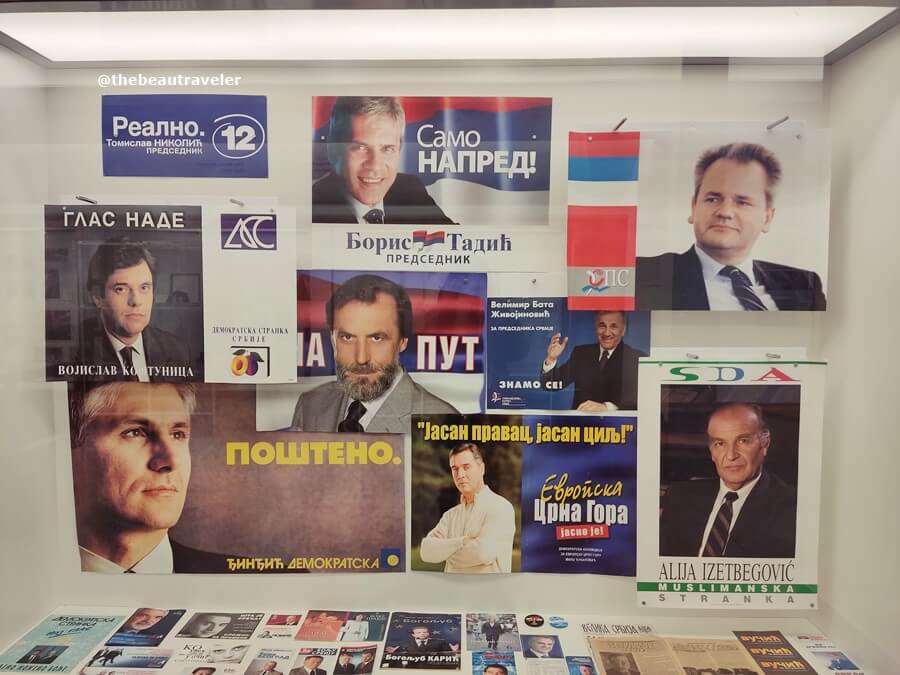
As someone coming from a big country like Indonesia , I find Serbia so easy to explore since it seems like I could technically travel around the country for a week or two. Unlike its neighboring countries that are surrounded by coasts, Serbia is a landlocked country that is still worth your visit if you're into beautiful nature, history, and just a little fun to have a good break from your routine.
In the west part of Serbia, there's Tara National Park. Located close to the border with Bosnia and Herzegovina, it's surrounded by Drina River, a river that marks the boundary between Serbia and Bosnia. While I didn't get a chance to stop by Tara National Park due to my unfortunate incident of getting pickpocketed in Belgrade, I got a chance to stroll around the banks of Drina when I was in Loznica.
As I visited Serbia during winter, Kopaonik and Zlatibor are the most popular winter destinations in the country as they have plenty of ski resorts where you can opt to spend the holidays in the country. While Dora and I was initially planning to stop by Kopaonik for skiing, the weather was super sunny when we got on a road trip throughout Serbia that we only got a chance to have a good lunch in Zlatibor with barely any snow in sight.

If you're bound to travel to Serbia in the summer, most people tell me that it's the best time to visit the country since they're also popular with the music festivals held in the loveliest time of the year. One of the most music festivals in Serbia, EXIT Festival has been held annually since it was founded in 2000. Dubbed as one of the best music festivals in Europe, it will be held for the first time in Novi Sad next month since it was canceled and held virtually in the past couple of years due to Covid-19.
From my understanding, Serbia always has something for everyone at each time of the year. As for me, I was determined to experience my first winter wonderland in Serbia last year and so I did, although I didn't get a chance to go skiing or do any typical winter activities there.
And despite the hiccup of my trip as my purse got stolen in Belgrade, I could say that I still got to enjoy Serbia to the fullest when I was there.
Although I didn't get a chance to visit every significant site in the country, I could definitely get you a list of places that you must consider visiting if you happen to travel to Serbia.
How to Travel Around Serbia
If there's anything I've come to understand when it comes to traveling around Europe, it is that the most convenient way to travel is by getting on a road trip, whether it is by renting a van or a car on your own. As Dora drove her own car, we basically only relied on Google Maps for the direction, and we only spent money on gas and food along the way.
While I'm not sure how to rent a van in Serbia, but if you need a car with an awesome driver, I'd totally recommend Milan Djordjevic if you want to travel around Serbia or you need a transfer to or from the airport. I used Milan's service from Nikola Tesla Airport to my apartment in Vracar, he's definitely someone you can rely on, and he offers inter-city and international services from and to Serbia.
How to Travel by a Public Bus in Serbia
Alternatively, you can also travel around Serbia by bus. Although to be fair, I experienced a massive culture shock when I got on the bus in Serbia for the first time. Getting on the bus in Serbia reminds me of the public bus in Indonesia in the 1990s, and it was quite shocking for me since I thought traveling by bus in Serbia would be at least similar to the public bus in Turkey . Boy, was I wrong!
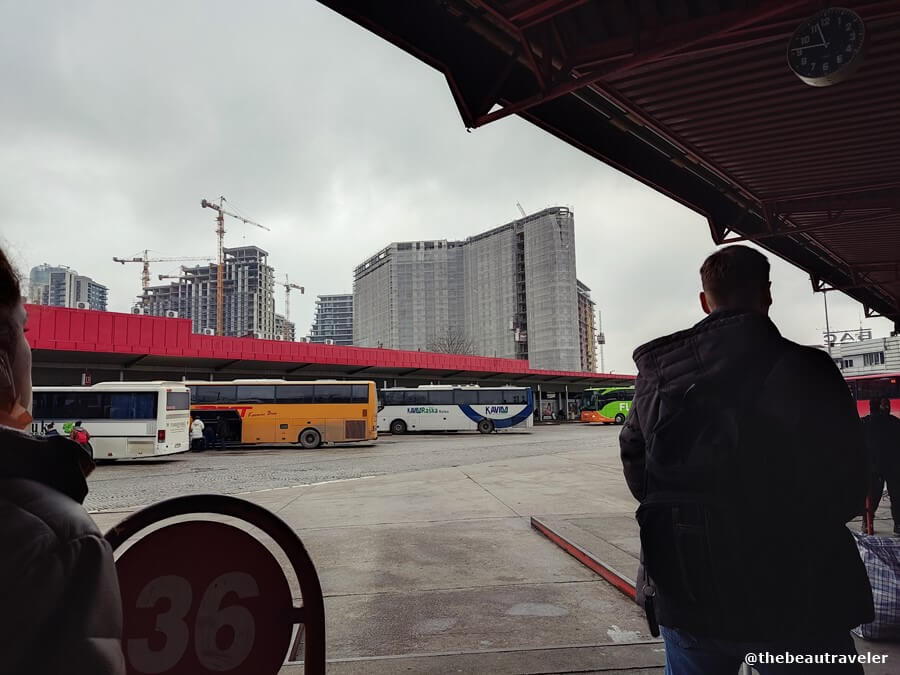
Like most bus stations in Europe, bus stations in Serbia have inter-city and international bus services. I saw some Flixbus at the station when I was traveling by bus in Serbia, and although I've never traveled with Flixbus before, I suppose the brand is quite popular for traveling around Europe by bus.
Now, let's go back to traveling around Serbia by bus… I'm not sure if it's common in Europe, but I personally don't find traveling by bus in Serbia convenient or efficient at all. If it wasn't because of my friend Nikola who told me about how to travel by bus to Loznica, I doubt that I would find out how to effectively buy a bus ticket in Serbia. But thanks to him, at least I could share my experience now.
While there may be some booking platforms where you can book a bus ticket online in Serbia, going to the sales office may still be necessary if you want to take the bus in the country. I had to go to the sales office at the bus station in Belgrade when I traveled to Loznica and Novi Sad , and here's what happened!
When you purchase a bus ticket in Serbia, you will get a printed bus ticket and also a token to enter the designated platform at the bus station. Mind you, you shouldn't lose both of them because otherwise there's a chance you will have to repurchase the ticket. Serbia, just like all countries in Europe, implements GDPR (General Data Protection Regulation) which won't require you to fill out your data when purchasing a bus ticket.
While it might protect your personal data, I eventually found the flaw in the practice when I lost my bus ticket from Belgrade to Novi Sad. As mentioned before, I got pickpocketed in Belgrade , and I put the ticket I bought in the stolen purse. Without my personal data, there was no way to reclaim the ticket so I had to repurchase it in the end.
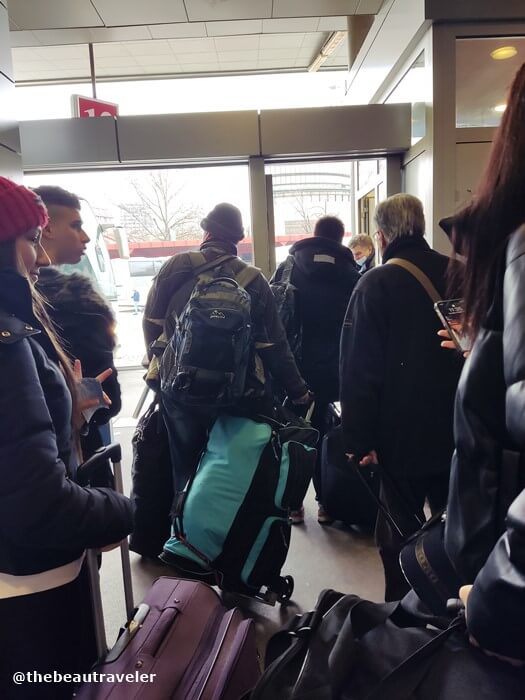
The sales office at the bus station only accepts cash for the payment, so make sure you have enough money when you're queueing to buy a bus ticket through the sales office.
I got a chance to try two bus companies in Serbia, including Raketa AB and Lasta , and here's my take on both companies. I think it's a common practice in Serbia that you'll get a cheaper price for a return ticket, I made the mistake to buy a one-way ticket when I bought a bus ticket from Belgrade to Loznica, and I ended up having to pay double compared to if I bought a return ticket for the same route.
Anyway, according to my friend Nikola, Raketa is the best bus company in Serbia and I somehow understand why. So here's what you need to expect when you travel by bus around Serbia.
First of all, there's no assigned seat even for the inter-city bus in Serbia. And all the buses that I took stopped at every bus stop along the way and they would bring new passengers even when the seat was already full. So it seems that it's quite common that you can find passengers standing for an inter-city route like Belgrade to Novi Sad. That, at least, is what I experienced in both Raketa and Lasta bus company.
The only advantage of Raketa compared to Lasta is that their bus ticket includes the baggage facility. When I took Lasta bus to Novi Sad, I had to pay an extra 200 RSD (around $1.7 USD) to put my bag in the trunk.
If there's no change to the public bus system in Serbia, I suppose there's no guarantee that you would get a seat on the public bus even if you have a legit ticket for it. However, the best way to prevent that from happening is to always buy an official bus ticket from the main bus station since you could at least make sure to enter the bus first to claim your seat there.
So yeah, I personally wouldn't recommend traveling by bus in Serbia. But if you're looking into a budget option to travel around the country and you have to take the coach to get to your destination, be prepared for something that you may not have experienced elsewhere!
The Best Places to Visit in Serbia
In no particular order, I'm going to list some of the best places that I've visited in Serbia and add some snippets on why I'd consider them a place that will be worth visiting when you're in the country.
So, what are the must-visit spots in Serbia?
Places to Visit in Belgrade, Serbia
As I got a chance to stay in Serbia for a month without a visa this year, I decided to make Belgrade my home base for a few reasons. My main consideration is the easy access for me to get to the airport since my flight from and to Istanbul was from Nikola Tesla Airport in the capital city. But other than that, there are many places to visit in Belgrade.
As the main city that witnessed the country's turbulent history, it has almost everything to offer for travelers. Whether you're there for Yugo-nostalgia to trace back their history for when they were a part of deceased Yugoslavia, or you're there for the infamous nightlife scene, Belgrade is undoubtedly worth visiting for a few days alone.
1. The Temple of Saint Sava

Hram Svetog Save , or the Temple of Saint Sava in Serbian, is pretty much located in the center of Belgrade. Situated in the Vracar area of Belgrade, the temple was built at the estimated location of St. Sava's grave. St. Sava is the founder and the first archbishop of the Serbian Orthodox Church.
It is practically the landmark of Belgrade, or even Serbia in general. The biggest Orthodox temple in Serbia, St. Sava is also one of the world's largest Eastern Orthodox church buildings. Christmas Eve and Orthodox New Year are two of many large gatherings held in the temple.
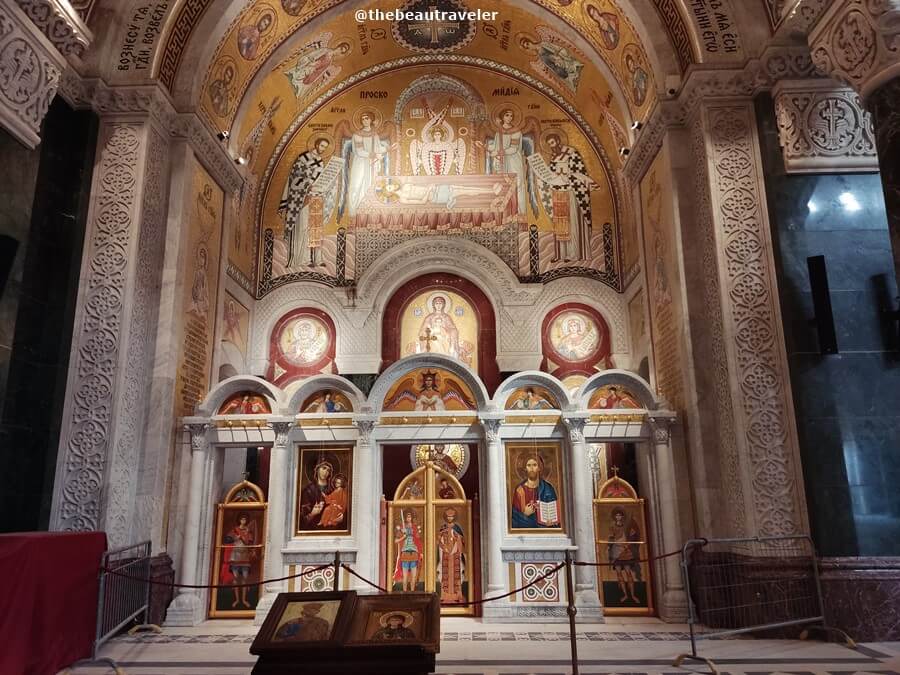
However, unlike Catholics and other Christians who celebrate Christmas on the 25th of December, Serbian Orthodox Christians celebrate it on the 7th of January. Same goes as the Orthodox New Year as they celebrate it on the 15th of January instead of the 1st. The reason behind it was that the Orthodox Christian use the Julian calendar instead of the Gregorian calendar as regular Christians do for all the festive celebrations.
Whether you're an Orthodox Christian or not, St. Sava is a place that you must not miss in Belgrade. The building replicated the architecture of Hagia Sophia in Istanbul, as it was inspired by the Serbian-Byzantine style. The exterior was finished in 2004, but the church isn't 100% done as a small part of it is still under construction.
However, the Temple of St. Sava is still worth visiting. If you're an Orthodox Christian, you may want to stop by and pray. Even if you're not, you can visit the temple while taking some time to adore its architecture and beautiful murals.
2. Kalemegdan Park and the Belgrade Fortress

Only walking distance from the famous Republic Square that is usually used as a meeting point in the center of Belgrade, the Belgrade Fortress and Kalemegdan Fortress are among many must-visit places while you're in the capital city of Serbia.
Not only because it's free entry to have a nice stroll around the fortress and the park, you can also enjoy the view of Belgrade and the Danube River from the bench at the park. I stopped by the fortress and Kalemegdan twice when I was in Belgrade, but unfortunately, the weather didn't get along with me since the first time I went there, it was raining so heavily while the second one it was super cold to the point I decided to go back home. LOL.
Built from the 2nd to 18th centuries, the fortress was destroyed and rebuilt numerous times, but it has always been the symbol of Belgrade since the beginning of the civilization of the capital city. Built on a white ridge above Sava and Danube River, it was where the name Beograd – literally translated as the ‘white city' – (the local name for Belgrade) came from.
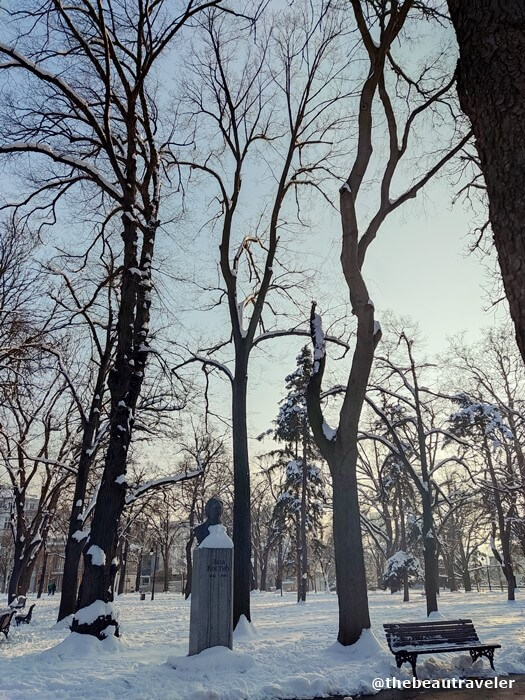
Belgrade Fortress witnessed how the city was conquered from one army to another. Traced back from Roman era, to Serbs and Turks, Kalemegdan used to be the fighting field to protect the people of Belgrade from the enemies.
Around the corner facing the walls of the city, you will be able to find the “Victor” monument to symbolize the victory of Belgrade over the periods of time. If you're lucky, you can also get to see other parts of the fortress including the Roman Well, the gunpowder magazine, and even the old Turkish Hamam .
3. Republic Square

Hands down the most recognizable area in Belgrade, Republic Square has often been used as the meeting point for anyone who's up to hang out in the capital city of Serbia. The square itself showcased the famous landmarks in the capital city, including the National Museum, the National Theater, and the statue of Prince Michael. Hence, the name of the pedestrian street being Knez Mihailova.
It connects Kolarceva intersection with the pedestrian street Knez Mihailova. While strolling around the area itself can be pretty fun, the area seems to be a good place for shopping or just hanging out around cafes and bars.

There's also a big mall at the corner of Knez Mihailova that is not too far from Kalemegdan Park, Rajiceva Shopping Center. Now, Knez Mihailova is a pretty big area to stroll around, but whenever I got around the pedestrian street and I urgently needed to go to the toilet, I always headed to Rajiceva to use their public toilet.
Also, another culture shock that I experienced in Serbia is how rare it is to find black tea even at the supermarket. I noticed it when I went to Aroma close to my apartment in Vracar, and the only tea option they had there was the fruity tea. Well, I eventually found a pack of black teabags when I went to Maxi at Rajiceva.
4. Skadarlija

The bohemian street in Serbia, Skadarlija has become the second most visited area in Belgrade after Kalemegdan and Belgrade Fortress. Formerly the municipality of Belgrade, Skadarlija is definitely well-preserved as it is protected by the local law as a cultural-historical area in the capital city of Serbia.
Nowadays, Skadarlija has become one of the fanciest areas in Belgrade, with picturesque pedestrian streets and many bars and cafes in the surrounding areas.
During my stay in Belgrade, I only went to Skadarlija area once despite I got a chance to stroll around Knez Mihailova more than twice. When I stopped by Skadarlija, it was at around 4 or so and it was raining at the time.
I'm not sure if the area was more popular at night or it was a little too quiet when I went there because of the rain, but rest assured… I personally thought that Knez Mihailova is definitely more crowded than Skadarlija.

The cobbled street with some excellent cafe options, I would recommend visiting Skadarlija at night since I was there in the evening, and I don't think it was the best time to stop by the area. Well, the cobblestone on the street certainly made it a bit challenging to stroll around when it was raining, but it was still a nice stroll! 😉
5. Museum of Yugoslavia and The House of Flowers

It's hard not to go all Yugo-nostalgia when you're in Serbia. It was only in 2003 when Yugoslavia eventually changed its name to Serbia and Montenegro. And before 2003, God knows what they've been through with their turbulent history under the name of Yugoslavia.
Museum of Yugoslavia in Belgrade is the best place to visit if you want to reminisce the good old days of Yugoslavia in its glory. On top of that, it's almost impossible to talk about Yugoslavia without mentioning Josip Broz Tito in the conversation.
A respectful leader in his time, he was the lifetime president of Yugoslavia from 1953 to his passing in 1980. He was buried in the House of Flowers in Belgrade, alongside his wife, Jovanka Broz, who died later in 2013. The House of Flowers is located in the same area as the Museum of Yugoslavia. When you get a chance to visit Belgrade, you certainly shouldn't miss this museum in your itinerary!
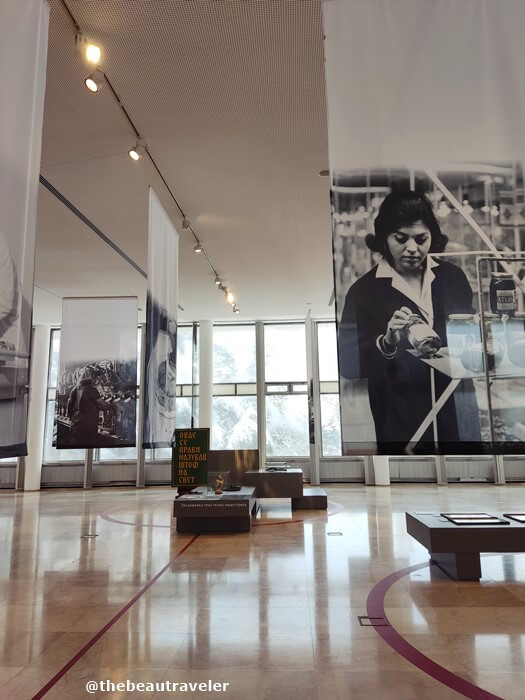
For 400 dinars (around $3.6 USD), you can get the entrance ticket to the three museum buildings in the area, including the 25 May Museum, the House of Flowers, and the Old Museum. The latter is located in the center, close to the museum's entrance. However, since you need to go to the ticket office first to be eligible for the entrance, what I did was visiting the 25 May Museum first, with the Old Museum being the last exhibition that I visited when I went to visit the Museum of Yugoslavia.
The 25 May Museum was opened on the same date in 1962 as a present for Josip Broz Tito's 70th birthday. This museum building showcases the gifts and souvenirs given to Josip Broz Tito until 1962. And how excited I was to see wayang kulit , Indonesian leather puppet, on one of the first shelves at the museum! Suddenly, I felt home already. LOL.
The museum also showcases some of Tito's personal belongings, including his uniform, ties, etc. On the other side, the museum also chronicles so many puzzles of history that were once Yugoslavia.
Close to the exit, you will also see some recent pieces of news in the post-2006 after Serbia and Montenegro split. I could recognize the face of Boris Tadic in a split second, because I wrote about him a lot when I wrote my thesis at the university.
Annexed to the 25 May Museum is the House of Flowers, the building where the resting place of the late president Josip Broz Tito was buried alongside his wife, Jovanka Broz.
On each side of the tombstones, you can also see Tito's post-partum chronicles from the funeral pictures, the headline news on the day he died, and some letters and other sentimental messages sent after his passing. The House of Flowers is basically the Memorial Center for the former president of Yugoslavia, Josip Broz Tito.
And the last museum building was the Old Museum. When I entered the building, there was an event held there. I think it was some diplomatic event as the security approached me and asked if I was a representative from one of the embassies. When I said I wasn't, he told me to wait and come back after 1 PM since the museum would be reopened for the visitors then.
There's also a cafe close to the ticket sales office, but since I was too lazy to go back there, I ended up waiting in front of the Old Museum building for around 30 minutes or so. And when I got there, I was actually quite surprised that the Old Museum actually looks the most modern one compared to the other museum buildings at the complex.
The Old Museum exhibits the revolutionary industry in the former Yugoslavia area in its glory. Checking out what they've had at the museum, I remember when I spoke to Dora on our road trip about Yugo-nostalgia, and how she mentioned that people from the older generation believe that Yugoslavia used to be advanced in their technology industry. And that was showcased right there at the Old Museum.
6. Nikola Tesla Museum
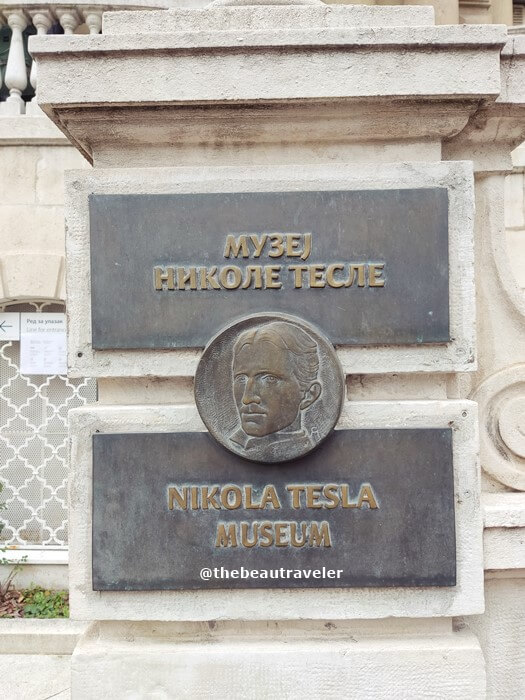
If you want to pick up fights with someone from the Balkans, start with where Nikola Tesla comes from. LOL.
A prolific scientist who was underrated in his time, he finally gained the recognition he deserved only after he died. Born in an area that is currently a part of modern Croatia, he came from a Serbian family, with his father being a priest of the Eastern Orthodox Church.
According to the tour guide at Nikola Tesla Museum in Belgrade , there are many museums dedicated to Nikola Tesla, but it's only in Belgrade where you can visit the urn of the late scientist.
As my apartment in Belgrade was located in Vracar, the museum was only walking distance from where I stayed. My first attempt to visit the museum, I forgot it was Saturday. The queue was so long that I decided to come back later.
However, with me getting pickpocketed and I had to deal with so much paperwork in Belgrade, I could only come back again to the museum in the last few days I was in the capital city of Serbia. Lucky for me, when I visited the museum, the staff at the museum told me that there would be one more guided tour in English as it was the last tour on that day.
I went there at 3 o'clock, and the staff told me to come back at 4 o'clock so I could join the last tour of the day in English. While you could just visit the museum impromptu and see the next guided tour in your language there, you can also check the schedule for the tour via Nikola Tesla Museum website .
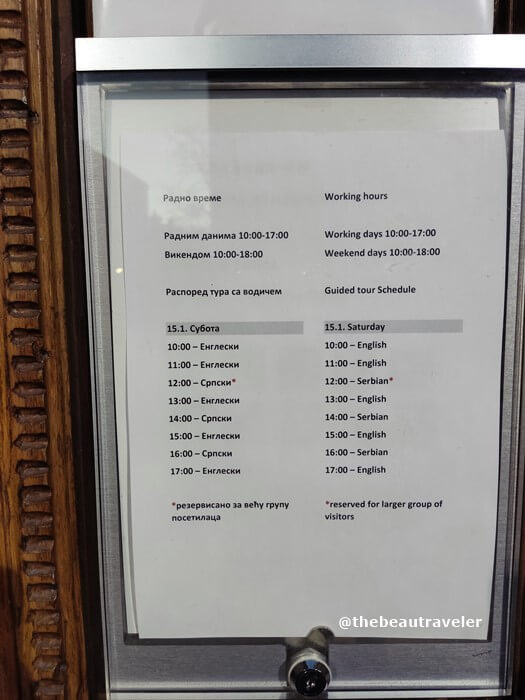
With the entrance ticket of 800 dinars (around $7 USD) for a guided tour in English, Nikola Tesla Museum was the place with the most expensive ticket price that I've been to in Serbia. But it's not super pricey either, so I suppose the price just makes sense, if anything.
The museum itself isn't very big. If anything, it's probably the smallest museum that I've been in Belgrade. But then again, I only managed to visit Museum of Yugoslavia and the Ethnographic Museum in Belgrade.
Nikola Tesla Museum has been divided into 4 sections. The first one would be the auditorium, where the tour guide would play a short video about Nikola Tesla and also introduce you to some of his inventions. After that, the tour guide would showcase some of his biggest innovations, including the famous Tesla Coil and let you experience them firsthand.
The tour guide will invite volunteers to try them out, so don't be shy to raise your hand and be one of the visitors to try Nikola Tesla's masterpieces while the tour guide demonstrates how they work.
After the demonstration, visitors can go to the other sections close to the entrance door. The first section will showcase the early life of Nikola Tesla, from when he was born, his family, to his decision to migrate to the United States. You will also be able to see some of his personal belonging, including his suits, gloves, and travel bag.
And the last section, which wouldn't exist in the other Nikola Tesla Museums outside Belgrade… The urn of the famous scientist. You can even pay respect, and thank him “in person” for his inventions that make our lives easier today.
As most of the items at Nikola Tesla Museum were delivered to Belgrade from New York by Tesla's nephew and his attorney, I also managed to approach the tour guide as there's something that bugged me at the time. So, I asked if maybe, Tesla's family received some kind of royalty from some brand using their name (I'm looking at you, Elon!), but according to the staff at the museum, they didn't.
7. Red Star and Partizan Stadium

If you're a football fan, you definitely shouldn't miss the home of Partizan and Red Star Belgrade. Known as one of the most bitter football rivalries in Europe, just like whenever you talk about Serbia's background in general, talking about their rivalry can be cultural, political, and not solely related to football as a game itself.
While I wouldn't recommend you go there during the derby because it could be some kind of life and death situation (seriously, though!), visiting Rajko Mitic Stadium (the current name of Red Star Stadium) and Partizan Stadium can be a nice stroll to see their home grounds.
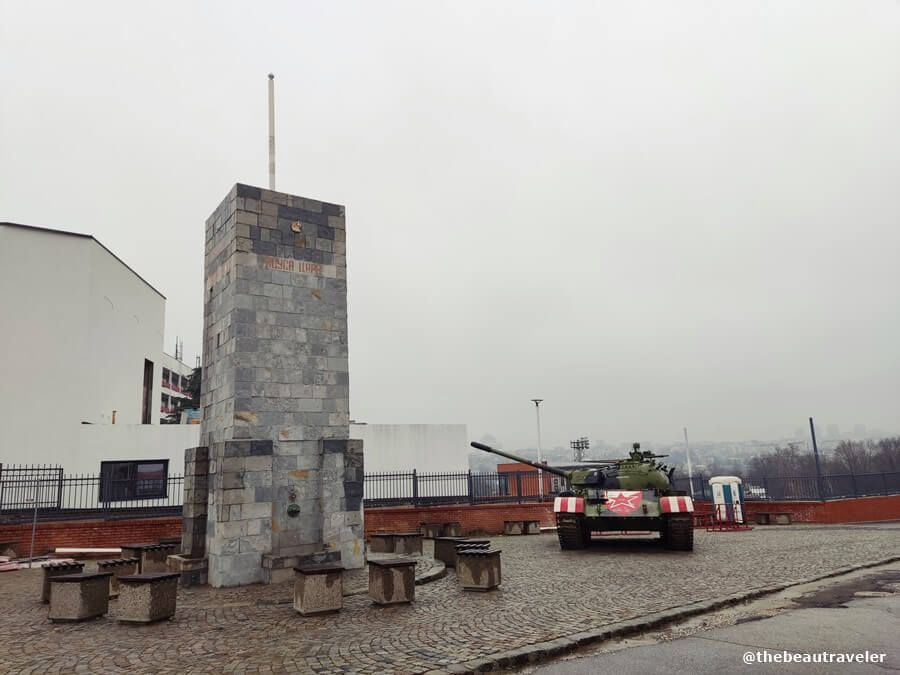
The two stadiums are quite close to one and the other. Red Star Stadium is located in Dedinje, while Partizan Stadium is in Autokomanda. In between, you'll be able to stroll through some parks and also the residential houses as you can walk for around 15 to 30 minutes to visit both stadiums.
I suppose it would be even nicer if you could get a chance to stop by the museum when either team has a home game. However, since I went there during Christmas break, I was quite happy to just get there and burn calories while trying to sneak in and see the stadium from outside.
Well, technically I had a date when I went to both stadiums. And I enjoyed it a little too much that I just noticed that I didn't have any pictures taken at Partizan Stadium.
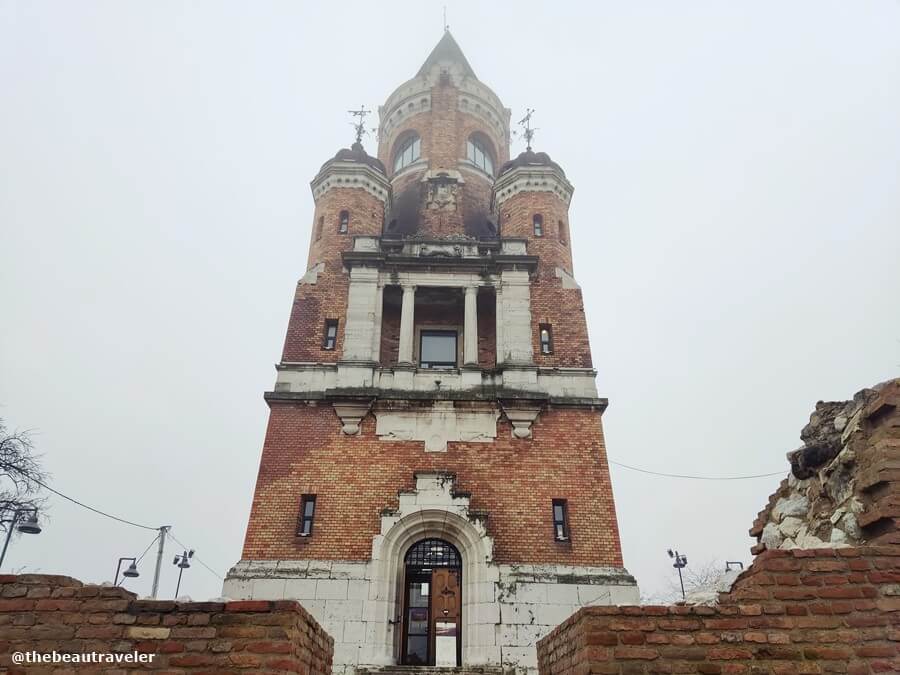
A bohemian village that is popular for its cafes and nightlife in the summer, but as I visited there during winter, the area was quiet, making it a nice place to stroll around and enjoy the view of the Danube river and even the picturesque landscape of Zemun from Gardos Hill.
Zemun only became a municipality of Belgrade in 1934, and it is believed that the local people in Zemun rarely consider themselves Belgradian because of that. The area used to be the border between Ottoman and Austro-Hungarian Empires back in the day.

You can take a public bus from Belgrade city center, and it takes around an hour to get to Zemun. As I stayed in Vracar at the time, I remember I took bus number 83 and stopping at the Svetozara Papica bus stop in Zemun.
And then I strolled around Zemun and went through the bank of the Danube River before taking a little hike to Gardos Hill area. The symbol of Zemun, the Millenary Monument or known as Gardos Tower was built in 1986 and not so far from there, Zemun Cemetery is the spot that fascinated me the most.
From a pluralist perspective, the cemetery was so beautiful as it's basically a landmark where you can see how people from various religions were buried together on the same land. If you want to go all philosophical, after all that's what life is all about. You may have different backgrounds, but life will come to an end and we'll be back to where we were.
But other than that, as someone who loves visiting cemeteries when I travel , I find Zemun Cemetery fascinating since there are so many ancient tombstones that God knows how long it's been there. And some of them have super unique tombstones, like I could recognize that people from 1800s or so tend to use the sculpture of their torso for their tombstone when the more recent ones normally use the regular photographs. I also found some tombstone that seems to be reserved by people who are still alive.
Places to Visit in Loznica, Serbia
Located on the right bank of the Drina River, Loznica is close to the border of Serbia and Bosnia. And since my passport can't cross the border because of my visa situation, that was the closest thing I got to Bosnia. Well, technically, Bosnia was in front of my eyes when I stood at the Serbian bank of the Drina River.
Around 2 hours from Belgrade, Loznica can be reached by bus from the capital city. The city center is much smaller than Belgrade, but it's still worth visiting if you're the kind of traveler who enjoys off-the-beaten-path destinations in the country.
9. Banja Koviljaca
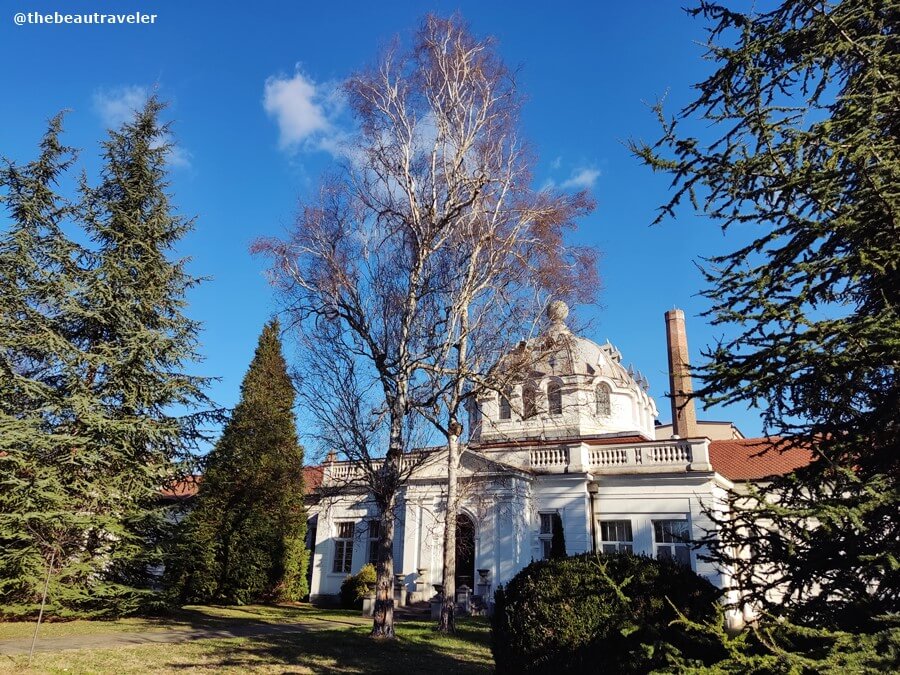
One of the most popular tourist spots in Loznica, Banja Koviljaca the oldest spa town in Serbia. Located around 30 minutes drive from Loznica city center, it's also known as Kraljevska Banja (The Royal Spa) as it was built under King Aleksandar I of Yugoslavia as an entertainment salon.
Kursalon, the most notable building at Banja Koviljaca, was one of the first casinos opened in the Balkan region. The area was once famous for fancy spas and parties, and these days you can adore the historic buildings while strolling around the park in their surroundings.

Entering the area is free, but if you're in the mood to treat yourself, book a spa appointment to experience it firsthand at Kovilje wellness center. Not sure how it was during the Kingdom of Yugoslavia, but it can sure give you some vibes to enjoy the luxury of being a Yugoslavian royal for a moment.
When I had it myself, the spa itself cost 2500 dinar (around $23 USD) per pax, but you will get access to all spa facilities, including the thermal bath, jacuzzi, and sauna. While the building remains the original one from back in the early 1900s, the facilities are actually quite modern to the point that I couldn't even notice that I was enjoying a spa treatment at the building that stood there through the up and down of Yugoslavia.

Known as one of the first trench battles in World War I, the Battle of Gucevo was fought between the Serbian and Austro-Hungarian Army, starting on the 8th of September until late November 1914. The significant place where the battle occurred is only around 16 kilometers from Loznica city center, or around 30 minutes drive from Banja Koviljaca.
At the peak of Mountain Gucevo was built the pyramid monument with an ossuary of around 3,200 remains of soldiers who died in the Great War. A sad place at its times, nowadays Gucevo has become one of the most beautiful places (and off-the-beaten-path!) to visit in Serbia, with a view of Serbia and Bosnia in sight from where the monument stands.

The only downside is that you have no choice but to drive or rent a car to get there. However, if you can arrange your transportation around Loznica, Gucevo is quite easy to reach from Banja Koviljaca. Bring a bouquet of flowers if you can, so you can also leave it on the ossuary to pay respect for the deceased soul at the peak of the mountain.

Known as the birthplace of Vuk Stefanovic Karadzic, Trsic has become an ethno-park that is popular among the local Serbians. Vuk Karadzic was a Serbian linguist who reformed the modern Serbian language.
He was the one who began the reformation of the language and gave the Serbians a standardized literary language, consisting of 30 characters of the Serbian alphabet that includes the six new characters of the Serbian Cyrillic alphabet (Ђ, Ј, Љ, Њ, Ћ and Џ).

The entrance to the whole area of Trsic is free, but there's an entrance ticket if you want to visit the house where Vuk Karadzic was born. I'm not sure about the price since the house was closed for visitors when I went there.
However, even without visiting the memorial house, I think a visit to Trsic is definitely recommended for anyone planning to go to Loznica. Trsic is such a beautiful place to stroll around, I would recommend a visit to Trsic in the morning so you can also get on a hike to Milicin Konak and have an authentic Serbian breakfast there.
12. Suncana Reka
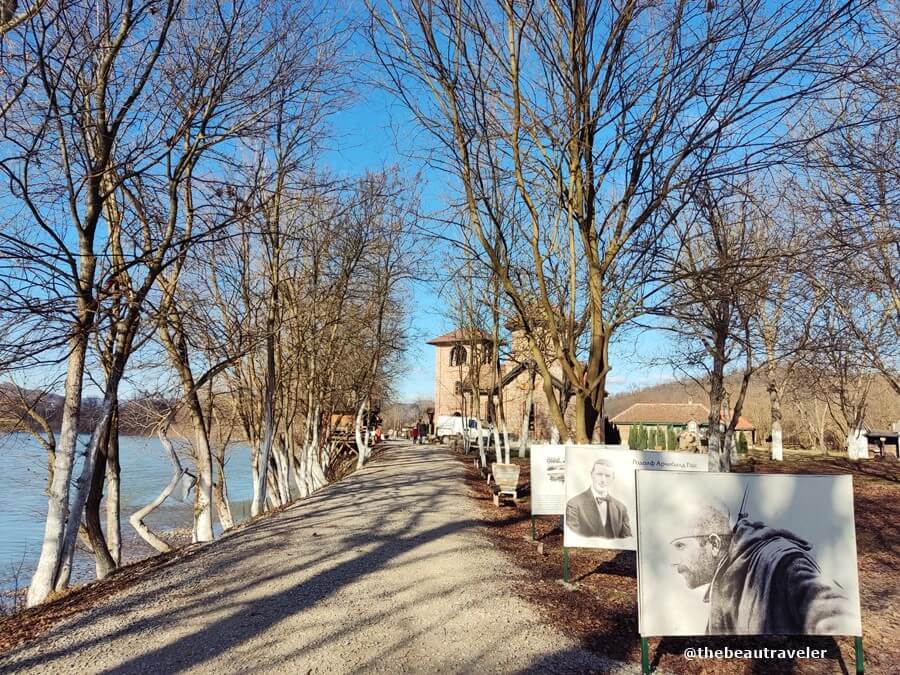
Suncana Reka, or the Serbian words for “Sunny River”, is a 5 hectares of recreational center around 9 km from Loznica city center. It is mostly known for the location of filming for a Serbian TV series titled “ Greh Njene Majke “, or “The Sin of Her Mother” in English. The series was filmed in 2009 based on Mir-Jam's novel that took the setting of Serbia during World War II.
Located on the right bank of the Drina River in Gornja Koviljaca village, Suncana Reka offers bed and breakfasts, an authentic Serbian restaurant and various sporting facilities, including amusement parks and children playgrounds. Suncana Reka is a kid-friendly travel destination if you plan a short trip to Loznica with your children.

Bordering Serbia and Bosnia, you can take a walk by the riverbank of Drina at Suncana Reka, and you can see Bosnia closely. Well, given the idea I have a particular problem with visa application and I couldn't enter Bosnia because of my passport at the time, that was the closest thing I was to Bosnia.
And speaking of Drina, you will find an area at Suncana Reka that is dedicated to Robert de Niro. You may wonder why out of sudden there's an honorable mention of Robert de Niro here, but apparently, it's because he has adopted Diahnne Abbott's daughter, who was named Drena after the Drina River.
I didn't pay anything for the entrance to Suncana Reka, but instead I went to the restaurant and had another Serbian breakfast there.
Places to Visit in Novi Sad, Serbia
The second-largest city in Serbia after Belgrade, Novi Sad was named the European Youth Capital in 2019. On top of that, the city is also one of the most ethnically diverse areas in the country as it has been the home to minority groups like Hungarians, Croats, Slovaks, and Romanians for centuries.
Nowadays, Novi Sad is also known as the city of music and arts in Serbia. The city hosts EXIT music festival in the summer every year at Petrovaradin Fortress, and Novi Sad seems to be popular for its nightlife scene as well.
Well, I went to Novi Sad by the end of the year, and I have to admit that I got a major culture shock since the city was practically dead during the holidays. Getting used to being spoilt with crowded public places during holidays back home in Indonesia , I learned the hard way that apparently, in Europe almost everything is literally closed during the holidays to the point that it got so hard to just find some place to eat without the reservation.
I think I quite understand why the city is loved by many people who have visited Serbia. The city gives some kind of vibrant vibes, minus the hustle and bustle you will experience in Belgrade. However, after what happened to me during the holidays last year, I wouldn't recommend visiting Novi Sad during Christmas or New Year for the best experience.
13. Petrovaradin Fortress
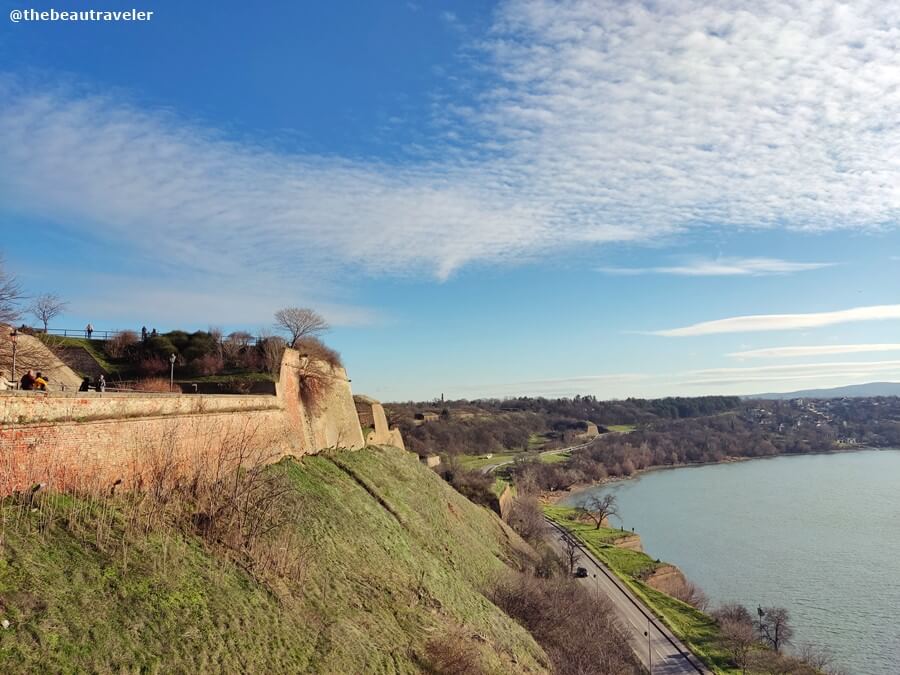
Known as the venue of EXIT music festival in modern Serbia, Petrovaradin Fortress used to be a significant military fort for the Austro-Hungarian rulers. Situated on the right bank of Danube river, the settlement around Petrovaradin Fortress could be traced back to 3000 B.C.
The name Petrovaradin itself was believed to consist of three words from different languages – “ Petra ” from the Latin word that means rock, “ var ” which means city in Hungarian, and “ din ” which is the Turkish word for faith. So the name Petrovaradin is loosely translated as “the city on the rock as solid as faith”.
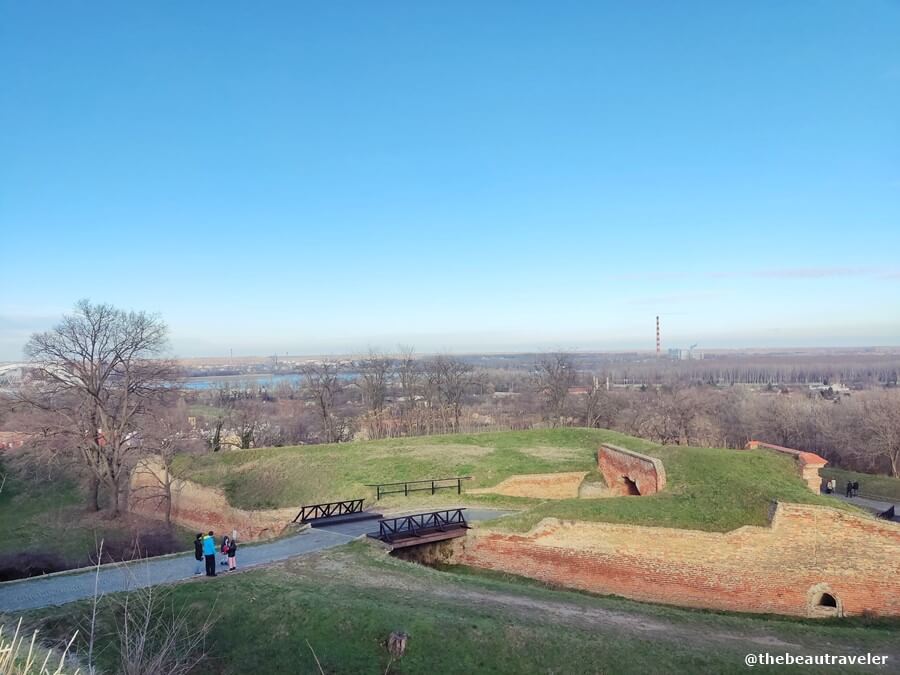
Is Petrovaradin Fortress worth visiting even if you're not in Novi Sad to attend the EXIT festival? Absolutely!
Just like pretty much all the fortresses around Serbia, you can visit the fortress for free. Whether you want to enjoy the exquisite view of Novi Sad and Danube River from the fortress or have a sip of coffee at the restaurant, Petrovaradin Fortress is hand down the must-visit place in Novi Sad.
If you get a chance to go to Petrovaradin Fortress in Novi Sad, pay attention to the Clock Tower at the Ludwig bastion as it's unique on its own. I thought it was just another significant clock tower like Big Ben in London , Atkinson Clock Tower in Kota Kinabalu or Saat Kulesi in Izmir , but actually it's not.
When you're there, pay attention to the arrows at the clock as instead of the short hand representing the hour, and the long hand for the minutes, the arrows at Petrovaradin Clock Tower work the other way around. As you can see in the picture above, I was there around 1.15 PM, but the time shows as if I was there at 3.05 PM.
14. Dunavska Street
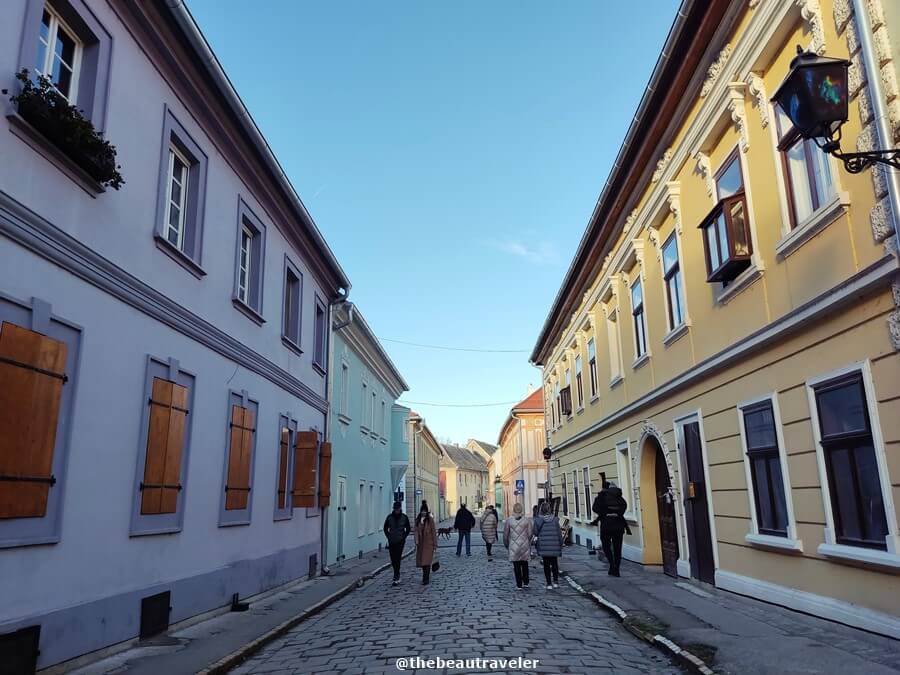
It's really hard to miss this charming promenade, as you will pass Dunavska Street if you're heading to Petrovaradin Fortress from Trg Slobode, the Old Town in Novi Sad. I'm not big into taking photo of myself, but I sure wish I traveled with someone there since the view of the street was super instagrammable. LOL.
I'm not sure how the street looks like on regular days, but since I went there on New Year's day, the street was quiet since you could barely find any restaurant or cafe open.

This was also something I struggled with the most while traveling during the holidays in Novi Sad, as I feel like I didn't enjoy the city to the fullest since there's a limited number of restaurants that were open when I was there, and I literally only grabbed something to eat at the place that was open and served food.
To be fair, I feel like I could've traveled more of Dunavska Street because as I said, the cobblestone and the colorful building there is such a good combination for beautiful photographs. But on the other hand, traveling solo during the holidays when I could barely find a restaurant that was open got me quite anxious, so I just headed back to Trg Slobode as the area was more lively at the time.
15. Trg Slobode
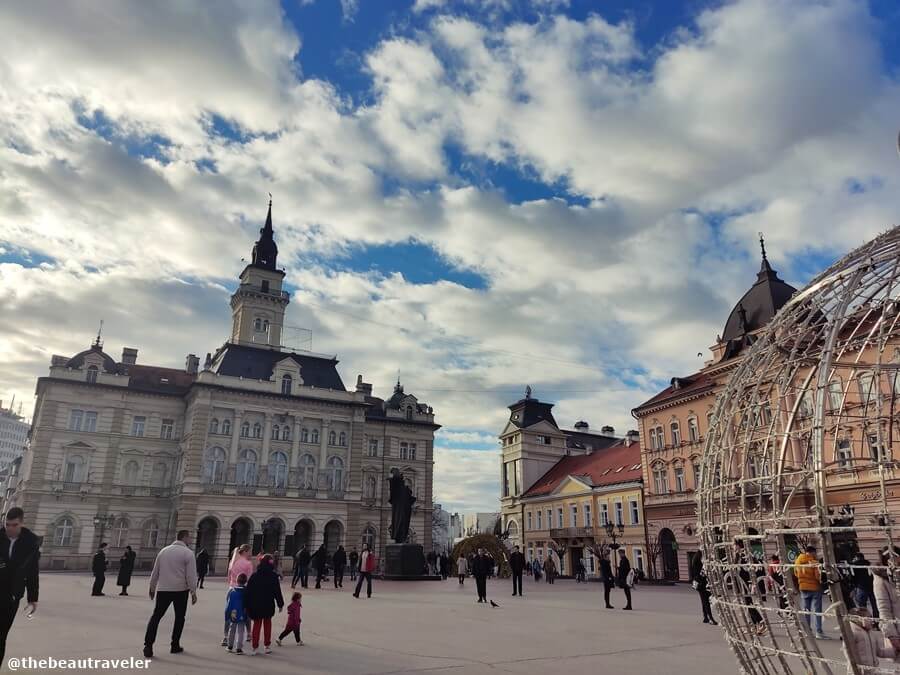
The main square in Novi Sad, Trg Slobode (Liberty Square in English) is the central pedestrian area in the city. With so many cafes and restaurants in the surrounding are, along with the beautiful architecture of various buildings from the City Hall, cathedral, church, or regular shops and markets where you can find something to buy for souvenirs.
Surrounding the City Hall, you can also read some snippets of historical events in Novi Sad. They put the plate for each event in the periodical order, and you can read some trivial things that happened in the city. From historical events to anything related to some notable figures in the city. I may not know all the events listed on those plates, but I sure did recognize the name when they honorably mentioned the birth of Monica Seles in 1973.

As I stayed at a hotel far away from the city center, I honestly would recommend you to find a hotel close to Trg Slobode for easy access to all the must-visit spots in Novi Sad. From the city square, you can easily stroll around the promenade and enjoy a nice walk through the Danube Park or the river.
There's also plenty of cafes and restaurants in the area there, so this would be a perfect spot to immerse the city of Novi Sad to the fullest.
16. Danube River and Park

The second-longest river in Europe, my friend Dora shared a way to easily remember some fun geographical fact about Danube River. She told me that along with Vienna in Austria , there are three other capital cities starting with the letter B, where the Danube flows throughout Europe, and they include Belgrade, Budapest (Hungary) , and Bratislava (Slovakia) .
I personally only strolled around the Danube when I visited Zemun, and at the time the weather was quite terrible so I don't think I enjoyed the walk as much as when I did it in Novi Sad. When I strolled around the riverbank in Novi Sad, the weather was so lovely, and it was sunny outside so I definitely enjoyed it more.
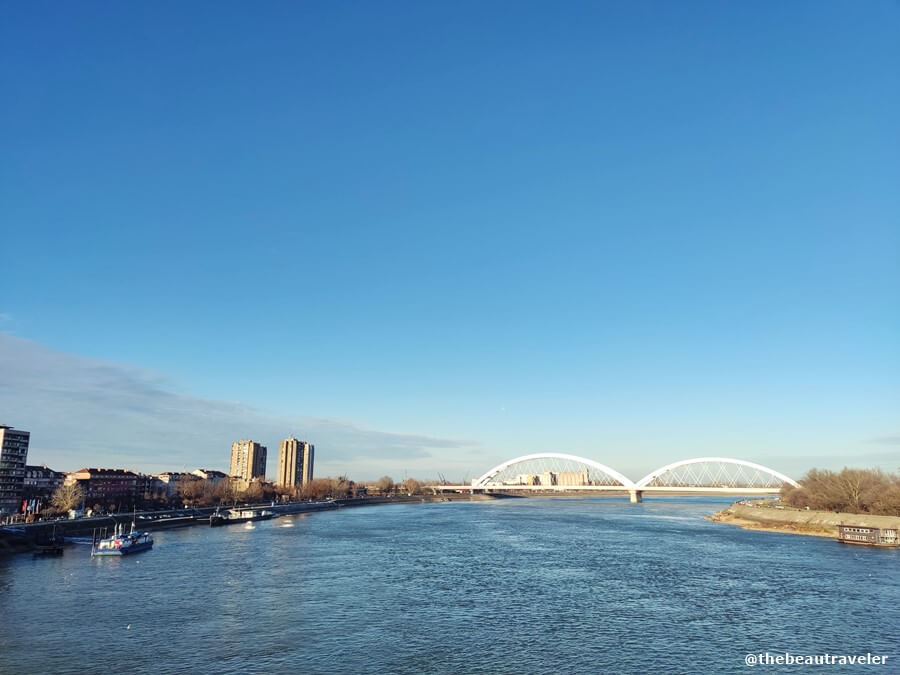
Another reason why I find taking a walk around Danube River in Novi Sad enjoyable is also the fact that there are some bridges that are lovely to see around Novi Sad. From afar, you can also see the majestic Petrovaradin Fortress from the bench if you stroll on the right bank of the river from Trg Slobode.
While you're there, don't forget to stop by Danube Park as well. Again, I feel like I didn't get to enjoy its beauty to the fullest as when I went there, some parts of Danube Park were closed due to some minor construction.
Places to Visit in Mokra Gora, Serbia
Technically, when I got on a road trip with Dora, I've been to more places in Serbia than what I've listed in the article. In total, we've also stopped by Sokolici, Cacak, Vrnjacka Banja, Zlatibor, and Leskovac on our 5-day trip through Serbia.
However, since our time was limited and we didn't really get to experience the highlight of each destination, and I personally think some of the spots are a hard pass (for example, the Roman Bath in Cacak kinda reminds me of the Macedonian Tower in Edirne ).
We only got some time to feast in Zlatibor on our way from Cacak to Vrnjacka Banja. We tried to get on the gondola, but we missed it since we only arrived in Zlatibor around 3.30 PM when the gondola was closed at 3 PM.
Thankfully, after Zlatibor we managed to stop by Mokra Gora, a village in Uzice that is known for the narrow-gauged heritage railway in Serbia. To be fair, we only spent a few hours around Mokra Gora, but I think the experience is more justified to share than Zlatibor in this case.
17. Sargan 8
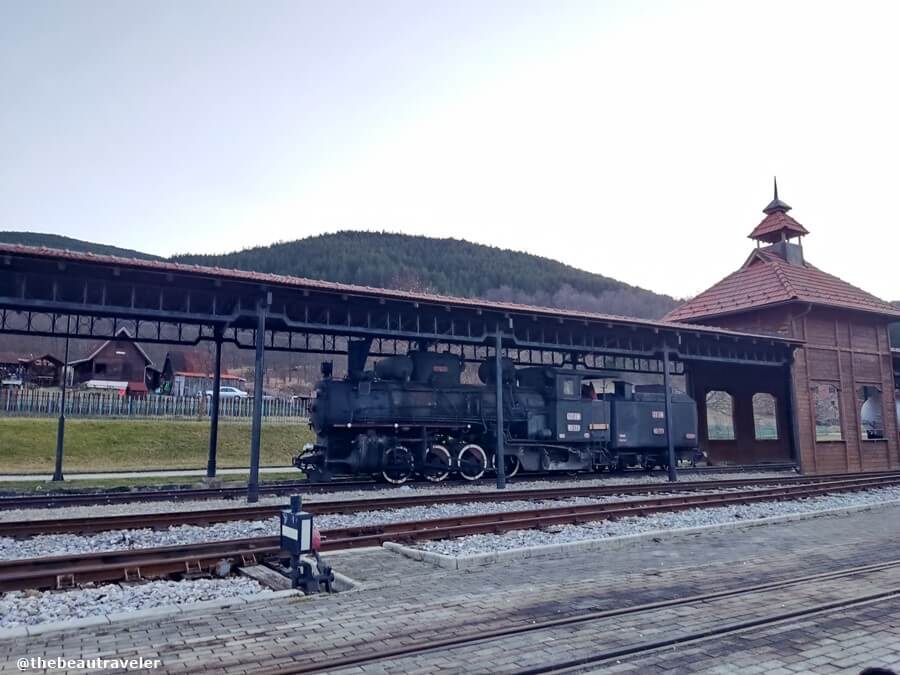
A hard miss since we didn't get a chance to get on the train on the historical railway, but we still managed to have fun with a few puppies around Mokra Gora station when we got there!
Dubbed as one of the best tourism villages in the world by the UN World Tourism Organization, the name Sargan Eight comes from the railway line from Mokra Gora to Sargan Vitasi that has a shape like number 8.

The railway construction began during World War I with the initial plan to create a route connecting Serbia and Austro-Hungary at the time. However, the progress was halted due to the explosion during the digging for the “Budim” tunnel, which killed all the workers in the process.
They resumed the work in 1921, and that's when the number 8 design came up and built before they finally departed the first train for the route on January 25th, 1925. In the past, the line also connected Belgrade and Sarajevo onward to the Adriatic Sea in Dubrovnik , until in the mid-1990s when the Homeland Society of Mokra Gora inspected and reported the deterioration in some of the tunnels on its railway.
Serbian Ministry of Tourism and the then Yugoslav State Railway (now Zeleznice Srbije or Serbian Railway) were responsible to take over the reconstruction from 1999 to 2003 before it finally reopened in the summer 2003.
Since I didn't get a chance to get on the train itself as we only got there at around 5 PM or so, I didn't have the firsthand experience when it comes to getting on the scenic route of Sargan Eight. However, I don't know what's the deal with so many puppies around the train station, but I literally had some fun playing with the pups when I was there.
18. Drvengrad

Pretty much like Suncana Reka in Loznica, Drvengrad in Mokra Gora was also built by a Sarajevo-born movie director, Emir Kusturica, for his movie “ Zivot je cudo “. Also known as Küstendorf, the name is the word play of the German word for village ( dorf ), and Kusturica's nickname ( kusta ).
Apparently, big movie names like Johnny Depp (God knows he's been on the news lately after the defamation trial against Amber Heard! LOL) and Gael Garcia Bernal have visited this village, and you can see how they used a lot of movie legends as the street name around the village. One that I remember from my visit then is Bruce Lee.

The entrance ticket to Drvengrad cost 250 dinar (around $2.2 USD). I imagine it would be a scenic place during the daylight. Still, since I went there after the sunset, I didn't experience that myself. Nonetheless, I would still recommend visiting Drvengrad at night since the village is full of night lights and it kinda gives some kind of romantic vibes at night.
There's also a restaurant inside Drvengrad in case you'd like to stop by and enjoy a shot of rakija or something.
Places to Visit in Nis, Serbia
When I told Dora I wanted to visit Nis, she asked me why. To be fair, at the time I didn't do enough research to see some of the must-visit places in Nis, but I knew for sure I wanted to go to the Skull Tower ever since I saw one of the posts about it from a fellow travel blogger. Also, you know how I'm particularly interested in dark tourism.
The third-largest city in Serbia after Belgrade and Novi Sad, Nis had a turbulent history under the Romans, the Ottomans, and even the Nazis during World War II. My Serbian friend in Loznica, Nikola, he lived in Nis for a few months or so, and he thought Nis was somehow the blandest city in Serbia that he's ever been. According to him, it's most likely because even now Nis is the poorest area in Serbia.
Thankfully, Dora agreed that we had to go to Nis together because based on her experience when she visited Nis, she had nothing but nice things about the city because she said the people there are so warm, nice food and cheap too. So, off we went to Nis and I'm just glad that I managed to visit the city when I got the chance!
19. Skull Tower
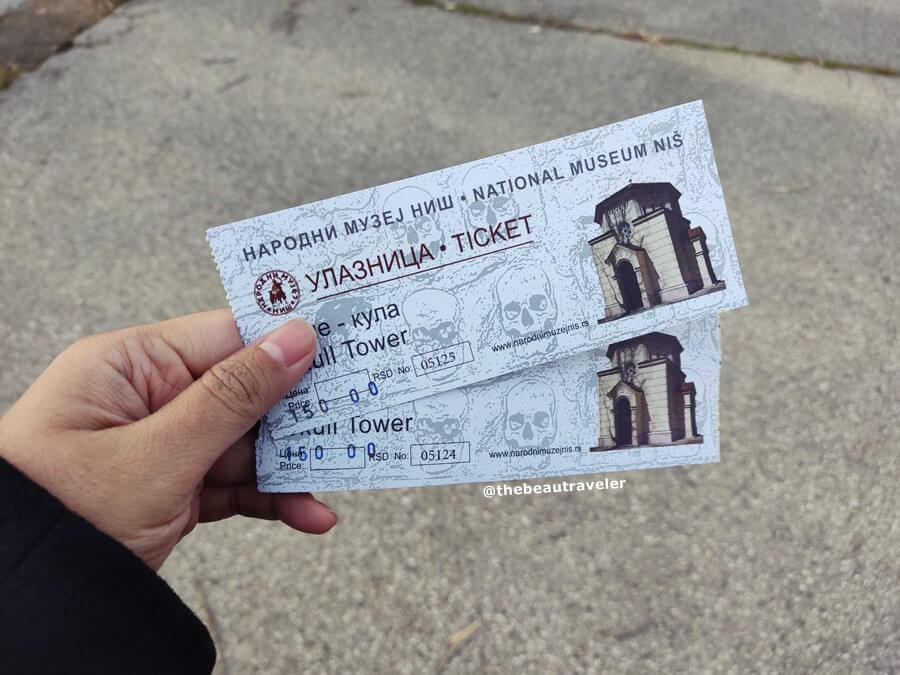
Just like its name, Cele Kula or “Skull Tower” in Nis, the tower was built by the Ottoman Empire during the First Serbian Uprising, following the Battle of Cegar in May 1809. Constructed by order of Turkish general Hurshid Pasha to warn the rebellious Serbs at the time, the Skull Tower has now become a symbol of defiance of Serbs on their first attempt to freedom against the Ottomans.
The original tower contained 952 skulls embedded in a 4.5 meters high building. There are only around 50 skulls left in the tower walls today, but of course it wouldn't lessen the tragedy behind the construction itself.

I'm not sure how much the ticket is for regular tourists, because for some reason the lady at the ticket counter gave Dora and me a special discount for students, and we only paid 150 dinar (around $1.3 USD) per pax. But I don't think it will exceed 300 dinar.
The chapel of the Skull Tower itself isn't that big, to be fair. The shape of the tower reminds me of the memorial tower I've seen at the Killing Fields in Phnom Penh , I could be wrong but the Skull Tower in Nis looks slightly smaller than that.
In one corner, there is a skull that is believed to be Stevan Sindjelic, the Serbian revolutionary commander who decided to conduct a suicidal explosion to kill himself, along with the Serbian and Ottoman soldiers on the Battle of Cegar.
20. Nis Fortress
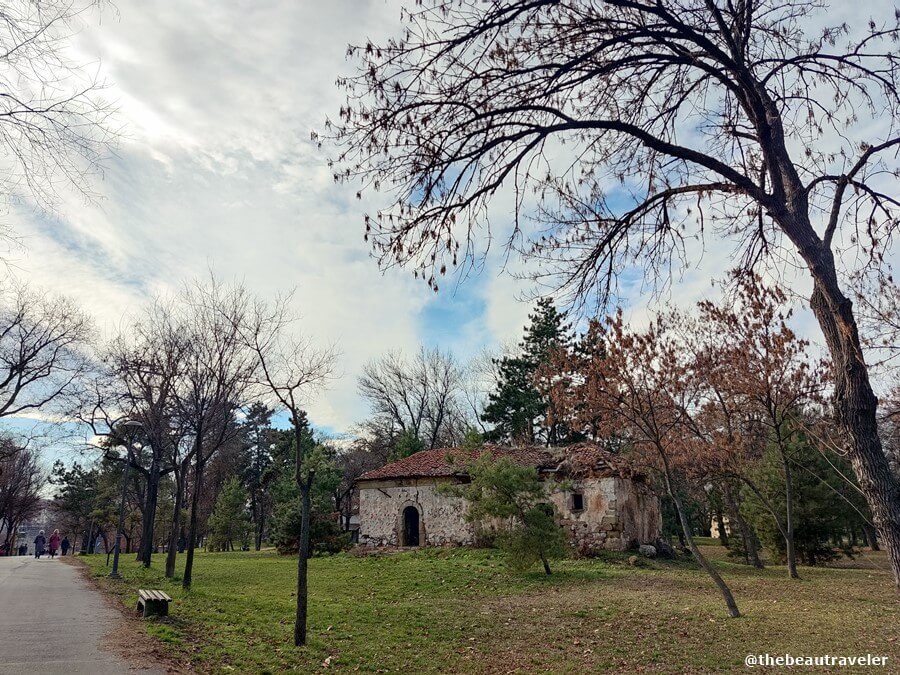
If the Skull Tower is located a bit farther from the city center, Nis Fortress is only walking distance from the main city square in Nis. An ancient area with a long history situated on the right bank of Nisava River, you shouldn't miss Nis Fortress on your itinerary in the city.
Compared to Petrovaradin and even Belgrade Fortress, I personally think Nis Fortress more fascinating. The Ottomans completed the construction of the fortress in the 18th century, Nis Fortress was built over the remains of Roman, Byzantine and Medieval forts.
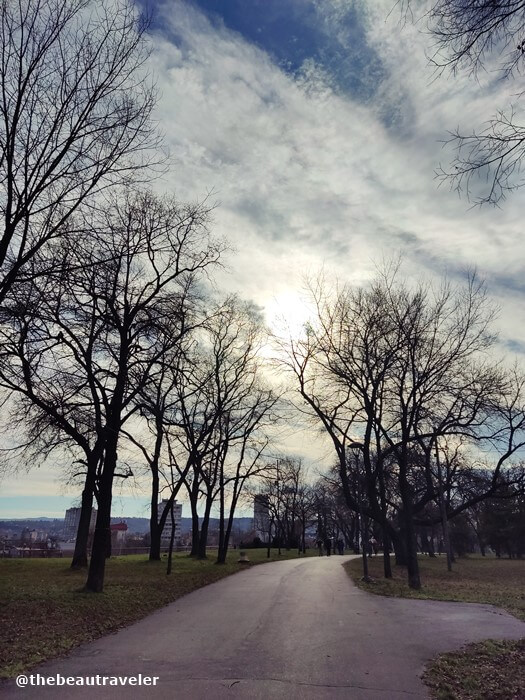
If Petrovaradin Fortress has become the venue of EXIT Festival in Novi Sad, the amphitheater of Nis Fortress has been used as the location for Nis Film Festival , which is also the most attended film festival held in Serbia. Formerly the biggest film festival throughout Yugoslavia, Nis has been the venue for the event since 1966.
Even if you don't visit Nis Fortress during its peak season, the area is definitely an excellent place for a relaxing stroll while tracing back the time of its turbulent history. Close to the entrance at Stambol Gate, there's an outdoor cafe where you can stop by to take a sip of coffee before exploring the fortress area.
The fortress area is quite huge, I think you can spare 1-2 hours around the fortress and you may still miss a spot or two. There, you can find a small mosque called Bali Bey Mosque. Not sure if it was named after Malkocoglu Bali Bey or someone else.
You can also see the other ruins of the fortress, from the famous ruins of the ancient street, the old gunpowder magazine, and even some ancient tombstones and sarcophagus.
I'm not sure if it has any significant value behind it, but I suppose it has something to do with the fact that Nis Fortress is also the venue for Nis Jazz Festival, but in some parts of the ruins, you can also see some beautiful mural around the fortress.
21. Crveni Krst Concentration Camp

Another place to visit if you're a dark tourism enthusiast planning to go to Nis. Crveni Krst or Red Cross Concentration Camp was initially built as a transit camp during World War II. Operated by the German Gestapo, the concentration camp was where around 35,000 Serbs, Jews, and Romanis were captured during the war.
On the 12th of February 1942, 150 inmates managed to escape and killed 11 guards at Crveni Krst Concentration Camp in Nis. However, as a result of this attempt, 1100 hostages were killed at Mount Bubanj later that month.
Liberated by the Yugoslav Partizan in 1944, approximately around 10,000 people were killed at this concentration camp in Nis.

In 1967, a memorial museum started operating on the former campgrounds and you can visit Crveni Krst Concentration Camp with an entrance ticket for 200 dinar (around $1.78 USD) per pax.
On the first floor, you can read the details of the history behind the concentration camp. You can also see the illustration of the barracks where the Nazis kept the prisoners in the 1940s.
On the second floor, you can also see the list of documented inmates who had been imprisoned at the concentration camp during its operation. As Germans destroyed most of the relevant documents that shows the exact number of prisoners at the camp, there are only around 1900 names written there.
You can also climb to the loft and see the cells with the original barbed wires used as a punishment for the prisoners. During our visit at Crveni Krst Concentration Museum, we also encountered a Serbian dude who recommended a movie called Lager Nis . The latter is an old movie entailing the story of the night on the 12th of February in 1942.
The Summary of Traveling to Serbia
I spent most of my time in Belgrade when I was in Serbia for a month. I wish I could explore more places in Serbia, but the minor hiccup when I got pickpocketed left me no choice but to modify my plan, so I didn't get a chance to visit a few places on my list, including Avala Tower and Tara National Park.
However, if I could sum up a few things about traveling to Serbia, here are some things I'd like to highlight.
Is it safe to travel to Serbia?
I'm not a fan of this question in particular, but I will give you some context for you to decide whether Serbia is safe to travel or not .
I traveled to Serbia during the holidays, meaning I was in Serbia for Christmas and New Year. My purse got stolen in Belgrade on the 28th of December, and when I returned to Belgrade after the road trip with Dora, I met another Haidar, a fellow Indonesian traveler who also got his phone stolen on the bus.
Now, I'm not sure if it occurs regularly in Belgrade with pickpocketers and all that, but when I spoke to Haidar, we just tried to be positive and assumed that people in Serbia were desperate during the holidays as they needed money to buy gifts for their family.
Nonetheless, better be prepared than sorry, so if you get on a public transportation in Serbia, be it a city bus or a mini bus, always make sure that you put your belongings where you can see them, because those pickpocketers are definitely pro!
Apart from that, I think Serbia is relatively safe, even for solo female travelers. I realized that I had to put extra caution when it comes to my belongings compared to when I was traveling in Turkey, but I think it would be so exaggerating to say that Serbia isn't safe to travel to.
What are the requirements to travel to Serbia?
Serbia is quite chill when it comes to Covid-19, to be fair. It was only in Serbia that I rarely saw people wearing masks on the public transportation. As per March 2022, there are no restrictions to enter Serbia, so I don't think it's necessary for you to take a PCR test in order to travel to Serbia.
Since I traveled to Serbia before March, I still took a PCR test in Izmir before leaving to Serbia. During my travel to Serbia, showing your vaccination certificate was also mandatory after 8 PM. The regulation about this has also been lifted in March 2022.

Is Serbia expensive for tourists?
Not really. You can visit a lot of must-visit places in Serbia for free, and even if they come with an entrance ticket, the price rarely exceeds $5 USD.
And even though Serbia doesn't have a metro, public transportation in big cities like Belgrade, Novi Sad, or Nis is pretty reliable and affordable. For me, I got used to checking the public transportation line using Google Map, but I found the information is not available in Novi Sad, although it worked perfectly in Belgrade. When I traveled to Novi Sad, I relied on Moovit app to check the public transportation route I could take around the city.
There's also some differences in the public transportation system in each city. In Belgrade, you can purchase Busplus, a bus card that you can get at the nearest Moj Kiosk to travel around the capital city with the public bus. In Novi Sad, you can pay directly to the driver if you use a public bus there.
So, unlike bus systems in Turkey like the one in either Istanbul or Izmir, all doors would be opened for the bus in Belgrade, making it harder for the authority to check who properly pays for the ride and who doesn't. However, refrain from cheating the system because they will occasionally conduct the inspection and if you get caught without the card or there's no proof that you've paid for the bus ride, you will get fined for up to 6000 dinar!
Over all, I find Serbia quite affordable to explore. The only downside was when I was craving Asian food, because I realized that the food was expensive and the taste was kinda mehhhh… LOL.
So yeah, those are some tips about traveling to Serbia and some places you should visit if you get a chance to stop by this ex-Yugoslavian country. Do you have any additional advice about traveling to Serbia that you'd like to add? More recommended place to stop by Serbia? Drop a comment below, and cheerio! 🙂
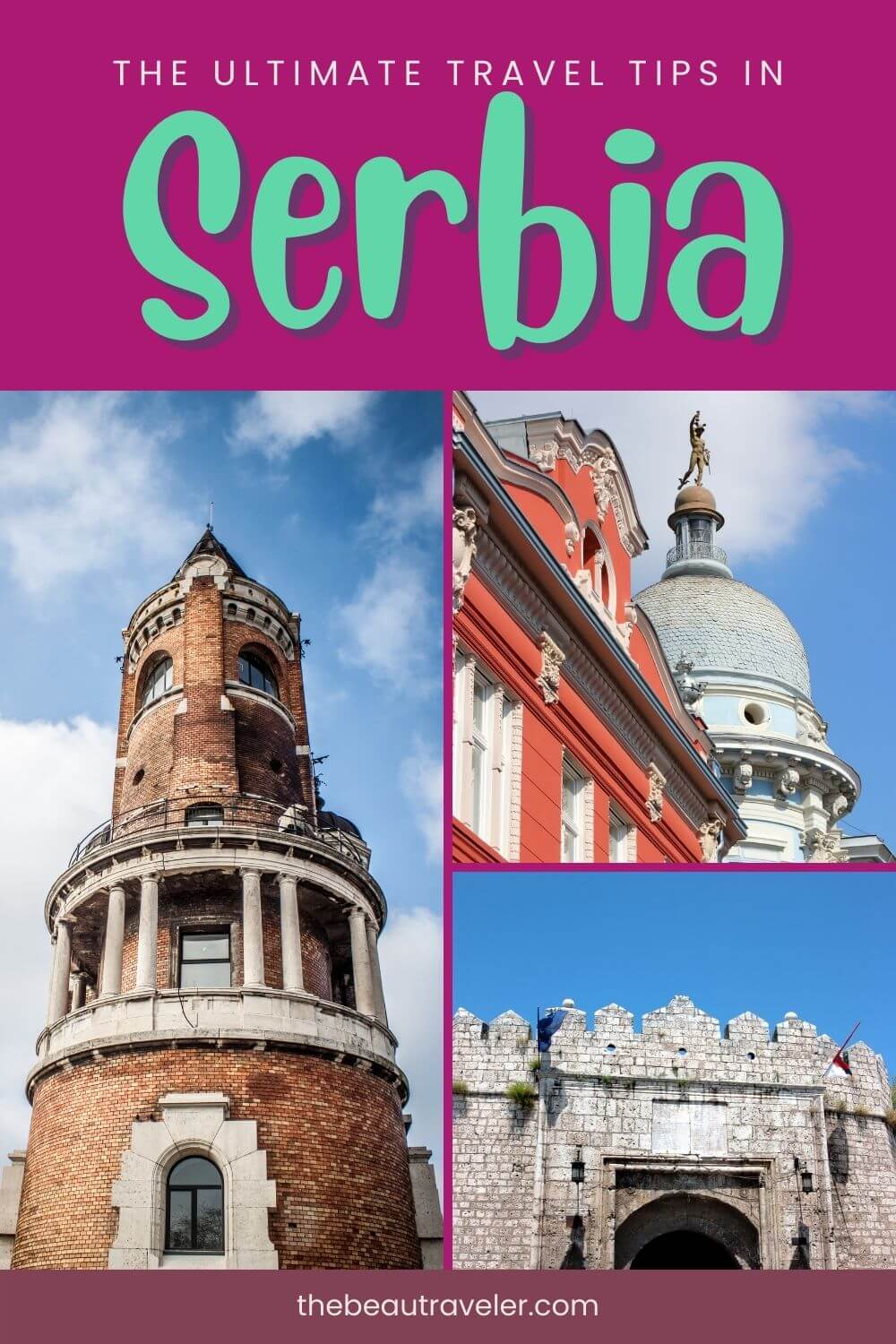
Marya The BeauTraveler
I am the founder and main editor at The BeauTraveler. I spent 4 years working in the aviation industry but ironically got to travel more right after quitting the industry in 2015. Born and raised in Indonesia, I started working remotely in 2017, and while I stay at home most of the time, I also regularly spend 2-3 months living a semi-digital nomad life elsewhere every year.
Like my post?

Regions [ edit ]
Serbia can be divided into five regions and one de facto independent republic:

Disputed territory [ edit ]
The status of Kosovo — an Albanian-majority land today though historically part of Serbia and the site of the 1389 Battle of Kosovo, to this day a highly charged event in which the Serbian defenders were annihilated but also killed most of the attacking Ottoman forces and the Ottoman Sultan in the process — is quite controversial in Serbia, which does not recognise the region as independent.
Understand [ edit ]

Serbs are a warm people and welcoming towards foreigners. Most younger Serbs will speak some English and will be eager to practise it (seniors, however, are more likely to speak German and/or French), so you will be able to find your way around by asking directions. Most tourists come to Serbia in the summer and you can often hear German, Italian, French and English in the streets of Belgrade, while Slovenian tourists pour in for the New Year holidays.
Climate [ edit ]
In the north: continental climate (cold winters and hot, humid summers with well distributed rainfall); central portion: moderate continental climate; and to the south: hot, dry summers and autumns and relatively cold winters with heavy snowfall.
Geography [ edit ]
Extremely varied: to the north, rich fertile plains; to the east, limestone ranges and basins; to the southeast, ancient mountains and hills. Although the region around the town of Mionica has been known for some earthquakes, these were by no means destructive. The highest point is Đeravica at 2656 m.
History [ edit ]
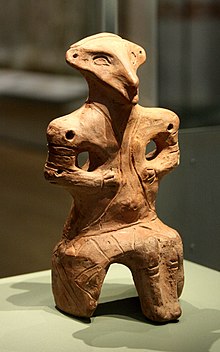
There were seventeen Roman emperors born in the territory of today's Serbia, more than in Gaul ( France and Belgium ), Iberia ( Spain and Portugal ) or indeed any other modern country's territory but Italy , and they all left monuments and built palaces in or close to their birthplaces. It may well be that the oldest ever found human settlements in Europe, if not in the world, can be found in country of Serbia. The longest stretch of the river Danube, longer than in any other European country is in Serbia. The giant hydroelectric dam of Đerdap has created a lake stretching for many miles out of the Đerdap Canyon with its famous Roman road to the East build by the Emperor Trajan.
The first Serbian state under that name was formed in the late 8th century, becoming a kingdom in the 12th century and expanding by the mid-14th century to an empire that comprised most of the Balkans. In 1389, however, the Serbs lost a decisive battle in the Kosovo field against the Ottoman Empire . Serbia managed to preserve its freedom for another seventy years, only to be finally overwhelmed by the Turks in 1459.
With several brief interludes of 2-5 years each and one longer one (1717-1739) when the territory of Serbia south of the rivers Danube and Sava was incorporated into the Austrian Empire , it remained under Ottoman rule until an uprising in the early 1800s grew into a full-scale war (Serbian Revolution aka First Serbian Uprising) led to the restoration of Serbian autonomy in 1815 and full independence in 1837. However, after 160 years under the Turks (the same as most of Croatia and Hungary), Northern Serbia (Vojvodina) was under the Austrian rule from the 1690s.
The 1914 Austro-Hungarian invasion of Serbia following the assassination of Archduke Ferdinand by an ethnic Serb high school student precipitated the first World War . In its aftermath in 1918, victorious Serbia gathered all south Slav lands (Croatia, Slovenia, Slavonia, Dalmatia, Bosnia and Hercegovina, and Montenegro) into the Kingdom of Serbs, Croats, and Slovenes; The country's name was changed to Yugoslavia in 1929. Invasion and occupation by Germany and Italy in 1941 during World War II was resisted by the communist-led guerrilla (Yugoslav Partisans), and at times by the Royal Yugoslav Army in fatherland (Chetniks), commanded by Lt.-Gen Dragoljub Mihajlović; Chetniks at times fought both invaders and Partisans, switching sides between resisting to openly collaborating with the invaders. The Partisans, commanded by Field-Marshal Josip Broz Tito, emerged victorious and formed a provisional government that abolished the monarchy and proclaimed a republic in 1946 after a dubious referendum. At the end of the war, nearly all ethnic Germans left the country. Although pro-Communist, J.B. Tito's new government was heavily anti-Stalinist and successfully steered its own delicate path between the Warsaw Pact nations and the West for the next four and a half decades.
In the early 1990s, post-Tito Yugoslavia began to unravel along ethnic lines: Slovenia , Croatia , and the Former Yugoslav Republic of Macedonia all split from the Yugoslav Union in 1991; and Bosnia and Herzegovina in 1992. All of efforts to preserve Yugoslavia were unsuccessful and bloody civil wars broke out in Croatia and in Bosnia. The remaining republics of Serbia and Montenegro declared a new "Federal Republic of Yugoslavia" (FRY) in 1992. Slobodan Milošević was elected the first president of Serbia.
In the late 1990s, the conflict with the Albanian separatist movement in Kosovo led to a NATO bombing campaign and direct intervention in support of the separatists, which left the placement of Kosovo under a UN administration. Slobodan Milošević, by this time elected for the president of the federation, lost in the Federal elections in the fall of 2000 to Vojislav Koštunica. The country reestablished its membership in the UN and started preparations to join the EU. However, progress on EU accession talks has been slow, as the EU has demanded that Serbia recognise Kosovo's independence as a prerequisite for membership.
In 2002, the republics of Serbia and Montenegro began negotiations to forge a looser relationship, which led to the 2003 name change of the country to "Serbia and Montenegro". Serbia and Montenegro dissolved in June 2006 when the Montenegrin independence referendum was approved by a narrow margin. Kosovo unilaterally declared its independence from Serbia in 2008; however, this act remains unrecognised by Serbia and many other countries.
National holidays [ edit ]
January 1–2 (New Year's Day), January 7 (Eastern Orthodox Christmas), January 14 (working day) (Orthodox New Year), January 27 (working day) (Saint Sava's Feast Day), February 15–16 (Sretenje/Groundhog Day (Candlemas)/Serbian National Day), Good Friday and Easter Monday (according to Orthodox calendar), May 1–2 (Labour Day), May 9 (working day) (Victory Day), June 28 (working day) (Vidovdan/St Vitus Day) and November 11 (Armistice Day) are designated as state holidays. Major retail establishments such as supermarkets and shopping malls remain open on all of these days except January 1 and January 7. There are also several officially designated days on which only the members of certain religious minorities have the right for a day off. In practice this means that in the northernmost areas of the country, including Subotica , where there is a sizeable Catholic population, many shops close on December 25 - Christmas Day according to the Gregorian calendar.
Measures [ edit ]
Serbia, like most countries in the world, uses the Metric system .
Visitor information [ edit ]
- Experience Serbia
Talk [ edit ]
The official Serbian language is similar to Croatian and Bosnian, and mutually intelligible with them to a very high degree. Before the era of nationalist linguistic policies and the breakup of the former Yugoslavia, all of those dialects were all known as Serbo-Croatian. Today, people in the former Yugoslavia no longer use this general term for what remains a common language. The written form is officially written with Cyrillic script in the country but occasionally in non-governmental situations, the Roman alphabet is used.
English is commonly spoken by younger adults who grew after the fall of communism, and they are also quite willing to practise it with foreigners. On the other hand, older people who grew up under communist rule rarely speak any English. You can also try with German, French, Russian, Spanish or Italian which are taught in school.
If you speak other South Slavic languages such as Bulgarian and Macedonian, it can prove to be occasionally helpful for you, as those languages have many similarities with Serbian. Older people may speak Russian or German as they were the main foreign languages taught in school during the Yugoslav era, though they have been largely supplanted by English among the younger generation.
In Vojvodina, most people speak Serbian, but other languages are also used. In some towns near the Hungarian border, you are more likely to hear Hungarian. There are many smaller minorities (Slovaks, Romanians, Roma people), who often speak their native languages.
In churches, the liturgical language is Church Slavonic , which differs significantly from any modern Slavic language.
Get in [ edit ]
Entry requirements [ edit ].

Foreign nationals of the following countries/territories can enter Serbia visa-free ( Government website ):
- For up to 90 days in 6 months: Albania , Andorra , Argentina , Armenia , Australia , Austria , Azerbaijan , Bahrain , Belgium , Bolivia , Bosnia and Herzegovina , Brazil , Bulgaria , Canada , Chile , Costa Rica , Croatia , Cuba , Cyprus , Czech Republic , Denmark , Estonia , Finland , France , Germany , Greece , Holy See , Hungary , Iceland , Ireland , Israel , Italy , Japan , Latvia , Liechtenstein , Lithuania , Luxembourg , Macau , Malta , Mexico , Moldova , Monaco , Mongolia , Montenegro , Netherlands , New Zealand , North Macedonia , Norway , Oman , Peru , Poland , Portugal , Qatar , Romania , San Marino , Seychelles , Singapore , Slovakia , Slovenia , South Korea , Spain , Sweden , Switzerland , Tunisia , Turkey , United Arab Emirates , United Kingdom , United States , Uruguay
- For up to 30 days, extendable up to 90 days within any 180 day period: Belarus , China , Kazakhstan , Russia
- For up to 30 days within any 60 day period: Ukraine
- For up to 30 days within one year: Bahamas , Barbados , Colombia , Georgia , Guinea-Bissau , India , Indonesia , Iran , Jamaica , Paraguay , Saint Vincent and the Grenadines , Suriname
- For up to 14 days: Hong Kong
Citizens of the following countries can enter and stay up to 90 days in 6 months with their National ID card: Austria , Belgium , Bosnia and Herzegovina , Bulgaria , Croatia , Cyprus , Czech Republic , Denmark , Estonia , Finland , France , Germany , Greece , Hungary , Iceland , Ireland , Italy , Latvia , Lithuania , Luxembourg , Malta , Montenegro , Netherlands , North Macedonia , Norway , Poland , Portugal , Romania , Slovakia , Slovenia , Spain , Sweden , Switzerland , United Kingdom .
Valid visa holders and residents of the European Union and Schengen Area member states and the United States can enter Serbia without a visa for a maximum stay of 90 days within 180 days, provided the visa remains valid for the entire length of stay.
Serbia has announced that visitors with Kosovar visas or passport stamps will not be allowed into the country. However, it seems that instead, the visas and stamps will be overstamped with a "cancelled" stamp. Entering Serbia through Kosovo without a Serbian entry stamp is considered as an illegal entry and can be met with stiff penalties; however, leaving Serbia via Kosovo is not a problem.
Customs controls are fairly straightforward, but a notable regulation is that you are allowed to move only 120,000 Serbian dinars (RSD) into and out of the country, and notes larger than RSD 1000 are not allowed to move across the border. You can take up to €10,000 through the border without declaration. Since bank transfers from Serbia are still difficult cash is still the easiest option for medium sums.
By plane [ edit ]
- Belgrade The main airport of Serbia is the Belgrade Nikola Tesla Airport ( BEG IATA ), 15 km from downtown Belgrade. Major European airlines fly to Belgrade. Serbian national airline Air Serbia flies to all major cities in Europe, northern Africa and the Middle East. Another airline with many destinations from Belgrade is Wizz Air .
- Niš - Serbia's second international airport is in Niš: Niš Constantine the Great International Airport ( INI IATA ). Air Serbia, Ryanair and Wizz Air operate here several routes. Airplane tickets to Niš tend to be very cheap, but planes fly there only from a few European destinations.
- Kraljevo (Morava Airport, also known as Lađevci) - small regional but international airport ( KVO IATA ), served by Air Serbia from Istanbul, Tivat, Vienna and Thessaloniki. There are no direct connections to town apart from taxi or rental cars. However, buses on the Belgrade-Kraljevo service pass along the highway 1km from the airport. To get there from Belgrade, buy ticket to Lađevci, ask the driver to be dropped off at the Tavnik gas station and walk 1 km to the terminal.
By train [ edit ]
Serbian railways are not in the best condition these days - as of summer 2022, most international train routes are closed, with direct trains from to Belgrade from Zagreb, Budapest, Skopje, Sofia, Athens, Vienna, Timisoara etc no longer operating. This might get better in the future, when the respective railways are upgraded/rebuilt. There might be some regional cross border services operating, but these are of a little interest to most visitors. The most useful one would probably be the Szeged-Subotica service, innaugurated in 2023.
The only international IC level train operating is one night express per day from Bar. The daytime express that offers scenic views on route operates only during the summer.
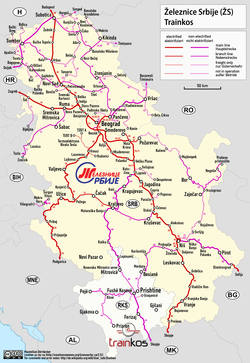
For timetables and all other infos check website of the Serbian passenger railway company .
A cheap way of travelling to or from Serbia might be the Balkan Flexipass .
By car [ edit ]

If your vehicle is registered and insured in an EU country you do not need a green card. Otherwise, make sure that your Green Card has an uncancelled "SRB" box. Coming in from Hungary, the Szeged/Horgos border crossing is notorious for its congestion. If crossing the border from Hungary, try the Tompa/Kelebija crossing point, about 20 km west.
Police are generally stationed at major junctions or at underpasses to control traffic and speed. Drivers commonly warn others of a police presence by flicking the high-beams on two or three times. Police interceptors patrol all major highways. Drivers speeding and/or driving aggressively are stopped. Speeds of up to 140 km/h in 120 km/h zones are usually, but not always, tolerated.
The traffic law is strict. No person under age of 14 is permitted to ride in the front seat, seat belts are obligatory for all passengers, blood alcohol content is limited to 0.03% and fines start at €30 for smaller violations and go up to 60 days in prison and €5,000 for causing a larger traffic accident (both locals and foreigners). Keep in mind that if you kill someone in an accident, a prison sentence will be almost unavoidable. If you are driving on country and local roads, pay attention to the bicycle riders, tractors and other heavy agricultural machines, especially at night! They can be without proper light signalisation and hard to see, so slow down at night.
The highway is tolled, but the toll is no longer higher for foreigners than for locals. Highway tolls cost on average €0.03/km and can be paid in Serbian dinars or euros. They are charged by road section, so it's possible to pay more if only part of section is used. Main roads and populated areas are well covered with gas stations providing you wide range of common fuels (eurodiesel, unleaded petrol, etc.) LPG stations are not so numerous, but are in satisfying numbers on main roads and major cities.
Serbian Auto-Moto Association (AMSS) phone number is 1987 and they provide all kinds of services (information, tows, repairs). Private tow services can be expensive, some a blunt rip-off. Most of the major car companies have their appointed services in Serbia.
By bus [ edit ]
Vienna - Buses leave from Vienna International Busterminal (Erdberg) almost every day. For destinations south of Belgrade, Zoran Reisen coaches leave at 15:00 on Friday, and charge around €45 for a one-way trip.
For more information, see the timetable in English [dead link] (arrivals/departures) of the Belgrade bus station, the Novi Sad public transport company page under "polasci sa autobuske stanice". Polazak.rs also has accurate timetables.
By boat [ edit ]
There are boat tours, which pass through Belgrade. These are Trafalgar Tours in English, which cruise along the Danube and have a two-day stopover in Belgrade.
By thumb [ edit ]
Hitchhiking across Serbia is still acceptable and most drivers will treat you like a friend. However, necessary precautions should still be taken. Generally, it is easy to hitchhike through Vojvodina and much more difficult to hitch a ride from Belgrade to the south, to Kosovo, or North Macedonia and Montenegro. The Hitchhiker's Guide to Serbia [dead link] offers a collection of hitchhiking tips for a number of cities and towns in Serbia. It was made by the members of the Serbia Travel Club, an association of independent travellers from Serbia, and is available in English and Serbian.
By bike [ edit ]
The cycling route EuroVelo 6 which runs from the Atlantic Ocean to the Black Sea, crosses Serbia by following the Danube river. Most of the advised itinerary follows minor paved roads, and directions are clearly indicated by a specific EuroVelo 6 signage.
Although too few cities offer appropriate cyclist-friendly infrastructures, cycling is slowly gaining interest among the population as an economic and sustainable alternative way of touring and commuting.
Get around [ edit ]
Public transportation is generally not in very good shape outside of Belgrade. Trams and newer buses are exclusive to the capital, while intercity transport and transport whithin other smaller cities and towns uses older buses or more expensive minibuses. The coverage, however, is still pretty good in other towns as well. The quality of public transport whithin Belgrade itself is good and has vastly improved lately as most of the bus fleet was replaced by brand new gas powered buses.
The capital itself has around 120 public transport lines which can get you anywhere whithin the city you might want to go. A majority of these lines are bus lines, but some are trolleybus, tram and minibus lines.
Minibuses are way more expensive (~€2 per ride) than regular public transport as they are owned by private companies.
Public transport cost in Belgrade fluctuates depending on the zone you're in. A map of the zones can be found here [dead link] .
A public transport ticket can be either bought directly from the driver upon entering the vehicle or by using a BeoGRADSKA card on one of the card readers inside the vehicle. The card itself costs RSD250 and can be topped up with any amount of money. This card can be bought in kiosks around the city. The money is then deducted from the card every time its scanned. This form of ticket is valid for 90 minutes.
If you intend on buying the ticket from the driver make sure you have the exact amount in rsd as drivers are more often than not unable to give back change.
The cost of a ticket is as follows (as of Jan 2023):
- BeoGRADSKA card : valid for 90 minutes.
Zones 1 and 2: RSD90,
Zone 3: RSD90,
Zone 4: RSD90,
Zones 1—3: RSD130,
Zones 1—4: RSD270,
Zones 3 and 4: RSD180.
- One time ticket bought from the driver : valid until you get off the bus.
Zones 1 and 2: RSD150,
Zone 3: RSD150,
Zones 1—3: RSD300,
Zones 3 and 4: RSD300,
Zones 1—4: RSD400
On minibus lines you must buy tickets from the driver. They cost RSD200 for regular minibus lines and RSD400 for the airport minibus line (A1).
The most common and convenient way of getting around Serbia is by bus. See Bus travel in the former Yugoslavia for more information. For timetables (though not the prices) you can check polazak.rs

Trains in Serbia are considerably slower than most of Western/Central Europe, but they can be a quite scenic way of seeing the country. On most of the routes trains are also slower than buses, exceptions being the lines running from Belgrade to Novi Sad, and to the Croatian border (Šid). They can be a lot cheaper (up to 40%), however. Trains are considerably more often on time, but the intensity of rail services has been decreased on most lines (with some international lines being suspended).
Most railways journeys are operated by new trains (Stadler Flirt for electrified lines and Metrovagonmash RA-2 for non-electrified ones, but you can still find some of the older trains in use on peripheral lines (JŽ class 412/416 made in the Soviet Union), and even some of the old East German diesel rail-buses (Šinobus), latter, mostly in regional use in Banat) and more regular locomotive-hauled trains serving international lines.
All trains are operated by Serbian Railways' passenger branch SrbijaVoz [dead link] . (timetables available, though, for some reason, prices are available just for certain routes. For train prices for all routes you can check polazak.rs . You would need to choose a railway station in the places you are travelling to (marked with a train symbol, and followed by ŽS .
In 2022 a train line from Novi Sad to Belgrade was opened. This is a semi-high speed rail, reaching Novi Sad in around 30 minutes. The ticket costs RSD400.
Train types [ edit ]
There are several train types in regular passenger service, but the type of the train rarely influences the actual journey time, or train speed. They also differ slightly in prices.
Brzi (Fast) trains (marked with a B on timetables), which theoretically stop on fewer stops (though this mostly means, the most peripheral ones).
RegioEkspres trains (marked with a Re on timetables), which stop on most stations (this usually means all).
These two types of trains have a supplement that is added to the ticket (50 RSD for journeys up to 50 km, and 100 RSD for journeys over 50 km, for Re trains, and 100 RSD for B trains)
Putnički (Passenger) (marked with a PT on timetables) trains, which stop at all stations and don't have a supplement. This type is becoming increasingly uncommon as ŽS is phasing it out in favour of Re trains.
Train travel times and prices [ edit ]
Train travel in most of Serbia is in no way time-saving, though it can be a very good option for budget travelers. There are (in theory) two classes in B and Re trains (1st and 2nd, 1st being 20% more expensive)), though this is increasingly meaningless as new Stadler and Metrovagonmash trains have very few 1st class seats (4 in every train), and they are almost always taken by the conductors, and getting them to move can be challenging. There is almost never a 1st class carriage on most international trains either.
Travel times on most lines are much longer than travelling by bus, and many cities in Central Serbia aren't connected to Belgrade directly (and timetable planners don't make it a priority to allow for fast and easy changes). This situation leaves a prospective train traveler with few possibilities of enjoying rail travel to smaller cities.
Generally, it is easier, cheaper and more comfortable (and sometimes faster) to take a train from Belgrade to Novi Sad (40 mins, ~400 RSD one way). Traveling from Belgrade to Niš is another option, though this journey is much longer than by bus (~5½ hr opposed to ~3 hr), and can get very uncomfortable if you're traveling in newer Stadler trains, as their seats were built for shorter travel times (it can also be very frustrating to sit in a completely modern train with an LCD screen constantly showing you travel speeds of 45 km/hr). This journey can, on the other hand, be a very nice, and scenic experience, if you, for example, take a PT train from Zemun (departing Belgrade Centre station at 15:22 and arriving at 20:52, costing 784 RSD) which is still operated by old compartment carriages and locomotive hauled (and almost always completely empty (June 2022).
The long-lasting change (starting in the 1980s) of Railway Terminals from Glavna Železnička Stanica Beograd (Belgrade Main Railway Station) to Beograd Centar/Prokop (Belgrade Centre/Prokop) has been (as of the 2017/18 timetable) completed. All trains go to Beograd Centar, the old station has been closed permanently. The problem with this is that Beograd Centar is mostly unbuilt, having only the platforms and no station building, and being infamously hard to reach (as Belgrade locals like to say, it has only 1½ bus lines going to it (one going from nowhere to nowhere and another (very irregularly) going from nowhere to Slavija square). If you are going from Novi Sad, Subotica or Šid, you should consider exiting the train at Novi Beograd and taking a bus or a tram to the city centre. Or you could take the city railway (BG:Voz from Beograd Centar either to Novi Beograd or Karađorđev Park/Vukov spomenik, which are more centrally located. Avoid trains arriving late at night because neither Novi Beograd Station nor Belgrade Centre are a good place to be at night, and there is virtually no public transport there after 23:00. Beograd Centar was built as a railway hub for the Yugoslav Railways, and was planned for many more and much bigger trains that it sees now, so be sure you're waiting at the right platform and stay close to the middle, because otherwise you might miss your train.
You must buy tickets at the train station before boarding the train (unless the ticket window is closed (usually only very late at night, and never in main cities). A ticket is valid for a specific train, not (as is common in Western Europe, a line), so you can't hop-on hop-off. Tickets are not sold online.
The cashiers usually speak little English, so you should have a piece of paper with your destination written on it, and if you don't want to the next train, the number of that train. The cashier will sometimes ask you if you want a reservation, and if you speak no Serbo-Croatian, they will usually put it without asking. This reservation costs RSD110, and has no real purpose, as it only guarantees you a seat, and trains are almost never full (except the Belgrade-Novi Sad line). Also, even if you have it, conductors can be unwilling to fight other passengers to give you the seat, and you can bet that no one on the train will have a reservation for a particular seat you take. If you don't wish to take the reservation you should just say bez rezervacije (bez rezervatsiye) when buying a ticket.
Roads are in a good shape. The main motorways are completed, going in East/West and North/South direction, with toll gates at every exit and before major cities. When going outside the motorways, the roads are well maintained, but full of pedestrians, and somewhat erratic drivers. Aside from the motorways, the roads usually go through the centers of towns and villages, which slows down most journeys. As the public transportation is often lacking, cars tends to be the only viable way of getting to more remote parts of the country. Police checks are common like in other European countries (not very common). Google Maps and other major navigation providers work well in Serbia, just prepare yourself with offline maps if you don't want to spend a fortune on data roaming.
Gas is usually slightly cheaper than in nearby EU countries, but still expensive by non-european standards.Shopping around for cheaper gas is not necessary.
In Serbia, there have been attempts to scam motorists by stopping a car and telling them it is faulty. Tourists are advised to go to a local garage to have their car repaired, where exorbitant repair prices are charged. Scam attempts have been made on the Belgrade-Nis motorway, among others. It is advisable to use only authorised repairers.
See [ edit ]

Serbia's many sights include stunning castles, Medieval monasteries, lovely traditional villages and bustling cities with baroque parks and art-deco architecture.
Cities and villages [ edit ]
Its capital, Belgrade , is a lively and upcoming European city with the Sava and Danube rivers running right through it. Certainly not a boring city, it has a plethora of interesting destinations, old and new.. Stroll through Prince Michael Street, the cities main pedestrian street, or stop by for a drink in one of Skadarlija 's many restaurants. There are a lot of old buildings on all four banks, including the huge Kalemegdan Fortress , that has been built, modeled and remodeled by the Celts, Romans, Byzantines, Serbs, Austrians and Turks in a time span of over 2000 years. Once an important military fortification, it now serves as a central park of Belgrade with beautiful views facing the north-west. Within the fort is a zoo, a military museum, a couple churches rich in history, galleries, parks, sports fields, etc. It has a multitude of various towers and ports, and two long walking/biking paths along both rivers. Other Belgrade sights include the modern Temple of Saint Sava , the National Museum and the Old Court Palace . The river island Ada Ciganlija has an artificial lake and an 8 km long gravel beach, and is a close option if one doesn't want to bathe in pools. Should one want the contrary, Tasmajdan park is, along with the famous church of St. Mark, filled with pools and even houses a water polo team. It's a lively place with lots of sports and entertainment, cafes and restaurants, some of which are opened the whole year round. Zemun , now part of the Belgrade urban area, developed under Hungarian and later Habsburg influence for most of its history and is a pleasant area with a distinct feeling dissimilar to Belgrade. It offers plenty of entertainment and restaurants on its Zemun quay , on the bank of the Danube.
Novi Sad is another delightful city, with the Petrovaradin Fortress (one of the greatest and best preserved 18th-century fortresses in Europe) as its main sight. The city also has a number of lovely parks that just ask for a long afternoon stroll or picnic. Sremski Karlovci near Novi Sad has a rich history, numerous monuments, museums, churches, galleries and famous wine cellars. Town of Novi Pazar , your last stop before Kosovo , has a distinct Turkish heritage and a bunch of great monasteries in the surrounding area.
Mokra Gora is a village reconstructed in a traditional style in the popular mountain region of Zlatibor . The village of Sirogojno is in the same region, with a nice open air museum and lots of traditional crafts on display. Very nearby is the traditional village of Drvengrad , also known as Mećavnik , which the Serbian film director Emir Kusturica built for his film Life is a Miracle . After you see the villages, Zlatibor offers some great ski-resorts, hiking trails and landscapes. Or hop on the Šargan Eight , a narrow-gauge heritage railway running from Mokra Gora to Šargan Vitasi station (Zlatibor and Tara mountains). When it comes to the number of bridges and tunnels, and the rise of 18 per thousand, Sargan Eight is unique in Europe and a ride on the 8-shaped track is a popular pass time for tourists.
Monasteries [ edit ]
Serbia is home to a great number of Medieval orthodox monasteries, many with excellent fresco masterpieces inside. The 12th-century monastery of Studenica (near Kraljevo ) is one of the finest examples and recognised by UNESCO as a World Heritage Site. Its two churches are built in white marble and boast some stunning 13th and 14th century Byzantine paintings. Žiča , also near Kraljevo , was founded around 1207 and painted red as a symbol of the blood of the martyrs of the early Christian church. The frescos at Sopoćani (near Novi Pazar ) are considered some of the finest examples of their time, and the monastery is on the World Heritage list together with ruins of ancient Stari Ras , once the capital of the Serbian state of Raška but deserted in the 13th century. The fortified Manasija monastery near Despotovac is protected by massive walls and towers, and although much of its original frescos were damaged beyond repair during the Ottoman rule, it's still well worth a visit. In the beautiful Kučaj mountains, Ravanica near Ćuprija was assaulted, damaged and rebuilt time and again during history. It is the burial place of Lazar of Serbia, who is a saint of the orthodox Serbian church and a hero in Serbian epic poetry. Other fine monasteries include the Mileševa monastery near Prijepolje , with its world famous "White Angel" fresco, and Krušedol near Syrmia . The famous medieval monasteries were protected by UNESCO are: The Pec Patriarchate (monastery), Gracanica monastery, and the monastery of Visoki Decani.
If you stay only in Belgrade, be sure to visit Frescoes museum in the centre which will provide you with a glimpse of a Serbian fresco paintings as it holds copies of the most famous and beautiful frescoes from various monasteries.
National parks [ edit ]

Of the several national parks and natural areas in the country, Fruška Gora is undoubtedly one of the best. Dotted with ancient monasteries and wineries, it combines orchards and vineyards on its vast plains with tight forests on its plains. The Tara National Park covers some 20,000 hectares in the west of the country. There, the steep gorges of the Drina river and the high mountain peaks provide some stunning views that make a long hike well worth your effort. The mountainous landscape of Kopaonik , in the south, offers some great ski and snowboard opportunities, great views and a rich flora.
Largest national park in the country is Đerdap in the eastern part of the country, on the border with Romania. It consists of the Djerdap (Iron Gate) gorge thru which the river Danube runs and its beautiful surroundings of almost untouched nature. It is simply breathtaking and best experienced from a boat cruise. It can be also toured by bus or a car with many belvederes to stop and enjoy its views. EuroVelo 6 cycling route also runs through it.
Spas and resorts [ edit ]
Serbia is the land of spas. There are many thermal and mineral water springs and most of them are turned into healing and resting resorts. Vrnjačka Banja is the largest and most popular of them and is traditionally very attractive tourist resort for rest and recreation. It's the only mineral spa with a water temperature to match that of the human body, 36.5 °C. Sokobanja is another famous spa and tourist place in Serbia known for its moderate continental climate and untouched nature - immense surfaces of woods, fresh air and a lot of thermo-mineral sources. Palić is a lovely city in the north. Its baroque parks, monuments of art nouveau architecture and a long tradition in catering made it a fashionable summer resort and spa for the 19th and 20th century elite.
Archeological sites [ edit ]

Viminacium near the village of Stari Kostolac is an important archaeological site and was Serbia's first excavation project in the 1880s. It was once the provincial capital of the Roman province of Moesia (today's Serbia) and dates back to the 1st century. At the site you'll find archaeological remains of temples, streets, squares, a large amphitheatre, palaces, hippodromes and Roman baths. Another major archaeological site (and doubling as a spa) is that of Gamzigrad . It hosts the remnants of an ancient Roman complex of palaces and temples called Felix Romuliana , and is considered one of the most prominent and best preserved late-Roman sites.
Lepenski Vir , situated in national park Đerdap, 160 km east of Belgrade, between towns of Golubac and Donji Milanovac, is the site of oldest neolithic settlement in Europe and is part of UNESCO world heritage. It is very well preserved and famous for its fish-like sculptures. From neolithic period there is also an archaeological site Vinča, less spectacular though, but a must - see. It is in Belgrade suburb of Vinča, 20 km from city centre.
Sremska Mitrovica is a town over the remainings of Sirmium, a provincial capital of the Roman Empire , destroyed in attacks by Avars in 505 AD. The remainings are under the whole town, but there are exposed excavations on several places. Ten Roman emperors were born in or around Sirmium. It was the capital of the Panonnia province and the Praetorian prefecture of Illyricum.
Festivals and nightlife [ edit ]
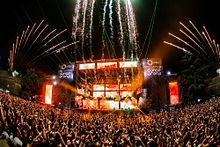
Foam Fest - Belgrade Foam Fest is a spectacular electronic music stage event. It began in 2009 and more than 60,000 people have visited it since then. LED screens arranged all over the Arena, with hundreds of light guns, lasers, robo heads and other light and sound equipment, numerous foamfalls and foam guns will classify this event again as a manifestation that sets new production standards in Serbia and the region Belgrade Foam Fest [dead link] .
Exit festival – Biggest music festival in SE Europe, that is happening in the beginning of July, in Novi Sad, on Petrovaradin fortress [1] .

Festival of traditional brass bands, "Trumpet Festival" in Guca village is held every year at the beginning of August.Festival of traditional brass bands, "Trumpet Festival" in Guca village 20 km from the town of Cacak. During the festival in this small town a few days to go over half a million visitors.The festival in Guca is perhaps the biggest festival of this type, including a lot of visitors from abroad.

Belgrade Beer Fest , which takes place at Ušće every August offers a taste of domestic and foreign beers and some good rock music [2] .
Belgrade is very famous for its all-night-party clubs. If you are looking for a place to feel the local atmosphere and good vibes, visit bohemian street “Skadarlija”. Please have a look at the Belgrade article for further options.

New Year's Eve [ edit ]
Restaurants, clubs, cafés and hotels are usually full-booked and organise New Years celebrations with food and live music.
However, Serbian New Year's celebrations are most known for the outdoors festivities in Belgrade, and several other major cities such as Novi Sad, Niš and Jagodina. As of mid-December, cities are extensively decorated and lit. The decorations remain until way into January due to the persistent influence of the old Julian calendar. Throughout the region, especially amongst former Yugoslav republics, Belgrade is known as the place to be for major parties, concerts and happenings. It has become common for large groups of Slovenes to visit their former capital and celebrate the beginning of a new year. Especially since the mid-1990s, street celebrations grew into mass gatherings with hundreds of thousands of people, celebrating New Year on one of several locations throughout Belgrade.
Also, on January 14, Serbians celebrate the so-called Serbian New Year, which is New Year's Eve by the Eastern Church calendar. In the night between January 13 and 14, you can re-live New Year's Eve.
Tipping [ edit ]
Tips are never considered a strict obligation since service charges are always included in the bill, however rounding up or leaving a tip (10-15%) is common in restaurants (not in fast-food restaurants) if the customer is satisfied with the service. Tips are also accepted in bars and taxicabs (usually by rounding up the amount paid - e.g. if the taximeter displays RSD 592, give 600).
Shopping [ edit ]
Imported western food is available in many supermarkets, especially in the "Idea" chain.
In nearly all Serbian pharmacies ( apoteka ), you can buy prescription drugs without prescription.
Prices tend to be on par with the rest of the Balkans. However, import taxes make clothes and shoes in Serbia very expensive.
Eat [ edit ]
Serbian food is a typical Balkan mix of Central European, Mediterranean, and Middle Eastern dishes. Serbs are very proud of their food, which is heavy on grilled meats and sausages, local cheeses and bread. Serbia is predominantly a meat-loving nation. In all major cities, there are many international restaurants, such as Italian, Chinese, Mexican, Thai, Lebanese. In Belgrade you can even find sushi or kosher food.
There are international fast-food franchises such as McDonald's, KFC, and Pizza Hut. On the whole, prices are cheap compared to Western Europe with main dishes ranging from RSD 600 to 2400 per person.
Vegetarian foods [ edit ]
Pure vegetarian restaurants are rare, but many places will provide you with non-meat food (just ask for 'posno'-general term for non - meat foods). Numerous fast-food stands (burgers, barbecue, pizza, hot dog, pancakes...) and bakeries (Asian and European pastry, pitas...) are usually very good and will satisfy your needs at a reasonable price. Pizza, sandwiches, and pancakes (crepes) are also commonly found. Salads are primarily tomato, cucumber, and onion, or cabbage. Local produce is fresh and organic.
Serbian-style coffee [ edit ]
Coffee culture in Belgrade is particularly developed; walking about the central areas of the city you will find sprawling terraces and cafés, serving all types of coffee and sweets, particularly Viennese type cakes and local specialties. Be sure to try Serbian Turkish-style coffee, and chestnut purée with whipped cream, a local specialty especially at Republic Square (available mostly during winter).
Sleep [ edit ]
Stay safe [ edit ].

Serbia is generally a safe place to visit. The locals are incredibly polite and helpful in case you require any assistance. (If you need any help finding/reaching a place, it's best to ask a younger person for help, as they are more likely to speak English.) However, you should always be aware of pickpockets, mainly in crowded tourist places and on public transportation. Street robberies, assaults or murders are highly unusual, even in dark or remote parts of a city/town. One should always watch out for drivers, who can be very rude to pedestrians or cyclists. There is also widespread intolerance against LGBT people.
Emergency phone numbers are: 192 - police; 193 - fire dept. and 194 - ambulance.
Following the Yugoslav wars of the 1990s, reports of UXOs (unexploded ordnance) have occurred outside the major cities. Keep an eye out for markings which may signify a potential UXO zone when outside the cities and always stick to well-trod paths. If you find a suspicious object resembling a bomb/mortar/landmine, don't touch it . Report it to the nearest police station immediately. Most UXOs have been cleared, though, so it is very unlikely that you will find any.
Floods are common in spring and autumn in river basins - the Danube, Sava, Tisza and Drina.
Serbia is located in a seismically active area, so earthquakes are possible. However, earthquakes causing major damage are rare. The last recorded earthquake was in Kraljevo in November 2010.
Stay healthy [ edit ]
Tap water is perfectly safe to drink, and mainly of a good quality, too. There are also many springs and fountains with excellent-quality drinking water - the most popular ones being the fountain on Knez Mihailova in Belgrade, and the many fountains in the city of Nis . One must pay attention when it comes to water in Vojvodina. Some regions (like Kikinda and Zrenjanin) have heavily polluted water that is not even used for cooking, only as industrial water.
Respect [ edit ]
Serbs are a very friendly, polite and hospitable people, especially in the southern parts of the country.
When you are invited into a Serbian home, make sure to bring them a gift if you are coming for the first time. Anything is fine from flowers to chocolate or something representative from your country. When you arrive at a rural house, take off your shoes unless the owner explicitly tells you to keep them on. When inside the house, don't ask for anything, for they will surely offer it. If you are thirsty it is polite to ask for a glass of water. The host probably forgot to offer you a drink and will do so.
In a bus or a tram it is considered polite to offer an elderly person or a pregnant woman a place to sit.
Because many Serbs feel frustrated by the 1990s Yugoslavian Wars or the NATO bombing of Serbia, it is best to avoid discussion of them. If someone brings the topic up, try to avoid giving any strong opinions until you can assess your acquaintance's views. Do not voice support for Kosovo's independence. The U.S.'s vocal support of Kosovar independence and the 1999 air strikes caused some ill will directed towards the West, particularly towards the U.S. (though this is rarely extrapolated to individual American tourists). However, if you share the views of most Serbs, some may be willing to discuss the subject and many will be happy speaking to a Westerner who shares their views.
On the other hand, talking about Socialist Yugoslavia and Tito will not raise as many eyebrows, as most will not hesitate to talk about it and some may even approach it with a strong degree of affection towards that more stable and more peaceful era. Serbia does not recognise the independence of Kosovo but maintains diplomatic relations with Slovenia, Croatia, Bosnia-Herzegovina, Montenegro, and North Macedonia.
Like the citizens of other ex-Yugoslavia countries, Serbs do not like their country to be described as part of "Eastern Europe". A common misconception is that Serbia was part of the Soviet Bloc (in fact, it was part of Yugoslavia, which split with the Eastern bloc in 1948). Unlike in most other European nations east of the Iron Curtain where anti-Russia sentiment is high due to Soviet dominance over those nations during the Cold War, in Serbia, Russians are generally seen as friendly brotherly people. People have no problems talking about the communist period or Tito and often express nostalgia for it. Serbian views of the Russian invasion of Ukraine are also pretty mixed and there are quite a few (very vocal) people who support the invasion. This however does not necessarily apply to the entire nation and many people who have experienced the Yugoslav wars will be against the war despite disliking Western countries (especially the U.S.).
When toasting in Serbia, as in most European countries, make sure you make eye contact. You may be invited to drink gallons but are expected to be able to hold your drink. Being obviously drunk is a sign of bad taste, lack of character, and worse. Be careful: "rakija", a plum spirit (usually about 53% alcohol content), is stronger than you might expect, and will make you drunk fast! It is always nice to toast in your companion's native tongue. Cheers is živeli in Serbian.
Don't point with your finger at someone. This is considered rude.
Socially, displays of affection among the younger generation are as in Western Europe, but the older generation (over 65) is quite conservative.
The word molim (please) is key to polite conversation in Serbian. It basically means please , but also you're welcome , an appropriate response when somebody thanks you (and says hvala ). It also means I beg your pardon? . Just saying Šta ? ( What?) can sound rude. It may be said that the usage of the word molim is similar to the usage of bitte in German.
Like most European languages, Serbian has formal and informal ways of saying you ( Vi and ti ). Use the formal Vi version when addressing older people. People are normally not addressed or referred to by their first names, except among friends or relatives.
Connect [ edit ]
There are three GSM/UMTS mobile phone networks in Serbia: MTS, Telenor and Vip. Prepaid SIM cards usually cost RSD 200-300 and there is no need for identification when buying them at a store in person. Most small stores and kiosks that sell newspapers and cigarettes in Belgrade offer the SIM cards. A good option (as of April 2018) is the VIP 7-day card for 300RSD including 8GB of LTE Internet (but no call or SMS credit).
But you need to have a valid Serbian ID for online order of prepaid SIM card from Telenor (the only operator known which takes online orders).
In some stores you can buy a simple mobile phone packaged with prepaid SIM card for RSD 2000–3000.
Don't forget that Serbia is not in the EU, so using a SIM card issued in an EU country will cost you a fortune.
Most hotels have internet connections, and plenty of restaurants have Wi-Fi hotspots.
Go next [ edit ]
The land border can be crossed to Croatia , Hungary , Romania , Bulgaria , North Macedonia , Kosovo , Montenegro and Bosnia and Herzegovina .
Serbia has ultra-low-cost flights to several European countries and from Belgrade to Abu Dhabi in the United Arab Emirates . (updated May 2022)
- Has custom banner
- Has mapframe
- Maps with non-default size
- Has map markers
- Airport code pages missing
- Articles with dead external links
- Has Geo parameter
- All destination articles
- Outline countries
- Outline articles
- Country articles
- Pages with maps
Navigation menu
Wander-Lush
See the Best of Northern Serbia: Easy 7-Day Serbia Itinerary
My one-week Serbia itinerary visiting three of the top cities in Northern Serbia plus one national park is ideal for first-time visitors.
From the concrete jungle of gritty Belgrade to the pretty Art Nouveau towns in the north, Serbia is a haven for wine-lovers, electronic music fans, architecture buffs, Yugo-nostalgics and hikers alike.
Admittedly I’m none of those things – but I thoroughly enjoyed trying a little bit of everything when I spent a fortnight travelling around Serbia last winter.
My Serbia itinerary brings sews together the best parts of the country’s north for an easy 7-day tour by bus or train.
Based off the route I followed on my trip around the Balkans, it’s packed with actionable advice – including the best things to do in Serbia, instructions for getting around, and other handy tips.
Are you planning a visit to Serbia? – Don’t miss my in-depth guide to Novi Sad , Serbia’s coolest city. – Check out my Balkans Travel Guide for tips and recommendations for bordering countries. – If you love road tripping, don’t miss my Balkans road trip planner for inspiring routes around Serbia and beyond.
Please note: This post contains affiliate links, meaning I may earn a commission if you make a purchase by clicking a link (at no extra cost to you). Learn more.
Serbia itinerary essentials
I travelled pretty extensively through all 12 Balkan states and I think Serbia is one of the easiest countries in the region for travellers. The intercity bus system is great and easy to navigate, accommodation options are plentiful, and English is widely spoken, which makes it easy to troubleshoot any logistical issues.
Here are my tips for planning the perfect Serbia itinerary.
Do you need a visa for Serbia?
Serbia’s tourist visa policy is very similar to the Schengen countries (although it is not included in the Schengen Area). Citizens of 96 countries (including Australia, the UK and the US) can visit Serbia visa-free for up to 90 days within any 180-day period.
Some nationalities (including some countries in Asia, the Middle East and Africa) are required to apply for a visa in advance.
I recommend using iVisa to check if you need a visa and to apply for an expedited visa online .
Where to start your Serbia itinerary
Belgrade (Serbia’s capital city) is the country’s main transport hub and the natural place to start your travels if you’re flying into the country. There are also regular coach bus connections between Belgrade and neighbouring countries: Hungary, Romania, Croatia and Bosnia and Herzegovina.
Having said that, I don’t necessarily recommend starting your Serbia travels in Belgrade.
Belgrade is quite a polarising city that many people find overwhelming (or underwhelming, depending how you look at it). I wasn’t a huge fan of Belgrade myself, and I think that if I had started my trip there, it probably would have coloured my impression of the whole country.
Instead, I recommend you start your Serbia itinerary in Novi Sad, the second-biggest city, also located in the north. The two are a mere hour-and-a-bit apart, so you can easily transit to Novi Sad by bus after you arrive in the capital. If you’re flying into Belgrade, I recommend pre-organising an airport transfer to take you to the bus station.
Of course this is just my opinion – you could easily flip this itinerary and start with a few days in the capital before continuing north.
If you happen to be entering Serbia overland from Hungary, western Romania or eastern Croatia, you can easily find bus services to either Novi Sad or Subotica. We entered the country from Osijek in Croatia and had Novi Sad as our first stop.
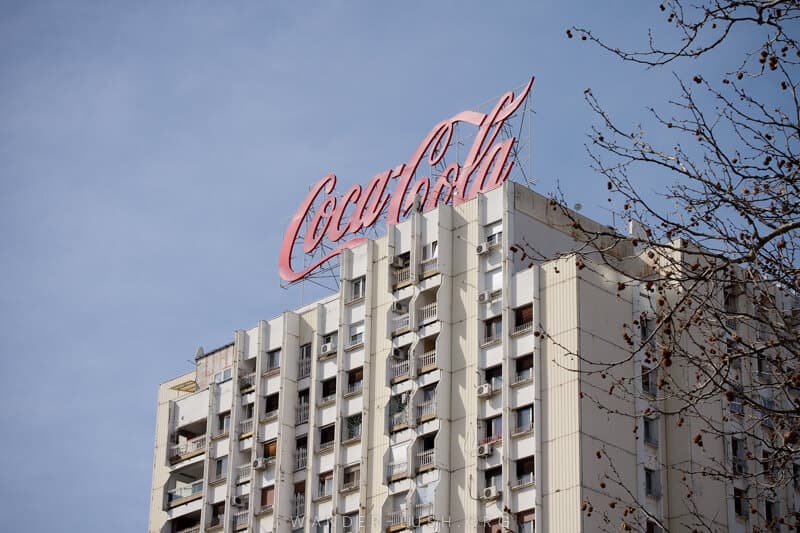
When is the best time to visit Serbia?
Belgrade, Novi Sad and Subotica are all destinations you can visit at any time of year.
Because of the way our 6-month Balkans itinerary worked out, we ended up in Serbia in March, which was admittedly still a little chilly and grey for our liking. If I had a choice, I would visit Serbia in late springtime as this season seems to have the best weather conditions.
Summer (June to August) is the hottest time of year in Serbia, and temperatures in concrete-heavy Belgrade can be oppressive. On the other hand, summer and early fall is a great time to go hiking in Serbia’s national parks. If you’re interested in food and wine, fall is also great for experiencing the wine harvest .
Getting around Serbia by bus
Serbia’s bus system is one of the best we encountered in the Balkans. Services are plentiful, fares are well-priced, and in our experience, everything runs true to schedule. We travelled around the country (and the entire Balkans region) exclusively by coach bus. Lasta is the most popular and reliable coach company in Serbia.
I suggest using the Polazak website to find bus schedules and fares in English. We always bought our bus tickets from the station a day in advance – especially recommended if it’s summer or a holiday. You also have the option to buy your tickets online using the Polazak website, although extra charges usually apply.
Bus stations in Serbia have a few quirks. Some of the bigger stations charge entry to access the platforms (usually a couple of dollars equivalent in local currency), meaning you have to buy a platform token in addition to your bus ticket.
Coaches always charge extra for any luggage you want to store under the bus. When we travelled in Serbia, the cost was 60 denars (approx. 60 US cents) per piece of luggage. Bags are tagged before being stowed and you have to present your ticket stub to collect them again, so don’t lose it.
Hiring a car in Serbia
Self-driving can be a good option for confident drivers if you want more flexibility in your itinerary. Serbia has some of the best roads in the region and cheap car rentals; however fuel prices and tolls are on the expensive side. Here are more tips for driving in Serbia .
Personally I recommend using Serbia’s bus network – it’s cheap and efficient. If you do decide to self-drive, I suggest using the Discover Cars website to explore your options and find the best price on a rental. They aggregate a good range of manual and auto transmission cars from international hire companies, with the option to pick up a vehicle in either Belgrade or Novi Sad.
Click here to find a rental car in Serbia using Discover Cars.
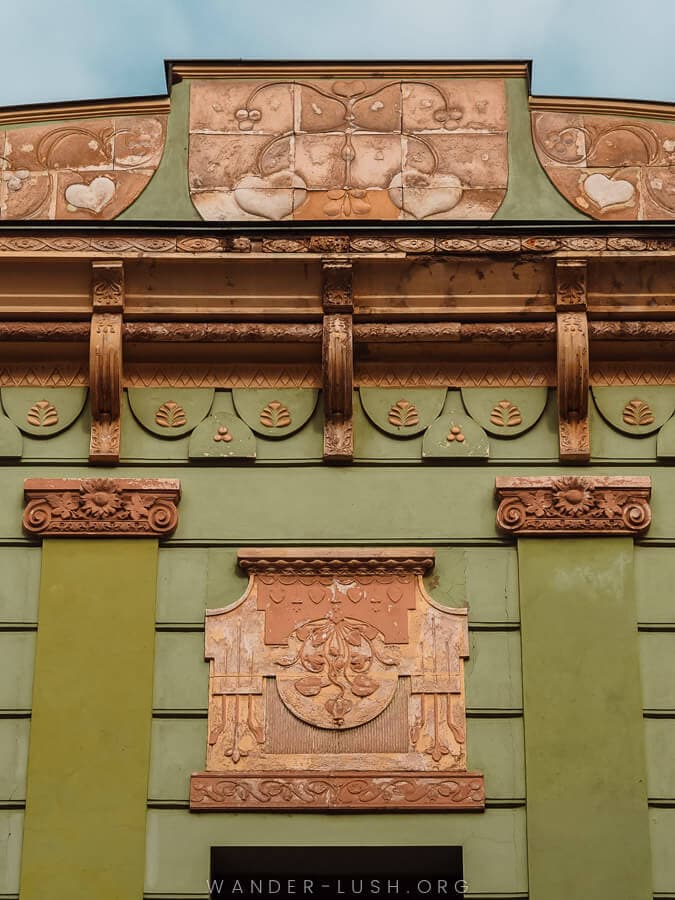
Where to stay in Serbia
The final piece of the Serbia logistics puzzle is accommodation. Finding a place to stay in Serbia is very easy, especially in the cities. Hostels, guesthouses and boutique hotels are all widely available. Private apartments are also very popular and can be booked either through Airbnb or Booking.com.
We used Airbnb throughout Serbia and had consistently good experiences. As with the rest of the region, Airbnb is a great choice if you want something self-contained and well-priced.
I’ve included specific accommodation recommendations (including links to the places we stayed at) in the itinerary below.
How much to budget for your trip
Serbia is a very affordable travel destination by European standards. For context, we found prices cheaper than Croatia or Slovenia, but slightly more expensive than Bosnia and Herzegovina or Montenegro.
Belgrade was one of the more expensive Balkan capitals we visited. To keep costs down, I recommend using Airbnb and eating at local restaurants.
- Budget traveller: 20-30 USD/day (hostel, buses, local meals)
- Mid-range: 30-50 USD/day (guesthouse or Airbnb, buses & taxis, restaurant meals)
- All-out: 50-100+ USD/day (boutique hotel, taxis & private transfers, restaurant meals)
We spent roughly 56,000 denars (approx. 570 USD) for two people for two weeks of travel in Serbia, excluding accommodation.
The perfect 7 days in Serbia itinerary
[belgrade] – novi sad – subotica – belgrade – tara national park (mokra gora).
This Serbia itinerary focuses almost exclusively on the north, with more options to continue your travels in the south at the end. True to my travel style, it prioritises culture, history, food and wine over outdoor activities – although there is one national park included.
As I mentioned, we spent two weeks in Serbia and followed this exact itinerary, albeit at a slower pace. I think one week is the perfect amount of time to spend in Serbia if you’re a first-time visitor and you don’t mind moving around at a reasonably face pace.
Days 1 & 2: Start your Serbia itinerary in Novi Sad
Serbia’s second-largest city and capital of the Autonomous Province of Vojvodina, Novi Sad is the perfect introduction to Northern Serbia.
Novi Sad has a classic European feel thanks to its Hapsburg-era architecture and multitude of outdoor cafes. The Danube runs through the heart of the city, giving it notes of Budapest with a distinctly Serbian edge. One of the many must-dos in Novi Sad is to try the locavore restaurants and wineries that make use of local produce.
Roam the pedestrian boulevard in search of your next kafa hit, duck into Danube’s Park for a stroll under the trees, and seek out the pretty walkways and interiors along the main street.
Novi Sad was considered Serbia’s cultural capital up until the early 20th century and was at one time known by the nickname ‘Serbian Athens’ . This legacy lives on in the dozens of literary and music festivals held throughout the year, most famously EXIT Festival , which takes place on the grounds of Petrovaradin Fortress every summer.
In 2021, Novi Sad will take up its position as European Capital of Culture , an accolade that’s sure to cement its reputation as one of the loveliest cities to visit in the Balkans.
I recommend spending a full day in Novi Sad and adding an extra day to your itinerary for a side trip to the town of Sremski Karlovci.
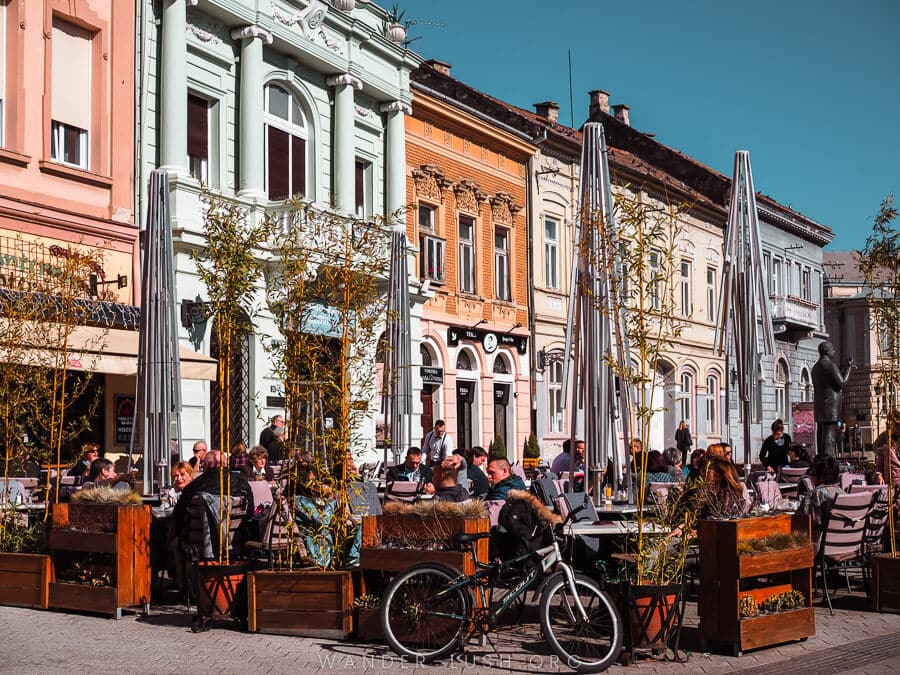
Things to do in Novi Sad
- Saunter down Dunavska Street to Trg Slobode. Novi Sad’s pedestrian mall is lined with beautiful architecture, cute shops and outdoor cafes. The main square, Trg Slobode, is where you can find some of the city’s most spectacular buildings including the Name of Mary Cathedral.
- Eat lunch at Project 72. A locavore feast in one of the city’s most beautiful dining rooms.
- Sunset at Petrovaradin Fortress. Wander across the river to take in the views from Novi Sad’s fortress. There is an outdoor terrace bar perfectly positioned for a sunset view over the river. Arrive early to explore the complex, with its clock tower, draw bridges and stone tunnels.
- Take a day trip to Sremski Karlovci. Northern Serbia’s prettiest town is just 30 minutes from Novi Sad by bus. Discover the Baroque architecture (including the colourful Grammar School) and visit the gorgeous Museum of Beekeeping. There are several small wineries in town that offer tastings (Podrum Bajilo and Winery Mrdjanin are both recommended). A local bus to Sremski Karlovci from Novi Sad costs 300 denars (approx. 3 USD) per person return.
For more excellent things to do in Novi Sad, read my Novi Sad city guide.
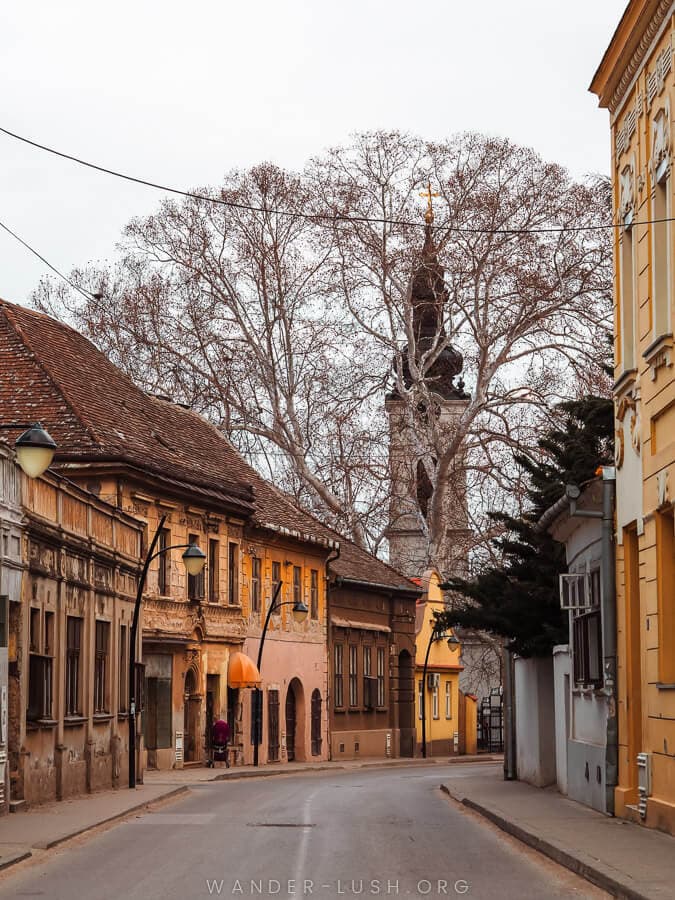
Where to stay in Novi Sad
When we visited Novi Sad, we stayed at this centrally located Airbnb . Nikola, the host, is very kind and helpful, and the location of the self-contained flat can’t be beat.
If you prefer a hotel, these properties are all centrally located and have excellent ratings (9/10 or higher) on Booking.com:
- Budget hostel: City Hostel
- Mid-range hotel: Garni Citi Hotel Veliki
- Boutique hotel: Hotel Fontana
Day 3: Make your way north to Subotica
Subotica is located an hour north of Novi Sad, very close to the Hungarian border. A small, quiet city by any measure, Subotica is full of architectural treasures and stands out as my absolute favourite place in Serbia.
Subotica is normally associated with one thing: Art Nouveau . Along with its sister city Szeged over the border, Subotica boasts some of the most divine examples of this architectural style anywhere in Europe. The most famous of all is the Raichle Palace (pictured at the top of this article and again below), a private residence built in 1904.
Like Novi Sad, Subotica is an outdoor city whose streets beg for long afternoon walks. A day is the perfect amount of time to explore Subotica on foot, with time for a trip to Palic Lake in the late afternoon.
How to get to Subotica from Novi Sad
There are bus departures at least once an hour from Novi Sad’s MAS Central Bus Station to Subotica, starting from 6am and continuing until around 9pm. (Note that Novi Sad has multiple bus stations – be sure to double check in advance.) Travel time to Subotica is just over 60 minutes depending on traffic conditions.
When booked online through Polazak, Tickets cost between 4-7 Euros depending on the service. We paid 7.90 denars (approx. 8 USD) per person for tickets when we travelled. Check times and prices here .
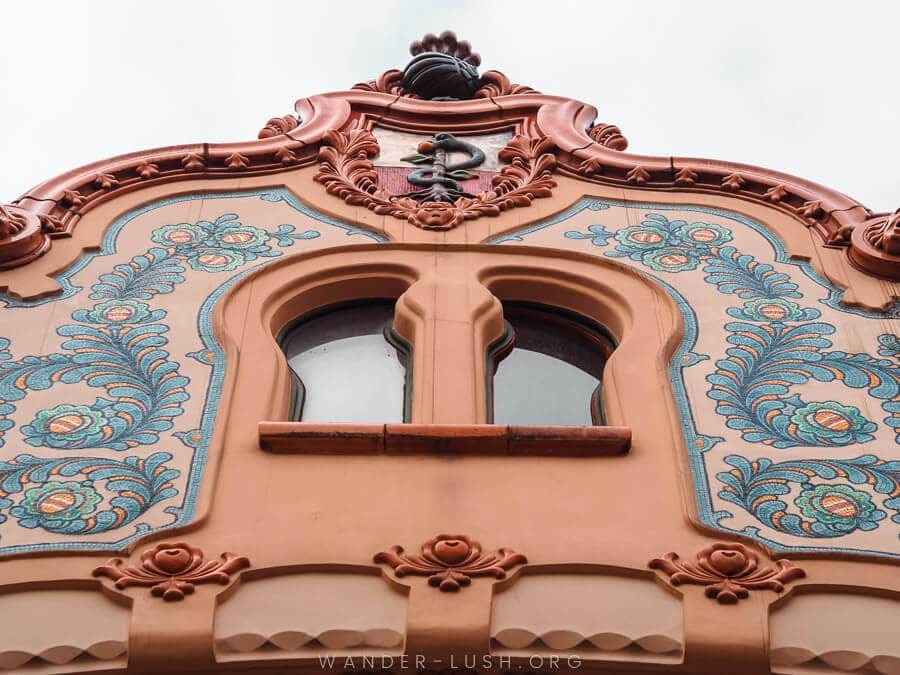
Things to do in Subotica
- Take a self-guided walking tour of Subotica’s architecture. Subotica Tourism has put together several DIY audio tours through the city that you can follow to see the prettiest buildings. We listened to three of the four tracks and really enjoyed the experience. Highlights of the Art Nouveau tour include the Town Hall building on the main square, the National Theatre and of course the Raichle Palace.
- Go inside Subotica Synagogue. If Raichle Palace has the prettiest facade, Subotica Synagogue definitely holds claim to the most impressive interior. This is seriously one of the most evocative buildings I’ve ever been inside (I liken the experience to visiting the Sagrada Familia). Completed in 1902, it’s no longer active but has been expertly restored with help from the World Monuments Fund. The story of Subotica’s Jewish community is wrapped up in the building and is very, very moving – I highly recommend reading up before you go. The synagogue is open from 10am-6pm every day except Monday. Entrance costs 250 denars (approx. 2.50 USD) per person and is worth every cent.
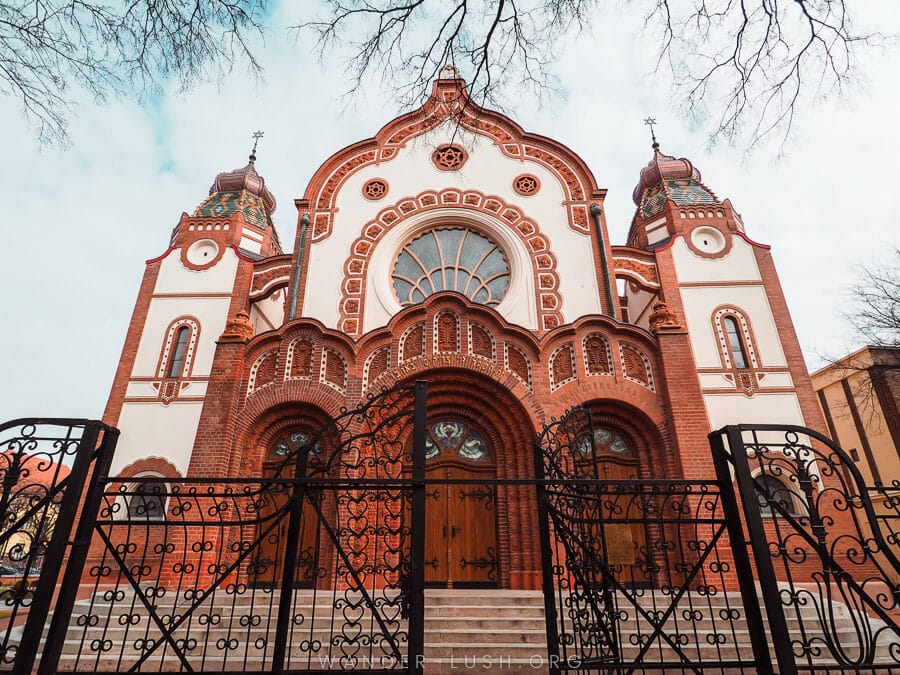
- Eat lunch at Boss Caffe. Located in the courtyard behind Richle Palace, this local favourite features outdoor dining surrounded by flourishes of Art Nouveau. We ate here twice and really enjoyed the food. The menu is huge and well-priced; we paid 1000 denars (approx. 10 USD) for lunch for 2 people.
- Take a side trip to Lake Palic . Just 10km from Subotica (around 20 minutes by local bus), Lake Palic used to be an elite spa retreat. It features yet more beautiful Art Nouveau architecture, most notably the Grand Terrace complex on the shore of the lake (it now houses a cafe), and a handful of villas tucked in the forest beyond. We walked around the lake accompanied by one of the audio tour tracks.
Where to stay in Subotica
We stayed at the cute Apartment Libra in Subotica , a very comfortable, well-positioned flat with a great kitchen. It was very warm and cosy in winter, and our host Ljubomir even picked us up from the bus station when we arrived.
Other options in Subotica:
- Budget hostel: Hostel Put Svile
- Mid-range hotel: Hotel Forum Garni
Days 4 & 5: Continue to the big city, Belgrade
Now that you’ve eased your way into Northern Serbia, it’s time to hit the big city.
Before visiting, I only ever associated Belgrade (the ‘White City’) with socialism and Yugoslav history, not realising that it’s actually one of the oldest continuously inhabited cities in Europe . Yes, it’s mostly grey concrete on the surface, but there are countless layers of Roman, Ottoman and Yugoslavian heritage to peel back, and no shortage of excellent museums and walking tours to help you do it.
For a balanced experience, I recommend dividing your time in Belgrade between the distinctive ‘old’ and ‘new’ (Socialist) parts of the city, located on the eastern and western banks of the river respectively.
How to get to Belgrade from Subotica
There are a dozen coaches to Belgrade from Subotica every day, departing from the bus station near the railway station and terminating at the BAS Central Bus Station in Belgrade. Buses start running in the early morning (around 4am) and continue until 6pm. Travel time is 3-3.5 hours depending on the service.
Tickets cost 8-12 Euros when purchased online. When we travelled, we paid 1,235 denars (approx. 12.70 USD) per person for tickets purchased at the bus station. Check times and fares here .
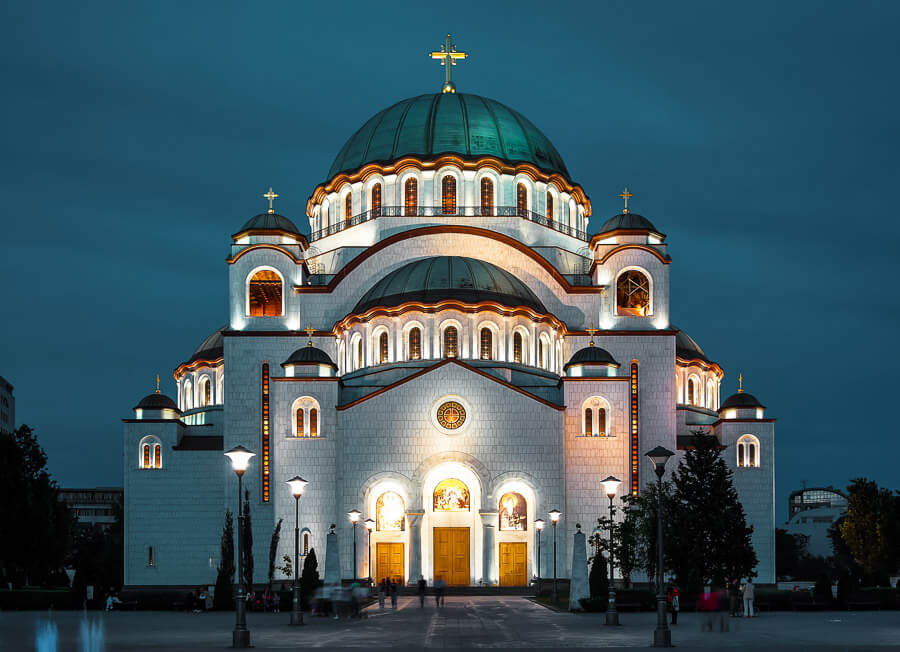
Things to do in Belgrade
- Visit Kalemegdan Fortress. Belgrade Fortress sits at the confluence of the Danube and Sava Rivers and affords magnificent views of New Belgrade. Entrance is free.
- Get hands-on at the Nikola Tesla Museum . Serbia holds claim to inventor and engineer Nikola Tesla as their favourite homegrown hero. His museum in Belgrade is fascinating – even (or especially) if you don’t know much about his work. The Tesla Coil Demonstration will make your hair stand up on end. Entrance to the museum costs 500 denars (approx. 5 USD) per person.
- Visit the House of Flowers. This is the final resting place of another historical icon associated with Serbia, albeit for very different reasons. Josip Broz Tito’s mausoleum is an extravagant greenhouse-like atrium surrounded by lovely gardens. The adjacent Museum of the History of Yugoslavia is a huge, fascinating display of Yugoslav history. The whole thing is slightly macabre, but it’s a must-see in Belgrade
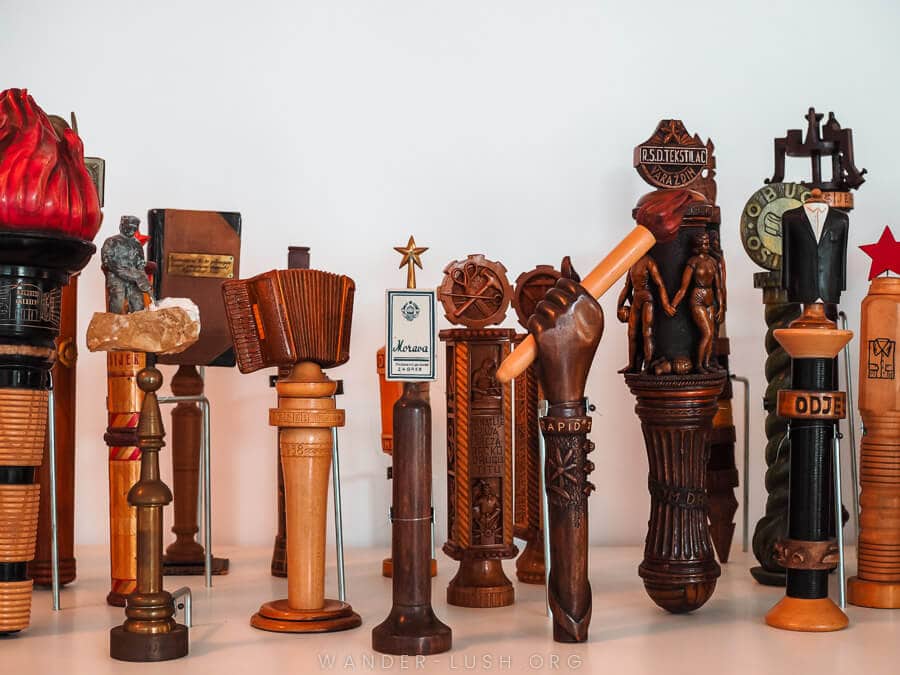
- Wander back in time in Zemun. Located behind New Belgrade, Zemun was described to me by a local as ‘a city within a city’, and it certainly feels that way. This was a separate town until it was absorbed into Belgrade in the 1930s, and locals have managed to hold onto that romantic small-town feel. You’ll find a picturesque town square, lively outdoor markets, and more cafes than you can count.
- Summit Avala Tower for a view. This icon of Belgrade’s skyline was famously destroyed during the war and later rebuilt. Today it contains an observation deck and cafe at the top. Access to the tower is via a lovely hiking trail that starts on the outskirts of the city. Entrance costs 300 denars (approx. 3 USD) per person.
Read more: My complete guide to visiting Avala Tower from Belgrade.
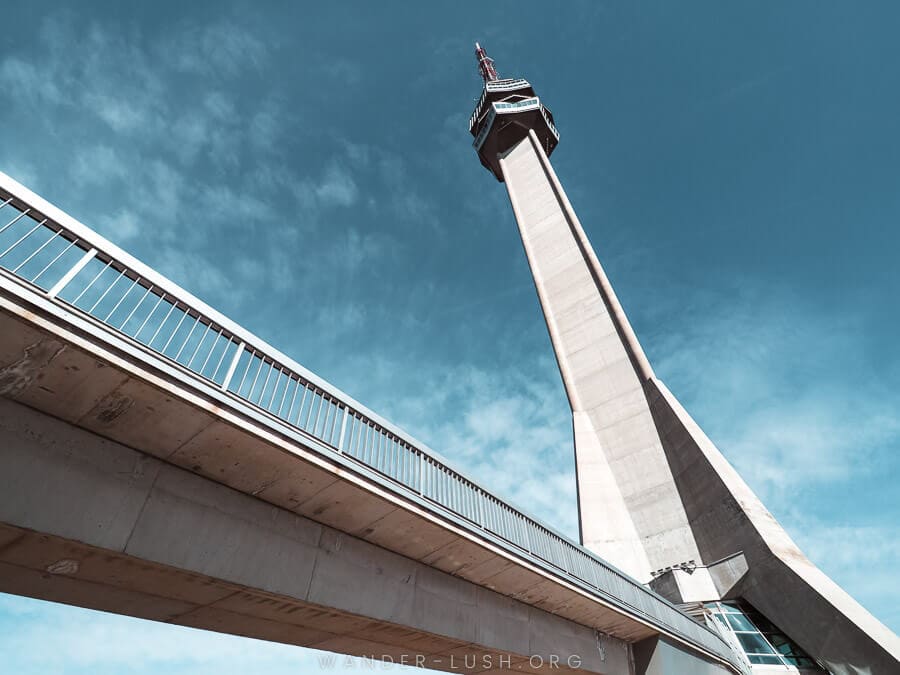
- Bike around New Belgrade: The best way to explore New Belgrade, the western half of the city, is by bike. This area is pancake-flat and there are a number of pathways that link monumental concrete buildings such as the Hotel Yugoslavia with Belgrade’s vast commieblocks and pockets of green parkland. We joined a guided cycling tour with local company iBike and loved it.
- Try a slice of Moscow Shnit. Belgrade’s favourite sweet treat is a delicious cake prepared at Hotel Moscow in the city centre. The recipe is a guarded secret, but I can tell you it’s very light and fruity (perfect for enjoying on the outdoor terrace under a blue sky). The hotel and cafe are iconic in Belgrade.
Where to stay in Belgrade
We stayed at the exceptional Downtown Art Deco Studio , located right in the centre of the city. It was one of the best apartments we stayed at anywhere in the Balkans.
Most Belgrade Airbnbs are concentrated around the northern end of the city on the eastern side of the river. This is also where you’ll find most museums and tourist attractions, plus some great restaurants.
I recommend staying in either the Skadarlija or Dorcol (the oldest part of Belgrade) neighbourhoods.
- Budget hostel: Balkan Soul Hostel
- Mid-range hotel: Hotel Rex
- Boutique hotel: Mama Shelter Belgrade or 7 Rooms Suites
Days 6 & 7: Finish on a high in Tara National Park
It’s a bit of a mission to reach central Serbia’s western corner, but it’s more than worth the long bus ride. Tara National Park is the most heavily forested part of the country and is widely considered to be Serbia’s most pristine pocket of nature . Yet relatively few foreign tourists ever make it here.
Aside from hiking and river sports on the Drina , this area is also brimming with cute villages , history and culture, so there’s something for everyone at any time of year.
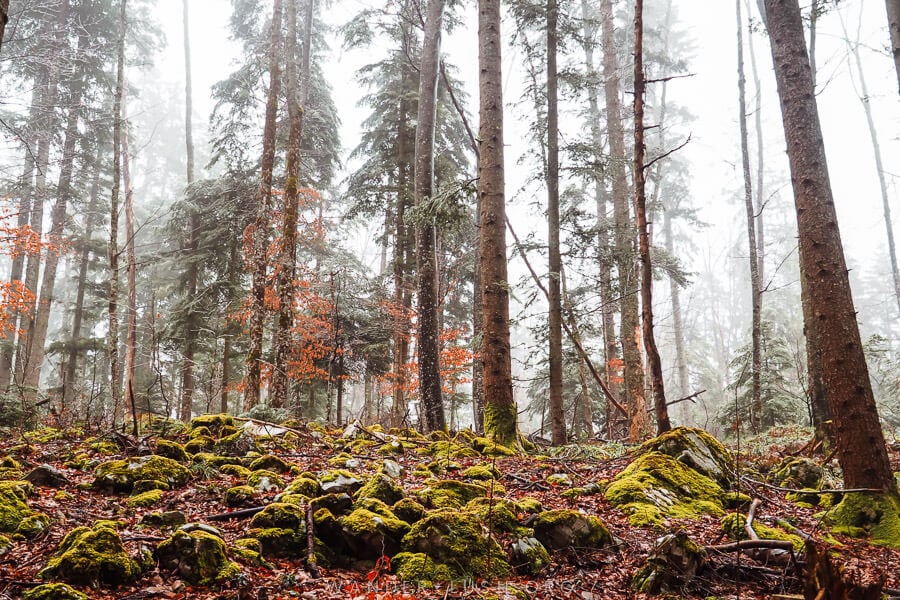
How to get to Tara National Park from Belgrade
There are no direct buses from Belgrade to the towns of Mokra Gora or Mitrovac, so you need to transfer through the town of Zlatibor to access the park.
There are a dozen direct buses to Zlatibor leaving Belgrade’s main station from 6.15am onwards. Travel time is around 4 hours , and tickets cost around 13 Euros (or 18 Euros return) when reserved online. Check times and prices here .
Travel time from Zlatibor to Mokra Gora is 30 minutes and can be done either by local bus or taxi.
If you want to avoid a long morning of travel and you have to get back to Belgrade for your flight home anyway, another option is to take a day trip to Tara National Park from Belgrade. This full-day tour includes transfers from Belgrade with a professional driver and a guide to show you all the highlights of the beautiful Drina River Valley.
We did something similar and visited Tara National Park on a day trip from Sarajevo.
Things to do in and around Tara National Park
- Go hiking. There are marked trails all over the park, ranging from short day hikes to multi-day affairs. Most start from Mitrovac where there is a tourist office that can furnish you with maps.
- Photograph the cute Drina River House. A wooden house perched on a stone in the river that marks the border between Serbia and Bosnia and Herzegovina, this is one of the icons of Tara National Park.
- Admire the frescoes at Raca Monastery. A 13th-century monastery containing a set of important paintings. There are several hiking trails to fresh water springs in the area.
- Visit the weird and wonderful Drvengrad village. Originally built as a film set for the movie Life is a Miracle, this charming model village has become a symbol of Serbia. The film director’s personal collection of vintage cars are scattered amongst the wooden houses and churches. There is a film festival held here every summer.

- Ride the historic Sargan Eight Steam Train. Construction on this narrow-gauge railway started during World War I to link Serbia and Austro-Hungary. Today it’s a scenic railway that runs between the towns of Mokra Gora and Vitasi via tracks that cling to the side of the mountain valley.
- Catch the view from Banjska Stena. It was a sea of fog when we visited Tara National Park’s most famous viewpoint, but I’ve been reassured that the panorama is phenomenal on a clear day!
- Venture to Zlatibor. Serbia’s most popular mountain resort town is located south-east of the National Park, in the shadow of Mount Zlatibor. Here you can find lovely accommodations and more hiking trails.
Where to stay near Tara National Park
The most popular places to stay when visiting Tara National Park are Mitrovac (a good base for hiking) and Mokra Gora . There are some lovely homestyle accommodations in and around the national park – my favourite is this sweet cabin .
See more options in Mokra Gora on Booking.com.
Extend your Serbia itinerary: Other places to visit
If you have more time, you might consider including one or more of these additional destinations to your Serbia itinerary.
Uvac Nature Reserve – add 1-2 days
Located south of Mokra Gora and Tara National Park, this park features biodiverse wetlands and a very picturesque winding river.
To get there, you can take a train to Nova Varos and spend a few nights inside the park, or you can join a day tour from Belgrade .
Nis – add 1-2 days
Serbia’s third-largest city, Nis is located in the country’s south-east, around 230km from Belgrade. It’s accessible by coach from the capital or if you want to add it to the end of your itinerary, you can take a bus from the city of Uzice near Tara National Park.
I didn’t get to visit Nis this time, but I’d love to go back and spend some time exploring the city that traditionally linked Belgrade and Istanbul. (I had no idea Nis was the birthplace of Roman Emperor Constantine the Great.)
If you’re planning a visit, I recommend this guide to Nis.
Novi Pazar – add 2-3 days
Also located in southern Serbia, Novi Pazar has always been considered Serbia’s cultural and religious crossroads. It has a long and fascinating history, as evidenced by the many important monuments located in and around the city.
You can learn more about Novi Pazar here.
Onward travel from Serbia
If your flight home is departing from the capital, you can simply loop back to Belgrade from Tara National Park (departing Uzice or Zlatibor) by bus.
If you’re continuing on overland, you can transit west into Bosnia and Herzegovina (first stop: Visegrad) or north-west into Croatia. Another option is to head to Novi Pazar from Tara National Park then continue overland to Montenegro .
Can you cross into Kosovo from Serbia?
If you want to continue your travels in Prishtina and Prizren , you’ll need to read up on the different options for getting to Kosovo to Serbia. There are rules in place that could prevent you from visiting Serbia again in the future, so it’s very important you do your due diligence.
Refer to this detailed guide about crossing into Kosovo legally.

Easy Serbia itinerary: Save it for later
One of the best blogs I have come across online. Everything a traveler should know about a country/place is very well captured and explained. Thanks a lot. More power to you!
Thanks Nabeel for the kind words!
Absolutely very useful blog, am sure this help me plan well for my serbia trip.
Thanks for your comment, Dheepan! Happy travels to Serbia!
Leave a Reply Cancel reply
Your email address will not be published. Required fields are marked *
- Subscribe to future posts

Borders Of Adventure
Leading Culture and Adventure Travel Blog by Becki Enright. Looking at the world with a different angle to change perceptions of misunderstood places, for the best in travel.

Misunderstood Destinations , Serbia
Serbia Travel Guide – The Balkan Country in Post Conflict Revival
Disclaimer: This post contains affiliate links to handpicked partners, including tours, gear and booking sites. If you click through or buy something via one of them, I may receive a small commission. This is at no extra cost to you and allows this site to keep running.
This Serbia travel guide shows you how to see a country in revival alongside the best places to visit in Serbia, whose nature wilderness and centuries-old past are far more reflective of its persona than the modern history we know.
Travel to Serbia might still raise a contentious debate. Over 18 years ago, ethnic conflicts were still tearing apart a region of Europe, formally known as Yugoslavia. An ethnic divide amongst six republics fighting for independence and control raged for ten years from 1991, leaving a chunk of the continent – a country of South Slavic nations established in the aftermath of World War I – dissolved and economically damaged.
Much of it remains misunderstood to potential travellers in the wake of relative peace.
Many countries involved in the conflict – in the now western Balkans region – include Bosnia and Herzegovina, Slovenia, Croatia, Montenegro, and North Macedonia. They have or are still healing from their wounds and welcoming visitors with open arms.
One of those is Serbia.
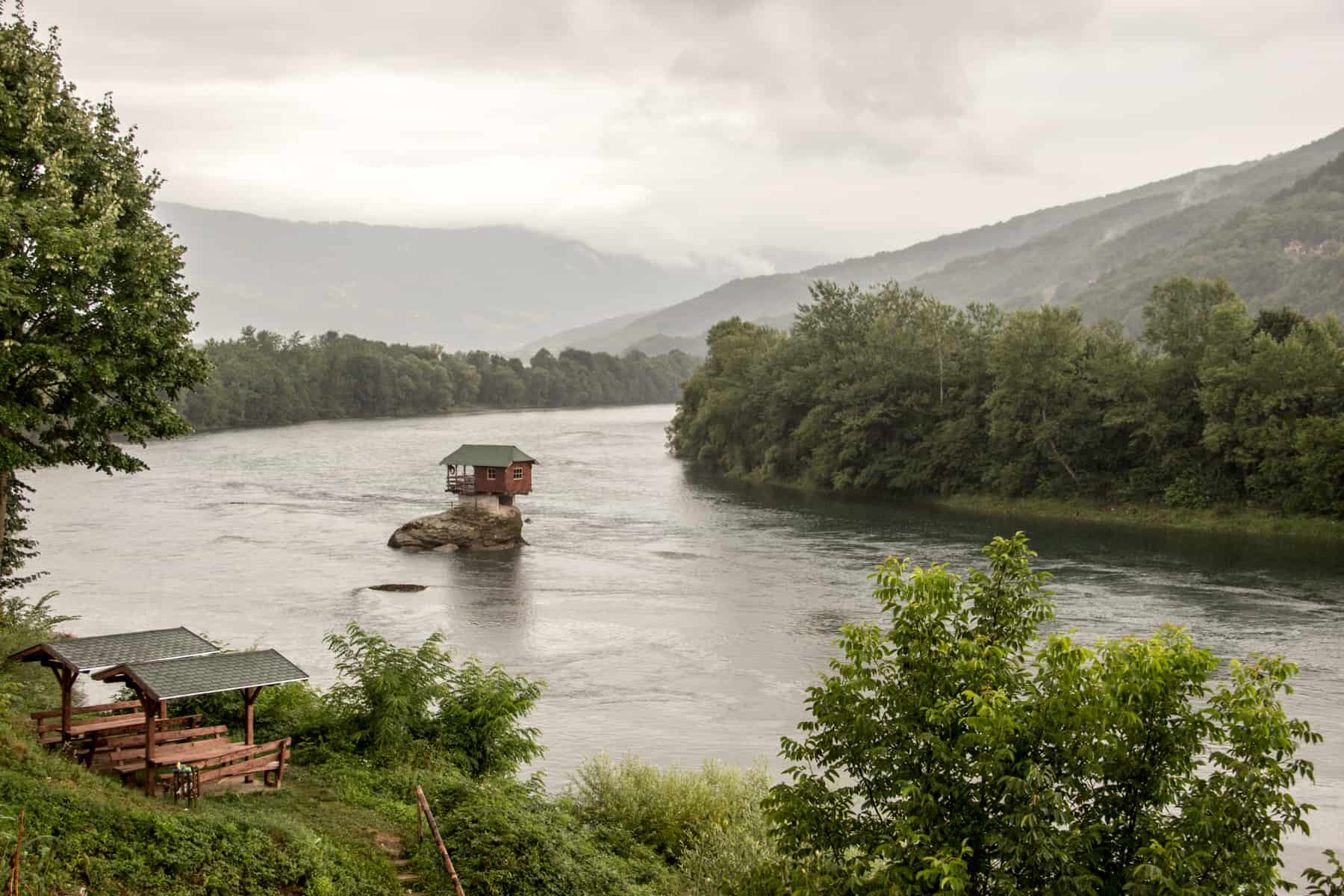
Understand the Complex History of Serbia
Why travel to serbia , getting to serbia, getting around serbia, not staying in official accommodation you need to register, best time to visit serbia, is serbia safe for tourists and visitors, belgrade – the reviving capital, novi sad – the capital of culture, valjevo and nature preserve, bajina bašta and tara national park, kadinjača memorial complex, ride the sargan eight railway to mokra gora, visit zlatibor and serbia’s mountainous region, uvac gorge and nature reserve, see žiča monastery – the history of serbian kings, novi pazar – see the religious diversity of serbia, visit topola – serbia’s wine region, guča – trumpet festival centre, what is serbian food like, can i enter kosovo from serbia, travelling to serbia with new eyes, serbia travel guide – what to know before you go.
Once a Kingdom on par with Rome and Constantinople, then occupied as part of the Ottoman Empire, it later co-founded Yugoslavia with other South Slavic peoples following World War I. Yet, the Yugoslav Wars in the 1990s and the devastation that followed are what many remember most of the region.
It’s no secret that during the early 1990’s – that saw the individual wars of independence and nationalism take place – Serbia exercised more power in the political decision making, thus becoming more heavily involved in the devastating Yugoslav Wars. It is something many could discuss and argue about for hours and which still is contentious today. Kosovo, a disputed territory of Serbia, still has yet to be formally recognised in Europe as an independent state.
That should be of no reflection on the Serbia of today, of the Serbian people rebuilding their country and mending the cracks, just like their neighbours. Many potential visitors can’t disconnect from the fact that the conflict only ended in 1999 (with a peace agreement in Kumanovo, Macedonia). Yet, it should be noted that also equals many years passed.
To see it differently. Under the glare of former headlines, Serbia is shouting about its stunningly beautiful country flanked by mountainous plains mixed with historically preserved towns and cities.
None of these things disappeared during the war. They were shrouded, ready to be unveiled when the time came for a new beginning – in a Serbia that, even if somewhat still politically fragmented, is both safe and open for exploration.
As an area of the continent now thriving and paving a solid path for tourism, more and more people are travelling here to understand it better and soon find there’s more to it than its troubled past.
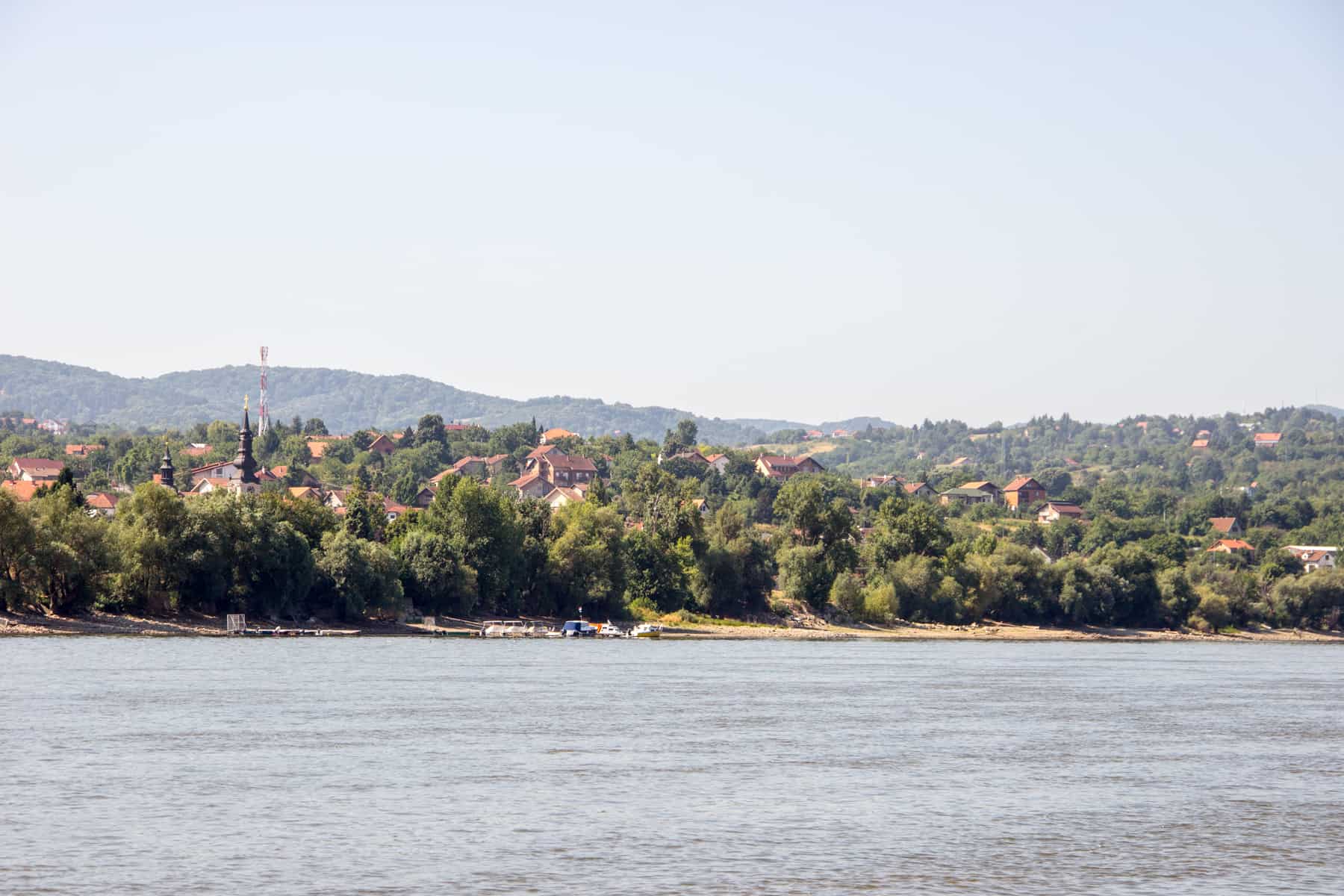
In Serbia: historically preserved urban hubs flanked by hills and low mountains.
Air Serbia has direct flights connecting a host of European, US and UK cities to Serbia’s capital, Belgrade. The main airport in Serbia is Belgrade Nikola Tesla Airport (BEG).
From the airport, you can take a 30-minute minibus A1 to Slavija Square (around 2 Euro) or bus 72 to Zeleni Venac Square (less than 1 Euro). A Taxi takes half the time but is more expensive, and will cost approximately 15 Euro. Make sure to use the official ‘Taxi Info’ service counters and get a paper receipt to give to the driver.
It is easy to move around Serbia from Belgrade city and map out a round trip that brings you back to the capital.
Long-distance buses and trains connect Belgrade to mainland European capitals, including Budapest, Vienna, Sofia, Bar, and Zagreb.
Visa for Serbia
Serbia is not yet a part of the EU, but there’s visa-free entry for visits of up to 90 days to the Republic of Serbia for those residing in or holding passports or valid visas from countries of the Schengen area and EU member states. Along with a host of other countries, Canada and the US can also enter Serbia without a visa.
You can check here if you need a visa for Serbia , based on what passport you hold.
Since car hire is easy to arrange from the airport and within Belgrade, and with highways connecting neighbouring countries, many travel around Serbia by car.
However, for those who don’t drive, there are excellent public transport options.
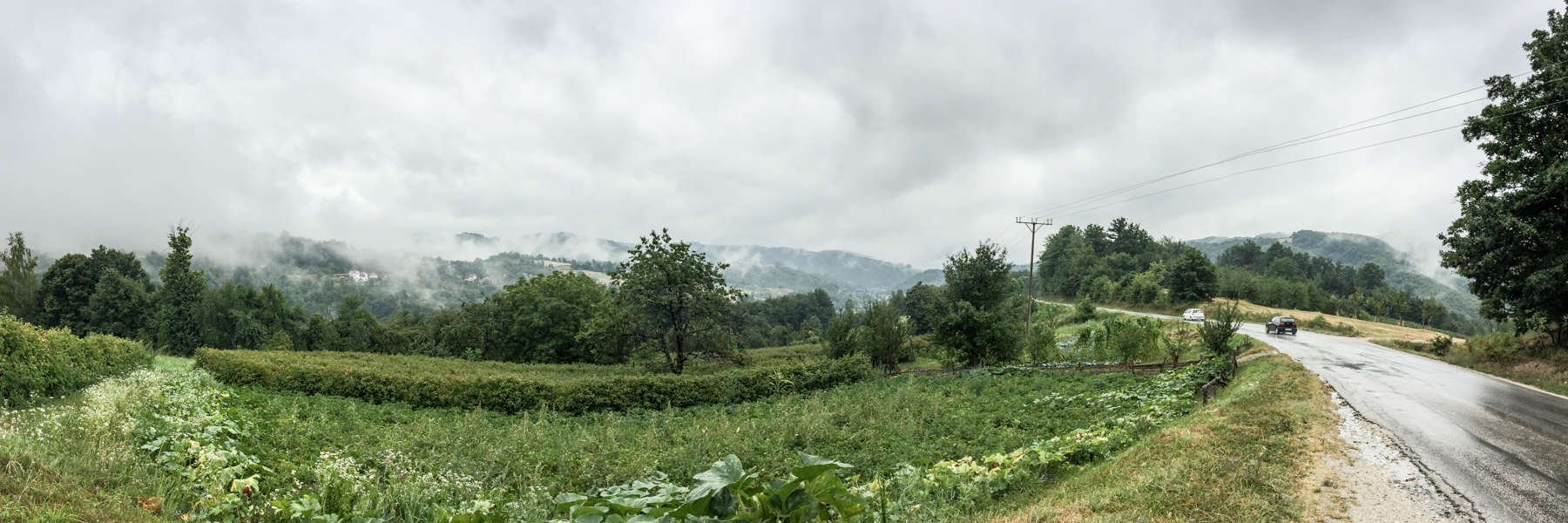
Serbia transport and road infrastructure.
Serbia by bus
There are various local bus companies that service connections between the cities, smaller towns, and nature areas. Lasta Beograd and Stup Vršac are two prominent bus companies in Serbia that get you to popular destinations and lesser-known sights and places of interest.
Belgrade is your base for Serbia travel and the well-established starting point for spending days and weeks travelling across a country with good transport and tourism infrastructure. Serbia is no post-conflict wild west, although you will find yourself getting lost within its untouched and little-known nature-filled hinterlands.
For example:
- Belgrade to Novi Sad by bus takes around 1 hour and 30 minutes and costs 5 Euro / 588 Serbian Dinar. >> Buy tickets.
- Novi Sad to Subotica (in the north) takes 1 hour 50 minutes and costs 7 Euro / 824 Serbian Dinar. >> Buy tickets .
- Belgrade to Nis (in the south) takes 3 hours and costs 11 Euro / 1294 Serbian Dinar. >> Buy tickets.
Give yourself a least an hour before departure to arrive and purchase tickets at Belgrade’s bus station in Savski Venac – it’s a large area with two terminals, and you’ll need some time to navigate and find your bus.
Serbia by Train
The train lines are more limited but connect Belgrade to Novi Sad and Subotica and Belgrade to Nis. The service is much better utilised by those holding Eurail passes.
CarGo in Belgrade
Uber doesn’t operate in Belgrade, but CarGo is the leading car ride app in Serbia that serves the same purpose and works the same way.
Serbia Tours
There’s not much in the way of dedicated Serbia tours, should you wish you have as much organised for you as possible and a guarantee of traveller camaraderie. G Adventures offers an overland tour that passes through Serbia – including Novi Sad and Belgrade – before continuing to Bosnia and Herzegovina and Croatia.
This Western Serbia Tour is a day trip from Belgrade, travelling out to the countryside to see the House on the Drina River, ride the Sargan Eight train and the famous wooden village. Discover Eastern Serbia on a tour that includes the 15th-century Manasija Monastery, the 80-million-year-old Resava cave, and the Gornjak Monastery that’s known for having Serbia’s oldest Serbian fresco paintings.
Things can be a little tricky if you’re staying with a local friend or an Airbnb. According to the Serbian tourism website , foreigner registration and who takes responsibility is broken down as follows.
“Serbian organisations and individuals providing accommodation to foreigners against payment, as well as locals hosting visiting foreigners, must register the foreigner’s stay with the local police station within 24 hours of the commencement of the accommodation arrangement, or of the foreign visitor’s arrival.
A foreigner not using official accommodation nor staying with a private individual must register his or her stay and change of address with the local police station within 24 hours of arriving at the place of residency or of the change of address. A place of residency is where a foreigner intends to stay for more than 24 hours.”
The shoulder seasons of March to May and September to October are the best time to visit Serbia. This time of the year sees more comfortable temperatures outside of the hot summer months of June to August – optimal when covering a lot of ground.
That’s not to say summer in Serbia should be avoided. In Serbia’s many gorges or higher elevations in the Carpathian and Balkan Mountains ranges, good time spent on or along the Danube River is a way of life to escape the urban heat. The famed EXIT music festival is also in July.
Serbia is considered a safe country to travel to and requires general caution and instinct like any other destination. Belgrade, in particular, feels just as vibrant and built up as any European capital. I never felt on guard in Serbia, nor did I encounter any issues as a female traveller. Mostly we were welcomed by locals, eager to show you the other side of their country.
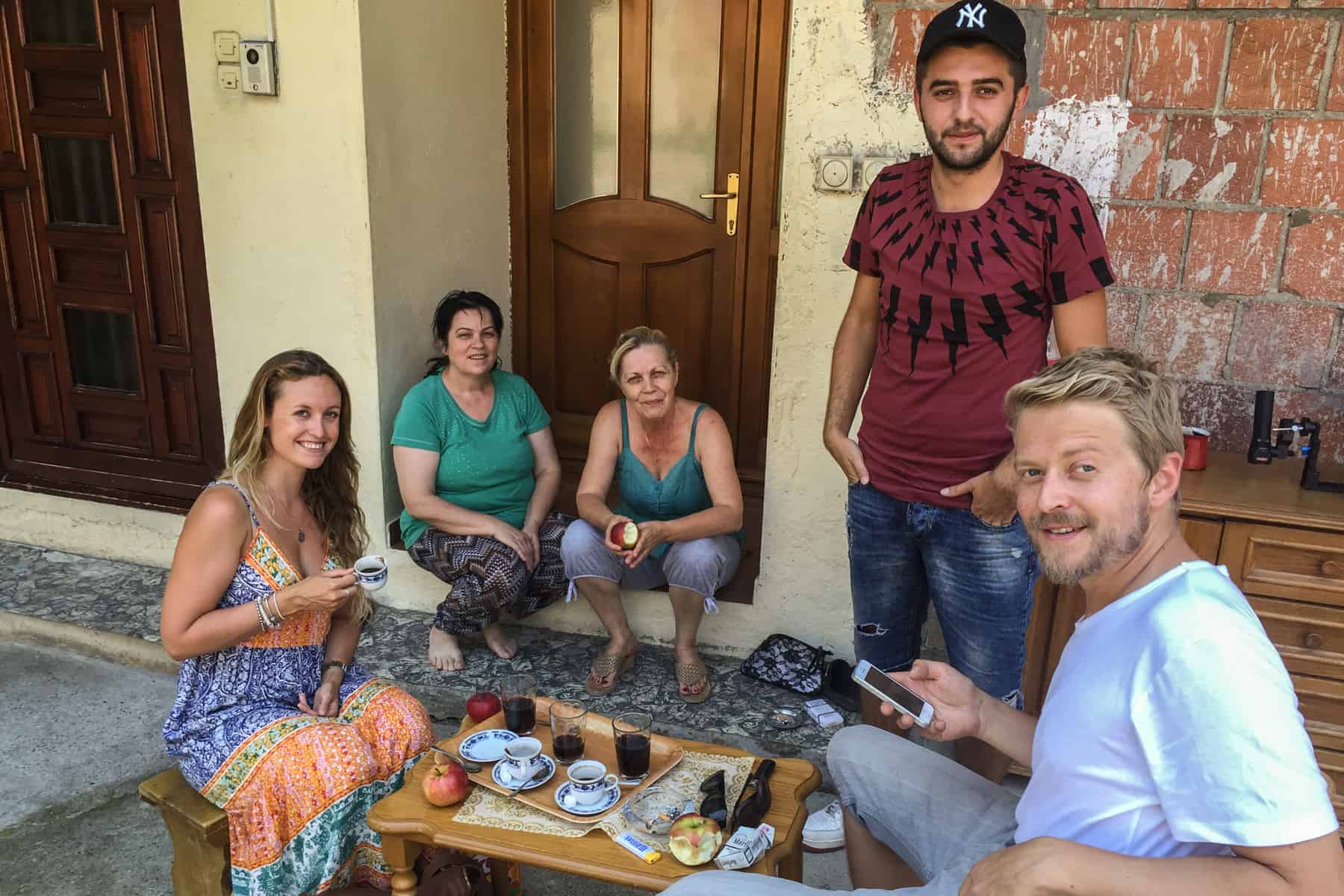
The warm welcome from locals in Serbia.
The only area where an opportunist took his chances (pretending to be a police officer) was Novi Pazar – a lesser-known town and not used to tourists. While unnerving for myself and my male friend who was with me, we caught on to the fact that other people at the coffee shop were a part of the act and insisted he come to the hotel with us if he wished to see our ID. He soon backed down.
The only part of Serbia associated with a higher level of caution is the towns and broader area on the border to Kosovo, where political tension is still present.
Best Places to Visit in Serbia – Where to Go
The Republic of Serbia is a large, landlocked landmass in the central Balkans, and choosing where to go can be hard to narrow down. Need some help? Below are some of my highlights and the best things to see in Serbia. Click the Google map for a better understanding of distance and get planning.
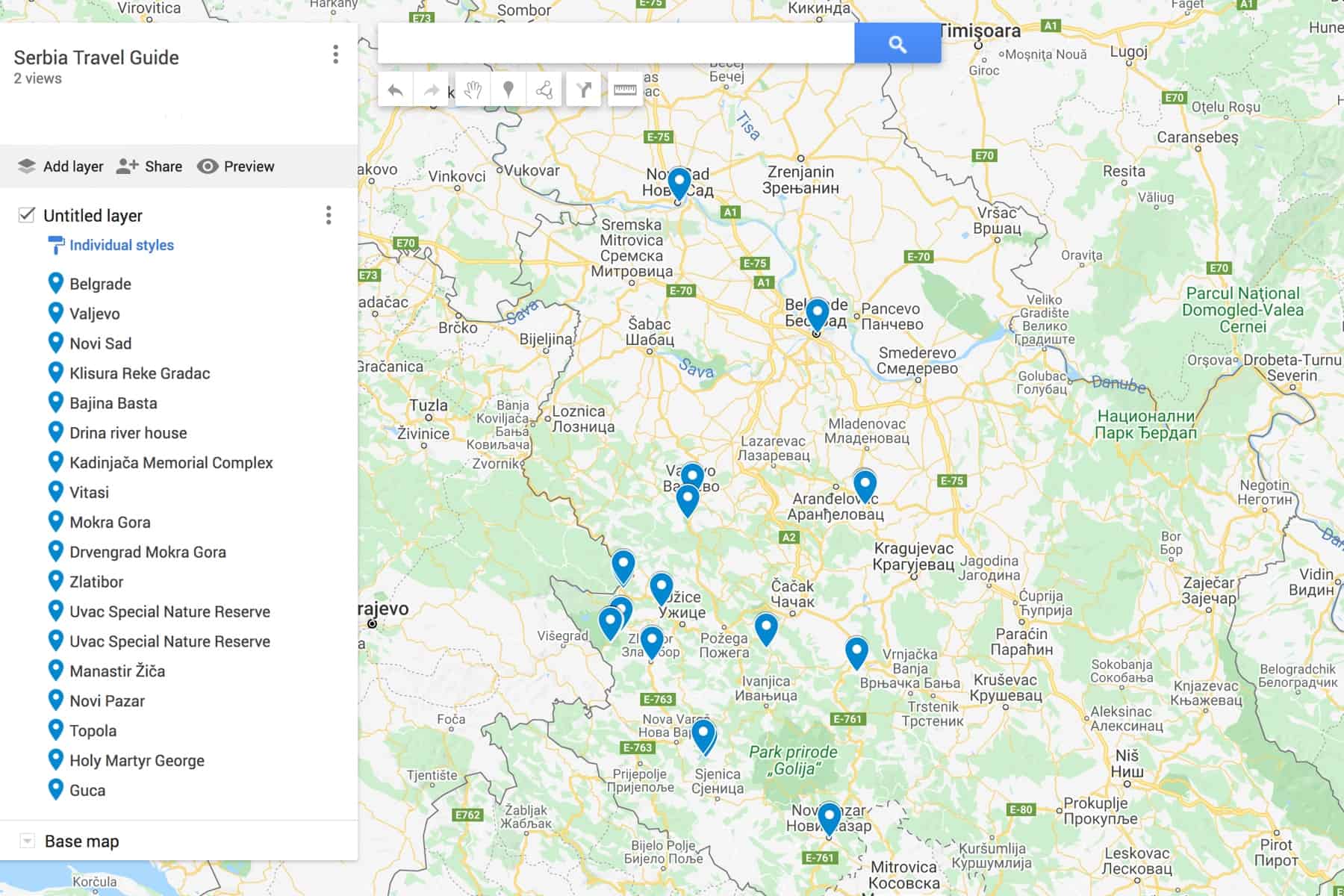
Like most visitors to Serbia, Belgrade was my first stop. My tip is to give yourself as much time here as possible – at least four days ideally. Not knowing what to expect outside the fortress and historical monuments, I was thrown headfirst into a cosmopolitan city of artistic revival that hummed amongst pastel coloured classicism. It was everything I was hoping it would still be as a focal Balkan capital. Belgrade is still tinged with structural damage and underlying economic issues, but it is the new Serbia’s vibrant, tenacious, and determined heart.
READ MORE: Travel to Belgrade – The Defiant Heart of a New Serbia
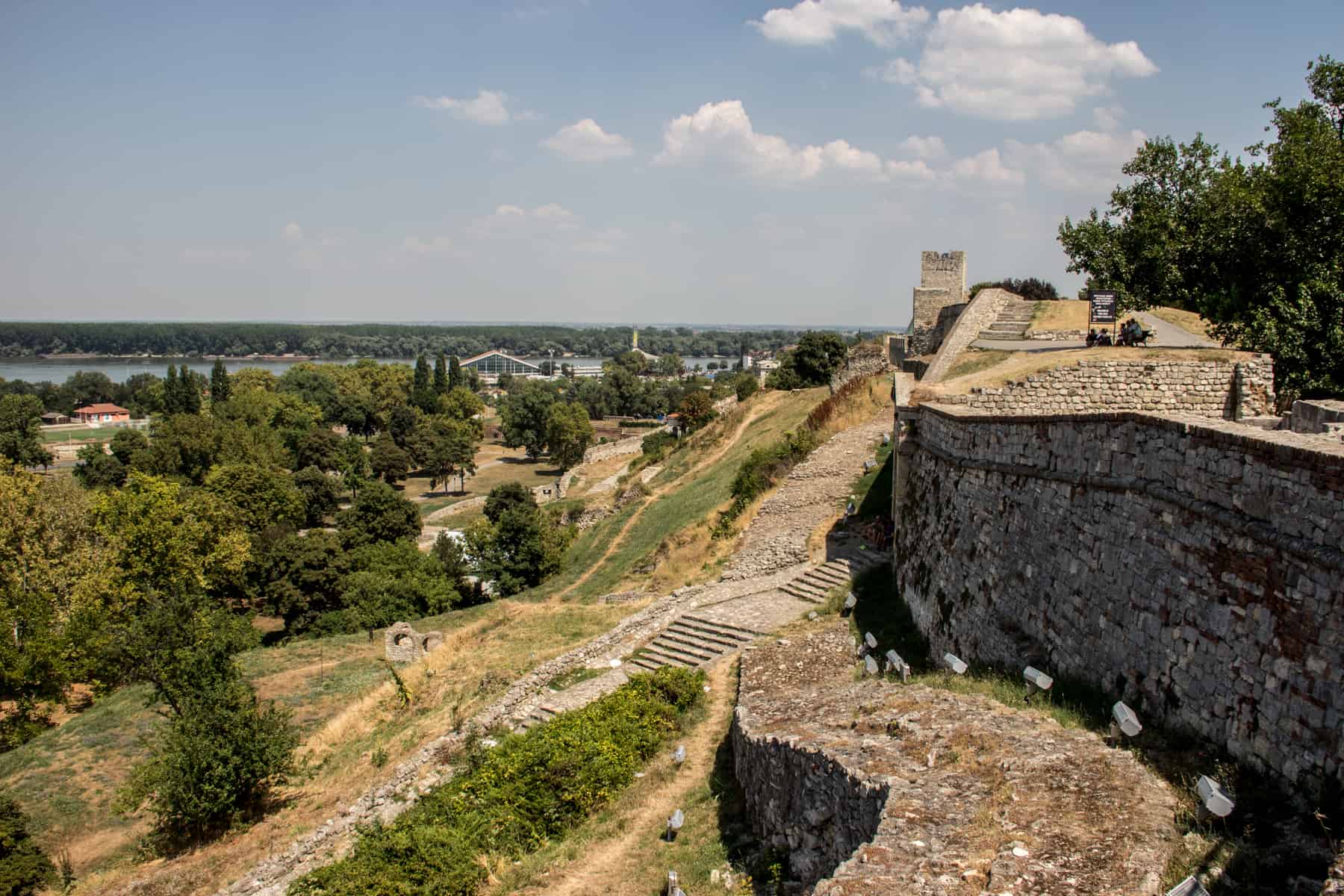
Climb Belgrade Fortress for history and city views.
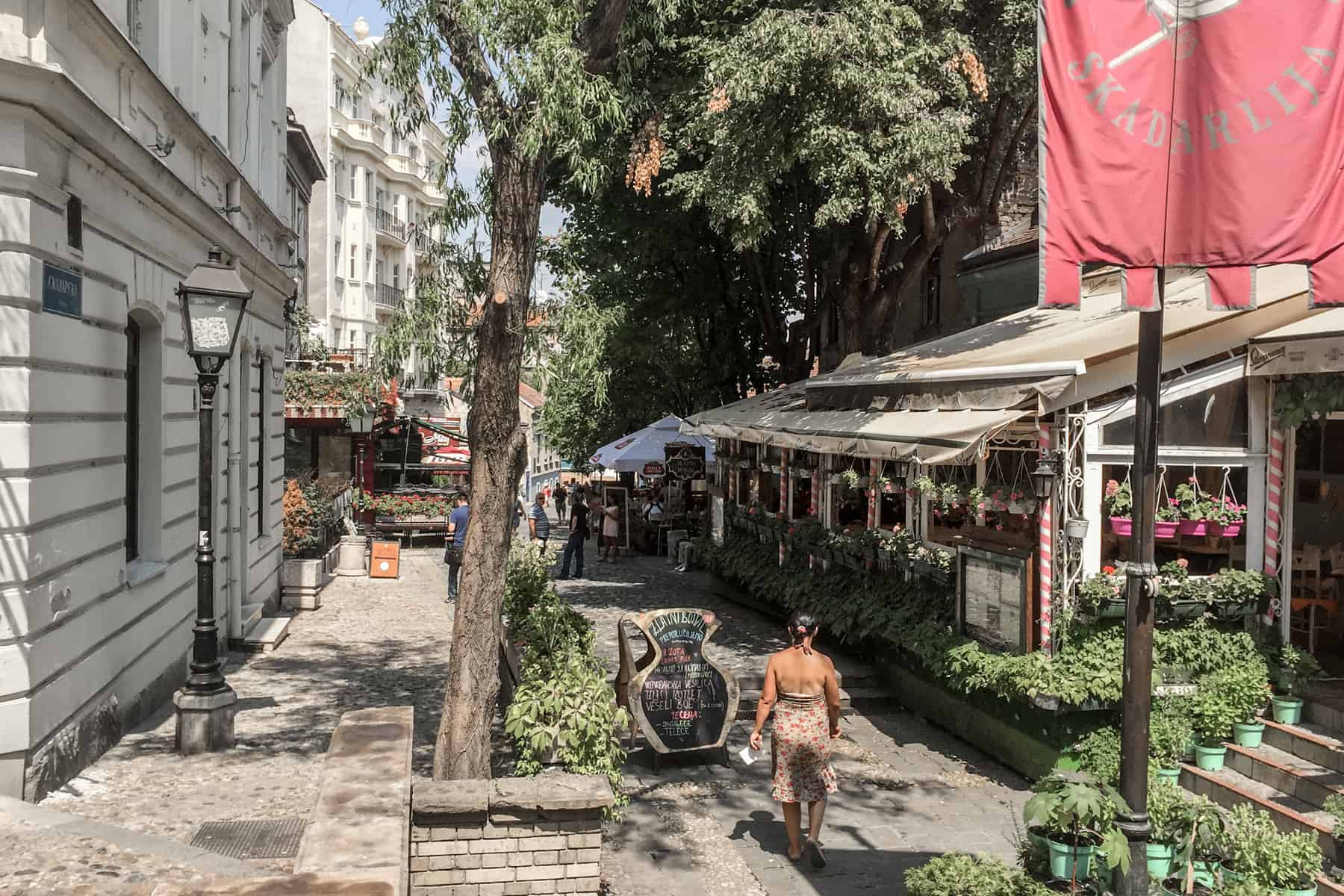
Strolls in old Belgrade.
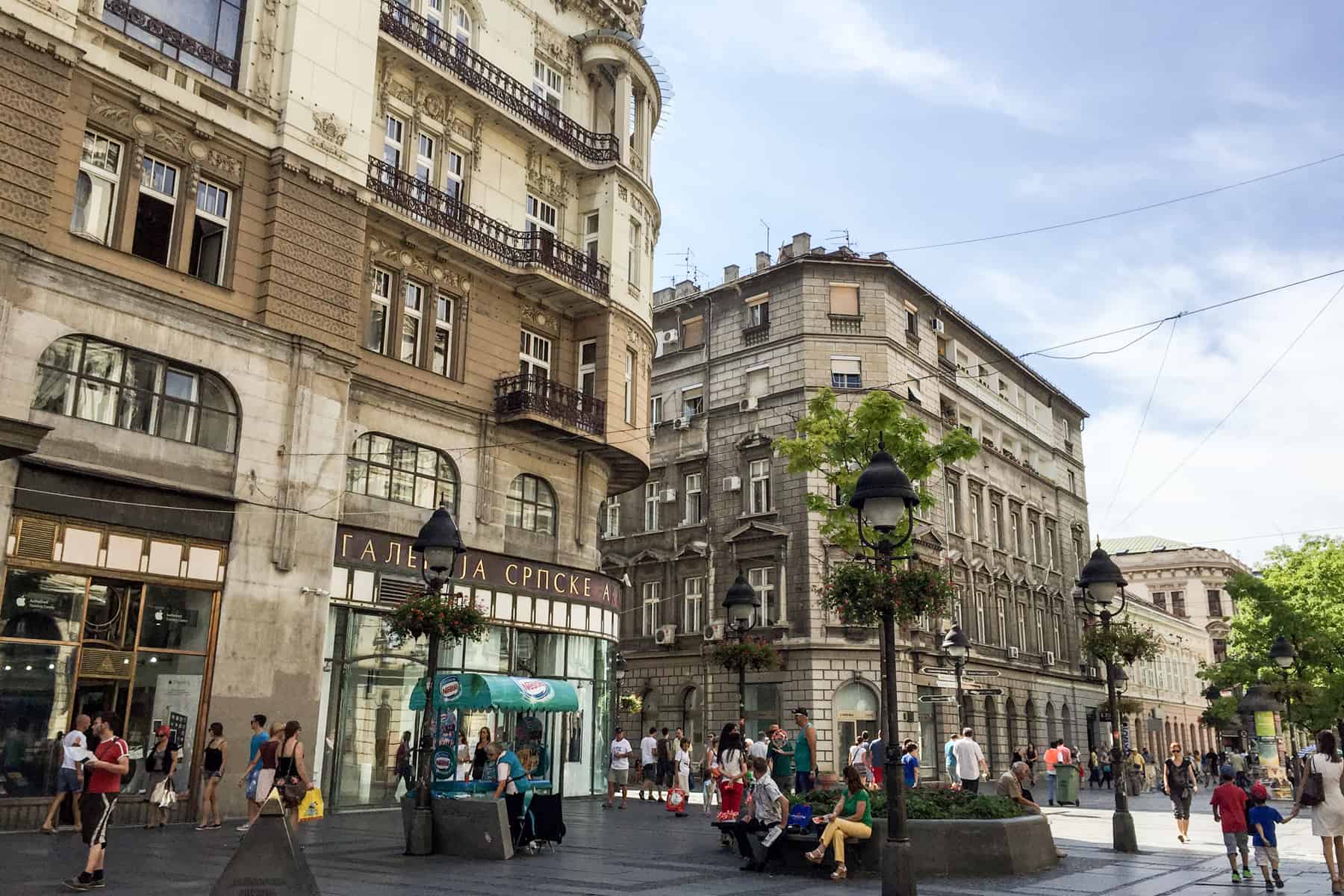
Classical architecture in Belgrade city centre.
Novi Sad’s preserved cultural heritage makes it a city showpiece like Belgrade, nominated as the European Capital of Culture 2021.
The elegantly detailed city centre, marked by the “Square of Freedom”, sits the City Hall, Catholic Cathedral of Mary’s Name, and the monument of Svetozar Miletic is a stroll for the senses. Houses and palaces in candy colours, side streets full of museums and art galleries, small passages (like Zmaj Jovina and Dunavska) invite you to explore before you land in the pumping café and bar-lined Laza Telečki street – the sundown meeting place.
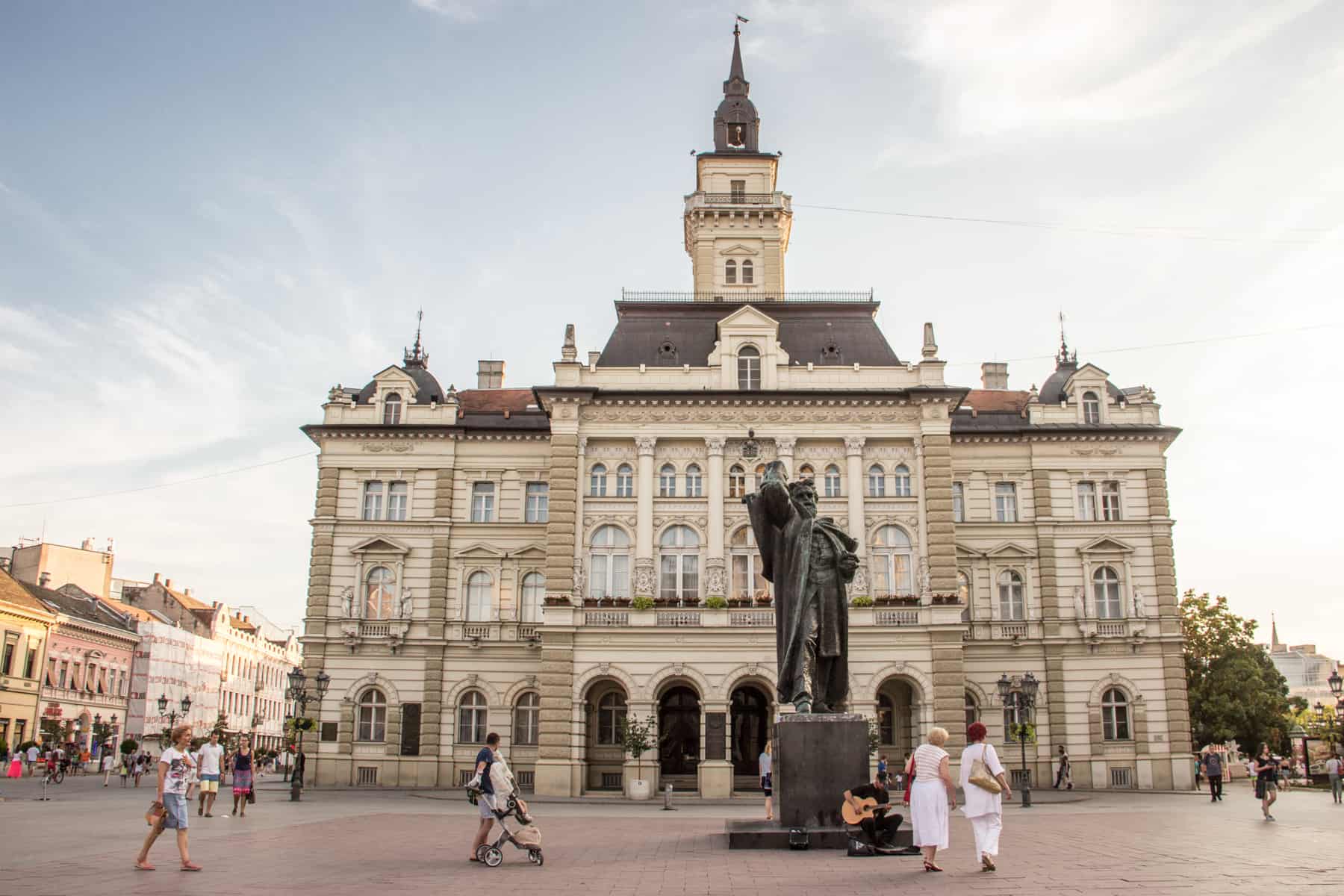
Svetozar Miletic Monument in Novi Sad’s Freedom Square.
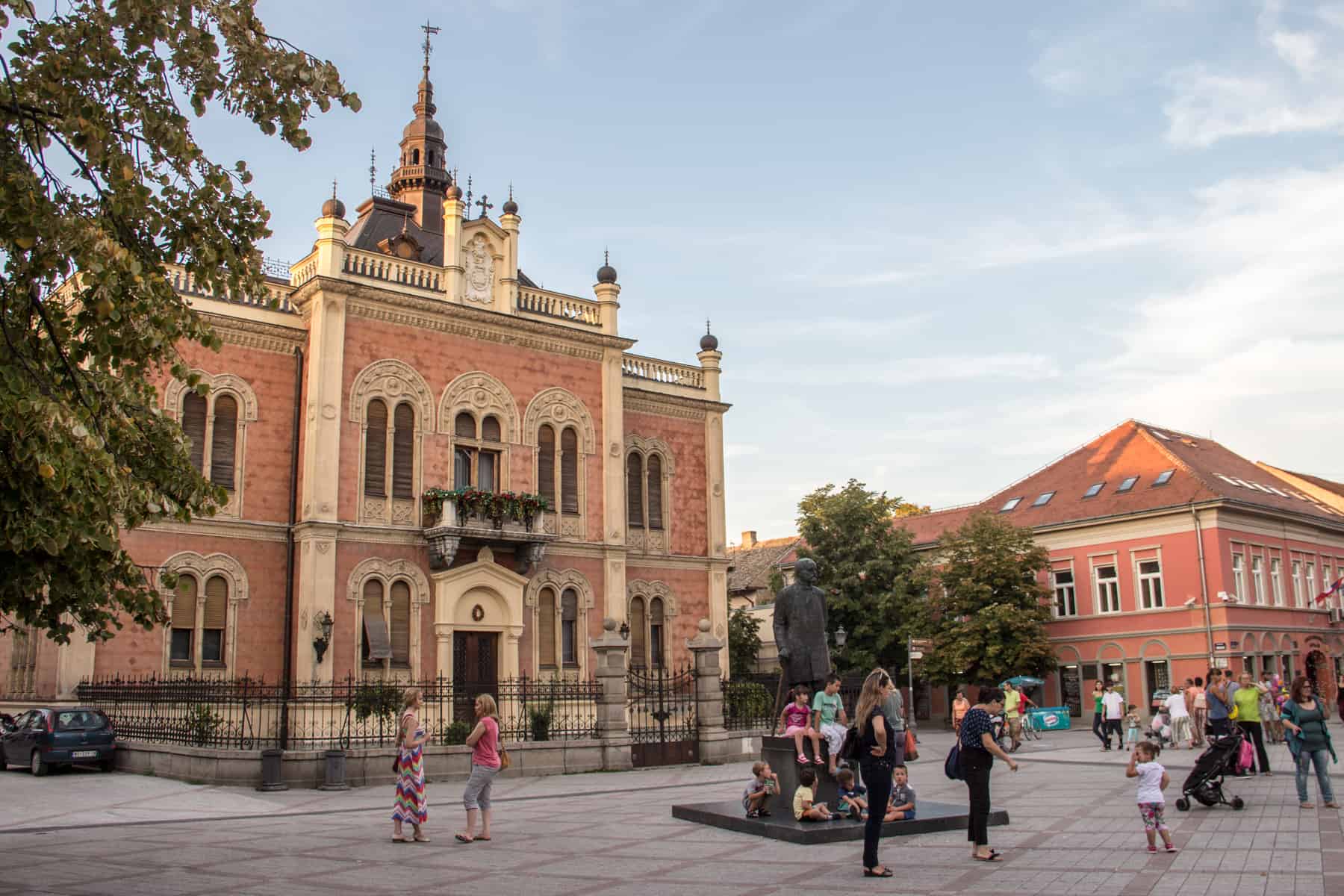
The stunning Orthodox Bishops Palace in Novi Sad Serbia.
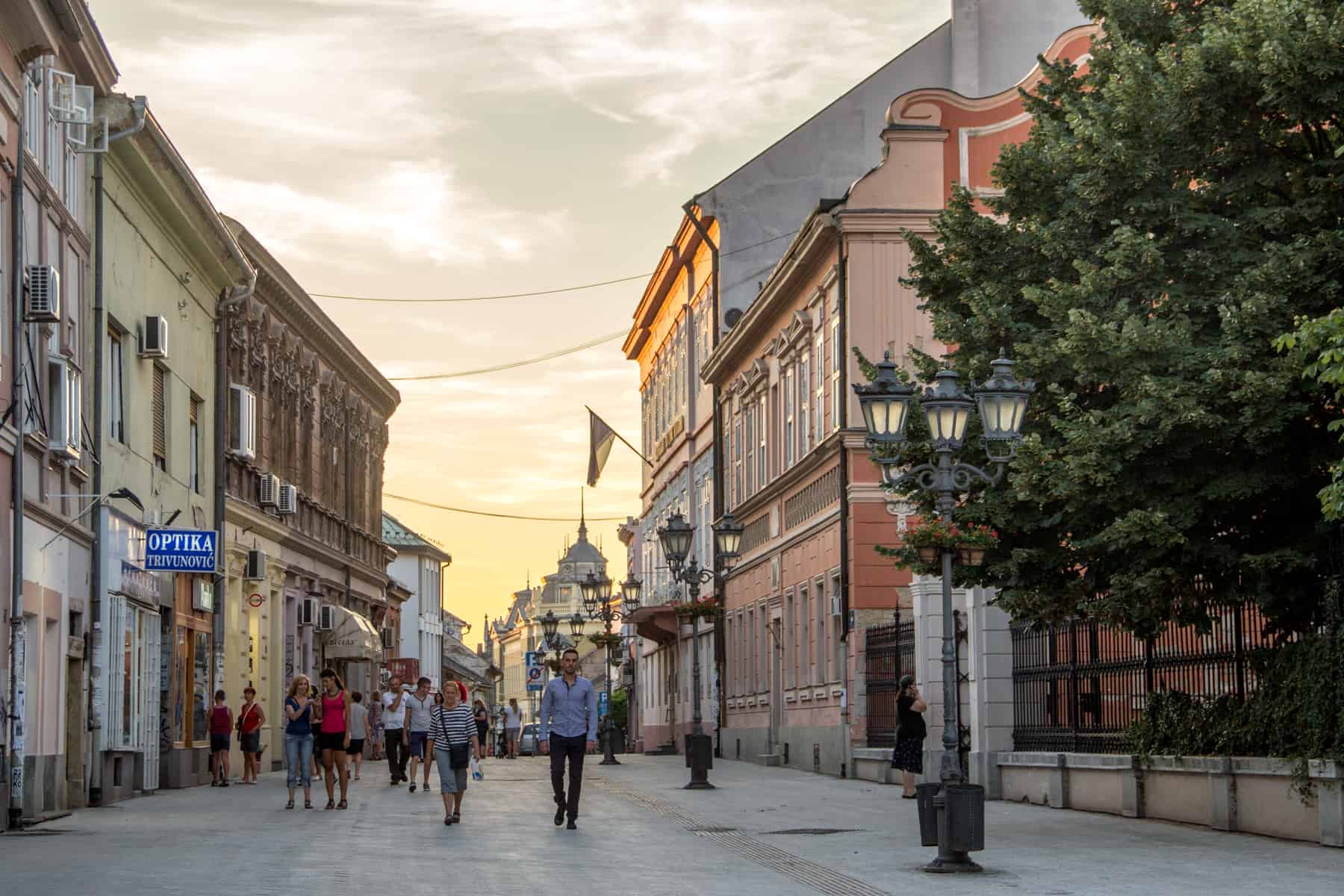
Sundown in Novi Sad city centre.
A highlight is the 18th-century Petrovaradin Fortress, divided into Upper and Lower towns. Climb up through the arched gateway passages to the symbolic clock tower with opposite time hands (large shows hours and small shows minutes). From here, you can look out over the Danube and get a bird’s-eye view of the grid streets of the Lower Fortress town, whose crumbling Baroque architecture retains stories of old in their fading facades.
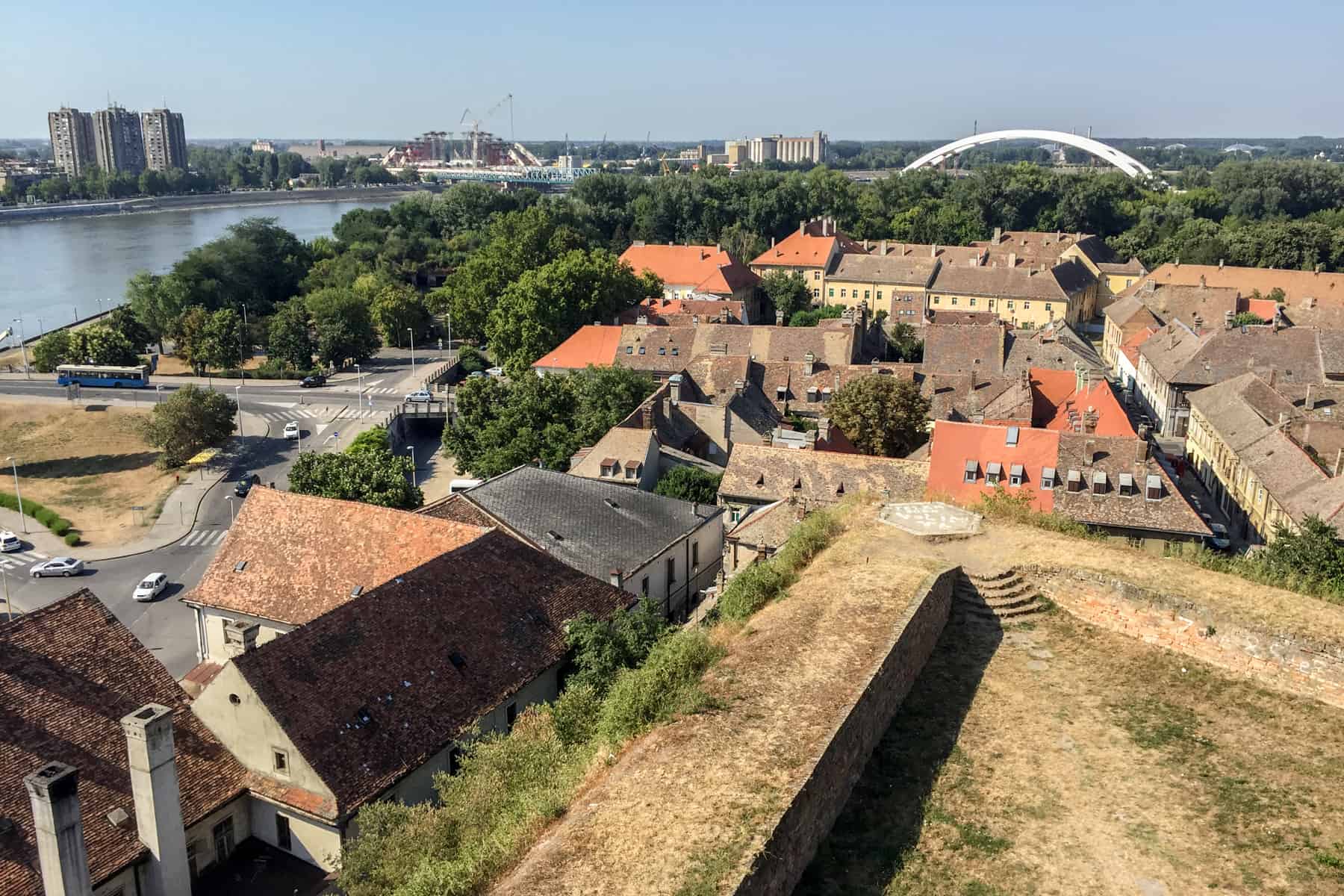
Clamber the Petrovaradin Fortress for city views across the river.
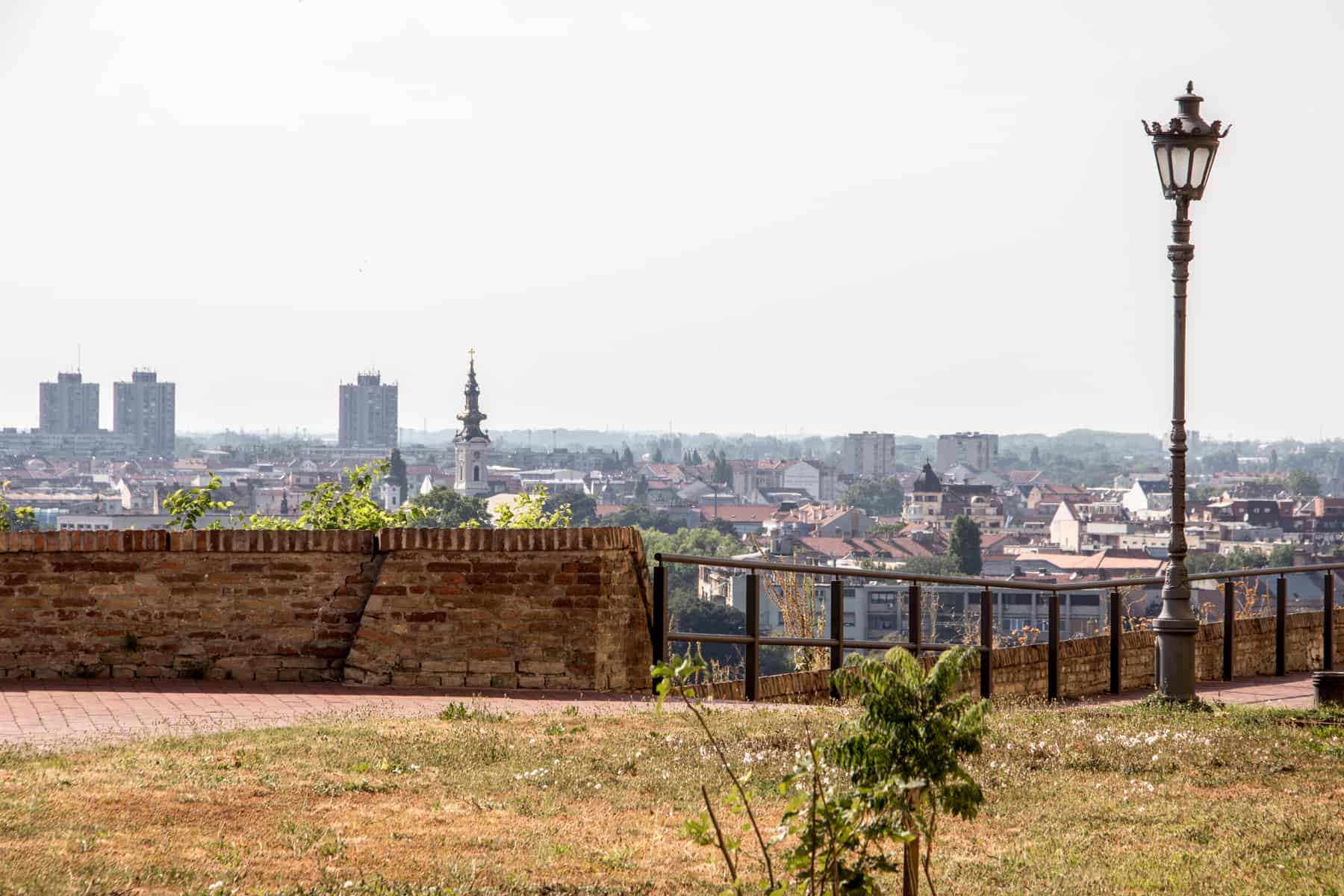
Picturesque Novi Sad.
Enjoying the great outdoors of Serbia should be factored into your visit in a country that is 75% mountainous and thus scattered with rolling green, protected nature parks, canyons, rivers and lakes. But where do you start?
READ MORE: Nature Attractions in Serbia – Pristine Land You Never Knew Existed.
I got off-track and wild in Valjevo – a city that is 90 minutes southwest of Belgrade. But the town wasn’t the main reason for visiting – the adjacent spindle of a nature reserve connected to it was. We trekked through the 50km long Gradac River Gorge (Klisura Reke Gradac) that runs through the steep slopes and high rock formations of the Canyon.
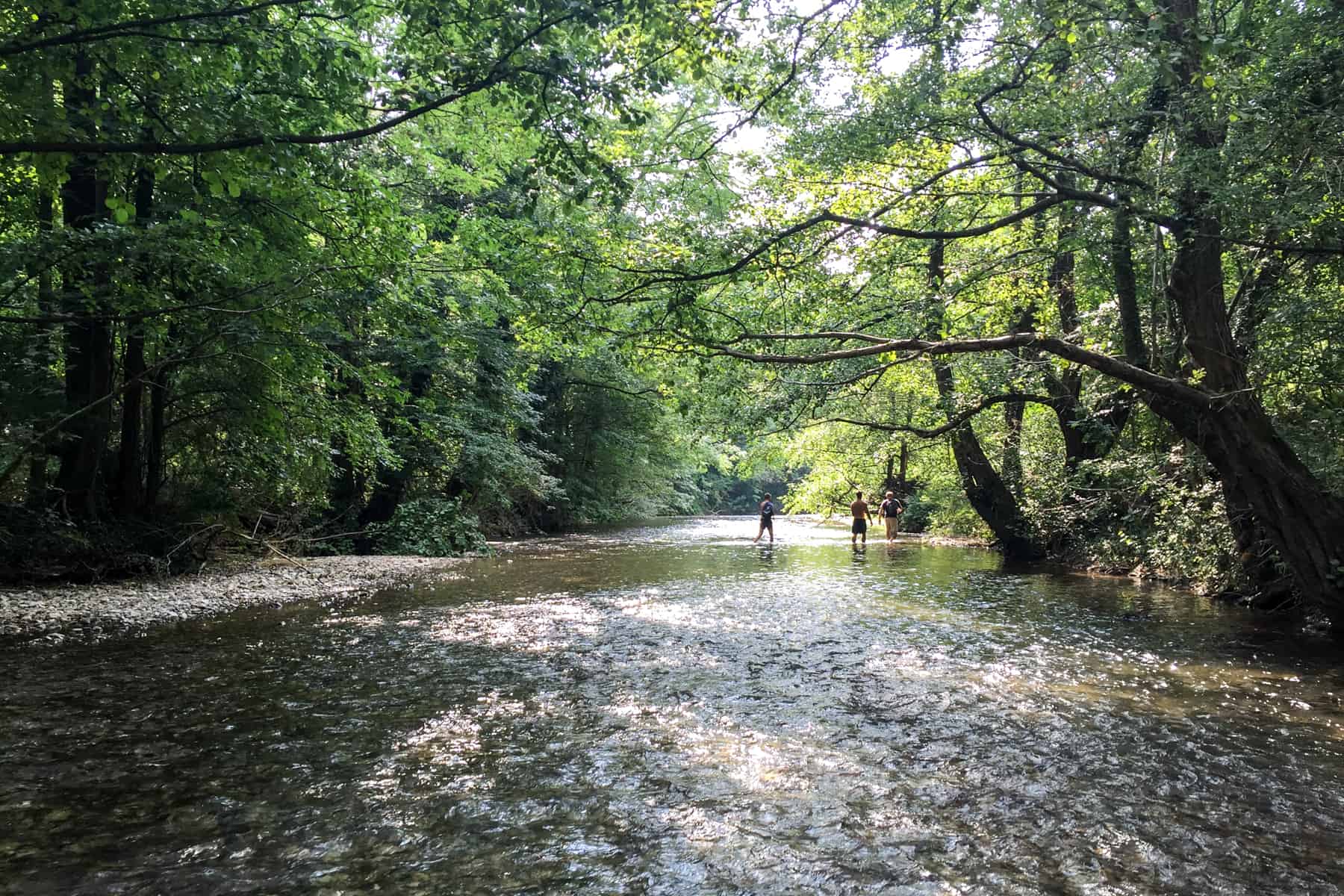
Trekking through the Gradac River Gorge in western Serbia.
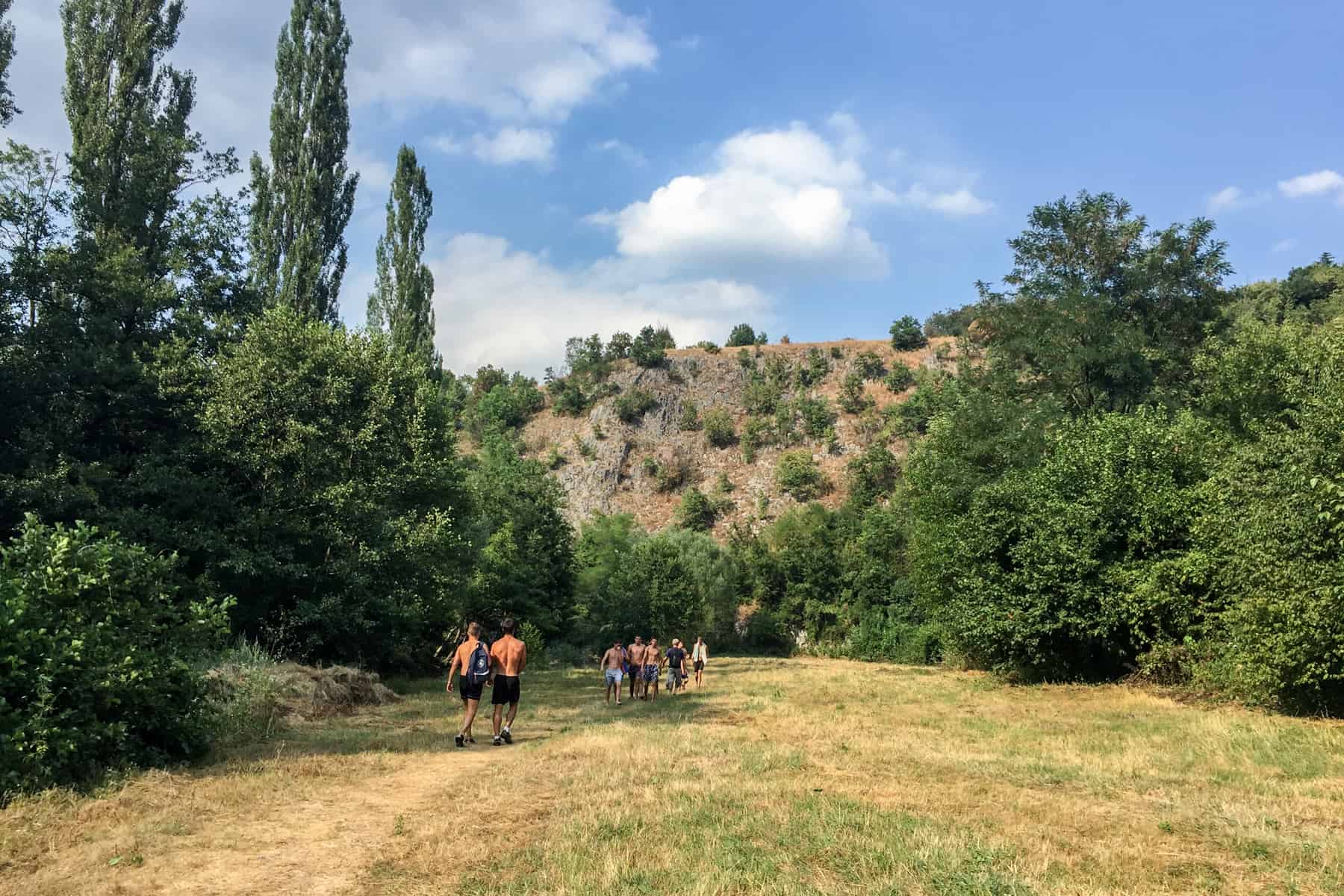
Canyon walls and walks.
Three hours south of Belgrade is Bajina Bašta – a village in south-western Serbia close to the border with Bosnia and Herzegovina. It’s also the perfect starting point to visit Tara National Park, where you can see the famous postcard-perfect scene House on the River Drina . Once a refuge for sailors and swimmers in an area of crashing waves, it’s become one of the main symbols of the area.

The House on the River Drina – one of Serbia’s most iconic places.
Kadinjača Memorial Complex is 90 minutes east of Tara National Park, on the highway that connects Bajina Bašta with Užice. It’s a striking memorial in honour of the Workers Battalion of Užice, who died here fighting against the Germans in November 1941 during the Battle of Kadinjača. It is both a burial ground and an exhibition space with the intent of piercing emotion. Huge, white stone sculptures sharply contrast with the low slope hills, and another stone stands isolated, depicting a large bullet hole.

The Kadinjača Memorial Complex is in honour of those who lost their lives during WWII.

The bullet hole sculpture at Kadinjača Memorial Complex in Serbia.
On the Southern fringes of Tara National Park, you can start an adventure that eliminates the need to take another bus. An alternative look at Serbia’s natural scenery includes riding the Sargan Eight narrow gorge railway further south to the Mokra Gora.
Mokra Gora is well known for Drvengrad – Serbia’s traditional wooden village and timber town elevated on a plateau between Tara National Park and the mountainous Zlatibor. Quaint and with bygone historical reference as a living village, Drvengrad was built as a film set for the Serbian drama Life is a Miracle by Emir Kusturica and was never deconstructed when the movie wrapped.
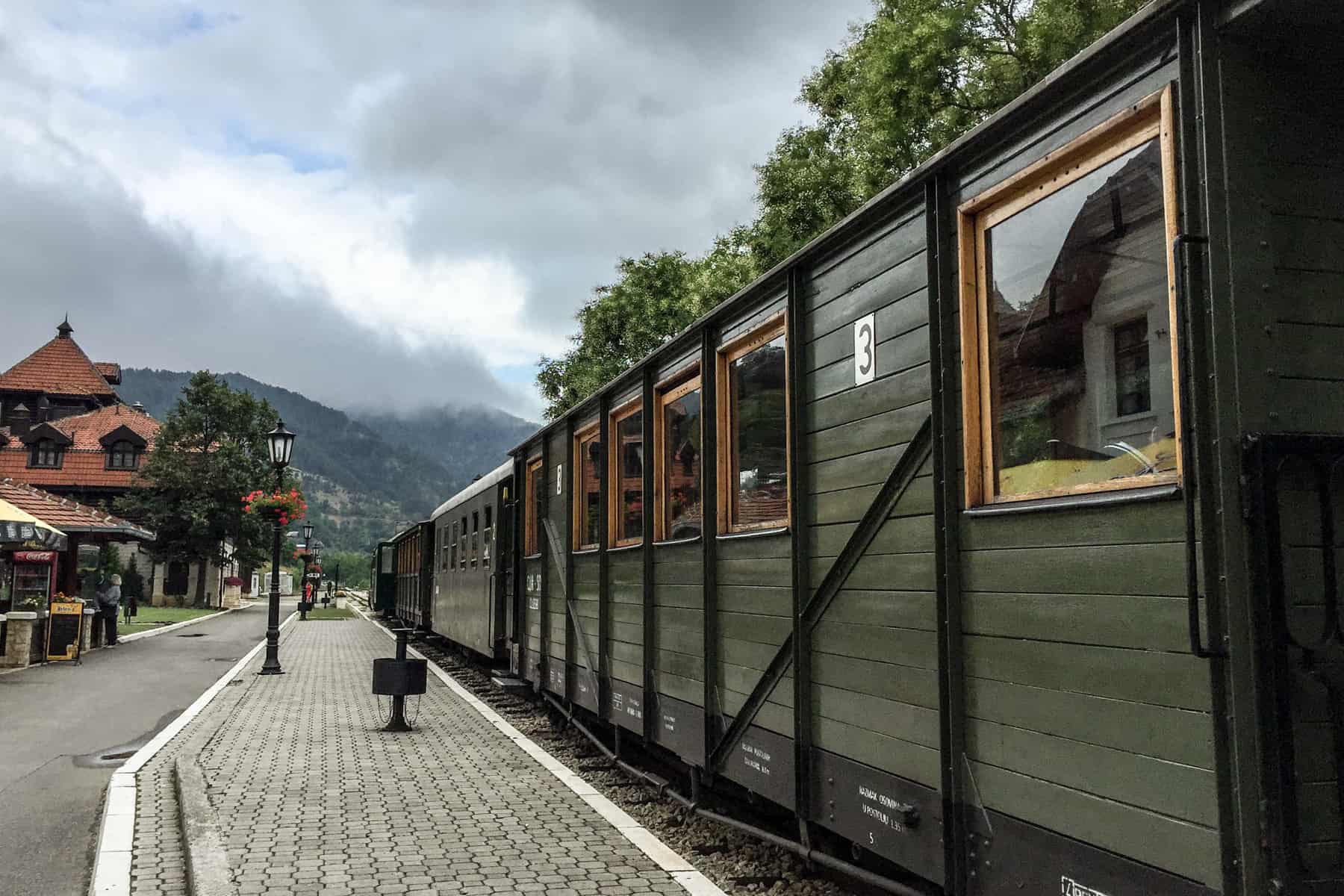
The timeworn splendor of riding the Sargan Eight narrow gorge railway.
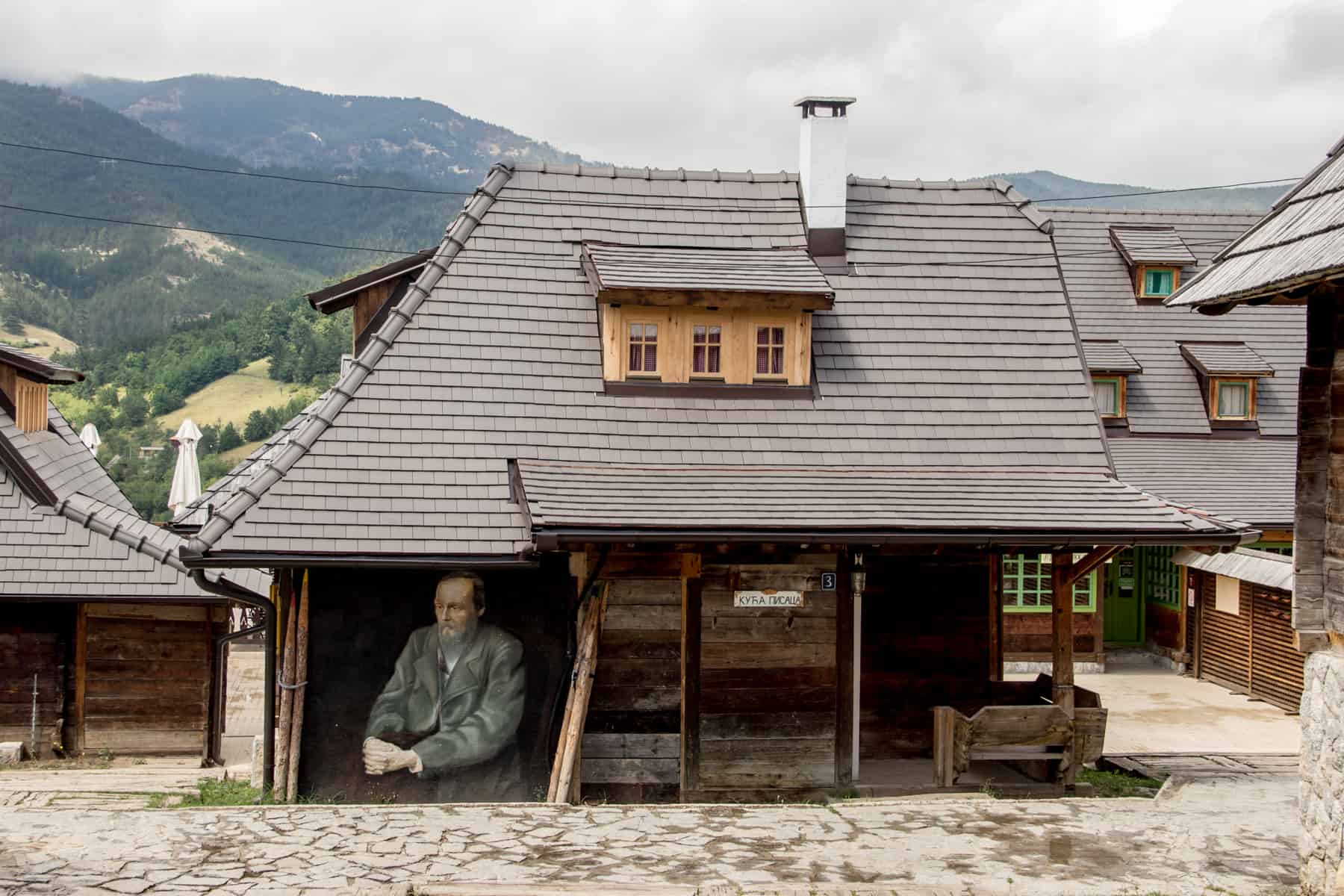
The film set props of Drvengrad – Serbia’s traditional wooden village.
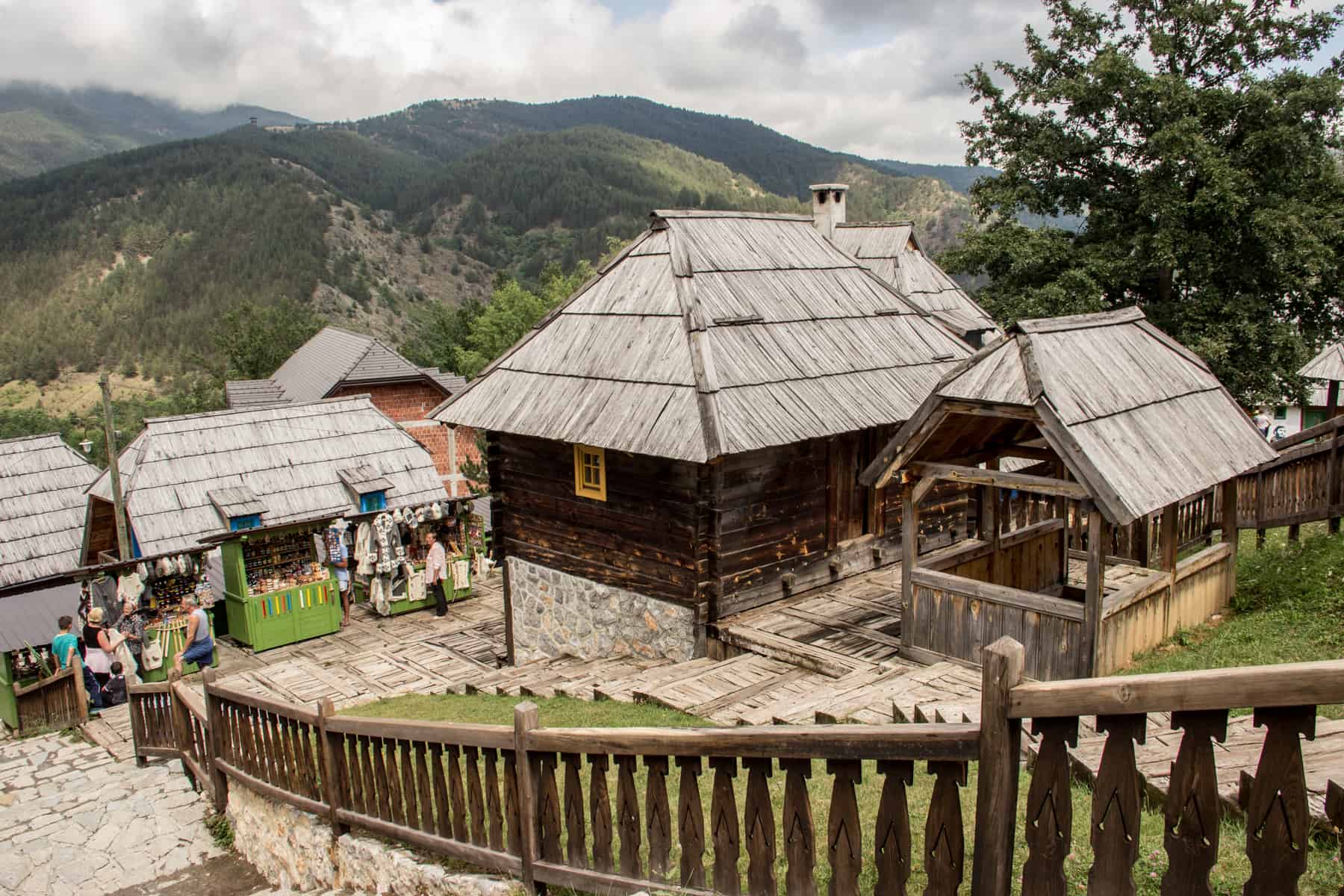
The remote timber town of Serbia.
Continue 30 minutes south from Mokra Gora and journey through the mountainous valleys and open-air spa region of Zlatibor, which is more than its ski resort reputation. In spring and summer, this area is a stunning circuit of hiking trails.
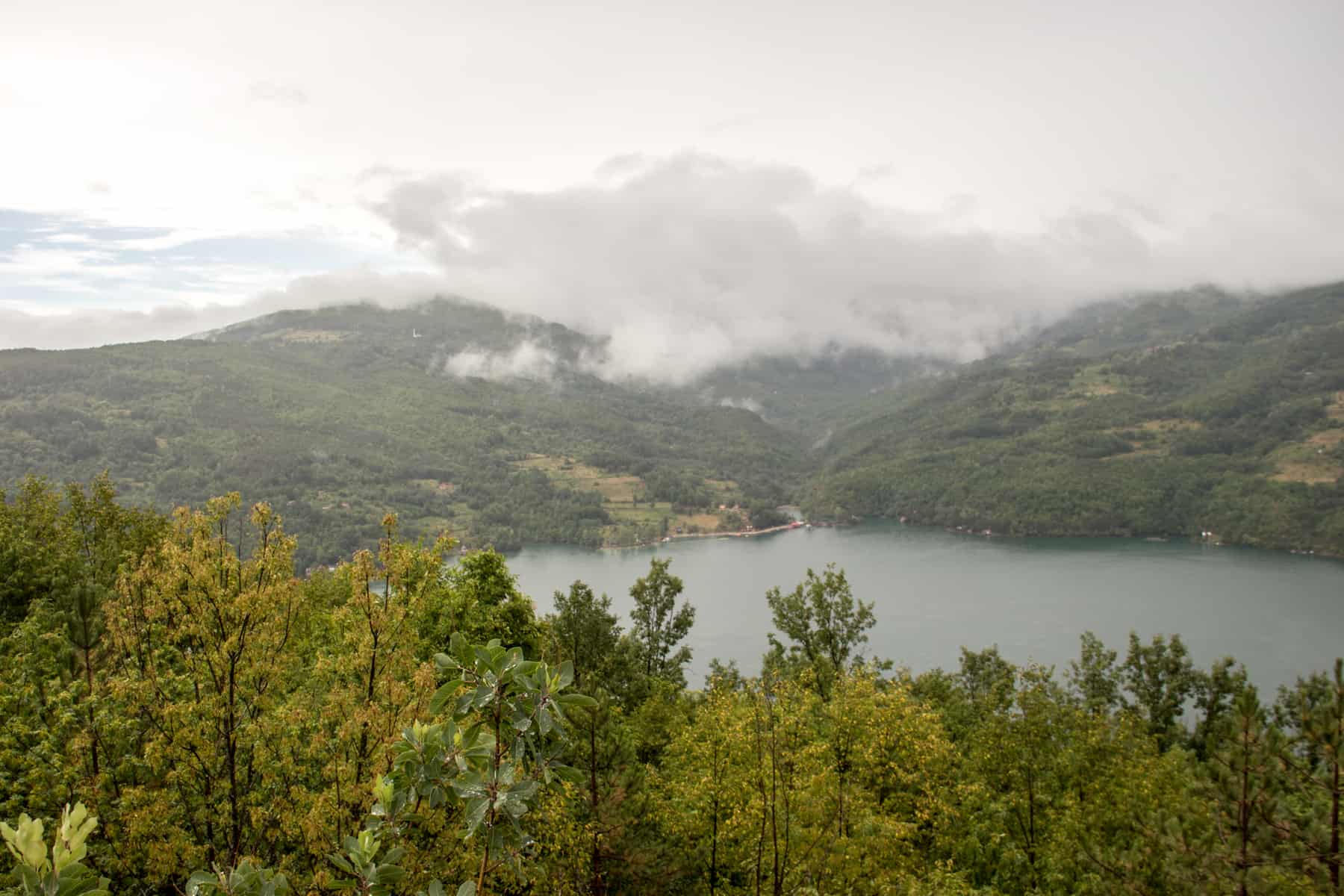
Views over Lake Ribnica in Zlatibor, Serbia.
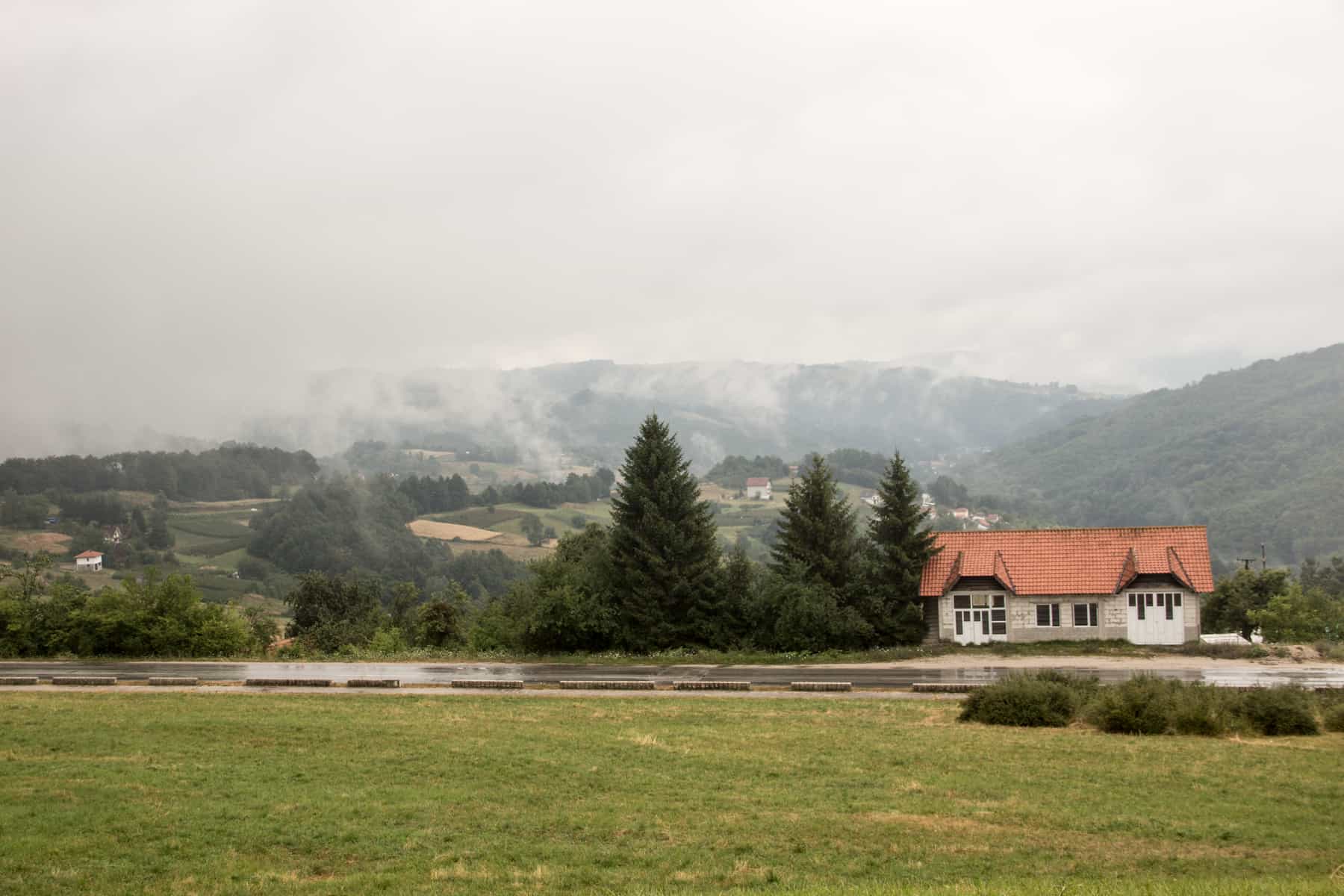
Escape to the Zlatibor region.
Continue further south from Zlatibor and visit the mountain park and biodiverse Uvac Special Nature Reserve. The highlight is winding through the magnificent bends of the Uvac Gorge on a slow motorboat.
If not on the path of a longer trip in Serbia, you can book an Uvac Nature Reserve tour from Belgrade, which includes a hike and a boat trip.
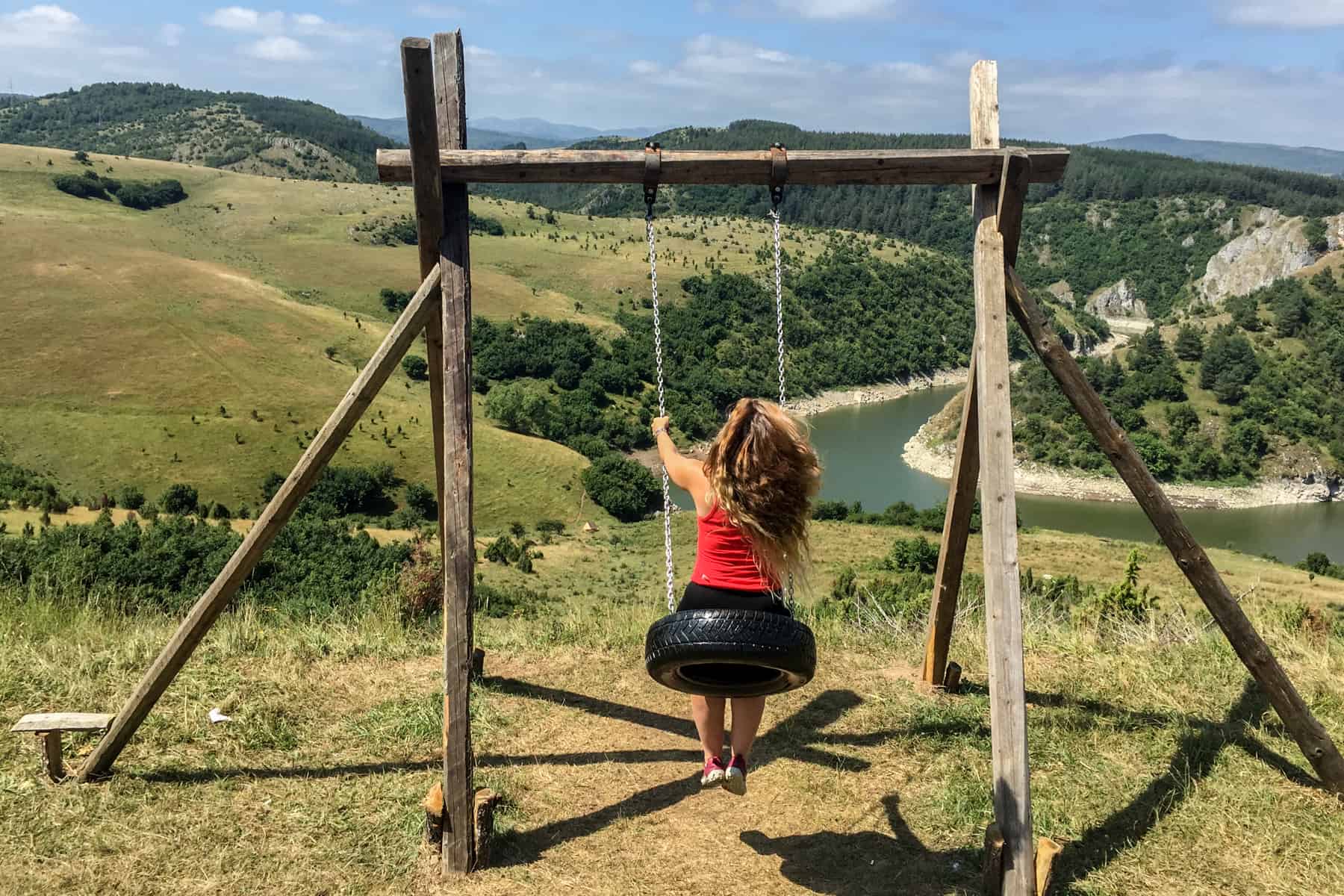
Swing with a view over the Uvac Gorge.
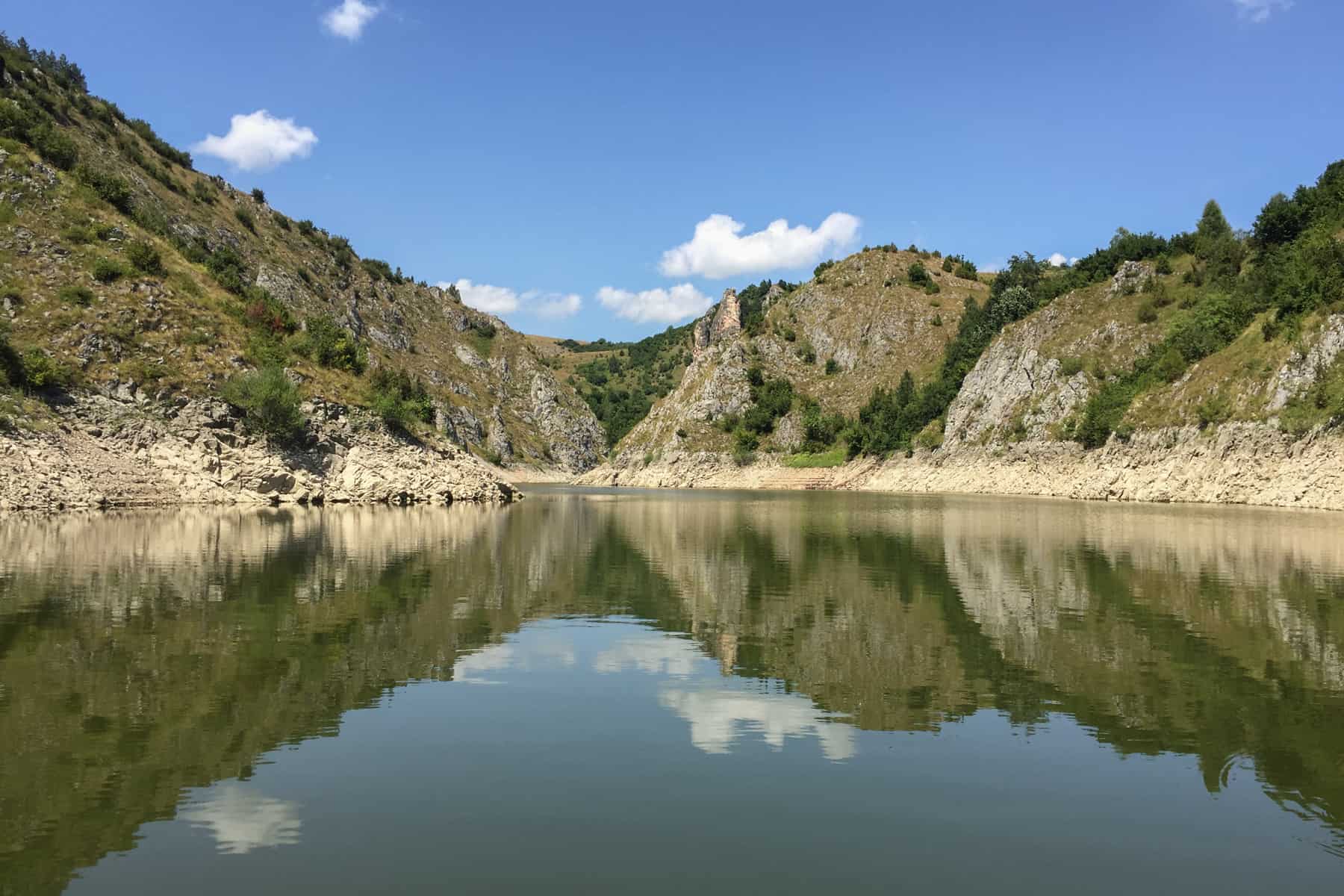
A journey through Uvac Special Nature Reserve along the Uvac Gorge.
East of Zlatibor and around three hours south of Belgrade is one of Serbia’s most historically prized Orthodox monasteries. The earthy red 13th-century Žiča Monastery was constructed on the orders of the first King of Serbia, Stefan the First-Crowned, and became the coronation church for all Serbian Kings on his orders. It was declared a Cultural Monument of Exceptional Importance in 1979.

Visit the Žiča Monastery- one of Serbia’s most historically protected buildings.

Continue further south from the Uvac Nature Reserve, and you will get to the valley town of Novi Pazar , located snugly within the Golija and Rogozna mountains. Off the grid from the main cities and surrounding nature are smaller towns with their distinct flair, which helps build a bigger picture of Serbia’s religious, cultural, and artistic diversity.
When Yugoslavia was founded, it was made up of South Slavic Christian and Muslim nations, although the latter is now a minority. Novi Pazar is a predominantly Muslim town that shows a different side to Serbia – architecturally, artistically and culturally. It’s small and appears nondescript at first sight, but wander its streets and accept the invitations from locals to try warming bread from the bakery and sip coffee at their house. Smiles soon overcame language barriers in an area of the country that wrestles with a bad reputation and an almost isolation in its Muslim identity, despite not being off-limits.
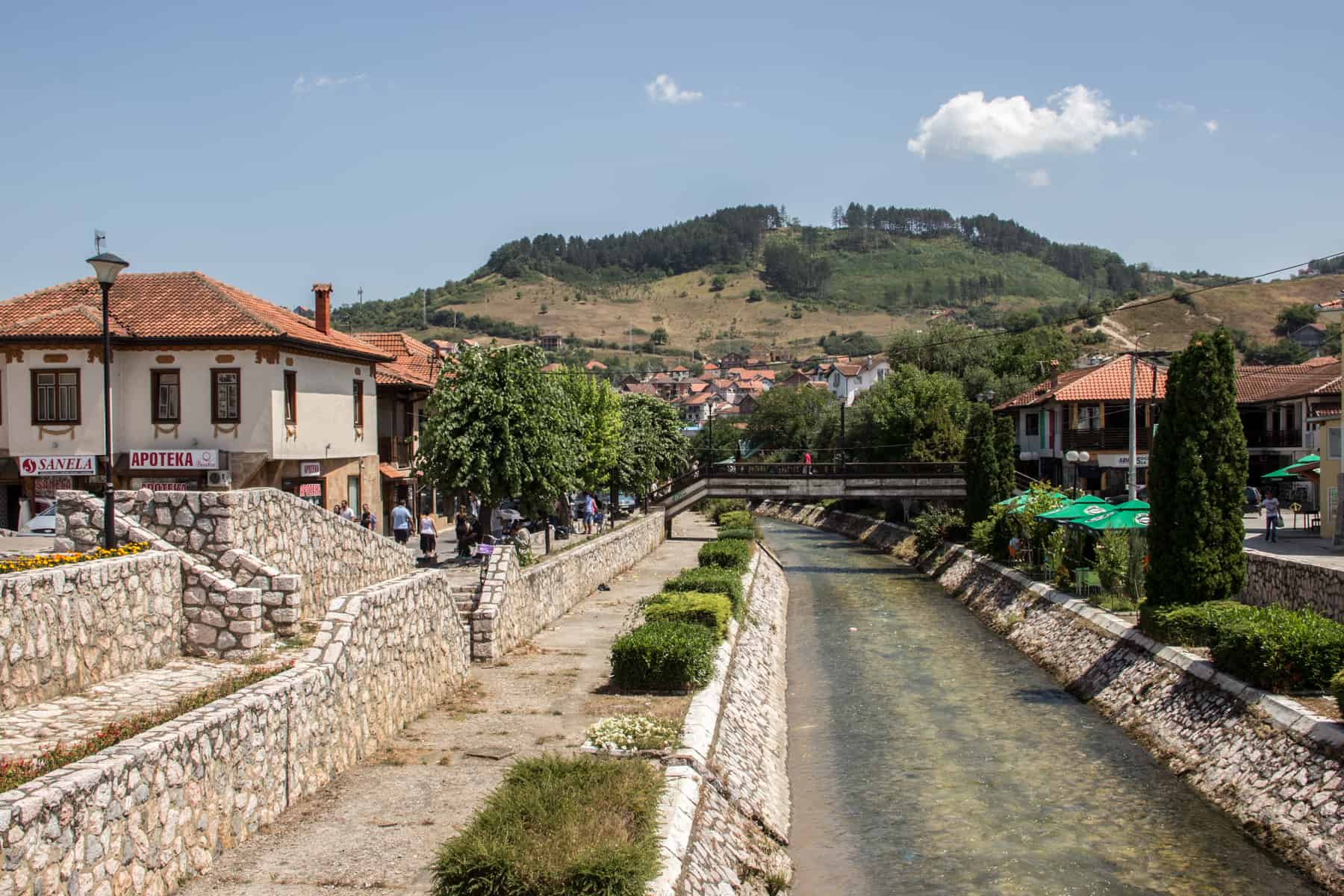
Visit Novi Pazar and see a destination in Serbia that’s often overlooked.
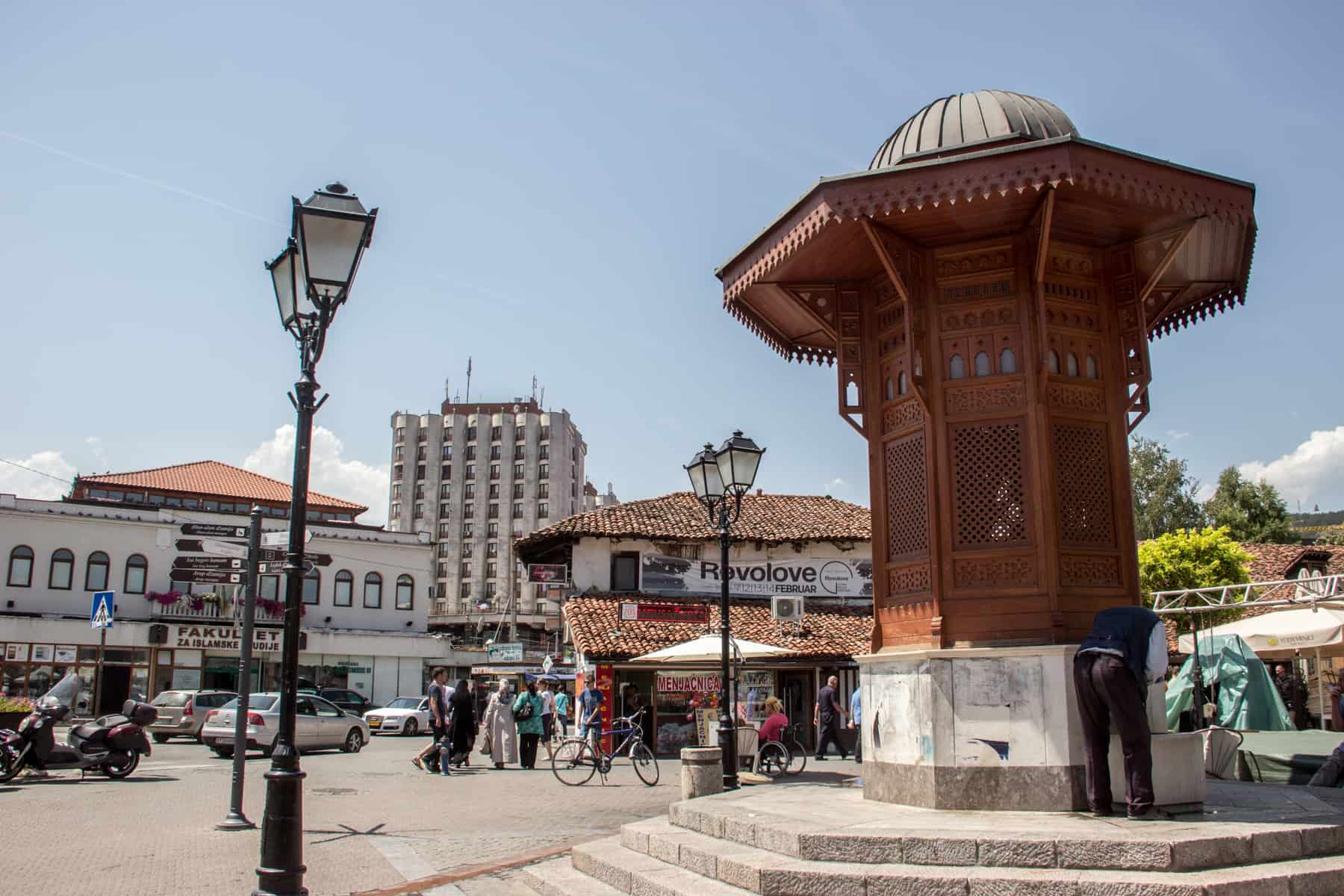
Life in the valley town of Novi Pazar.
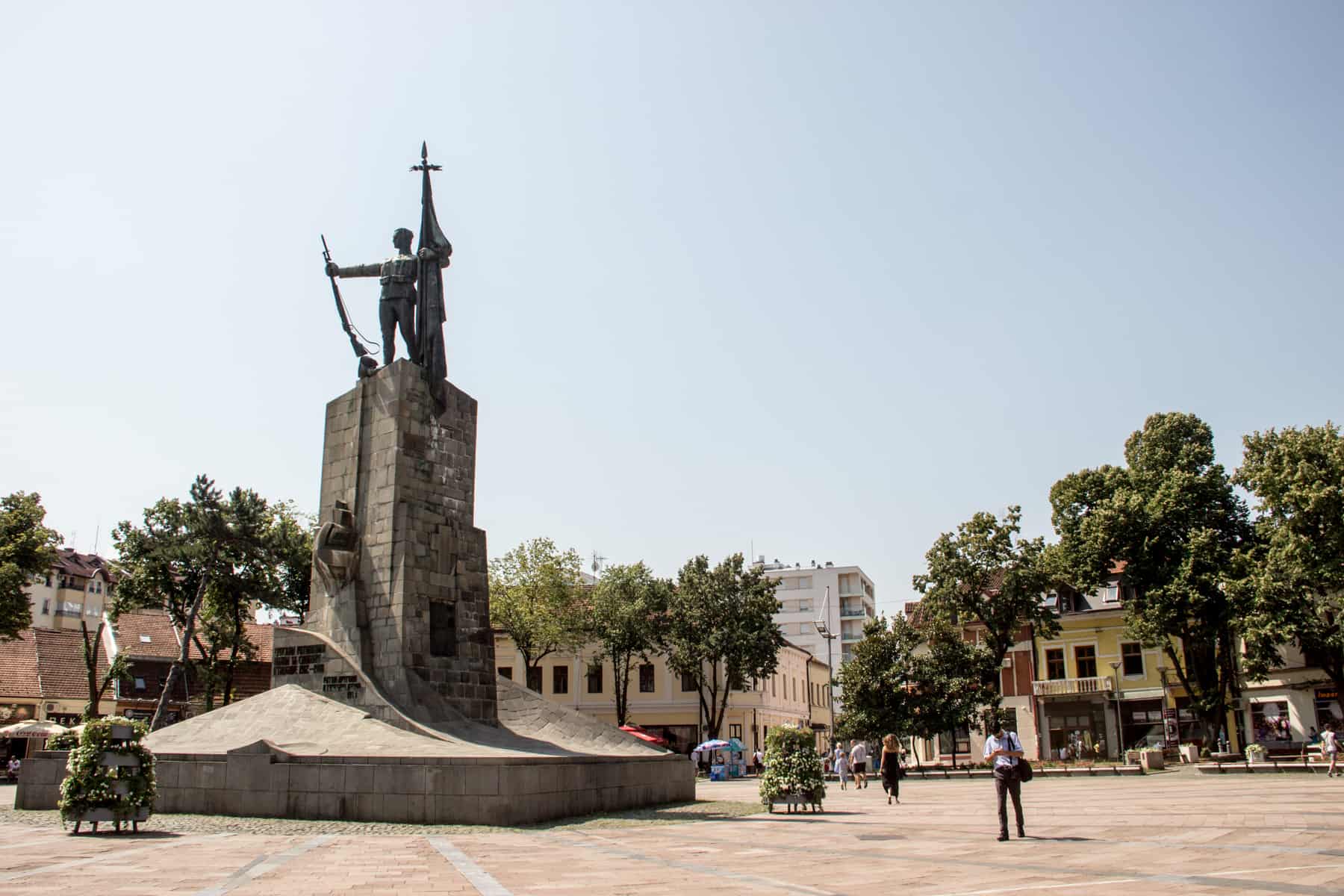
A decorated public square in Novi Pazar.
Only one hour south of Belgrade is bounteous landscapes with the foundations of good terroir – Serbia’s winemaking area of Topola. And not many people know about it. A region with award-winning vineyards that produce regionally characteristic sweet wine, such as the Aleksandrovich Winery and its superb Triumph series. Close to the vineyards is the hilltop five-domed St. George’s Church in Oplenac – a mausoleum of one of Serbia’s dynastic families. It features a marble floor and spectacular mosaic wall images and icons.
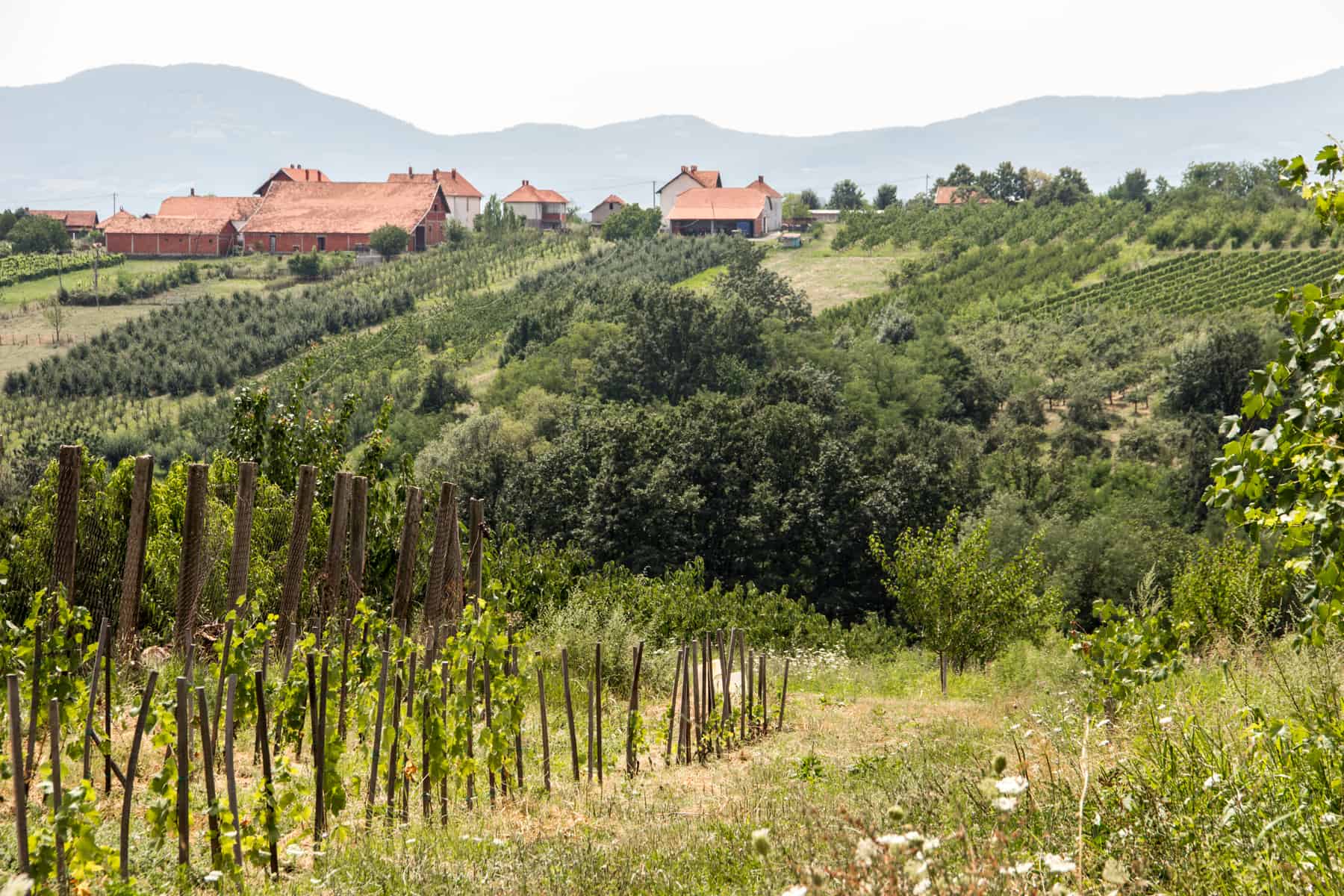
The vineyards of Topola – Serbia’s wine region.
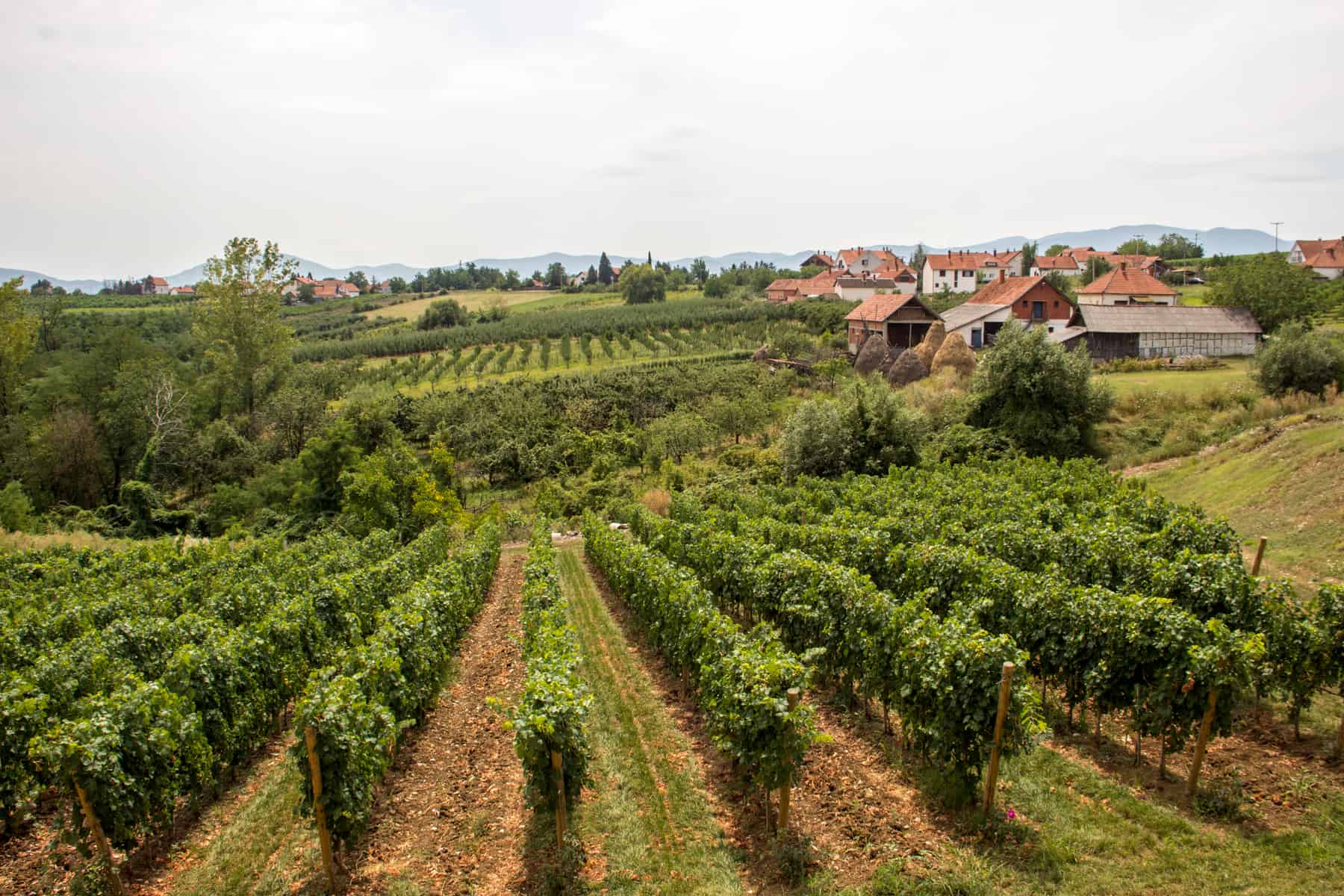
The terroir of Topola and Serbia’s underrated wine cultivation.
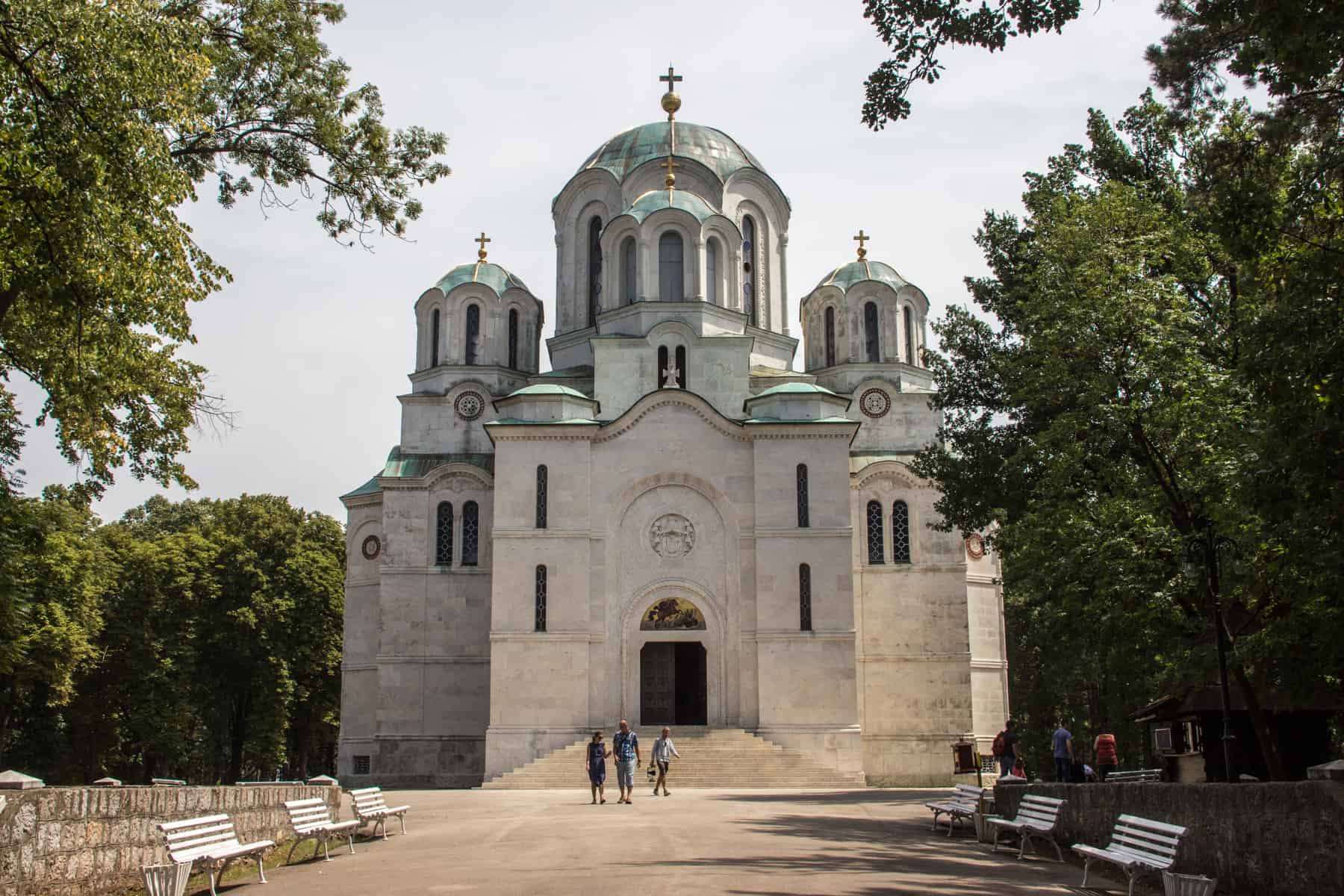
In Topola, visit the St. Georges Church in Oplenac.
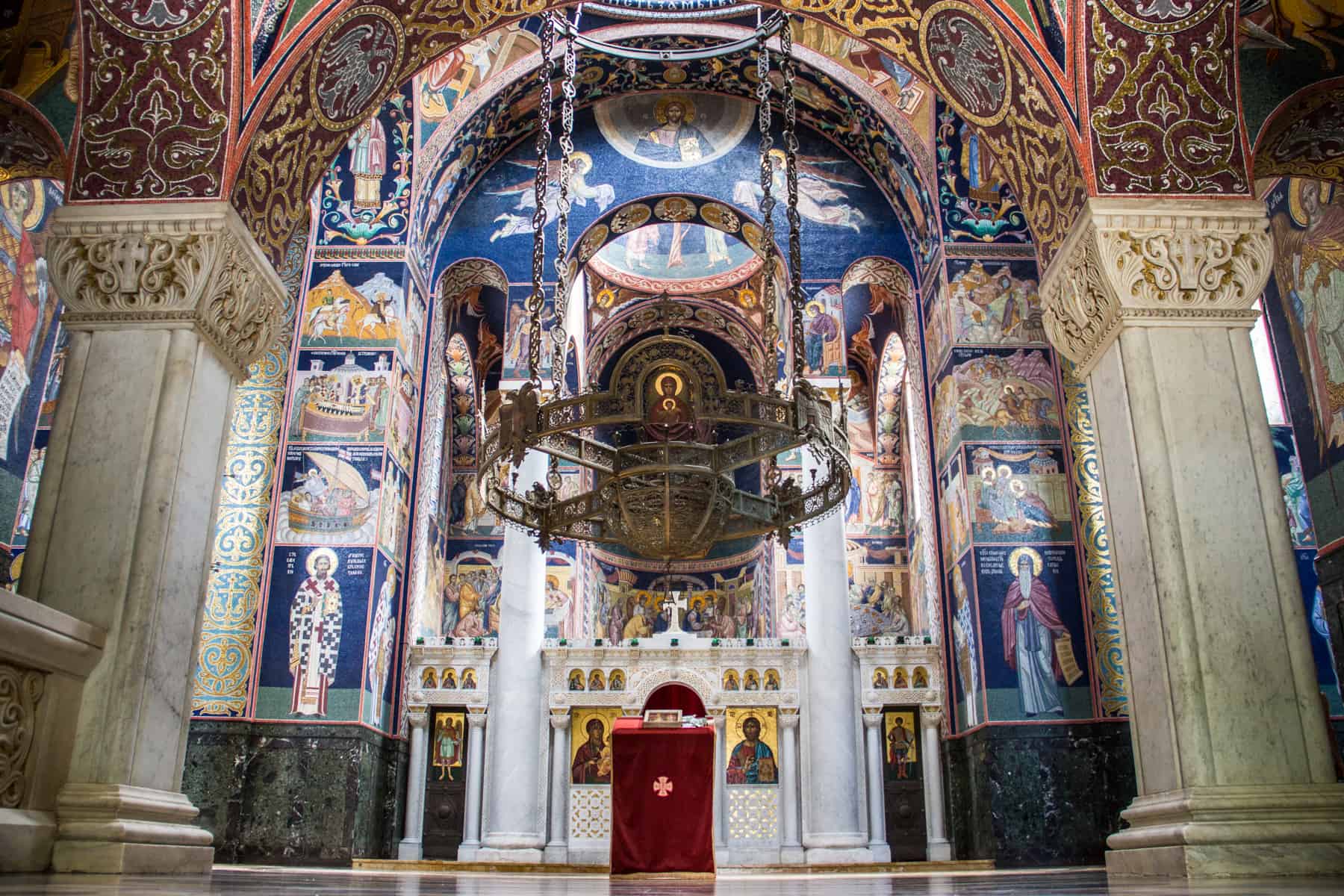
St. Georges Church in Serbia has one of the most beautifully painted interiors.
Around two hours south of Belgrade and north of Uvac is the village of Gu ča, known famously for its annual trumpet festival, which is a good enough reason to go.
Even if you are not a trumpet fan, the sheer amount of performers lighting up the town with all manner of these distinct low hums and beats will forever reverberate in you. Guča is where a unique cultural festival instinctively brings people together.
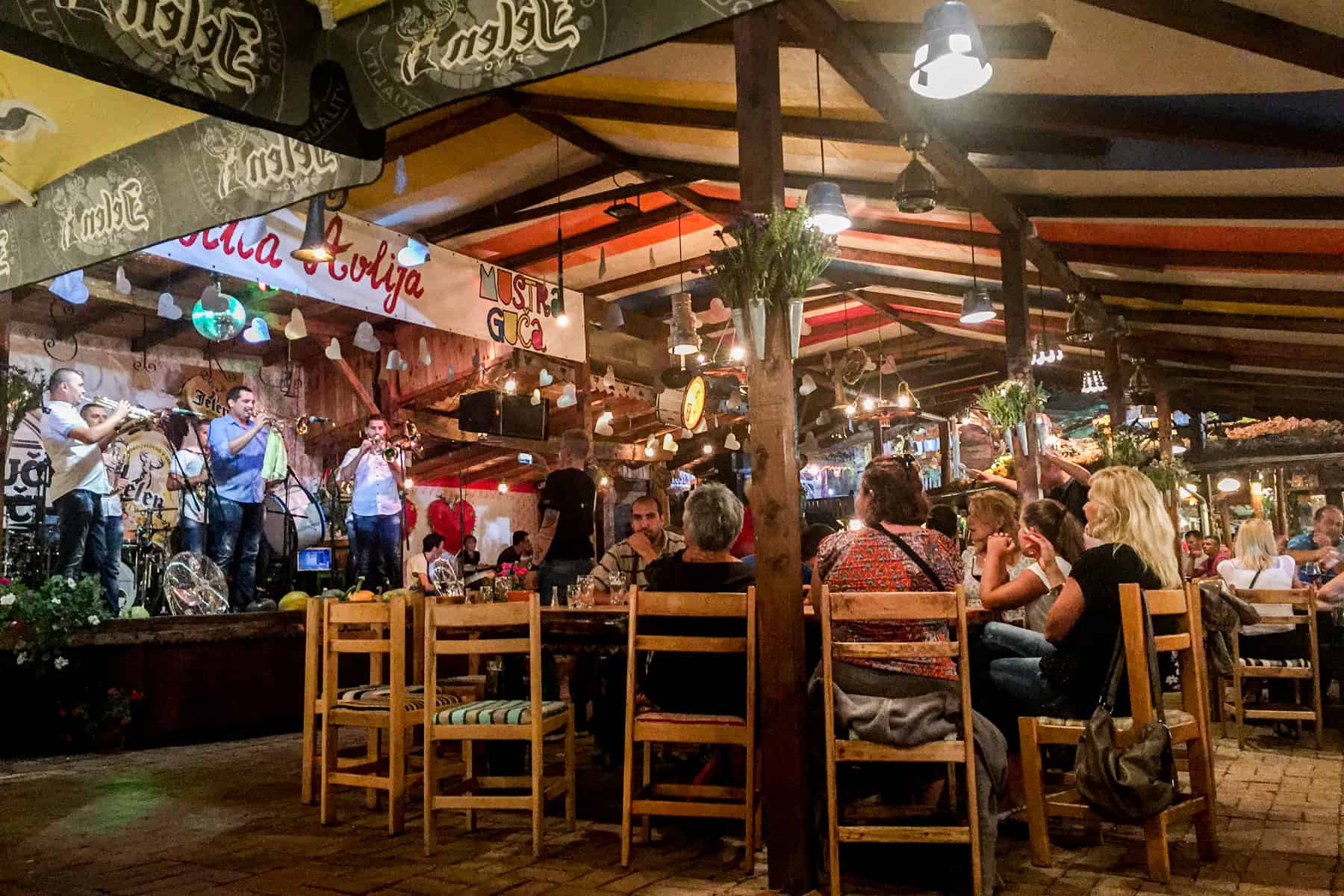
Entertainment at the Guča Trumpet Festival.

Many people visit Guča for its famed Trumpet Festival alone.
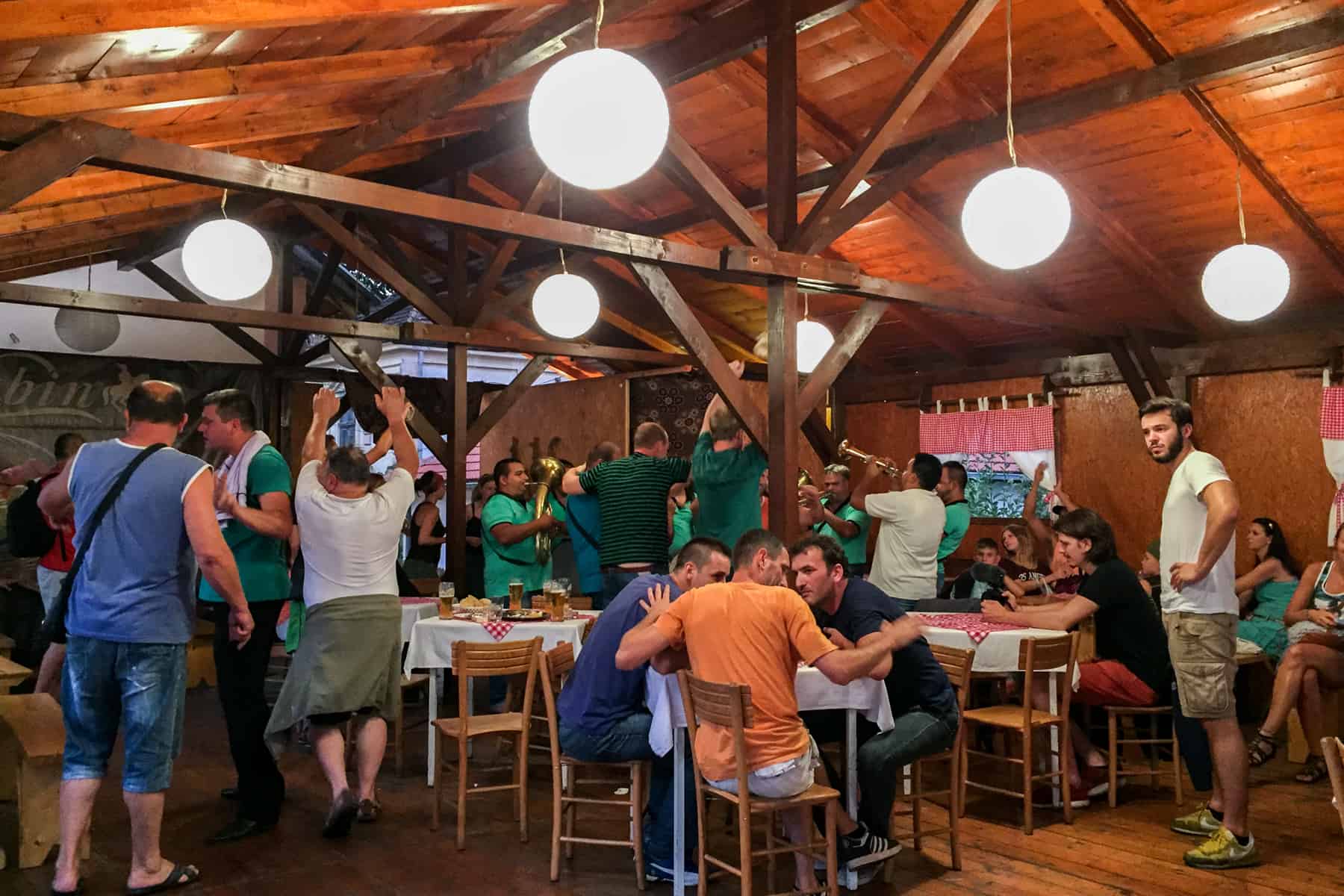
Guča’s Trumpet Festival turns into an all-night-long revelry.
Food in Serbia is a staple part of socialisation. Should you be invited to a feast by a local, wholeheartedly embrace it and enjoy it. Serbian cuisine is typically meat heavy, including Sarma : stuffed grape leaves filled with minced meat, Cevapi : grilled meat shaped liked tiny sausages and Kajmak: a curd based spread served with warm bread. All are usually served with side salads, fruit relishes and spicy chutneys and finished with chilled Rakija : the potent national drink that’s very much like Schnapps.
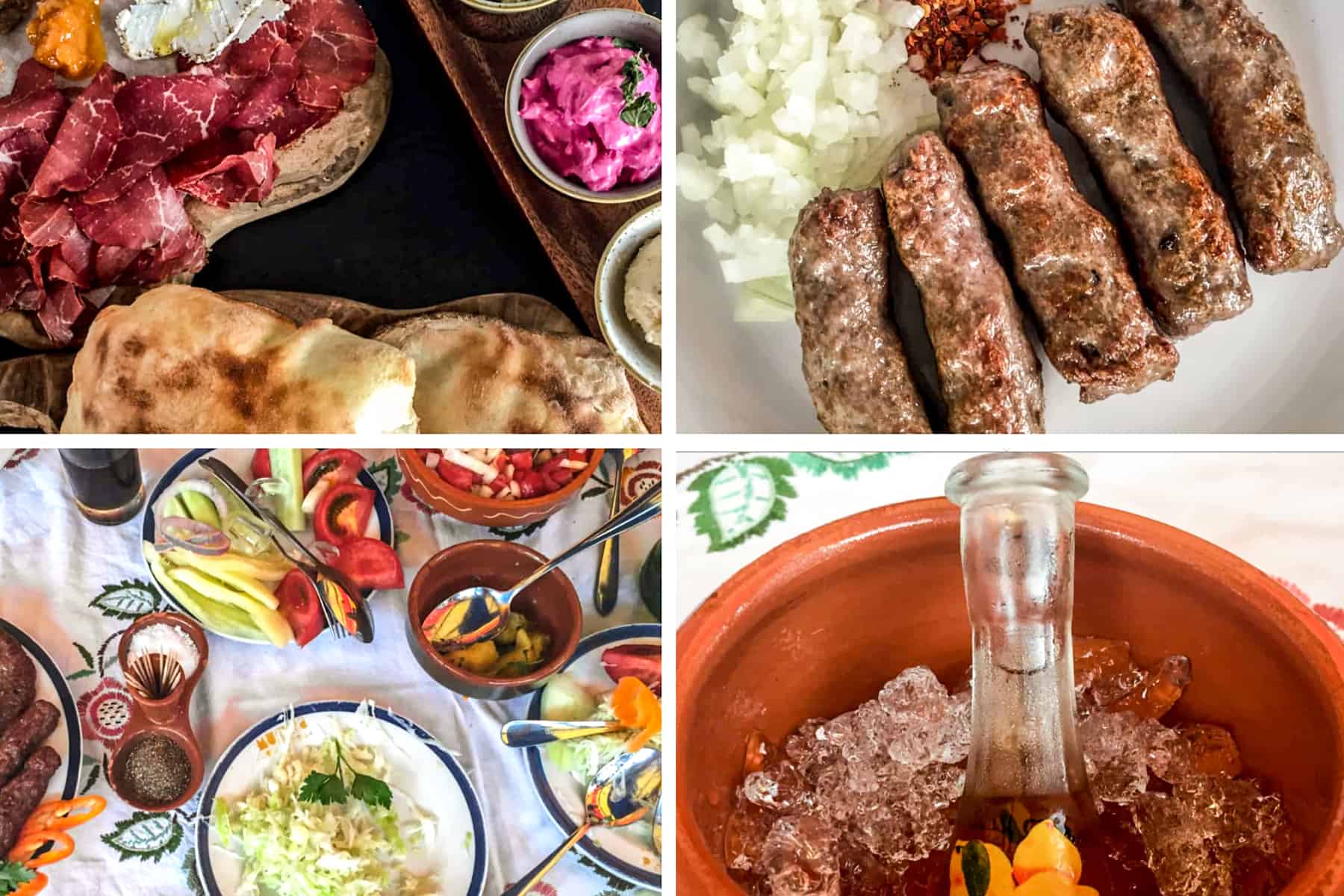
Enjoy the best Serbian food on your travels throughout the country.
First of all, the subject of Kosovo in Serbia is controversial and disputed – discuss it at your peril. Serbia doesn’t recognise Kosovo as an independent state or a country.
Now, to enter Kosovo from Serbia is fine since Serbia does not acknowledge the border and claims Kosovo as part of it. You can travel there and re-enter Serbia, no problem. However, if you enter Kosovo from neighbouring Montenegro, Albania, or North Macedonia land borders, then you will not be able to enter Serbia. Why? You don’t have the stamp for official entry in Serbia via Belgrade airport or the land crossing from Bosnia and Herzegovina, North Macedonia, Bulgaria, Romania, Croatia.
The future is positive for a country so tangled in political fragmentation. To travel in Serbia is to remember there is more to it than the image shadowed in atrocity and devastation. A sum of its centuries-old past that is more than the modern history we know.
A country in a rebuild that deserves the right kind of attention now.
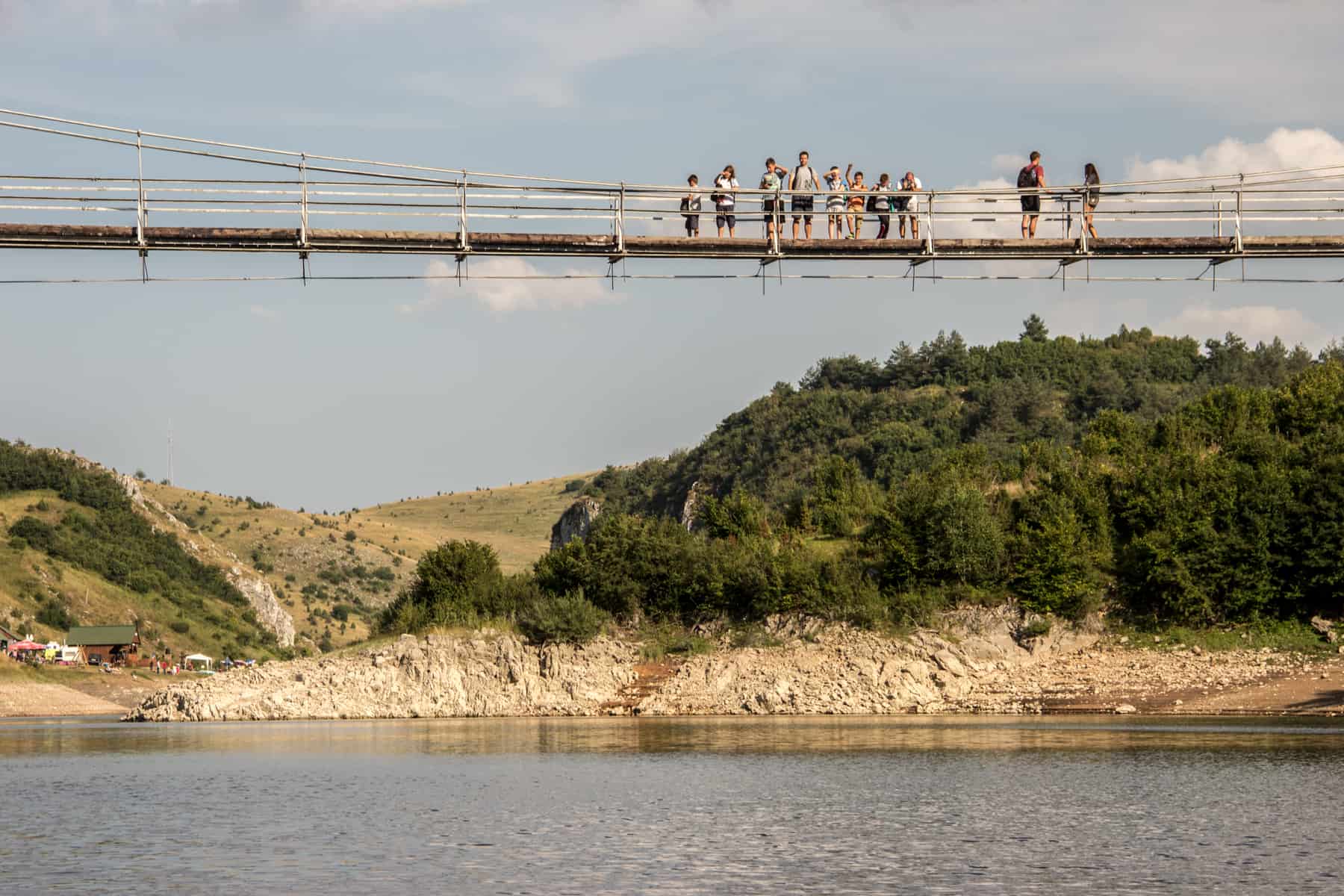
See Serbia from a different perspective and change your perceptions.
My trip to Serbia was created in conjunction with the National Tourism Organisation of Serbia for the #MySerbia campaign travelling with locals for a deeper insight into the country. All opinions on this Serbia travel blog remain my own.
About Becki
Becki Enright is a British Travel Press Award-winning writer whose work focuses on changing perceptions about misunderstood aspects of destinations. Her writing combines storytelling with insight into the social, historical, political and economic factors that shape the country or place in relation to tourism. Becki has appeared live on Sky News and CNN and has contributed to high profile media including National Geographic, Time.com, Guardian online, New York Times, Grazia and Buzzfeed.
7 April 2016 at 11:17 am
Awesome post! Add Exit Festival from Novi Sad to the list too 😉 It’s one of the most famous and best music summer festivals in Europe 😉
31 March 2016 at 7:12 am
Great post with beautiful pictures. It was nice to discover a new place by reading. I have had neighbours from Serbia when I was living in Vienna, now I can see how their country looks.
Jennifer says
22 March 2016 at 2:45 am
Great post, I would love to visit Serbia. My partner went about 6 years ago and enjoyed it almost admittedly he didn’t see much of the country on ‘van tour’. We are both living in New Zealand now but we would like to travel to this area of Europe soon. The scenery in the countryside looks stunning and I am sure all the small villages and towns are full of history.
Leave a Reply Cancel reply
Your email address will not be published. Required fields are marked *
- Article Archives
- Work with me
- Privacy Policy


18 Most Beautiful Places in Serbia
Serbia is a very diverse country, with attractions that vary from its stunning natural sites, picturesque towns, and some of the best foods in the region. Serbia is home to unique nature attractions including the largest desert in continental Europe and the most amazing archaeological site that provides a glimpse into prehistoric times.
In this list, I have put together the most beautiful places in Serbia so that you can plan your holidays making sure to check the most popular destinations in the country. I personally love towns like Sombor and Apatin where life is slow-paced and unhurried, as well as the hiking trails and diverse terrains in national parks such as Tara and Fruska Gora.
But Serbia is so diverse that I am sure you will find something that fits your taste as well. Without further ado, here is my list of the most beautiful places in Serbia.
The ultimate list of the 18 most beautiful places in Serbia
1. belgrade.

The capital of Serbia, Belgrade is a vibrant metropolis known for its beautiful architecture, fabulous museums, and exciting nightlife. There is no shortage of tourist attractions here.
I know it may sound like a cliché to say that Belgrade is one of the most beautiful places to visit in Serbia, but the old town is so well-preserved and lively that I truly believe it belongs on this list.
Learn about the history of Yugoslavia at the Museum of Yugoslavia, see the iconic Kalemegdan Fortress, visit the bohemian Skadarlija, or spend a hot summer day at Ada Ciganlij where you can go swimming and kayaking. In the evening, dress to the nines and dance the night away at one of the trendy nightclubs.
3 Days in Belgrade: A Perfect 3-Day Itinerary
- The Ultimate Guide to Public Transport in Belgrade
- 14 Free Things to Do in Belgrade – by a Local
- Best Area to Stay in Belgrade: Top Hotels per Neighborhood
2. Novi Sad

Nestled on the banks of the Danube River, Novi Sad is the capital of Vojvodina and the second-largest city in the country. From the amazing Petrovaradin Fortress where the world-famous Exit festival takes place every summer to the picturesque city center and several amazing parks, the town is packed with attractions worth visiting.
Beach-goers can spend a day on Strand , while shopaholics can pay a visit to the newish Promenada mall. To shop for local produce, get up early in the morning and go to Riblja Pijaca. The nearby Dunavska Street is a great place to go for a stroll. Novi Sad is also home to several museums and art galleries.
3. Lepenski Vir
Welcome to Lepenski Vir, a famous Mesolithic and Early Neolithic archaeological site located on the right bank of the Danube River in Serbia . NY Times actually wrote about this place, calling it “An Archaeological Puzzle on the Danube”. The culture of this archaeological site is around 8,000 years old .
Discovered back in the 1960s, Lepenski Vir provides a glimpse into prehistoric times with unique sculptures, rivers stones, and shrines. I have to admit that the carved faces with round eyes and fish motives look quite haunting.
4. Deliblatska Pescara
Many people don’t know this, but Serbia is home to the largest desert in continental Europe . Located in the Northwest of Serbia, Deliblatska Pescara dates back to the Ice Age and is one of the most unique nature reserves in the region.
This Geo-morphological formation is spread across an area of 300 square kilometers. It’s actually a perfect picnic spot for nature lovers, so it is a destination that definitely deserves its spot among the list of the most beautiful places in Serbia.
Pay a visit to this 12,000-year-old site to admire the beauty of its sandy terrain. Often called “the European Sahara”, Deliblatska Pescara is also home to more than 1,000 plant species. Book a tour of Deliblatska Pescara here .
5. Fruška Gora National Park

Nature lovers searching for a perfect weekend getaway in Serbia can spend a day at the beautiful Fruška Gora National Park . Located just a short drive from the city of Novi Sad, this national park is known for its scenic hiking trails, vineyard-covered hills, and pristine lakes.
Whether you wish to visit wine estates , enjoy panoramic mountain views from viewpoints like Orlovo Bojiste, or just hike along well-marked trails, there is so much to look forward to when visiting this place. Fruška Gora National Park is also home to more than 15 Orthodox monasteries.
Read also : The best hikes in Serbia
6. Đavolja Varoš

Next on my list of the most beautiful places in Serbia is Đavolja Varoš or Devil’s Town . You will find this unusual rock formation created by soil erosion on Mount Radan in southern Serbia. According to local legend, these 200 unique rock formations are actually the remains of wedding guests who refused the Devil’s orders to accept a wedding between a brother and a sister.
There is also another explanation, a more reasonable one. This geologic phenomenon was created by soil erosion. From 2 to 15 meters tall, these strange rock columns vary in size.
7. Sremski Karlovci

Wine lovers on vacation in Serbia will want to pay a visit to Sremski Karlovci. This picturesque town in Vojvodina is known for its baroque architecture, gorgeous squares, and rich cultural heritage. Admire the beauty of the Patriarchate Court building, snap a photo in front of the charming Four Lions Fountain, or have a memorable gastronomic experience at the Pasent Restaurant in Sremski Karlovci.
The town is also home to many cool wineries. Travelers can spend the entire day visiting wine cellars and tasting rooms. Make sure you try the local Bermet dessert wine which is only made here in Sremski Karlovci. This spiced wine was extremely popular among Austro-Hungarian royalty in the 18th century. It was even served on Titanic!
Check out this day tour from Belgrade including a stop in Sremski Karlovci.
8. Tara National Park

With dense forests, charming waterfalls, and pristine lakes, Tara National Park is a mecca for nature lovers visiting Serbia. This expansive park is a great place to enjoy activities like hiking, rafting, and bird-watching.
No visit to Tara is complete without checking out the park’s beautiful lakes, Perućac and Zaovine. Here, you can rent accommodation right on the water and spend the day swimming and kayaking on the lakes. Tara National Park is also home to the rare European brown bear.
You can visit Tara National Park as a day trip from Belgrade if you don’t have much time available in the country. This is a great tour option to do so.
9. Gornje Podunavlje
Located in the northwest of Serbia, Gornje Podunavlje is one of the best-hidden gems in Vojvodina . If you are an outdoorsy person and wish to reconnect with nature, this nature reserve will leave you breathless with its wetland forests, meadows, river islands, swamps, and ponds.
Looking for accommodation? You will find rural households available for rent in weekend settlements like Kenđija and Baračka. Gornje Podunavlje is the perfect place for nature lovers; you will find more than 260 species of birds and over 1,000 plant species here.
10. Drvengrad

Have you heard of the renowned film director Emir Kusturica? Well, Drvengrad was built as a film set for one of his movies. Nestled high up in the mountains, this picturesque village oozes charm at every turn with its quaint squares and cute wooden houses.
It’s basically an ethnic open-air museum known for its rustic charm. The mountain views from the village are simply breathtaking. Drvengrad is also a place that hosts a wide range of cultural events like concerts, film festivals, workshops, art classes, and much more.
11. Uvac Gorge

Uvac Gorge is not only one of the most beautiful places in Serbia; I dare to say it is also one of the most beautiful places in the entire Balkan region .
Uvac Gorge is, without a doubt, one of the most photographed spots in the country. If you are after the perfect photo, go to one of the twelve lookout points above the gorge. If you have a drone, this place will be paradise for you.
The views of the majestic hills and the pristine river are spectacular, especially from the Molitva Peak viewpoint . Travelers can also hop on a boat ride to experience this special nature reserve from a different perspective.
12. Golubac Fortress

History buffs vacationing in Serbia can look forward to visiting the 14th-century Golubac Fortress . Nestled on the edge of the Danube River in Eastern Serbia, the fortress is one of the most important historic sites in the country.
It was built to protect the Serbian state from conquerors. The fortress was also a place where the Ottoman Empire and Hungary clashed . Today, Golubac Fortress is a popular weekend getaway spot for both local and international tourists visiting the country.
Most travelers visit Golubac Fortress as a day trip from Belgrade. If you are interested in the same, check out this tour option .
13. Studenica Monastery
There is no shortage of awesome monasteries in Serbia and Studenica is one of the most beautiful ones .
Established in the 12th century, this medieval monastery is a UNESCO World Heritage Site which consists of two white-marble churches and a few other historic buildings. The larger church is called the Church of the Virgin, and the smaller one is the Church of the King.
The monastery was founded by Stefan Nemanja, the first ruler of the medieval Serbian state. Step inside to find several amazing thirteenth and fourteenth-century frescoes including the famous Studenica Crucifixion. You can visit Studenica on this day tour from Belgrade.
14. Vrnjačka Banja

The town of Vrnjačka Banja is one of my favorite weekend getaway spots in Serbia . With many hot springs , it is the most popular bath town in the country. Travelers can look forward to visiting healing and recreational hot springs properties here in Vrnjačka Banja.
In addition to hot springs, Vrnjacka Banja has many cute bars, restaurants, and green areas where visitors can enjoy nature. In summer, the town hosts a few music festivals worth checking out. If you are visiting Serbia in winter, you will be pleased to hear that some of the best ski resort towns in the country are located just a short drive from Vrnjacka Banja.
15. Zasavica Nature Reserve
Add a visit to Zasavica Nature Reserve to your Serbia travel itinerary and you won’t be disappointed. A great place to reconnect with nature, this protected and special nature reserve is an ideal destination to enjoy a wide range of outdoor activities.
Whether you wish to hop on a boat ride on the Umbra Boat, enjoy activities like sport fishing and hiking, or stay in one of the campsites equipped with water and electricity, there is something for everyone. Zasavica is home to more than 200 bird species, as well as 600 plant species.
Stop by the amazing Visitor’s Center, a large building where you will find a cool ethnic room that is fitted with a bunch of interesting agricultural tools from the early 20th century. The visitor center also has a nice restaurant, as well as a few accommodation options.
16. Kopaonik
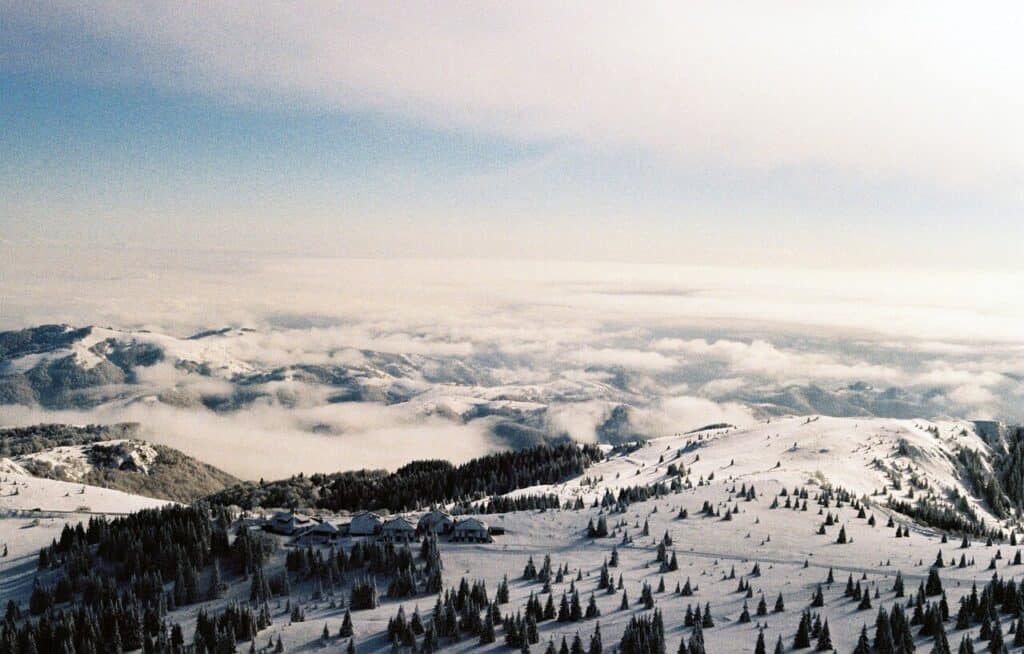
If you are into winter sports like skiing and snowboarding , spend a few days in Kopaonik. What I like about this skiing resort is that it is reasonably priced, especially when you compare it to other popular ski resorts in France, Switzerland, and Austria.
The ski resort in Kopaonik is typically open from December to April, has around 20 lifts, and many options of places where you can rent skiing equipment. Even though Kopaonik is one of the most beautiful places in Serbia during the winter, you can also visit Kopaonik in summer to enjoy outdoor activities like bird watching, mountain climbing, and hiking.

I think that Sombor is one of the most underrated and beautiful places in Serbia . Known for its lovely downtown area, impressive architecture, and delicious cuisine, this picturesque town in Vojvodina truly has it all.
Sombor is also one of the greenest cities in the region with hundreds of giant trees scattered throughout the city center. Art lovers should visit the 19th-century Milan Konjović Gallery in Sombor. Foodies will want to go to “ Carda Andric ” which is located on the outskirts of the city and try the signature fish stew (paprikash).
18. Palic Lake
Last on my list of the most beautiful places in Serbia is the picturesque Palic Lake . Located just a short drive from the city of Subotica and the border with Hungary, Palic Lake is the perfect place to enjoy the great outdoors on the weekends.
With a beautiful lake, art nouveau architecture, and a few wineries, Palic is a destination to get away from it all and enjoy some peace and quiet. If you are visiting in summer, see a movie at the Palic Film Festival which is one of the oldest film festivals in the region.
And this is a wrap on the list of the most beautiful places in Serbia . Even though all of these 18 locations are definitely worth a visit, I did my best to make this list as diverse as possible so it can cater to everyone’s preferences.
Whether you prefer nature or city vibes, I am sure you will find incredibly beautiful locations in Serbia for your next vacation.
Need more help planning your Serbia trip?
We have put together many travel resources to plan your trip! Check below some travel guides that may be useful for you:
- Serbia 5-7 Days Road Trip Itinerary
- Best Things to Do in Novi Sad: One-Day Itinerary
- 18 Most Beautiful Places to Visit in Serbia
- Driving in Serbia as a foreigner
- How many days should you spend in Serbia
- Belgrade vs Sarajevo
- Belgrade vs Sofia
Organizing your trip
To help you plan your trip to Serbia, we have put together our favorite planning resources:
- Flights : Get affordable flights to Serbia on Skyscanner.com .
- Travel insurance : Make sure you are protected during your trip. We use VisitorsCoverage whenever we are traveling abroad.
- Renting a car : We always use Discover Cars to get the best car deals.
- Accommodation : Find the best hotels and apartments on Booking.com .
- Activities : Get fun ideas of what to do and buy unique activities with Get Your Guide.
- SIM Card : Stay connected during your trip with Airalo.
Disclosure: This post may contain affiliate links. This means that we get a small commission from any purchase you make, at no additional cost to you!
Passionate traveler and long-term travel writer who enjoys translating his adventures into exciting content.
Similar Posts

The ultimate guide on how to spend 3 days in Belgrade.

10 Best Sugar Loaf Mountain Tours in Rio
Find the tour that will perfectly fit your budget and travel style.

Hiking in the Logar Valley, Slovenia
Explore the best of Logar Valley, an amazing destination for outdoor lovers.

Best Neighborhoods to Stay in Venice for First Timers
Plan your first trip to Venice knowing you will ace the hotel-picking step. See our list of handpicked hotel recommendations.

Visiting Plovdiv in One Day: Must See Locations
Visit Bulgaria’s second largest town with our guide to the best places to see in town.

Sofia vs Belgrade: Which City is Better to Visit
Compare the capitals of Bulgaria and Serbia when it comes to transport, prices, and more.
Leave a Reply Cancel reply
Your email address will not be published. Required fields are marked *
Save my name, email, and website in this browser for the next time I comment.
Update April 12, 2024
Information for u.s. citizens in the middle east.
- Travel Advisories |
- Contact Us |
- MyTravelGov |
Find U.S. Embassies & Consulates
Travel.state.gov, congressional liaison, special issuance agency, u.s. passports, international travel, intercountry adoption, international parental child abduction, records and authentications, popular links, travel advisories, mytravelgov, stay connected, legal resources, legal information, info for u.s. law enforcement, replace or certify documents.
Before You Go
Learn About Your Destination
While Abroad
Emergencies
Share this page:
Travel Advisory July 26, 2023
Serbia - level 2: exercise increased caution.
Reissued with obsolete COVID-19 page links removed.
Exercise increased caution in Serbia due to crime .
Country Summary: Violence associated with organized crime and high-profile sporting events in Serbia is common.
Read the country information page for additional information on travel to Serbia.
If you decide to travel to Serbia:
- Be aware of your surroundings.
- Do not display signs of wealth, such as expensive watches or jewelry.
- Do not answer your door at your hotel/residence unless you know who it is.
- Stay alert in locations frequented by Westerners.
- Be extra vigilant when visiting banks or ATMs.
- Carry a copy of your passport and visa (if applicable) and leave the original in your hotel safe.
- Provide your itinerary to a family member or friend.
- Monitor local media.
- Enroll in the Smart Traveler Enrollment Program ( STEP ) to receive Alerts and make it easier to locate you in an emergency.
- Follow the Department of State on Facebook and Twitter .
- Review the Country Security Report for Serbia.
- Visit the CDC page for the latest Travel Health Information related to your travel.
- Prepare a contingency plan for emergency situations. Review the Traveler’s Checklist .
Embassy Messages
View Alerts and Messages Archive
Quick Facts
Must be valid at time of entry
One page required for entry stamp
Not required for stays under 90 days
No vaccines are required to enter Serbia.
None, if under 10,000 euros
Embassies and Consulates
U.s. embassy belgrade.
Bulevar kneza Aleksandra Karadordevica 92 11040 Belgrade Serbia Telephone: +(381) (11) 706-4000 Emergency After-Hours Telephone: +(381) (11) 706-4000 Fax: +(381) (11) 706-4481 Email: [email protected]
Destination Description
Learn about the U.S. relationship to countries around the world.
Entry, Exit and Visa Requirements
Visit the Embassy of Serbia's website for the most current visa information.
- U.S. citizens do not need a visa to enter and stay in Serbia for up to 90 days.
- It is important to enter and exit Serbia using the same passport. U.S. citizens who also hold Serbian citizenship should always enter and exit Serbia on their Serbian passport.
- If you lose your U.S. passport after arriving in Serbia, you must obtain a police report and a new passport prior to departure.
- You cannot enter Serbia using an expired passport or one that has previously been reported lost or stolen. Immigration authorities will deny you entry and return you to the city from which you flew to Serbia.
- U.S. citizens must register with the local police within 24 hours of arrival. Hotels or similar accommodation will do this for you. If you are staying at a private residence, you will need to register in person at the nearest police station.
HIV/AIDS Restrictions: The U.S. Department of State is unaware of any HIV/AIDS entry restrictions for visitors to or foreign residents of Serbia.
Temporary Residence Permits: If you wish to stay in Serbia longer than 90 days during any 180-day period, you must apply for a temporary residence permit from the local police with jurisdiction over where you are staying in Serbia. You cannot apply for a residence permit from outside of Serbia.
- For information about how to apply for a temporary residency permit, please visit the Serbian Ministry of Interior’s website .
- All application documents submitted for temporary residence will require an ‘apostille’ stamp from the government office where you got the document. To learn more about apostilles and other official documents, please see the Office of Authentications page .
Special Guidance for Travel to and from Kosovo:
- Serbian border officials do not recognize the authority of Kosovo’s government.
- Serbia will not grant entry to travelers who try to enter Serbia from Kosovo without first having previously entered Serbia from another recognized entry point and obtaining a Serbian entry stamp.
- Example: A traveler who arrives in Serbia by air and drives directly to Kosovo (not through a third country) will be permitted to re-enter Serbia directly from Kosovo.
- Example: A traveler who arrives in Kosovo by land or air from a third country (not Serbia) and then plans to travel by land to Serbia must first exit Kosovo via its border with either Montenegro or North Macedonia and then proceed to a border crossing with Serbia.
Find information on dual nationality , prevention of international child abduction and customs regulations on our websites.
Safety and Security
Terrorism: Terrorist groups and those inspired by such organizations are intent on attacking U.S. citizens abroad. Terrorists worldwide are increasingly using less sophisticated methods of attack – including knives, firearms, rudimentary Improvised Explosive Devices (IEDs) and vehicles – to more effectively target crowds. Frequently, they target unprotected or vulnerable venues, such as:
- High-profile public events (sporting contests, political rallies, demonstrations, holiday events, celebratory gatherings, etc.)
- Hotels, clubs, and restaurants frequented by tourists
- Places of worship
- Shopping malls and markets
- Public transportation systems (including subways, buses, trains, and scheduled commercial flights)
For more information, see our Terrorism page.
Anti-U.S. Sentiments: While Serbians can be welcoming to visitors, anti-U.S. sentiment is widespread and can be more prevalent around certain anniversaries and some national holidays, including: February 17 (anniversary of Kosovo’s 2008 declaration of independence), between March 24 and June 10 (the anniversary of the 1999 NATO air campaign against Yugoslavia in response to events in Kosovo), and potentially June 28 (St. Vitus’s Day or Vidovdan).
Sporting Events: There is the potential for violence before, during, and after sporting events. There have been clashes between police and fans in the vicinity of sports venues, which are often located in residential areas. The Embassy considers matches between certain teams, including Partizan, Rad, and Red Star, to be high risk events because of violence at previous games. While U.S. citizens have not been targeted in the past, in a few isolated cases non-Serbians have been the victims of sports-related violence. U.S. Government employees are generally advised to avoid the vicinity of high-profile sporting events.
Night Clubs: As a safety precaution due to xenophobic violence, the following clubs have been declared off-limits for U.S. Embassy personnel in Serbia:
- Klub Šlep (Shlep)
- Mr. Stefan Braun
Crime:
- Violent crime in Serbia is most often associated with organized crime activities and hooliganism surrounding high-profile sporting events.
- Although not traditionally the targets of violent crime, tourists and visitors should maintain a heightened awareness of their surroundings, as in all major cities.
- Pickpocketing and financial crimes of opportunity are the most common occurrences.
- Tourists should pay attention to taxi meters and listed fares as some taxi drivers may try to scam foreigners and charge higher rates.
Demonstrations occur frequently. They may take place in response to political or economic issues, on politically significant holidays, and during international events.
- Demonstrations can be unpredictable, avoid areas around protests and demonstrations.
- Past demonstrations have turned violent. Check local media for updates and traffic advisories.
- Maintain caution if within the vicinity of demonstrations.
- There is often a heavier than usual police presence near demonstrations and traffic may slow or stop until well after the demonstration ends.
International Financial Scams: See the Department of State and the FBI pages for information on scams.
Victims of Crime: If you or someone you know becomes the victim of a crime in Serbia, you should contact the local police. Report crimes first to the local police by dialing 192. Remember local authorities are responsible for investigating and prosecuting crimes. Not all police officers speak English.
See our webpage on help for U.S. victims of crime overseas .
- Help you find appropriate medical care
- Assist you in reporting a crime to the police
- Contact relatives or friends with your written consent
- Explain the local criminal justice process in general terms
- Provide a list of local attorneys
- Provide our information on victim’s compensation programs in the United States
- Provide an emergency loan for repatriation to the United States and/or limited medical support in cases of destitution
- Help you find accommodation and arrange flights home
- Replace a stolen or lost passport
Domestic Violence: U.S.-citizen victims of domestic violence may contact the Embassy for assistance.
Tourism: The tourism industry is unevenly regulated, and safety inspections for equipment and facilities do not commonly occur. Hazardous areas/activities are not always identified with appropriate signage, and staff may not be trained or certified either by the Serbian government or by recognized authorities in the field. In the event of an injury, appropriate medical treatment is typically available only in/near major cities. First responders are generally unable to access areas outside of major cities and to provide urgent medical treatment. U.S. citizens are encouraged to purchase medical evacuation insurance. See our webpage for more information on insurance providers for overseas coverage
Local Laws & Special Circumstances
Criminal Penalties: You are subject to local laws. If you violate local laws, even unknowingly, you may be expelled, arrested, or imprisoned. Individuals establishing a business or practicing a profession that requires additional permits or licensing should seek information from the competent local authorities, prior to practicing or operating a business.
Furthermore, some crimes are also prosecutable in the United States, regardless of local law. For examples, see our website on crimes against minors abroad and the Department of Justice website.
Arrest Notification : If you are arrested or detained, ask police or prison officials to notify the U.S. Embassy immediately. See our webpage for further information.
Counterfeit and Pirated Goods: Although counterfeit and pirated goods are prevalent in many countries, they may still be illegal according to local laws. You may also pay fines or have to give them up if you bring them back to the United States. See the U.S. Department of Justice website for more information.
Faith-Based Travelers: See our following webpages for details:
- Faith-Based Travel Information
- International Religious Freedom Report – see country reports
- Human Rights Report – see country reports
- Best Practices for Volunteering Abroad
LGBTQI+ Travelers: There are no legal restrictions on same-sex sexual relations in Serbia or on the organization of LGBTQI+ events. Serbia has active and increasingly-visible LGBTQI+ advocacy groups, and several LGBTQI+ bars operate openly and without problems in Belgrade. Many recent LGBTQI+ public eventshave been held without incident. However, LGBTQI+ travelers should exercise caution when visiting Serbia. Many LGBTQI+ persons in Serbia choose not to openly reveal their sexual orientation or show public displays of affection due to security and safety concerns, and many avoid reporting incidents to police. Similarly, many transgender and gender non-conforming persons often find themselves targets of discrimination and violence and therefore may make the choice to hide or modify their identities when in public spaces. Though a growing number of police officers have received training on how to work with LGBTQI+ individuals, including when they are victims of crime, many have limited experience and knowledge.
For further general information on travel abroad by LGBTI individuals, please read our LGBTI Travel Information page.
Travelers with Disabilities: The law in Serbia prohibits discrimination against persons with physical, sensory, intellectual or mental disabilities, and the law is enforced. Social acceptance of persons with disabilities in public is not as prevalent as in the United States. The most common types of accessibility may include accessible facilities, information, and communication. Expect accessibility to be limited in lodging, and general infrastructure, and common in public transportation.While there is some accessibility for travelers with disabilities in Belgrade and Novi Sad, there are limited to no accessibility in the rest of Serbia.
- Rental of aids/equipment/devices is available: There several companies that sell, rent and repair aids/equipment/devices. Among the most known ones are Centar Eliksir and Ortopedija mc .
Students: See our Students Abroad page and FBI travel tips .
Women Travelers: See our travel tips for women travelers .
Bringing Money into Serbia: If you enter Serbia with more than 10,000 euro in cash (or equivalent in other currencies), you must declare it to customs. If you fail to do so, Serbian customs may confiscate your money or levy heavy fines. Please review our customs information for additional details.
Medical Facilities: Many doctors and other health care providers in Serbia are highly trained. Equipment and hygiene in hospitals, clinics, and ambulances are usually not up to U.S. standards. U.S. name-brand medicines are often unavailable in Serbia. You can get many medicines and basic medical supplies at private pharmacies. Medical facilities require payment in cash for all services, and do not accept U.S. health insurance. Please review our travel tips for older travelers .
For emergency services in Serbia, dial 193 (fire-fighters), 194 (paramedics), or 987 (roadside assistance).
Ambulance services are not widely available, and training, availability of emergency responders, and ambulance equipment may be below U.S. standards.
We do not pay medical bills. Be aware that U.S. Medicare/Medicaid does not apply overseas. Hospitals and doctors overseas do not accept U.S. health insurance.
Medical Insurance: Make sure your health insurance plan provides coverage overseas. Most care providers overseas only accept cash payments. See our webpage for more information on insurance providers for overseas coverage. Visit the U.S. Centers for Disease Control and Prevention for more information on type of insurance you should consider before you travel overseas.
We strongly recommend supplemental insurance to cover medical evacuation.
Medications: Always carry your prescription medication in original packaging, along with your doctor’s prescription. Check with the Medicines and Medical Devices Agency to ensure the medication is legal in Serbia.
Vaccinations: Be up-to-date on all vaccinations recommended by the U.S. Centers for Disease Control and Prevention.
Further health information:
- World Health Organization
- U.S. Centers for Disease Control and Prevention (CDC)
Air Quality: Visit AirNow Department of State for information on air quality at U.S. Embassies and Consulates.
The U.S. Embassy maintains a list of doctors and hospitals . We do not endorse or recommend any specific medical provider or clinic.
Health facilities in general:
- Adequate health facilities are available throughout the country but health care in rural areas may be below U.S. standards.
- Some private hospitals may require advance payment or proof of adequate insurance before admitting a patient.
- Psychological and psychiatric services are limited, even in the larger cities, with hospital-based care only available through government institutions
Medical Tourism and Elective Surgery
- Medical tourism is a rapidly growing industry, especially in dentistry. People seeking health care overseas should understand that medical systems operate differently from those in the United States and are not subject to the same rules and regulations. Anyone interested in traveling for medical purposes should consult with their local physician before traveling and visit the U.S. Centers for Disease Control and Prevention website for more information on Medical Tourism.
- We strongly recommend supplemental insurance to cover medical evacuation in the event of unforeseen medical complications.
- In case of malpractice, you may pursue legal remedies using local attorneys.
Pharmaceuticals
- U.S. Customs and Border Protection and the Food and Drug Administration are responsible for rules governing the transport of medication back to the United States. Medication purchased abroad must meet their requirements to be legally brought back into the United States. Medication should be for personal use and must be approved for usage in the United States. Please visit the U.S. Customs and Border Protection and the Food and Drug Administration websites for more information.
Non-Traditional Medicine
- U.S. citizens have suffered serious complications or died while seeking medical care from non-traditional “healers” and practitioners in Serbia. Homeopathy, herbal remedies, and other non-traditional treatments are practiced in Serbia and promoted as natural alternatives to traditional medicine. Ensure you have access to licensed emergency medical facilities in such cases.
Assisted Reproductive Technology and Surrogacy
- If you are considering traveling to Serbia to have a child through use of assisted reproductive technology (ART) or surrogacy, please see our ART and Surrogacy Abroad page .
- Surrogacy is illegal for foreigners and Serbians in Serbia.
Adventure Travel
- Visit the U.S. Centers for Disease Control and Prevention website for more information about Adventure Travel.
Travel and Transportation
Road Conditions and Safety: Roads in Serbia are not always well-maintained, especially in rural areas and in southern Serbia.
- Exercise caution when driving on roads in southern Serbia in the winter.
- Drivers should also be cautious when driving along Serbia’s Ibarska Magistrala, the highway between Belgrade and Čačak, because of the higher rate of accidents.
- Winter fog in Serbia is another concern because it significantly reduces visibility and is especially heavy in the Vojvodina region between Belgrade and the Hungarian border.
Roadside assistance is available by dialing 987 locally. The local numbers for the police and ambulance are 192 and 194, respectively.
Traffic Laws:
- You may use a U.S. driver’s license together with an international driving permit in Serbia for up to six months, after which time you may have to obtain a Serbian driver’s license.
- Drivers with a blood alcohol level higher than 0.02% are considered intoxicated and face arrest, prosecution, and fines.
- You must wear a seat belt while driving or riding in a car in Serbia.
- You may not use a mobile phone while driving in Serbia except with a hands-free system.
Public Transportation: Belgrade and some other large cities in Serbia have public transportation networks. Buses are often crowded, and some lines and vehicles are poorly maintained. There is also intercity bus and train service for many locations in Serbia.
See our Road Safety page for more information. More specific information concerning Serbian driving permits, vehicle inspection, road tax, and required insurance is available at the Serbian Automotive Association's website .
Aviation Safety Oversight: The U.S. Federal Aviation Administration (FAA) has assessed the government of Serbia’s Civil Aviation Authority as being in compliance with International Civil Aviation Organization (ICAO) aviation safety standards for oversight of Serbia’s air carrier operations. Further information may be found on the FAA’s safety assessment page .
For additional travel information
- Enroll in the Smart Traveler Enrollment Program (STEP) to receive security messages and make it easier to locate you in an emergency.
- Call us in Washington, D.C. at 1-888-407-4747 (toll-free in the United States and Canada) or 1-202-501-4444 (from all other countries) from 8:00 a.m. to 8:00 p.m., Eastern Standard Time, Monday through Friday (except U.S. federal holidays).
- See the State Department’s travel website for the Worldwide Caution and Travel Advisories .
- Follow us on Twitter and Facebook .
- See traveling safely abroad for useful travel tips.
Review information about International Parental Child Abduction in Serbia . For additional IPCA-related information, please see the International Child Abduction Prevention and Return Act ( ICAPRA ) report.
Travel Advisory Levels
Assistance for u.s. citizens, learn about your destination, enroll in step.

Subscribe to get up-to-date safety and security information and help us reach you in an emergency abroad.
Recommended Web Browsers: Microsoft Edge or Google Chrome.
Make two copies of all of your travel documents in case of emergency, and leave one with a trusted friend or relative.
Afghanistan
Antigua and Barbuda
Bonaire, Sint Eustatius, and Saba
Bosnia and Herzegovina
British Virgin Islands
Burkina Faso
Burma (Myanmar)
Cayman Islands
Central African Republic
Cote d Ivoire
Curaçao
Czech Republic
Democratic Republic of the Congo
Dominican Republic
El Salvador
Equatorial Guinea
Eswatini (Swaziland)
Falkland Islands
France (includes Monaco)
French Guiana
French Polynesia
French West Indies
Guadeloupe, Martinique, Saint Martin, and Saint Barthélemy (French West Indies)
Guinea-Bissau
Isle of Man
Israel, The West Bank and Gaza
Liechtenstein
Marshall Islands
Netherlands
New Caledonia
New Zealand
North Korea (Democratic People's Republic of Korea)
Papua New Guinea
Philippines
Republic of North Macedonia
Republic of the Congo
Saint Kitts and Nevis
Saint Lucia
Saint Vincent and the Grenadines
Sao Tome and Principe
Saudi Arabia
Sierra Leone
Sint Maarten
Solomon Islands
South Africa
South Korea
South Sudan
Switzerland
The Bahamas
Timor-Leste
Trinidad and Tobago
Turkmenistan
Turks and Caicos Islands
United Arab Emirates
United Kingdom
Vatican City (Holy See)
External Link
You are about to leave travel.state.gov for an external website that is not maintained by the U.S. Department of State.
Links to external websites are provided as a convenience and should not be construed as an endorsement by the U.S. Department of State of the views or products contained therein. If you wish to remain on travel.state.gov, click the "cancel" message.
You are about to visit:

Service Information
- Tourist organizations
Naslov 3 Dolor sit amet
Formalities.
Visas Tourists from EU Member States, Switzerland, Norway, Iceland, Bosnia and Herzegovina, Montenegro and Macedonia can enter Serbia with only their identity card and with it can stay in Serbia for up to 90 days. If you are coming from a country which has a visa waiver regime for the entry and stay of its nationals in Serbia, you will need a valid travel document. To check whether you need a visa to enter and stay in Serbia, check the website of the Serbian Ministry of Foreign Affairs: http://www.mfa.gov.rs/en/consular-affairs/entry-serbia/visa-regime If you are headed to Serbia, make sure you have enough money to support yourself during your stay (minimum 50 euros per each day of your stay), as well as for your return trip home or transfer to a third country; otherwise, you might be denied entry. The official currency of Serbia is RSD. When coming to Serbia, carry with you proof of sufficient funds for your stay in Serbia, a return transport ticket and a certificate of travel health insurance.
Customs Regulations
Temporary Import and Export of Items All items you bring into Serbia (other than personal luggage) will be recorded by a customs official in a list of items temporarily imported into Serbia by a traveller, which will be certified by a stamp. When this is done, the marking PUR (short for temporarily imported goods in Serbian) will be entered in your travel document, i.e. your passport. When leaving Serbia, you must return abroad all items on that list, at which point the PUR marking entered in your passport will be cancelled.
Personal Luggage Personal luggage is exempt from customs duty. It includes clothing, personal hygiene products, food and drinks, electronics, sports equipment, medicines and the like. However, some of these items are subject to restrictions. Thus, you are only allowed to bring to Serbia:
- 1 litre of spirits.
- Tobacco products in quantities up to 200 cigarettes or 50 cigars or 250 grams of tobacco, or up to 250 grams of all these products combined.
- Medicines in quantities needed for therapy (no prescription is required to be presented for medicines).
Bringing Money in and out of Serbia You can bring foreign exchange cash, payment cards and cheques into Serbia. The amount of money you are allowed to bring into the country is not limited; however, if you are bringing more than 10,000 euros into Serbia, you must report the amount on entry to a customs officer to obtain a certificate of foreign exchange cash brought in from abroad, on the basis of which you will be able to take the foreign exchange cash out of the country with you on your departure. The maximum allowed sum of national and foreign currency and travellers’ cheques that can be taken out of the country is 10,000 euros.
VAT refaction
Only foreign nationals who carry purchased, unused goods in their luggage worth over 100 euros (including VAT) in RSD equivalent within three months from the date of purchase are entitled to VAT refaction. The condition is that they submit to the customs department a properly completed REF 4 Form (completed by the seller at their request) for certification, as well as the original bills for the goods purchased. The original bills and the stamped REF 4 Form is to be kept by the traveller and a copy of the REF 4 Form is to be kept by the customs officers. Customs officers only certify the submitted REF 4 Form, but do not perform the paid VAT refaction.
Health Advisory
Water and Food Serbia is a country rich in water and healthy food. Water from the public water supply system is safe to drink and the food you buy in stores, markets or from the rich menus of Serbian restaurants is safe to eat.
Health Care All tourists have the right to use emergency medical services during their stay in Serbia. If you come from a country with which Serbia has a reciprocal health care agreement, you will be able to exercise your right to use emergency medical services upon presenting a certificate issued by your health insurance provider. If you come from a country with which Serbia does not have a reciprocal health care agreement, you will have to pay for any emergency medical services you receive.
Bringing Animals into the Country If you are travelling with your pet, you will find more details on the conditions under which pet animals are allowed into Serbia on the following link: http://www.mfa.gov.rs/sr/index.php/konzularni-poslovi/ulazak-u-srbiju/unos-kucnih-ljubimaca/ Regardless which country you come from, if you are carrying one of these pets into Serbia with you, your pet must be accompanied by a certificate of compliance with the veterinary and sanitary requirements for their non-commercial transport. However, if your pet animal is a wild endangered and protected species, the above-mentioned documentation should also be accompanied by a Permit for cross-border movement of personally owned animals, issued at the owner’s request by the Ministry of Agriculture and Environmental Protection – Group for the implementation of CITES Convention. This permit applies to one animal only and is valid only if the animal is accompanied by the owner of permit.
Arrival
You can reach Serbia by airplane, by bus, by train or by your own means of transport, including bicycle, motorcycle or car.
Bus Serbia is connected to all neighbouring countries, as well as cities across Central and Western Europe, by numerous bus routes. If you wish to explore Serbia in its entirety, the bus is the ideal mode of transport because almost every major city or town in the country has a bus station.
Train Many find travelling by train to be much more pleasant, easier and cheaper than using any other mode of organised transport. Serbian Railways also offers special benefits for travellers including Interrail, Euro Domino, Railplus, Balkan Flexipass, Easy Travel Card, Euro<26, City Star, ISIC, Single Balkan Fare Rate and discounts for groups and children.
Boat Serbia has an abundance of rivers, which connect it to cities all over Europe. The Danube, as Pan-European Transport Corridor VII, carries cargo and thousands of tourists every year on their way from the river’s spring in Germany to the Black Sea. Many cruisers will take you to the port authorities which dot the banks of the Danube, all along its course through Serbia. Port authorities will provide you with all necessary information on the state of the inland waterway, sailing through the Danube-Tisa-Danube Canal Network, border-crossing and customs formalities and any other information you may need for a pleasant and safe journey. Please bear in mind that, in winter, ice is common on Serbian rivers, so it may be necessary to place vessels in storage areas for protection.
Airplane Serbia has three airports, which will connect you to the rest of the world. Depending on the part of Serbia you wish to visit, you can choose between Belgrade, Niš and Priština Airports. The country’s national air carrier Air Serbia will ensure that you reach your destination quickly and safely. You can also fly with many international air carriers. All information you may need is available on the website of Belgrade Nikola Tesla Airport ( http://www.beg.aero/en/ ) and on the website of Niš Constantine the Great Airport ( http://nis-airport.com/en/flights/ ).
Air Carriers Air Serbia (JU) Serbian national air carrier Air Serbia has scheduled and charter flights to all major destinations in Europe, the Middle East and the Mediterranean, as well as direct flights to New York (USA). www.airserbia.com
Bicycle If you are physically fit, you can discover Serbia by bicycle. Serbia lies on the Danube Bike Path Eurovelo 6 of the European Cyclists’ Federation (ECF), which takes adventurers from the Atlantic to the Black Sea. This route follows the banks of the Danube from the border with Hungary near Bački Breg to the border with Bulgaria near Negotin. You will recognise it by the DBR signposts. If you follow the main route, you will pass along the most beautiful sections of the Danube bank, however, be prepared to occasionally ride dirt roads on embankments. If you are determined to avoid dirt roads and to only cycle on asphalt, take alternative routes. If you wish to take an alternative route, away from Danube, detour paths are also available.
Car If you travel to Serbia by car, be sure to carry your national driving licence, your vehicle insurance policy and your registration certificate (and permission to drive another person’s vehicle if the car is not registered in your name) with you at all times. Detailed requirements for travelling by car are available on the following website: http://www.amss.org.rs/
Communication
Mobile Telephony There are three mobile operators in Serbia. You can buy prepaid SIM cards:
- At petrol stations and kiosks
- At customer desks and ATMs of banks and post offices
- In the stores of mobile operators
Internet All three mobile operators sell prepaid internet plans with a modem and a certain number of gigabytes included. Many internet cafes and open hotspots also provide internet access. Some public parks have free Wi-Fihotspots with free internet connection.
Landline Telephony The international dialling code for Serbia is 381 . There are several types of payphone cards available in Serbia which you can use for cheap calls in the country and abroad.
Important Phone Numbers
- AMSS – Motorist Information Centre and roadside assistance: 1987
- Ambulance: 194
- Police: 192
23 Jaw-Dropping Places to Visit in Serbia

It’s no secret that we are totally obsessed with Serbia! Living in Sofia, it’s a quick bus ride from Sofia to Belgrade , so we can be in the Serbian capital at a moment’s notice. Yet we don’t spend all of our time in Belgrade, instead, we love to explore all of the small towns, monasteries, and natural wonders in Serbia that we can!
Whether you choose to take go by bus, train or drive while in Serbia , here are the places that absolutely belong on your itinerary!
The Best Places to Visit in Serbia
In no particular order…

Yes, we highly encourage you to get out and explore more of the country, but if you just have a few days for a Balkan city break , start here! We adore Belgrade, which is a modern city with historic architecture and an interesting history to explore. If you just have a few days, you can go on one of the city’s walking tours to take in the highlights. Outside of these tours, we suggest that you make sure to visit Hotel Moskva (get the cake!), the Zeleni Venac market , the Sava Temple, and Tito’s Mausoleum.
We actually love it here so much that we put together this massive list of over a hundred things to do in Belgrade , plus we made separate posts detailing the best Belgrade tours and a guide on where to stay . Why? Because we are some of the travel world’s biggest Belgrade fans, and we just can’t stop singing this city’s praises.
If you do want to see more of the places on this list beyond Belgrade, so many of them can easily be seen as day trips if you are short on time. Here are our favorite day trips from Belgrade , many of which are on this list.
Selected as the European Capital of Culture for 2021, Novi Sad is in the middle of a restoration, with projects happening all over the city to spruce the place up before the crowds start pouring in. This means it’s a great time to see the city, while it is still considered more of off-the-beaten-path destinations. While not exactly a secret, it’s not the first place people think of when they start planning a vacation. The capital of Vojvodina , Novi Sad is also an excellent place from which to base yourself to explore northern Serbia.
While here, don’t skip the cathedral (not technically a cathedral, but you won’t miss it), the city’s colorful squares, and a trip over to the Petrovaradin Fortress across the river.

I’ve literally never been as deligthed by a city as I was during my visit to Subotica. The city is full of art nouveau buildings, from Synagogues to Churches to Palaces. Even the local library is a colorful dreamscape.
Start your day here with a visit to the local tourism office. They’re so helpful when it comes to giving out information to visitors, and they’re one of the friendliest tourism offices I’ve ever visited!
If you fancy some Hungarian food, you can eat a Lángos for lunch in the town square. Since Subotica is only ten kilometers from Serbia’s border with Hungary, you’ll find a great mix of Serbian and Hungarian traditions on display.
Sremski Karlovci

Another Vojvodina gem, Sremski Karlovci is the best place to visit in Serbia if your goal is to get your wine tourism on. Full of wineries that serve the typical local reds, rosés, and whites, the actual star here is the bermet, a spiced wine whose recipe is a closely guarded town secret. Beloved by the Austro-Hungarian royalty, bermet was so popular at the beginning of the nineteenth century that it was even served on the Titanic!
There are other beautiful gems here, like the gorgeous town square and glamorous secondary school. You can spend an afternoon here, an entire day, or even relax here for a weekend, sipping bermet to your heart’s content!
Studenica Monastery

A UNESCO World Heritage Site, Studenica Monastery is a historic Orthodox monastery overlooking a beautiful mountain valley in southern Serbia. Built in the twelfth century, it houses two churches. The larger and more famous is the Church of the Virgin, with the smaller church named the Church of the King.
Inside you’ll find stunning thirteenth and fourteenth-century frescoes, in the typical blue Byzantine style that can be found from Cyprus to Armenia to the Balkans. Stefan Nemanja, the monastery’s founder and the first ruler of the medieval Serbian state, is buried here.
Devil’s Town

Devil’s Town, or Djavolja Varoš in Serbian, is a naturally occurring rock formation on Mount Radan in southern Serbia near the town of Kuršumlija. There are over two hundred of these rock columns, which range from two to fifteen meters tall with strange stone “caps” at their tops.
The legend is that these are wedding guests who were turned into petrified stone for refusing the Devil’s orders to wed a brother and sister. George R.R. Martin would be proud.
Gamzigrad-Romuliana

One of the best places to visit Roman ruins in Serbia, Gamzigrad-Romuliana is designated as a UNESCO World Heritage Site. According to UNESCO :
The Late Roman fortified palace compound and memorial complex of Gamzigrad-Romuliana, Palace of Galerius, in the east of Serbia, was commissioned by Emperor Caius Valerius Galerius Maximianus, in the late 3rd and early 4th centuries. It was known as Felix Romuliana, named after the emperor’s mother. The site consists of fortifications, the palace in the north-western part of the complex, basilicas, temples, hot baths, memorial complex, and a tetrapylon. The group of buildings is also unique in its intertwining of ceremonial and memorial functions.
I visited as a day trip from Belgrade , but you can also choose to stay overnight in Gamzigrad which is a small but locally popular spa town.

Most pair a visit to Lake Palic with Subotica since its right outside of town, yet there are actually enough things to do here on the lake that you could easily enjoy a few peaceful days here relaxing, fishing, and touring the local wineries.
If you do only make it for a quick stop on a longer Serbian road trip or visit from Subotica, I suggest coming at sunset and experiencing the vibrant colors of the sky kissing the water.
Tara National Park

Located in the Dinaric Alps, Tara National Park includes the Drina River Canyon, which is one of the largest in the world. If you love adventure and getting out on the water, you’ll want to visit one of the park’s two lakes, Perućac and Zaovine, which are famous for the conditions they offer to would-be kayakers and those going out in canoes.
The park also offers tons of great options for those looking to go hiking, chase waterfalls, or even stay a few days in a cabin in the woods.
Drvngrad to Mokra Gora on the Šargan Eight

We are suckers for scenic train rides, and one of the most famous scenic train rides in the Balkans is to take the Šargan Eight narrow-gauge train from Mokra Gora to Drvngrad. From the route, you can see three of Serbia’s most important mountains, Tara, Zlatibor, and Šargan.
The trip is short, with tons of great opportunities for photography. Yet you might love it so much that you decide to do it again and again.
Vrnjačka Banja
One of Serbia’s famous bath towns, Vrnjačka Banja has many hot springs which both locals and tourists enjoy. The healing properties of these hot springs have been well known for thousands of years. Roman soldiers came here in the second century and spread the news of the medicinal hot springs across the Roman Empire.
Today, four of the springs are used for their healing and recreational properties. The town is well visited year-round since there’s a popular festival here in the summers and in winter its located conveniently near a ski resort town.
Sopoćani Monastery

Another of Serbia’s medieval Orthodox monasteries, Sopoćani was built in thirteenth century close to Ras, the then-capital of medieval Serbia. Designated as a UNESCO World Heritage Site, Sopoćani and Stari Ras together form a site celebrating this historic Serbian state. According to UNESCO :
The frescoes in the Sopoćani Monastery church, dating from about 1270-1276, are among the finest in Byzantine and Serbian medieval art. These exceptional paintings represent the work of the best artists of that period who were unable to work in the territory of the Byzantine Empire and found refuge at the court of the Serbian king. At Sopoćani these artists introduced a refined spirit of antiquity to the prevailing medieval conventions.
Many people visit Novi Pazaar to use as a base for trips to the monasteries of Sopoćani and Studenica, but it’s actually an interesting city in its own right, full of social realist architecture. It’s also one of the only truly multicultural cities left in Serbia, with Christians and Muslims working together and praying peacefully side by side.

Serbia’s fourth-largest city doesn’t get many visitors, but I think that’s a shame! Kragujevac is a walkable, interesting city with a lovely pedestrian street, a beautiful red-and-white Orthodox cathedral, a handful of interesting museums, and a gorgeous park in the middle of town. But its most interesting site is the nearby Šumarice Memorial Park, which is home to a dozen interesting spomeniks (abstract socialist memorials built during the Yugoslav era) that honor the lives lost during the Nazi occupation of Serbia. Kragujevac was the site of one of the most horrible days in Serbia’s history, when nearly 3,000 men and boys were killed in one single day. The memorial park and associated Museum of October 21 are well worth a visit during your time in Kragujevac.

Both Zlatibor the mountain and the village are great places to visit, known for its beautiful nature, great skiing, and access to cultural tourism. In the winter, come here to ski and enjoy a snowy retreat, while you can come in summer for hiking and to enjoy the stunning wildlife.
Uvac Special Nature Reserve
The meander in the Uvac River, located in the Uvac Special Nature Reserve, is my nominee for the prettiest (and most Instagrammable) place in Serbia, but this great aerial shot does not require a drone. There are actually twelve lookout points above the gorge, so you can get great photography here without spending thousands of dollars on specialized equipment.
While Uvac is off-the-beaten-path for international travelers, there is so much to do here! Nature lovers can admire the variety of flora and fauna, while spelunkers can explore the area’s caves.
Krušedol Monastery

Krušedol Monastery has a very different look an feel from the monasteries in Serbia’s south. That’s because it is located in the Fruska Gora region of Serbia that was part of Austrian-controlled Vojvodina . While the outside looks like a Baroque masterpiece, inside you’ll find familiar Orthodox frescoes and a gorgeous red gate stands out front.
If you’re looking for Serbian souvenirs , this is a great place to pick up goods made by the monks who run the monastery. They have honey, lavender goods, and icons for sale.

Technically a part of Belgrade today, the historic town of Zemun was a world away from Belgrade during the eighteenth and nineteenth centuries. The Millenium Tower in Zemun, known as Gardoš Tower, was built to celebrate a thousand years of Hungarian control of the region, while the rest of Belgrade, just across the river, was under the control of the Ottoman Empire.
Today, traveling from the Stari Grad of Belgrade to Zemun, you’ll notice this difference. Instead of beautiful Ottoman and Byzantine-inspired buildings, the churches here are Baroque and the houses are short and colorful.
The third largest city in Serbia, Niš is located in the southeastern part of the country near the border with Bulgaria. It’s a popular city for fans of dark tourism who want to make the trek to Skull Tower. Those interested in World War II history will want to spend time learning about the local concentration camp that was here and visiting Bunbanj Memorial Park, the local Holocaust Memorial (just please, refrain from taking pics of yoga poses and selfies here).

There’s enough to do in Pančevo that you can easily enjoy a day or two here, but if you don’t have that amount of time to spare, it’s still a good place to stop on your way from Belgrade if you’re driving north. Here you can see the roadside memorial to the victims of the local purges during the Holocaust.

Žiča Monastery is just a fifteen minute taxi ride from the center of Kraljevo!
An important town in south-central Serbia, Kraljevo is also a great place from which to base yourself to visit the beautiful Orthodox Žiča Monastery. While here, make sure to visit the beautiful central town square and spend an afternoon strolling along the Ibar river.
Golubac Fortress

Looking like a medieval masterpiece fit for Game of Thrones, Golubac Fortress sits impressively astride the Danube River. Built in the thirteenth century as one of the fortifications to protect the Serbian state, it became an important setting for battles between the Ottoman Empire and Hungary as they clashed to control the region in subsequent years. Today its an important historic site, yet its visited just as often by thirty Instagrammers looking for perfect fortress pics (not that we can blame them).
Zasavica Nature Reserve

Though it is last on this list, Zasavica Nature Reserve deserves a spot on your Serbia travel itinerary nonetheless. A great place to get out and experience nature, there’s a boat for tourists, opportunities for fishing and hiking, and a campsite for car camping. This is a great place to getaway from the bustle of city and town life, and simply commune with the gorgeous nature reserve in peace.
Serbia Travel Resources
Headed to Serbia? We have some great travel resources to help you with your trip. First read our guide to planning a trip to Serbia , which covers visas, budgets, vaccines, and much more. We also have a Balkan currency guide which explains how money works in Serbia and local tipping customs.
Next, you’ll want to read our guide to shopping in Serbia so you know which souvenirs are truly local gems.
If this will be one of your first trips in the Balkans, check out our massive list of things to know before traveling the Balkans as well as our Balkan bus , road trip , and itinerary guides.
We publish new content about the Balkans almost every day! For more information about traveling to Serbia and the Balkans, bookmark our Serbia and Balkan travel pages so you can find out what’s new before your trip.
Finally, Make Sure You Come to Serbia with Travel Insurance
I’m sure you’re aware that travel insurance is essential for traveling in Serbia, the Balkans, or anywhere in the world! Allison and I have both been paying customers of World Nomads for the last three years. We love the peace of mind it gives us in case of emergencies, accidents, illnesses, theft, or trip cancellation or disruption.
While Serbia is perfectly safe to travel around, there’s always a risk inherent in everyday travel, so it’s better to play it safe. The saying goes “if you can’t afford travel insurance, you can’t afford to travel” is true!
Get a travel insurance quote for your trip here.
Pin this Guide to the Best Places to Visit in Serbia for Your Trip

Stephanie has been living in and traveling around the Balkans for the past three years. She’s written for National Geographic Online , appeared on CNN Arabic and in the New York Times , and ridden more Balkan buses than is good for a person.
Related posts
Thanks for all traveltips to Serbia and the other countries in Balkan. Im sure we will use many of them! Old Swedish tourists!
You’re welcome Gunnel! I love Sweden – you’re lucky to be from such a beautiful country 🙂 Keep traveling!!
Submit a Comment Cancel reply
Your email address will not be published. Required fields are marked *

New on Sofia Adventures:
- How to Spend a Magical One Day in Istanbul: Mini Itinerary
- 30 Insanely Delicious Greek Street Foods You Need to Try
- 13 Things That EXIT Music Festival Visitors Should Know
Cookies on GOV.UK
We use some essential cookies to make this website work.
We’d like to set additional cookies to understand how you use GOV.UK, remember your settings and improve government services.
We also use cookies set by other sites to help us deliver content from their services.
You have accepted additional cookies. You can change your cookie settings at any time.
You have rejected additional cookies. You can change your cookie settings at any time.
- Passports, travel and living abroad
- Travel abroad
- Foreign travel advice
Warnings and insurance
The Foreign, Commonwealth & Development Office ( FCDO ) provides advice about risks of travel to help British nationals make informed decisions. Find out more about FCDO travel advice .
Before you travel
No travel can be guaranteed safe. Read all the advice in this guide as well as support for British nationals abroad which includes:
- advice on preparing for travel abroad and reducing risks
- information for women, LGBT+ and disabled travellers
Follow and contact FCDO travel on Twitter , Facebook and Instagram . You can also sign up to get email notifications when this advice is updated.
Travel insurance
If you choose to travel, research your destinations and get appropriate travel insurance . Insurance should cover your itinerary, planned activities and expenses in an emergency.
Related content
Is this page useful.
- Yes this page is useful
- No this page is not useful
Help us improve GOV.UK
Don’t include personal or financial information like your National Insurance number or credit card details.
To help us improve GOV.UK, we’d like to know more about your visit today. We’ll send you a link to a feedback form. It will take only 2 minutes to fill in. Don’t worry we won’t send you spam or share your email address with anyone.
- Skip to main content
- Skip to "About this site"
Language selection
Search travel.gc.ca.
Help us to improve our website. Take our survey !
COVID-19: travel health notice for all travellers
Serbia travel advice
Latest updates: The Need help? section was updated.
Last updated: April 2, 2024 10:38 ET
On this page
Safety and security, entry and exit requirements, laws and culture, natural disasters and climate, serbia - take normal security precautions.
Take normal security precautions in Serbia
Back to top
Areas bordering Kosovo
Exercise caution in the areas bordering Kosovo due to the potential for political tensions and possible unrest.
Areas bordering North Macedonia
You should exercise a high degree of caution and expect possible delays at the border with North Macedonia due to the migrant situation.
Pickpocketing occurs at airports, on public transportation and in other public places, particularly on public transportation and in large crowds or public markets. Foreigners could be targeted by thieves.
- Ensure that your personal belongings, including passports and other travel documents, are secure at all times
- Avoid showing signs of affluence and carrying large sums of cash
Car thieves target four-wheel-drive and luxury vehicles more than other models.
- Avoid leaving any luggage or valuables in the vehicle and use secure parking facilities
Credit card fraud is common.
- Pay careful attention when your cards are being handled by others
- Use ATMs located in well-lit public areas or inside a bank or business
- Avoid using card readers with an irregular or unusual feature
- Cover the keypad with one hand when entering your PIN
- Check for any unauthorized transactions on your account statements
Overseas fraud
There is a threat of terrorism in Europe. Terrorist attacks have occurred in a number of European cities. There is a potential for other violent incidents.
Targets could include:
- government buildings, including schools
- places of worship
- airports and other transportation hubs and networks
- public areas such as tourist attractions, restaurants, bars, coffee shops, shopping centres, markets, hotels and other sites frequented by foreigners
Always be aware of your surroundings when in public places.
Demonstrations
Demonstrations may occur. Even peaceful demonstrations can turn violent at any time. They can also lead to disruptions to traffic and public transportation.
- Avoid areas where demonstrations and large gatherings are taking place
- Follow the instructions of local authorities
- Monitor local media for information on ongoing demonstrations
Mass gatherings (large-scale events)
Exercise caution in the areas that border Kosovo. Stay on the main roads because unexploded landmines and other unexploded ordnance remain in Serbia, particularly in the southern Serbian districts of Bujanovac and Preševo.
Road safety
Road conditions and road safety can vary greatly throughout the country.
Secondary roads are often narrow and poorly maintained. The Ibarska Magistrala road is dangerous due to poor road conditions and traffic congestion.
There have been incidents where police have targeted vehicles with foreign plates, often demanding immediate cash payment for alleged traffic violations. If stopped, request a full explanation and, if an explanation is not forthcoming, request permission to speak to the Embassy of Canada to Serbia in Belgrade.
Dial 987 for roadside assistance.
Embassy of Canada to Serbia
Public transportation
Safety standards vary on public transportation. Buses and trains are often overcrowded, particularly in Belgrade.
Use only officially marked taxis, and pre-negotiate fares where a meter is not in use. At Belgrade Nikola Tesla Airport, make use of the taxi reservation service in the baggage claim area to avoid being charged exorbitant rates for transportation to the city centre.
Trains are slow and often subject to delays due to outdated railway tracks, which are subject to extensive repairs. Railway equipment is old and poorly maintained.
International bus
A number of companies offer domestic and international bus services. The larger firms have modern, well-maintained fleets.
We do not make assessments on the compliance of foreign domestic airlines with international safety standards.
Information about foreign domestic airlines
Every country or territory decides who can enter or exit through its borders. The Government of Canada cannot intervene on your behalf if you do not meet your destination’s entry or exit requirements.
We have obtained the information on this page from the Serbian authorities. It can, however, change at any time.
Verify this information with the Foreign Representatives in Canada .
Entry requirements vary depending on the type of passport you use for travel.
Before you travel, check with your transportation company about passport requirements. Its rules on passport validity may be more stringent than the country’s entry rules.
Regular Canadian passport
It is important to get your passport stamped when you first enter Serbia. The absence of an entry stamp from the point of entry could create difficulties at the time of departure from the country. Ensure you also obtain an exit stamp to avoid complications if you intend to return.
Passport for official travel
Different entry rules may apply.
Official travel
Passport with “X” gender identifier
While the Government of Canada issues passports with an “X” gender identifier, it cannot guarantee your entry or transit through other countries. You might face entry restrictions in countries that do not recognize the “X” gender identifier. Before you leave, check with the closest foreign representative for your destination.
Other travel documents
Different entry rules may apply when travelling with a temporary passport or an emergency travel document. Before you leave, check with the closest foreign representative for your destination.
Useful links
- Foreign Representatives in Canada
- Canadian passports
Tourist visa: not required for stays up to 90 days Business visa: not required for stays up to 90 days Student visa: not required for stays up to 90 days
If you plan to stay in Serbia longer than 90 days, contact the Embassy of Serbia or one of its consulates for information on requirements that apply to your specific situation.
Foreign diplomatic missions and consulates in Canada
Entry and exit stamps
Registration.
You must register with the local police within 24 hours of arrival in Serbia. Registration will normally be arranged by your hotel. If you are not staying in a hotel, registration must be organized by your host. Failure to register can result in fines and difficulties when departing.
Serbia does not recognize any border crossing points from Kosovo as official international entry points. Don’t attempt to enter Serbia directly from Kosovo, unless you initially travelled into Kosovo from Serbia and obtained a valid entry stamp from the Serbian immigration authorities. Otherwise, you should transit via a third country such as Albania, North Macedonia or Montenegro.
Entry to Kosovo from Serbia is subject to delays or may be prohibited entirely. Some border posts have been closed for short periods. Verify the border situation before you undertake travel. If travelling by road, you may have to provide proof of the purpose of your visit to Kosovo at the checkpoint between Serbia and Kosovo. Some travellers may be exempted, such as holders of a Serbian identity card.
Ministry of Foreign Affairs of the Republic of Serbia
Belgrade airport baggage service
Expect significant delays and increased wait times at check-in when travelling to or transiting through Belgrade Airport due to disruptions to baggage services. You should pack all official documents and essential items, including medication, in your carry-on. Get to the airport early.
Children and travel
Learn more about travelling with children .
Yellow fever
Learn about potential entry requirements related to yellow fever (vaccines section).
Relevant Travel Health Notices
- Global Measles Notice - 13 March, 2024
- COVID-19 and International Travel - 13 March, 2024
This section contains information on possible health risks and restrictions regularly found or ongoing in the destination. Follow this advice to lower your risk of becoming ill while travelling. Not all risks are listed below.
Consult a health care professional or visit a travel health clinic preferably 6 weeks before you travel to get personalized health advice and recommendations.
Routine vaccines
Be sure that your routine vaccinations , as per your province or territory , are up-to-date before travelling, regardless of your destination.
Some of these vaccinations include measles-mumps-rubella (MMR), diphtheria, tetanus, pertussis, polio, varicella (chickenpox), influenza and others.
Pre-travel vaccines and medications
You may be at risk for preventable diseases while travelling in this destination. Talk to a travel health professional about which medications or vaccines may be right for you, based on your destination and itinerary.
Yellow fever is a disease caused by a flavivirus from the bite of an infected mosquito.
Travellers get vaccinated either because it is required to enter a country or because it is recommended for their protection.
- There is no risk of yellow fever in this country.
Country Entry Requirement*
- Proof of vaccination is not required to enter this country.
Recommendation
- Vaccination is not recommended.
* It is important to note that country entry requirements may not reflect your risk of yellow fever at your destination. It is recommended that you contact the nearest diplomatic or consular office of the destination(s) you will be visiting to verify any additional entry requirements.
About Yellow Fever
Yellow Fever Vaccination Centres in Canada
There is a risk of hepatitis A in this destination. It is a disease of the liver. People can get hepatitis A if they ingest contaminated food or water, eat foods prepared by an infectious person, or if they have close physical contact (such as oral-anal sex) with an infectious person, although casual contact among people does not spread the virus.
Practise safe food and water precautions and wash your hands often. Vaccination is recommended for all travellers to areas where hepatitis A is present.
Tick-borne encephalitis (TBE) is a risk in some areas of this destination. It is a viral disease that affects the central nervous system (brain and spinal cord). It is spread to humans by the bite of infected ticks or occasionally when unpasteurized milk products are consumed.
Travellers to areas where TBE is found may be at higher risk during April to November, and the risk is highest for people who hike or camp in forested areas.
Protect yourself from tick bites . The vaccine is not available in Canada. It may be available in the destination you are travelling to.
Measles is a highly contagious viral disease. It can spread quickly from person to person by direct contact and through droplets in the air.
Anyone who is not protected against measles is at risk of being infected with it when travelling internationally.
Regardless of where you are going, talk to a health care professional before travelling to make sure you are fully protected against measles.
Hepatitis B is a risk in every destination. It is a viral liver disease that is easily transmitted from one person to another through exposure to blood and body fluids containing the hepatitis B virus. Travellers who may be exposed to blood or other bodily fluids (e.g., through sexual contact, medical treatment, sharing needles, tattooing, acupuncture or occupational exposure) are at higher risk of getting hepatitis B.
Hepatitis B vaccination is recommended for all travellers. Prevent hepatitis B infection by practicing safe sex, only using new and sterile drug equipment, and only getting tattoos and piercings in settings that follow public health regulations and standards.
Coronavirus disease (COVID-19) is an infectious viral disease. It can spread from person to person by direct contact and through droplets in the air.
It is recommended that all eligible travellers complete a COVID-19 vaccine series along with any additional recommended doses in Canada before travelling. Evidence shows that vaccines are very effective at preventing severe illness, hospitalization and death from COVID-19. While vaccination provides better protection against serious illness, you may still be at risk of infection from the virus that causes COVID-19. Anyone who has not completed a vaccine series is at increased risk of being infected with the virus that causes COVID-19 and is at greater risk for severe disease when travelling internationally.
Before travelling, verify your destination’s COVID-19 vaccination entry/exit requirements. Regardless of where you are going, talk to a health care professional before travelling to make sure you are adequately protected against COVID-19.
The best way to protect yourself from seasonal influenza (flu) is to get vaccinated every year. Get the flu shot at least 2 weeks before travelling.
The flu occurs worldwide.
- In the Northern Hemisphere, the flu season usually runs from November to April.
- In the Southern Hemisphere, the flu season usually runs between April and October.
- In the tropics, there is flu activity year round.
The flu vaccine available in one hemisphere may only offer partial protection against the flu in the other hemisphere.
The flu virus spreads from person to person when they cough or sneeze or by touching objects and surfaces that have been contaminated with the virus. Clean your hands often and wear a mask if you have a fever or respiratory symptoms.
In this destination, rabies may be present in some wildlife species, including bats. Rabies is a deadly disease that spreads to humans primarily through bites or scratches from an infected animal.
If you are bitten or scratched by an animal while travelling, immediately wash the wound with soap and clean water and see a health care professional.
Before travel, discuss rabies vaccination with a health care professional. It may be recommended for travellers who will be working directly with wildlife.
Safe food and water precautions
Many illnesses can be caused by eating food or drinking beverages contaminated by bacteria, parasites, toxins, or viruses, or by swimming or bathing in contaminated water.
- Learn more about food and water precautions to take to avoid getting sick by visiting our eat and drink safely abroad page. Remember: Boil it, cook it, peel it, or leave it!
- Avoid getting water into your eyes, mouth or nose when swimming or participating in activities in freshwater (streams, canals, lakes), particularly after flooding or heavy rain. Water may look clean but could still be polluted or contaminated.
- Avoid inhaling or swallowing water while bathing, showering, or swimming in pools or hot tubs.
Travellers' diarrhea is the most common illness affecting travellers. It is spread from eating or drinking contaminated food or water.
Risk of developing travellers' diarrhea increases when travelling in regions with poor standards of hygiene and sanitation. Practise safe food and water precautions.
The most important treatment for travellers' diarrhea is rehydration (drinking lots of fluids). Carry oral rehydration salts when travelling.
Insect bite prevention
Many diseases are spread by the bites of infected insects such as mosquitoes, ticks, fleas or flies. When travelling to areas where infected insects may be present:
- Use insect repellent (bug spray) on exposed skin
- Cover up with light-coloured, loose clothes made of tightly woven materials such as nylon or polyester
- Minimize exposure to insects
- Use mosquito netting when sleeping outdoors or in buildings that are not fully enclosed
To learn more about how you can reduce your risk of infection and disease caused by bites, both at home and abroad, visit our insect bite prevention page.
Find out what types of insects are present where you’re travelling, when they’re most active, and the symptoms of the diseases they spread.
Animal precautions
Some infections, such as rabies and influenza, can be shared between humans and animals. Certain types of activities may increase your chance of contact with animals, such as travelling in rural or forested areas, camping, hiking, and visiting wet markets (places where live animals are slaughtered and sold) or caves.
Travellers are cautioned to avoid contact with animals, including dogs, livestock (pigs, cows), monkeys, snakes, rodents, birds, and bats, and to avoid eating undercooked wild game.
Closely supervise children, as they are more likely to come in contact with animals.
Person-to-person infections
Stay home if you’re sick and practise proper cough and sneeze etiquette , which includes coughing or sneezing into a tissue or the bend of your arm, not your hand. Reduce your risk of colds, the flu and other illnesses by:
- washing your hands often
- avoiding or limiting the amount of time spent in closed spaces, crowded places, or at large-scale events (concerts, sporting events, rallies)
- avoiding close physical contact with people who may be showing symptoms of illness
Sexually transmitted infections (STIs) , HIV , and mpox are spread through blood and bodily fluids; use condoms, practise safe sex, and limit your number of sexual partners. Check with your local public health authority pre-travel to determine your eligibility for mpox vaccine.
Medical services and facilities
Good health care is limited in availability. Quality of care varies greatly throughout the country. Physicians and hospitals often expect immediate cash payment for health services. Medical evacuation can be very expensive and you may need it in case of serious illness or injury.
Make sure you get travel insurance that includes coverage for medical evacuation and hospital stays.
Travel health and safety
Keep in Mind...
The decision to travel is the sole responsibility of the traveller. The traveller is also responsible for his or her own personal safety.
Be prepared. Do not expect medical services to be the same as in Canada. Pack a travel health kit , especially if you will be travelling away from major city centres.
You must abide by local laws.
Learn about what you should do and how we can help if you are arrested or detained abroad .
Transfer to a Canadian prison
Canada and Serbia are signatories to the Convention on the Transfer of Sentenced Persons. This enables a Canadian imprisoned in Serbia to request a transfer to a Canadian prison to complete a sentence. The transfer requires the agreement of both Canadian and Serbia authorities.
This process can take a long time, and there is no guarantee that the transfer will be approved by either or both sides.
Penalties for possession, use or trafficking of illegal drugs are severe. Convicted offenders can expect long prison sentences and heavy fines.
Drugs, alcohol and travel
Photography
Photography of military or police installations, vehicles and personnel is prohibited, unless authorized by the Ministry of Defence.
Identification
You must carry identification, such as a passport, at all times. Keep a photocopy of your passport in case it is lost or confiscated.
Dual citizenship
Dual citizenship is legally recognized in Serbia.
If you are a Canadian citizen, but also a citizen of Serbia, our ability to offer you consular services may be limited while you're there. You may also be subject to different entry/exit requirements .
Travellers with dual citizenship
International Child Abduction
The Hague Convention on the Civil Aspects of International Child Abduction is an international treaty. It can help parents with the return of children who have been removed to or retained in certain countries in violation of custody rights. The convention applies between Canada and Serbia.
If your child was wrongfully taken to, or is being held in Serbia, and if the applicable conditions are met, you may apply for the return of your child to the Serbian court.
If you are in this situation:
- act as quickly as you can
- contact the Central Authority for your province or territory of residence for information on starting an application under The Hague Convention
- consult a lawyer in Canada and in Serbia to explore all the legal options for the return of your child
- report the situation to the nearest Canadian government office abroad or to the Vulnerable Children’s Consular Unit at Global Affairs Canada by calling the Emergency Watch and Response Centre
If your child was removed from a country other than Canada, consult a lawyer to determine if The Hague Convention applies.
Be aware that Canadian consular officials cannot interfere in private legal matters or in another country’s judicial affairs.
- List of Canadian Central Authorities for the Hague Convention
- International Child Abduction: A Guidebook for Left-Behind Parents
- Travelling with children
- The Hague Convention - Hague Conference on Private International Law
- Canadian embassies and consulates by destination
- Emergency Watch and Response Centre
2SLGBTQI+ travellers
Serbian law does not prohibit sexual acts between individuals of the same sex. However, homosexuality is not widely socially accepted.
Travel and your sexual orientation, gender identity, gender expression and sex characteristics
You should carry an international driving permit
International Driving Permit
Mandatory equipment
Vehicles must be equipped for emergency situations: a first aid kit, warning triangle, tow rope, functional spare tire and a reflective vest that must be worn immediately when leaving a vehicle that is stranded or involved in an accident.
In order to avoid customs charges, you are required to declare items of value, such as jewellery, photographic and computing equipment, that you are temporarily importing into Serbia. These items should be intended for your own personal use and you must take them with you when leaving the country.
The currency of Serbia is the Serbian dinar (RSD).
Euros are not legal tender in Serbia. All banks and exchange offices will readily convert euros.
If you are carrying €10,000 or more, or the equivalent in other currencies, you must make a declaration to customs when you enter or leave Serbia. It includes sums in:
- banknotes and coins
- bearer negotiable instruments such as cheques, travellers’ cheques, promissory notes and money orders
- bonds, shares
- gold coins with a gold content of at least 90 %
- gold bars, nuggets or clumps with a gold content of at least 99.5 %
- any other convertible asset
Your funds could be confiscated if you fail to make a declaration when leaving the country.
Seismic activity
Serbia is located in an active seismic zone.
Bush and forest fires
Bush and forest fires are common in the summer months. The air quality in areas near active fires may deteriorate due to heavy smoke. In case of a major fire, stay away from the affected area, particularly if you suffer from respiratory ailments. Always follow the instructions of local emergency services personnel. Monitor local media for up-to-date information on the situation.
Heavy rains and thunderstorms during spring and summer may result in flooding and may cause significant damage to roads and generate localized landslides.
Snowstorms throughout winter may lead to problems along transportation routes and with power and telecommunications systems. Pay close attention to road conditions and refrain from driving during or immediately after severe storms.
Monitor local weather forecasts.
Local services
In case of emergency, dial:
- police: 192
- medical assistance: 194
- firefighters: 193
Consular assistance
Montenegro, North Macedonia, Serbia
For emergency consular assistance, call the Embassy of Canada to Serbia, in Belgrade, and follow the instructions. At any time, you may also contact the Emergency Watch and Response Centre in Ottawa.
The decision to travel is your choice and you are responsible for your personal safety abroad. We take the safety and security of Canadians abroad very seriously and provide credible and timely information in our Travel Advice to enable you to make well-informed decisions regarding your travel abroad.
The content on this page is provided for information only. While we make every effort to give you correct information, it is provided on an "as is" basis without warranty of any kind, expressed or implied. The Government of Canada does not assume responsibility and will not be liable for any damages in connection to the information provided.
If you need consular assistance while abroad, we will make every effort to help you. However, there may be constraints that will limit the ability of the Government of Canada to provide services.
Learn more about consular services .
Risk Levels
take normal security precautions.
Take similar precautions to those you would take in Canada.
Exercise a high degree of caution
There are certain safety and security concerns or the situation could change quickly. Be very cautious at all times, monitor local media and follow the instructions of local authorities.
IMPORTANT: The two levels below are official Government of Canada Travel Advisories and are issued when the safety and security of Canadians travelling or living in the country or region may be at risk.
Avoid non-essential travel
Your safety and security could be at risk. You should think about your need to travel to this country, territory or region based on family or business requirements, knowledge of or familiarity with the region, and other factors. If you are already there, think about whether you really need to be there. If you do not need to be there, you should think about leaving.
Avoid all travel
You should not travel to this country, territory or region. Your personal safety and security are at great risk. If you are already there, you should think about leaving if it is safe to do so.

IMAGES
VIDEO
COMMENTS
Explore Serbia. To explore everything Serbia has to offer, make sure to wander off the beaten track and peek inside its hidden nooks and crannies.Here you will find traditional, rural households open to tourists wanting to experience the authentic atmosphere of a Serbian village.People living in these rural households enjoy a simple, traditional life, at harmony with nature and away from the ...
Serbia. Diverse, welcoming and a hell of a lot of fun - everything you never heard about Serbia is true. Best of all, this landlocked country in the heart of the Balkans is still delightfully off the tourist trail. While the feisty Serbian spirit is embodied in Belgrade's world-class nightlife and Novi Sad's epic EXIT Festival, look ...
3. Taste the Amazing Wines by the Danube at Sremski Karlovci. 4. Discover one of Grimmest Places to Visit in Serbia: Skull Tower, Niš. 5. Hear the Legends of the Devil's Town. 6. Take a Day Trip Down the Danube and Visit the Amazing Golubac Fortress. 7.
8. Kopaonik National Park [SEE MAP] Kopaonik is the highest mountain in Serbia, becoming a national park in 1981. Rugged and scenic, the park is home to Serbia's main ski resort, with 25 lifts that can handle 32,000 skiers an hour; the snow lasts from November to May. It's a great place to hike in the summer, with an extensive array of ...
Rough Guides® is a trademark owned by Apa Group with its headquarters at 7 Bell Yard London WC2A 2JR, United Kingdom. Plan your visit to Serbia: find out where to go and what to do in Serbia with Rough Guides. Read about itineraries, activities, places to stay and travel essentials and get inspiration from the blog in the best guide to Serbia.
16. Ottoman Era In Nis - Skull Tower. Located in the country's southeast, Nis is the third-largest city in Serbia. It is packed with relics and ruins dating back to the Ottoman era. Mediana, a former Roman town, a massive fortress, and the worryingly named Skull Tower, is close by.
Whether you're there for Yugo-nostalgia to trace back their history for when they were a part of deceased Yugoslavia, or you're there for the infamous nightlife scene, Belgrade is undoubtedly worth visiting for a few days alone. 1. The Temple of Saint Sava. The Temple of St. Sava in Belgrade, Serbia.
Lower fortress Suburbimum "Gradić", "Citadel", "Pentagon" with the Water City "Wasserstadt" 3. Island Fortress - Insel Shanze 4. Bridgehead - Brücke Shanze 5. Hornwerk What is behind her history is the biggest brand of Serbia is her underground, the famous Katakombe, actually a contram system consisting of about 1000 corridors, over 30 km ...
For the Brazilian state with the postal abbreviation "RS", see Rio Grande do Sul. Serbia ( Serbian: Србија, Srbija) is a Balkan country in Southeastern Europe. It is at the crossroads of European history, and as such is a mix of cultures, ethnicities and religions. It lies on one of the major land routes from Central Europe to the Near East.
To explore everything Serbia has to offer, make sure to wander off the beaten track and peek inside its hidden nooks and crannies.Here you will find traditional, rural households open to tourists wanting to experience the authentic atmosphere of a Serbian village.People living in these rural households enjoy a simple, traditional life, at harmony with nature and away from the hustle and bustle ...
Days 1 & 2: Start your Serbia itinerary in Novi Sad. Serbia's second-largest city and capital of the Autonomous Province of Vojvodina, Novi Sad is the perfect introduction to Northern Serbia. Novi Sad has a classic European feel thanks to its Hapsburg-era architecture and multitude of outdoor cafes.
Travel to Serbia might still raise a contentious debate. Over 18 years ago, ethnic conflicts were still tearing apart a region of Europe, formally known as Yugoslavia. An ethnic divide amongst six republics fighting for independence and control raged for ten years from 1991, leaving a chunk of the continent - a country of South Slavic nations ...
Serbia offers visa-free travel for up to ninety days for citizens of many countries. Serbia is not part of the EU or the Schengen Zone. However, many people can visit Serbia without needing to obtain a travel visa. Americans, Canadians, Mexicans, and most Europeans can visit Serbia for ninety days visa-free.
Read the country information page for additional information on travel to Serbia. If you decide to travel to Serbia: Be aware of your surroundings. Do not display signs of wealth, such as expensive watches or jewelry. Do not answer your door at your hotel/residence unless you know who it is. Stay alert in locations frequented by Westerners.
9. Gornje Podunavlje. Located in the northwest of Serbia, Gornje Podunavlje is one of the best-hidden gems in Vojvodina. If you are an outdoorsy person and wish to reconnect with nature, this nature reserve will leave you breathless with its wetland forests, meadows, river islands, swamps, and ponds.
The City. Serbia's capital is one of Europe's oldest cities. Ruins of a Neolithic settlement have been unearthed nearby, while the first settlement on the site of the modern city was the Celtic town of Singidunum, which was built here in the 3 rd Century BCE. The city changed hands with the arrival of Romans in the 1 st Century, only to be conquered by Slavs in the 6 th Century.
📰 Serbia Travel Guides. Getting planning your trip to Serbia with all our Serbia travel guides: Serbia Travel Insurance (4 Best Sites to Search in 2024) 23 Things to Do in Belgrade (By a Local) 23 Things to Do in Novi Sad (By a Local) Zemun, Serbia - The Ultimate Guide (By a Local) 12 Places to Visit in Serbia (By a Local)
One of the most beautiful and diverse countries to visit in Europe, Serbia seems to have it all. From lively urban attractions, to calm and peaceful towns an...
Call us in Washington, D.C. at 1-888-407-4747 (toll-free in the United States and Canada) or 1-202-501-4444 (from all other countries) from 8:00 a.m. to 8:00 p.m., Eastern Standard Time, Monday through Friday (except U.S. federal holidays). See the State Department's travel website for the Worldwide Caution and Travel Advisories.
The international dialling code for Serbia is 381. There are several types of payphone cards available in Serbia which you can use for cheap calls in the country and abroad. Important Phone Numbers. AMSS - Motorist Information Centre and roadside assistance: 1987. Ambulance: 194.
But its most interesting site is the nearby Šumarice Memorial Park, which is home to a dozen interesting spomeniks (abstract socialist memorials built during the Yugoslav era) that honor the lives lost during the Nazi occupation of Serbia. Kragujevac was the site of one of the most horrible days in Serbia's history, when nearly 3,000 men and ...
Travelling to Serbia. FCDO travel advice for Serbia. Includes safety and security, insurance, entry requirements and legal differences.
Reduce your risk of colds, the flu and other illnesses by: washing your hands often. avoiding or limiting the amount of time spent in closed spaces, crowded places, or at large-scale events (concerts, sporting events, rallies) avoiding close physical contact with people who may be showing symptoms of illness.